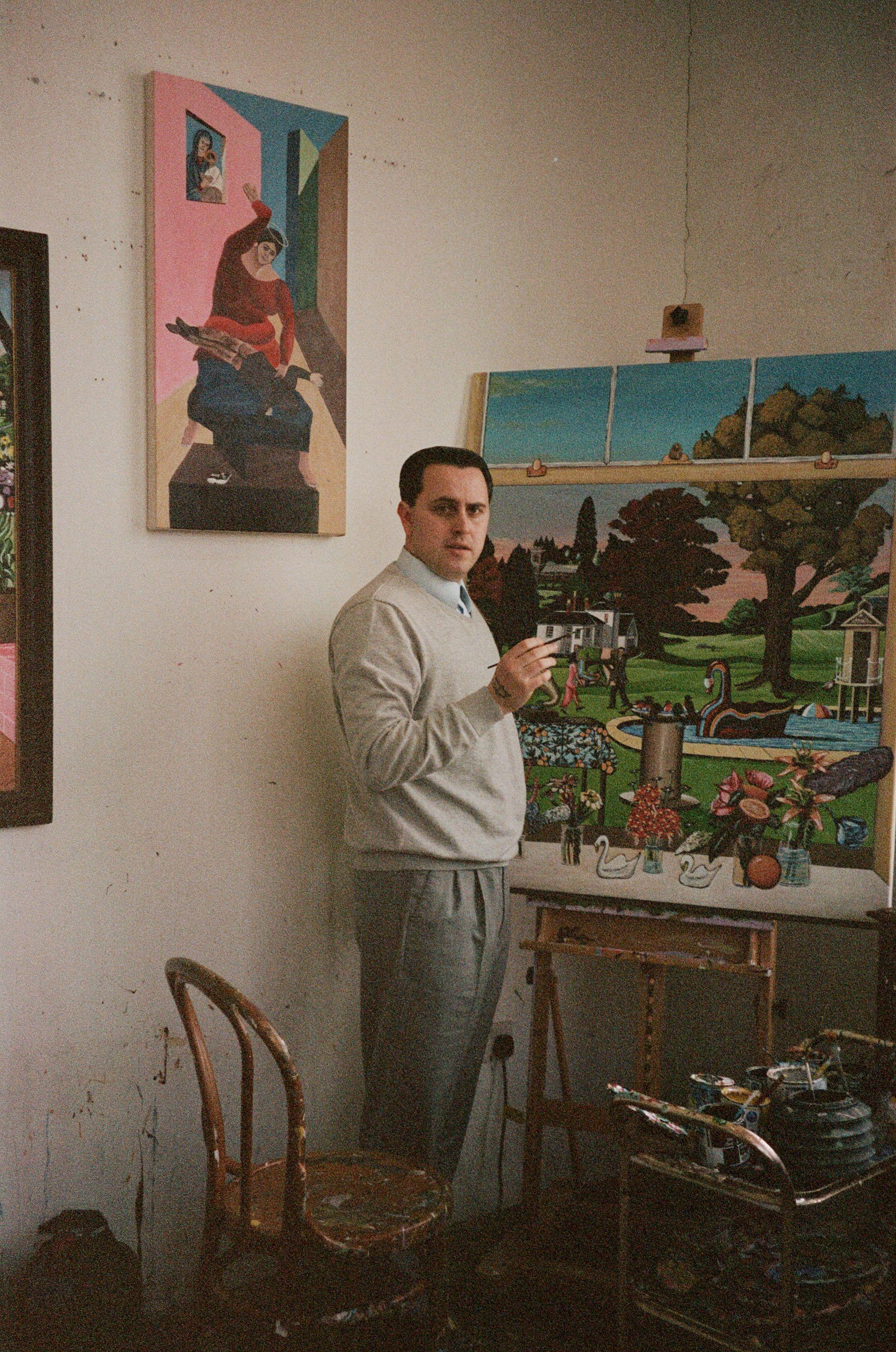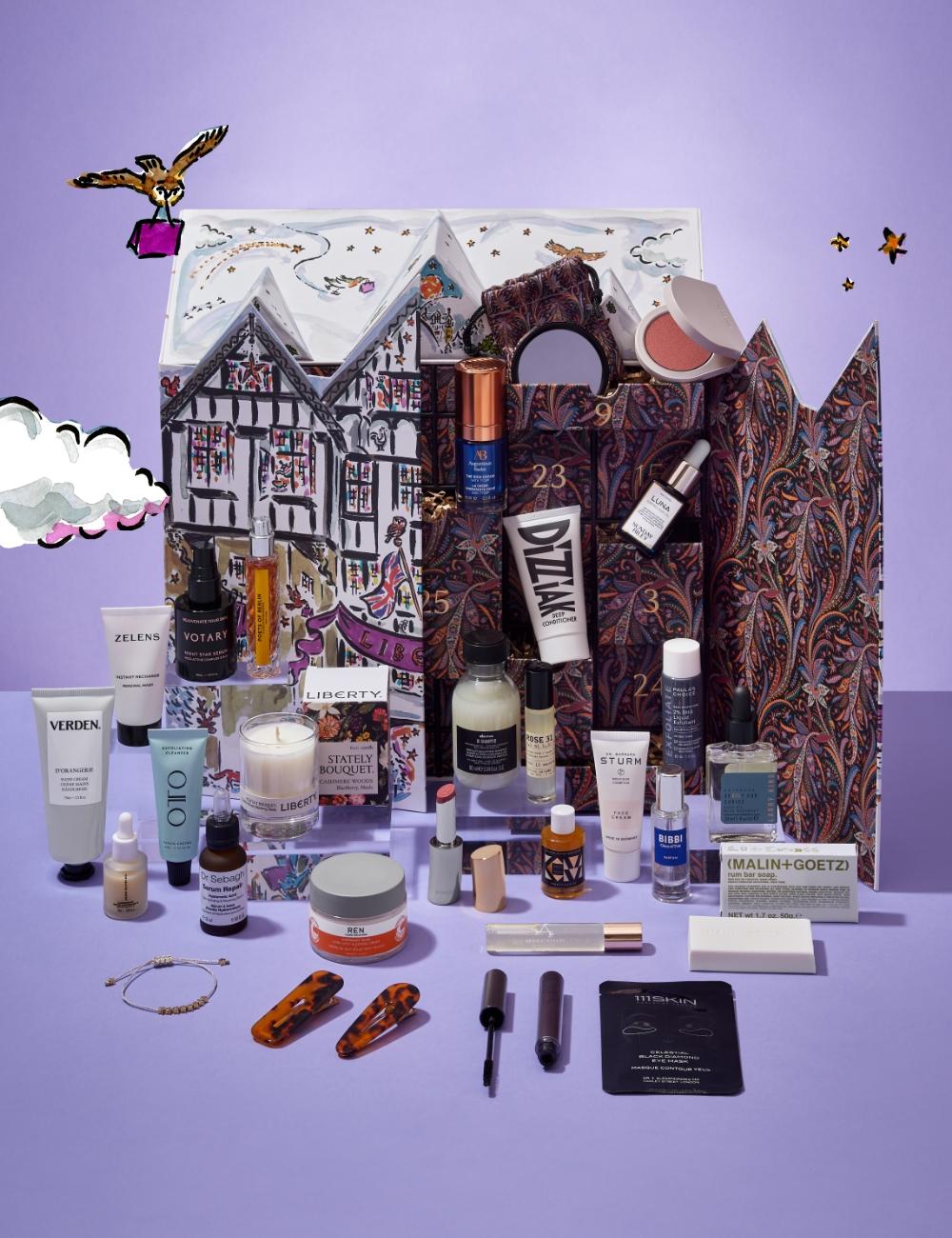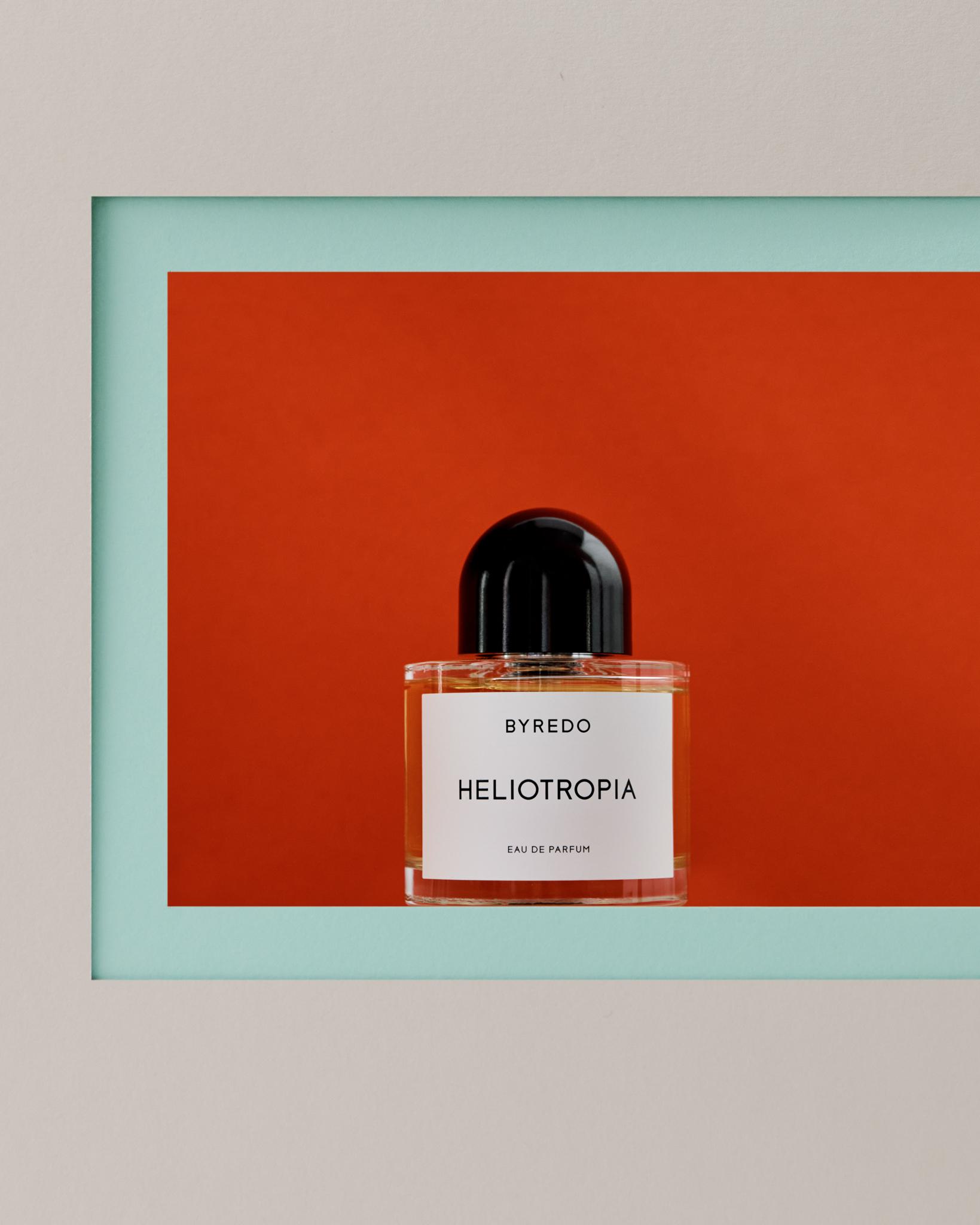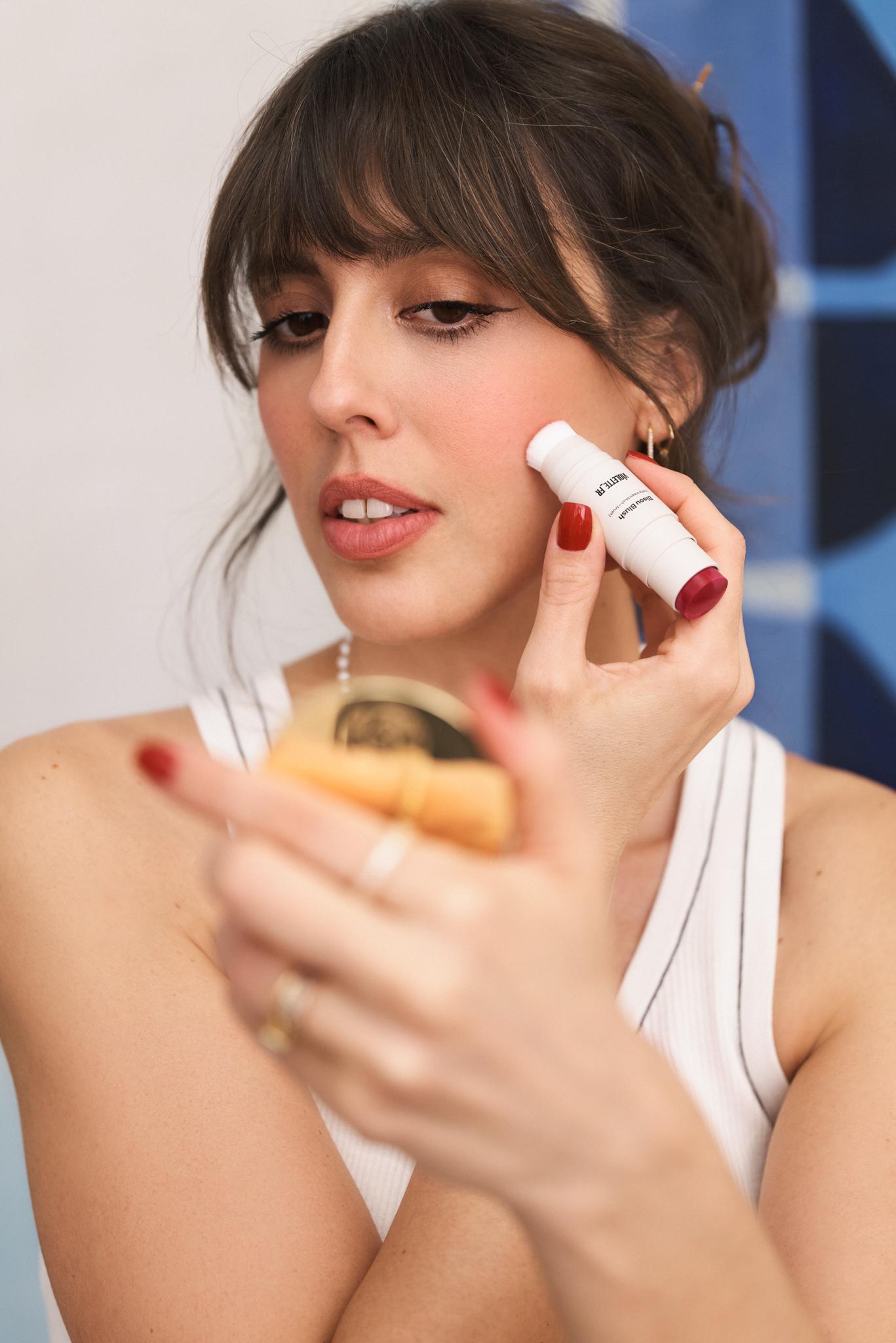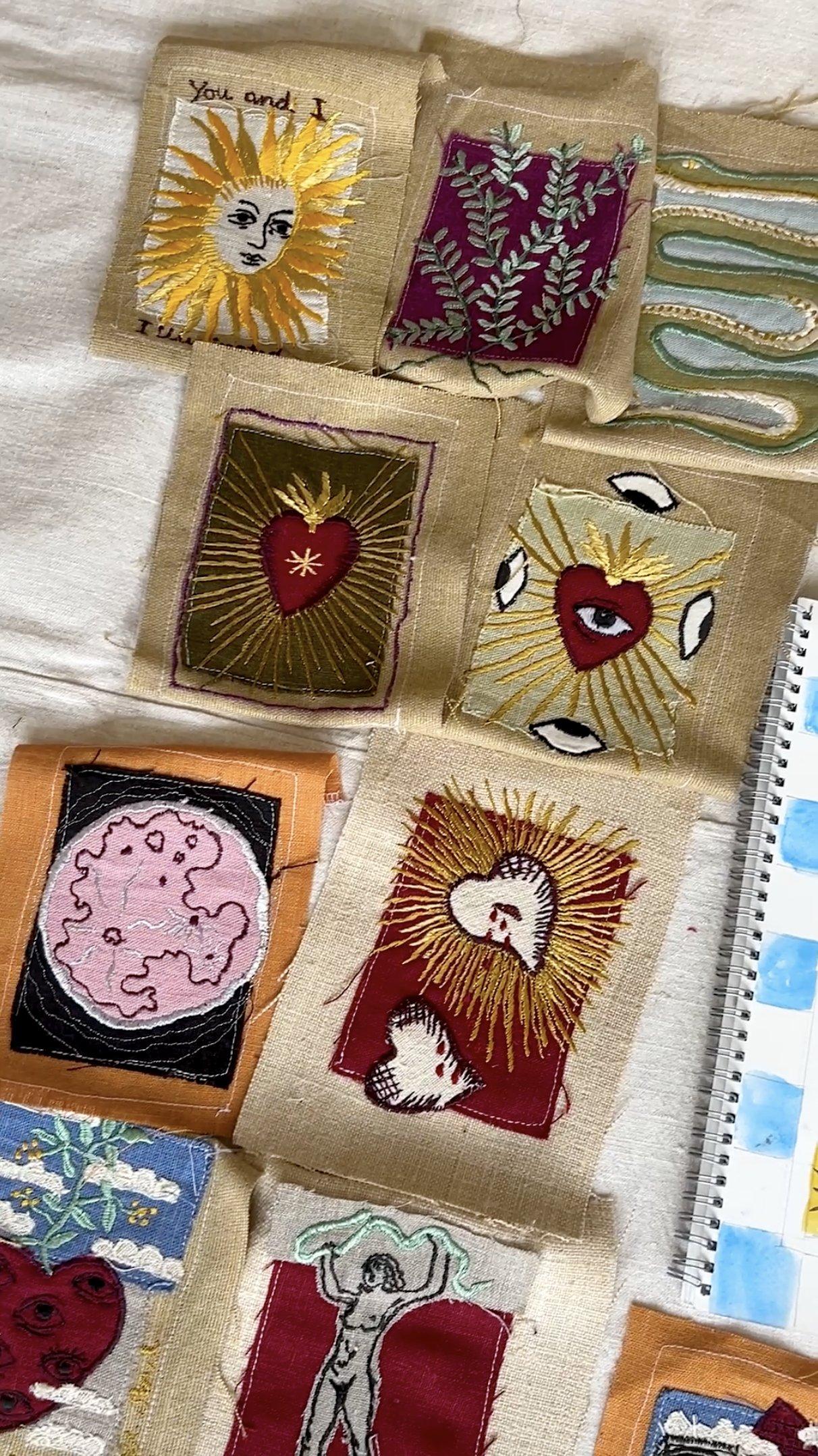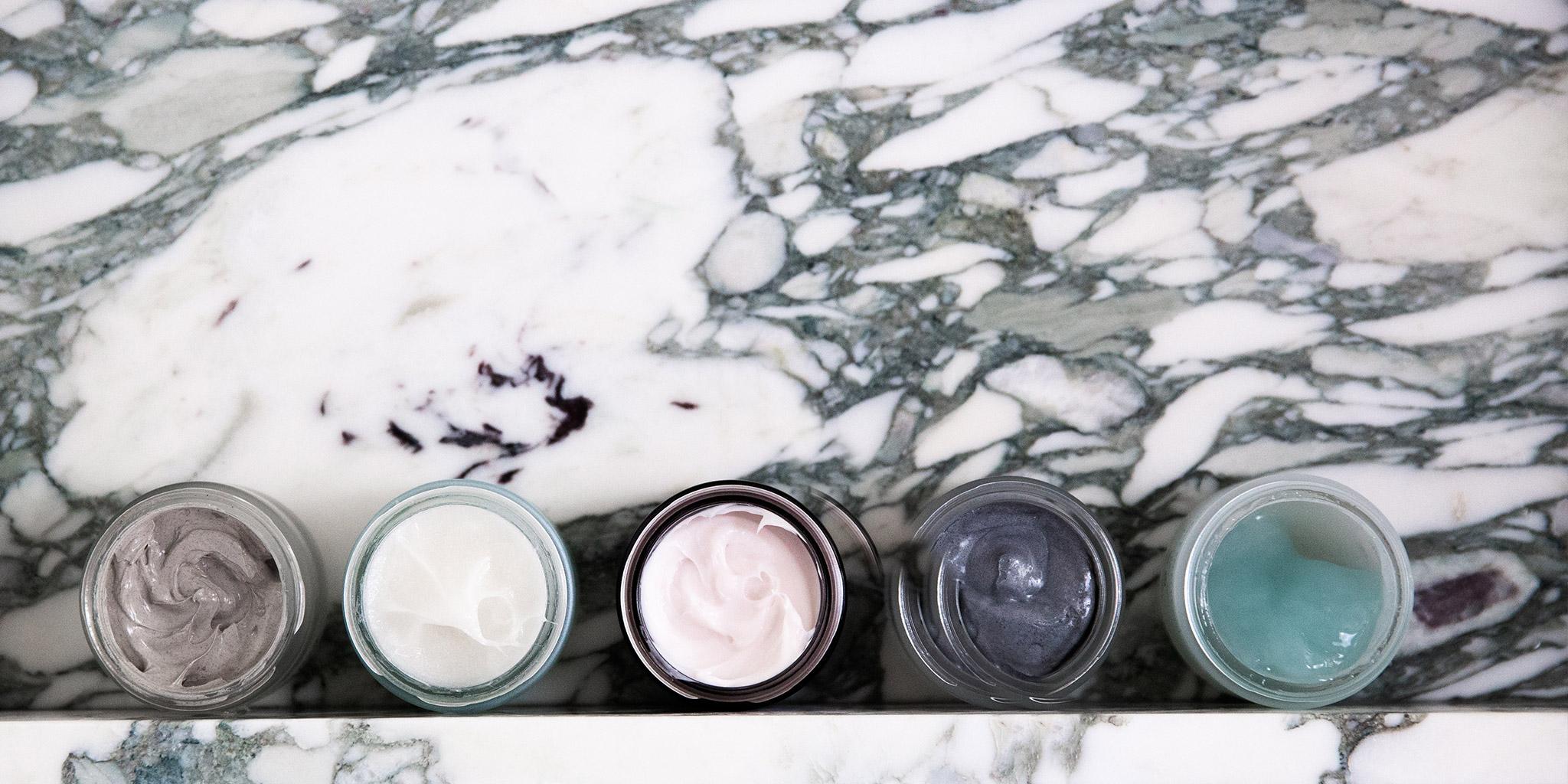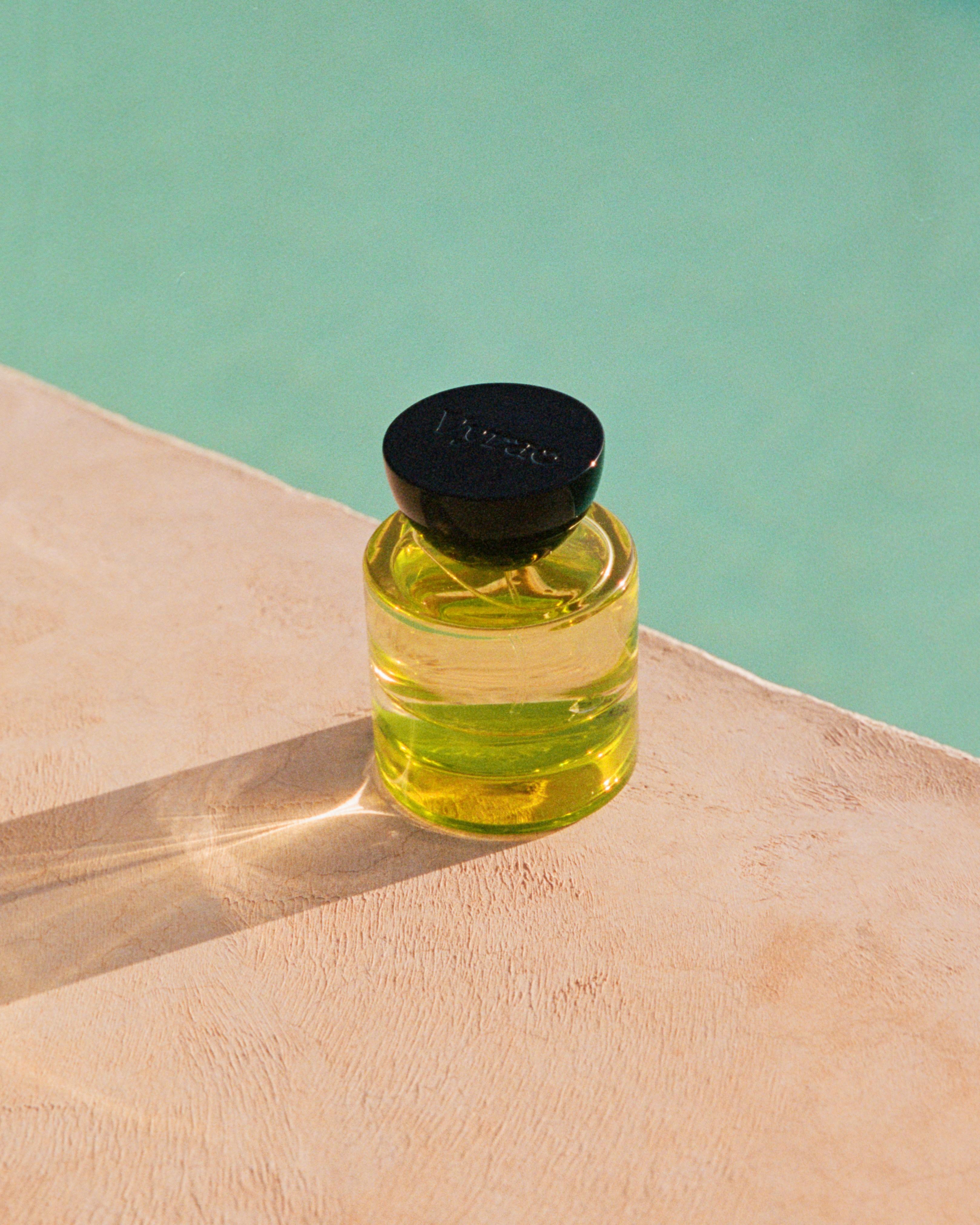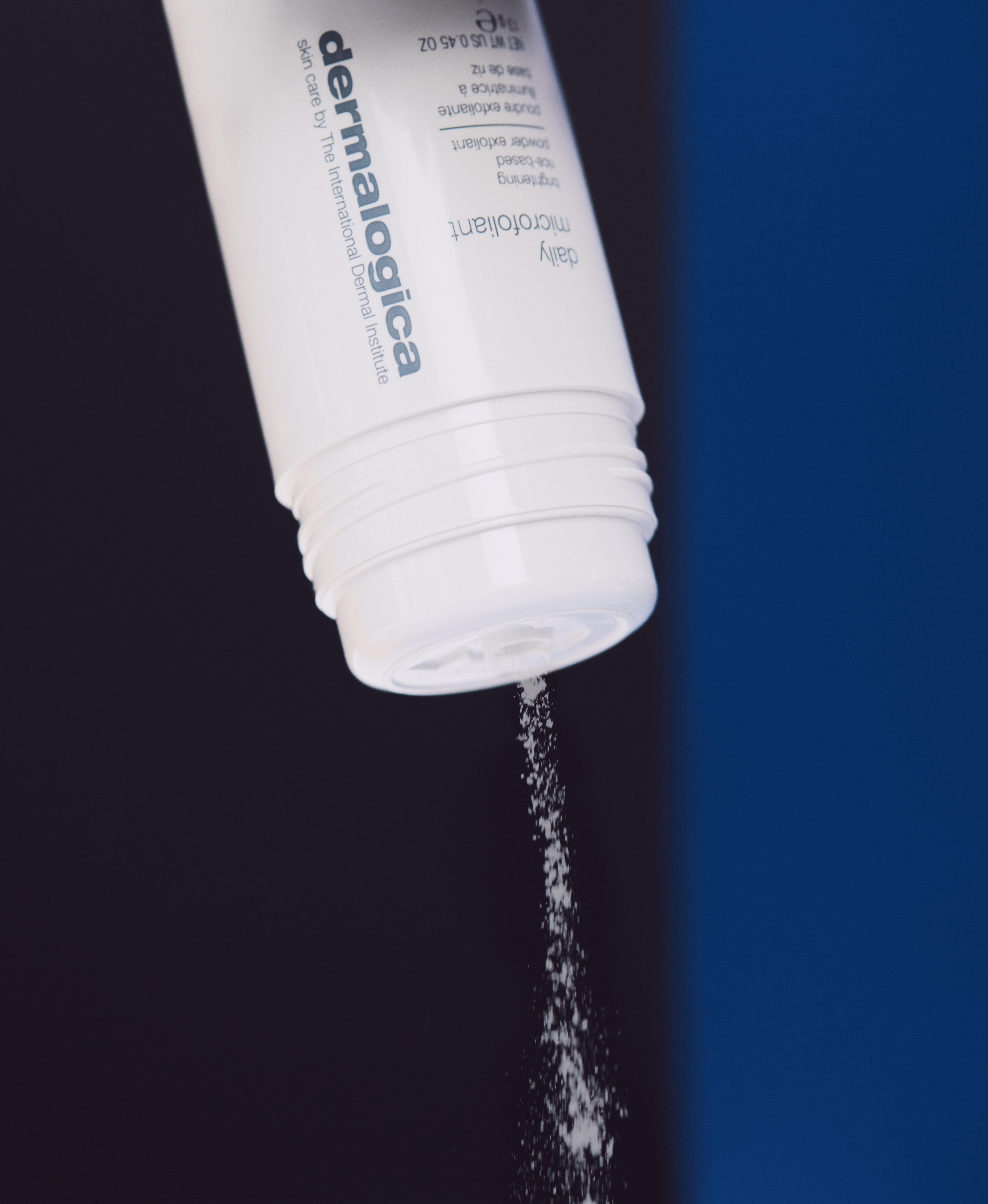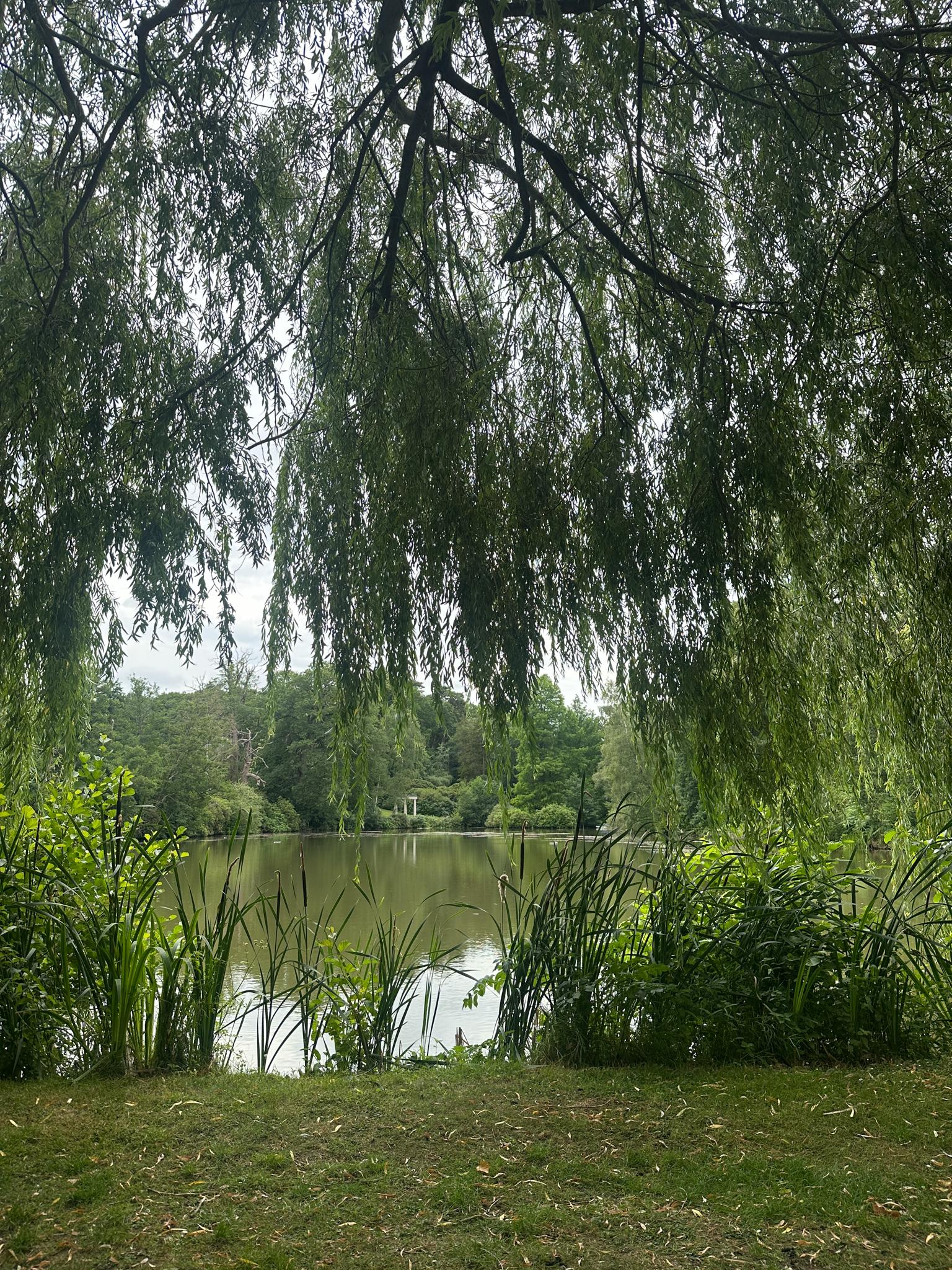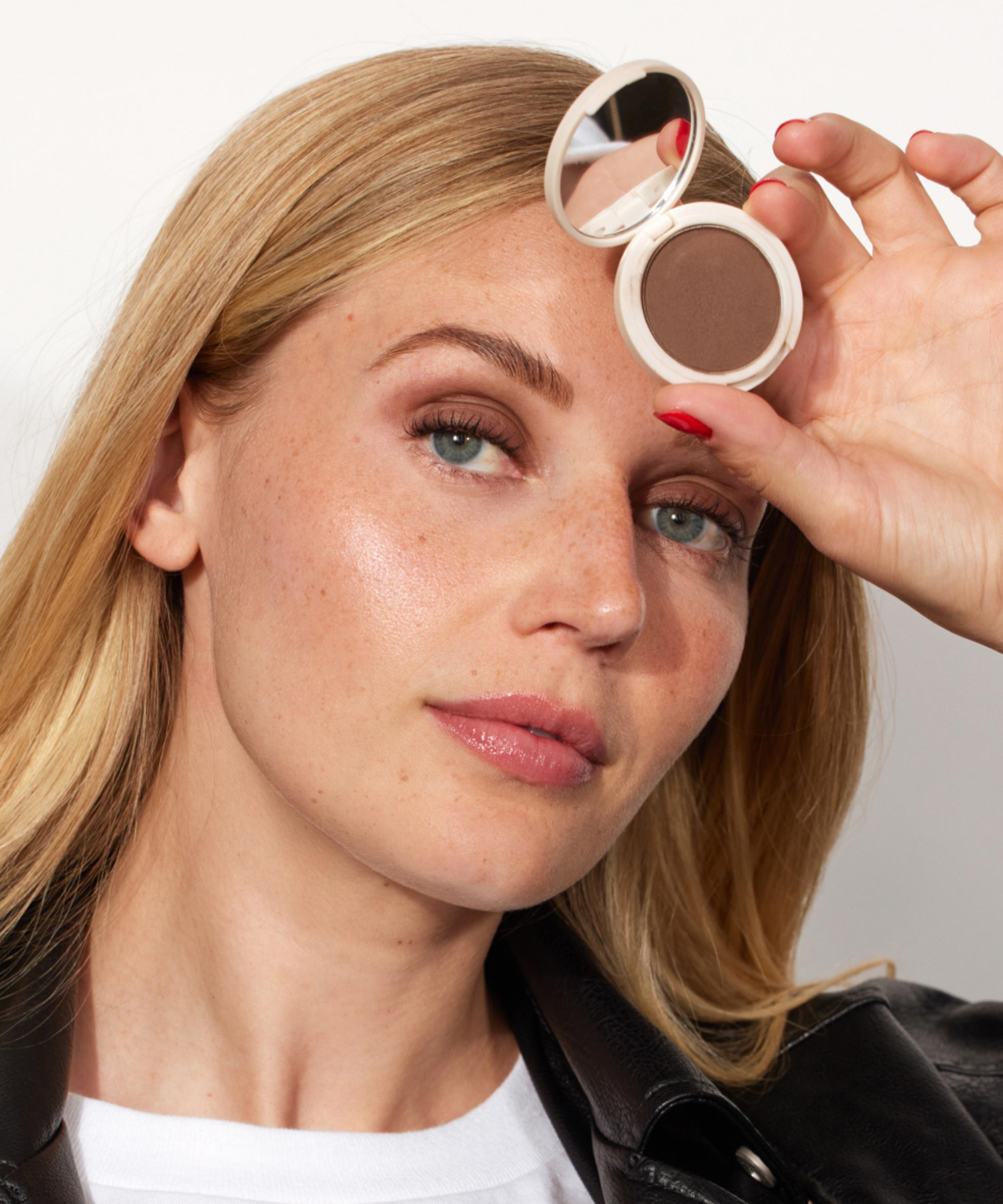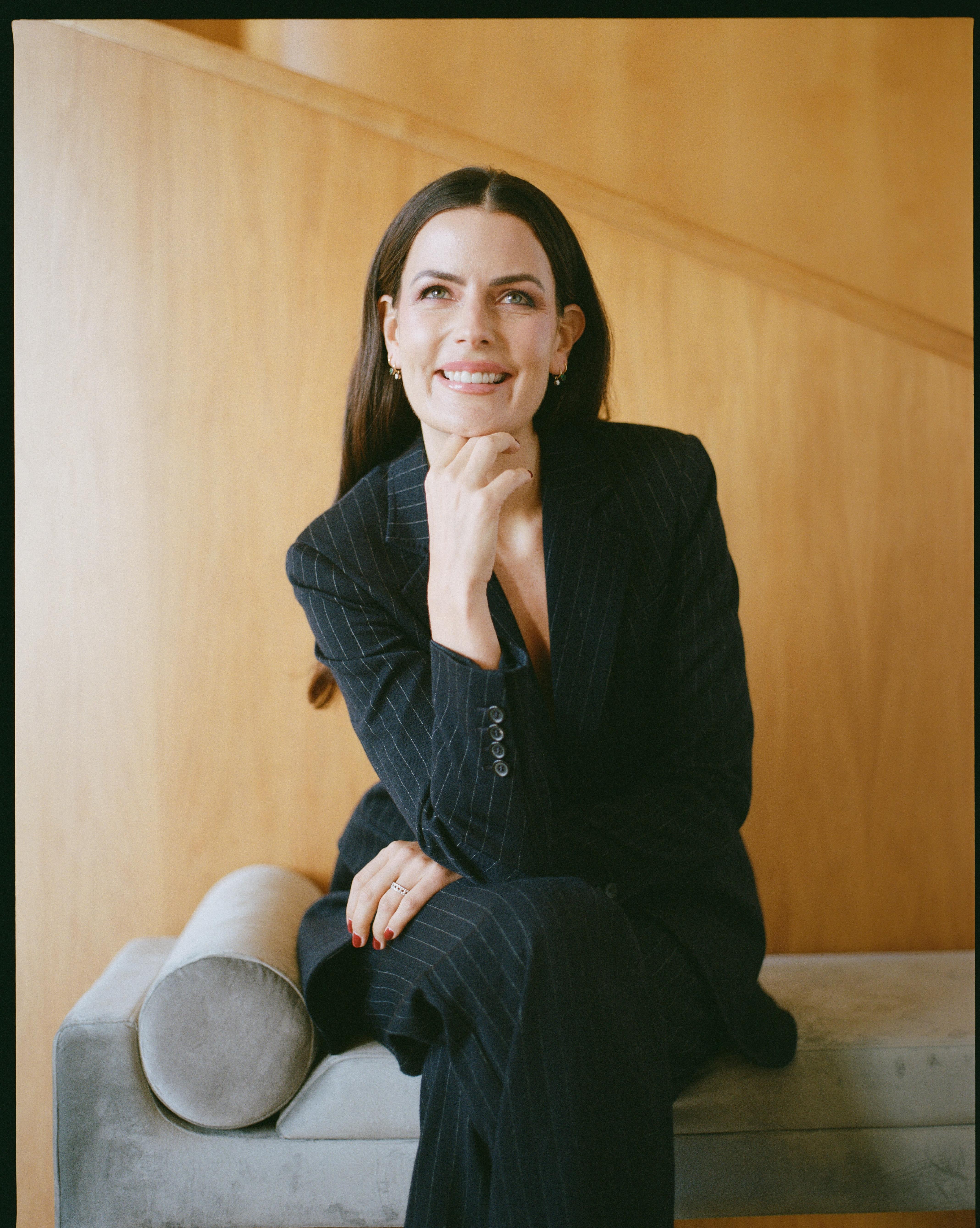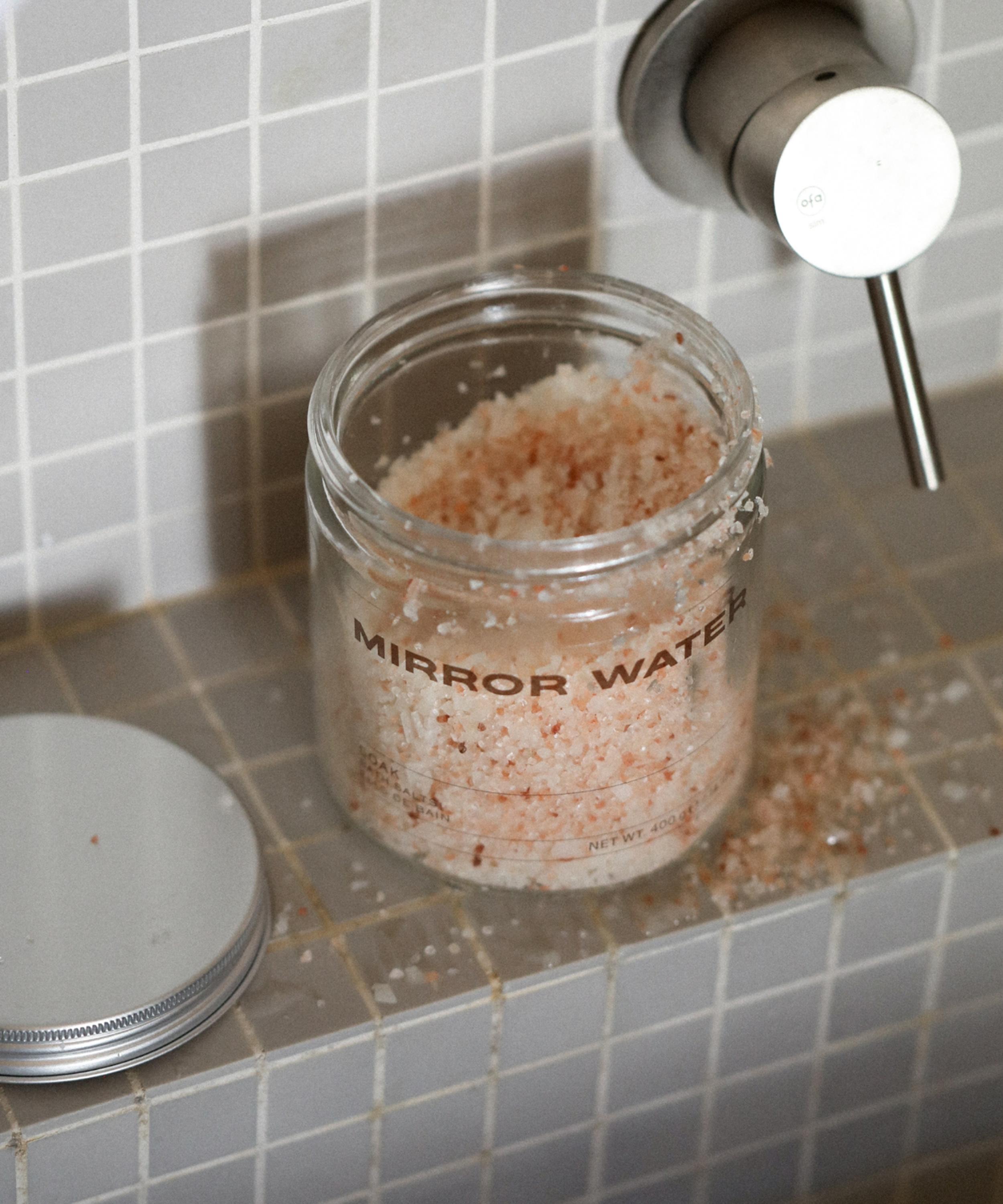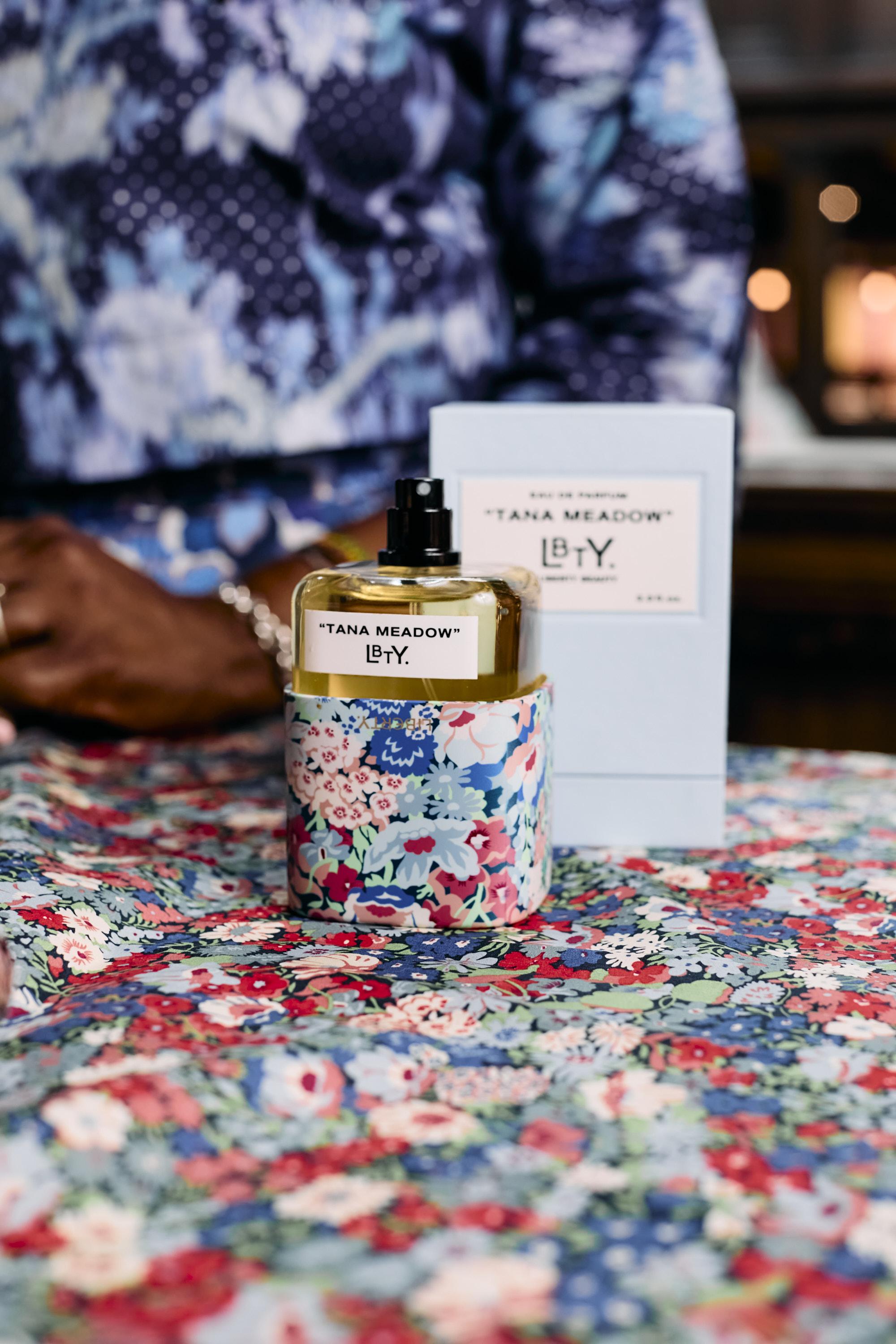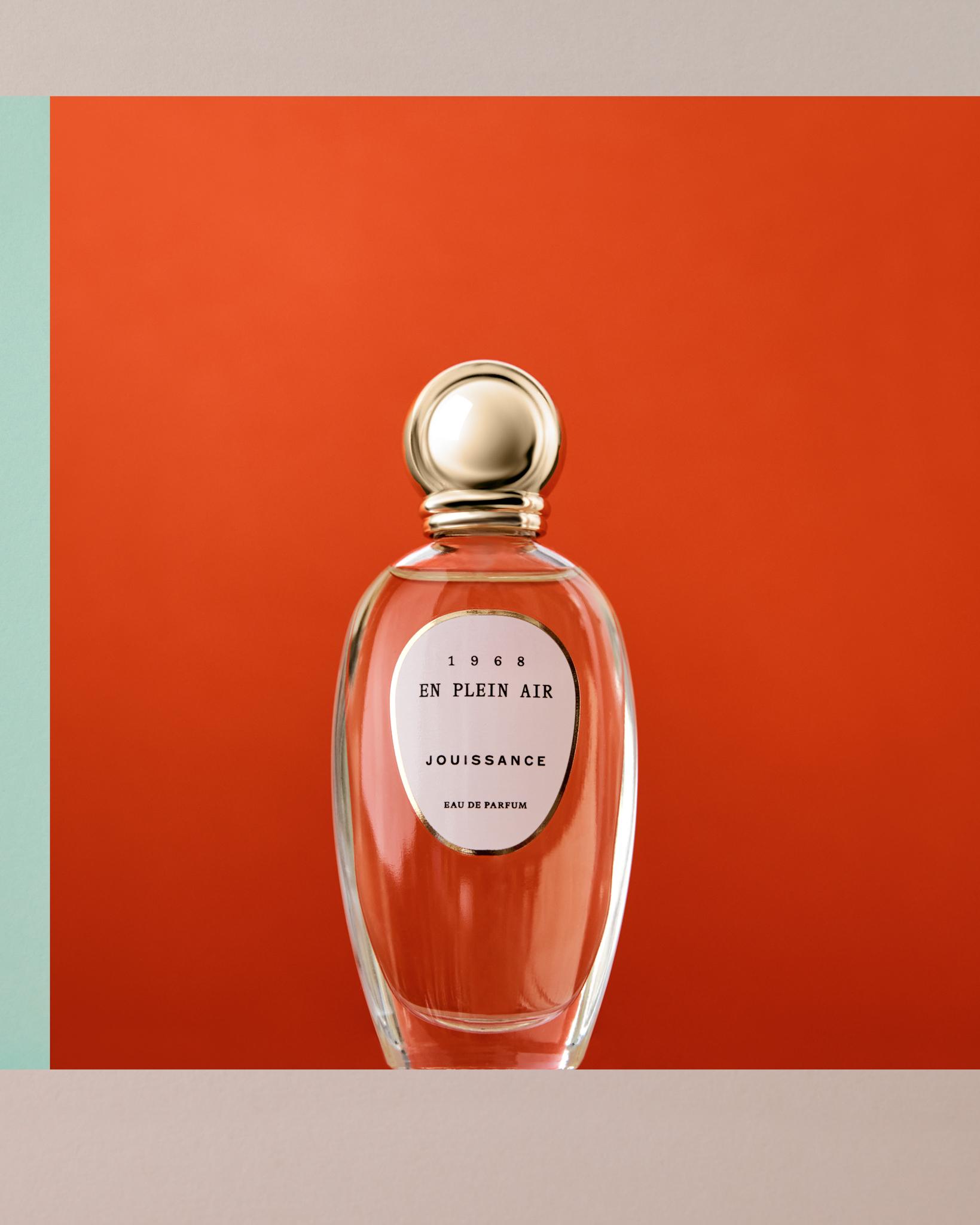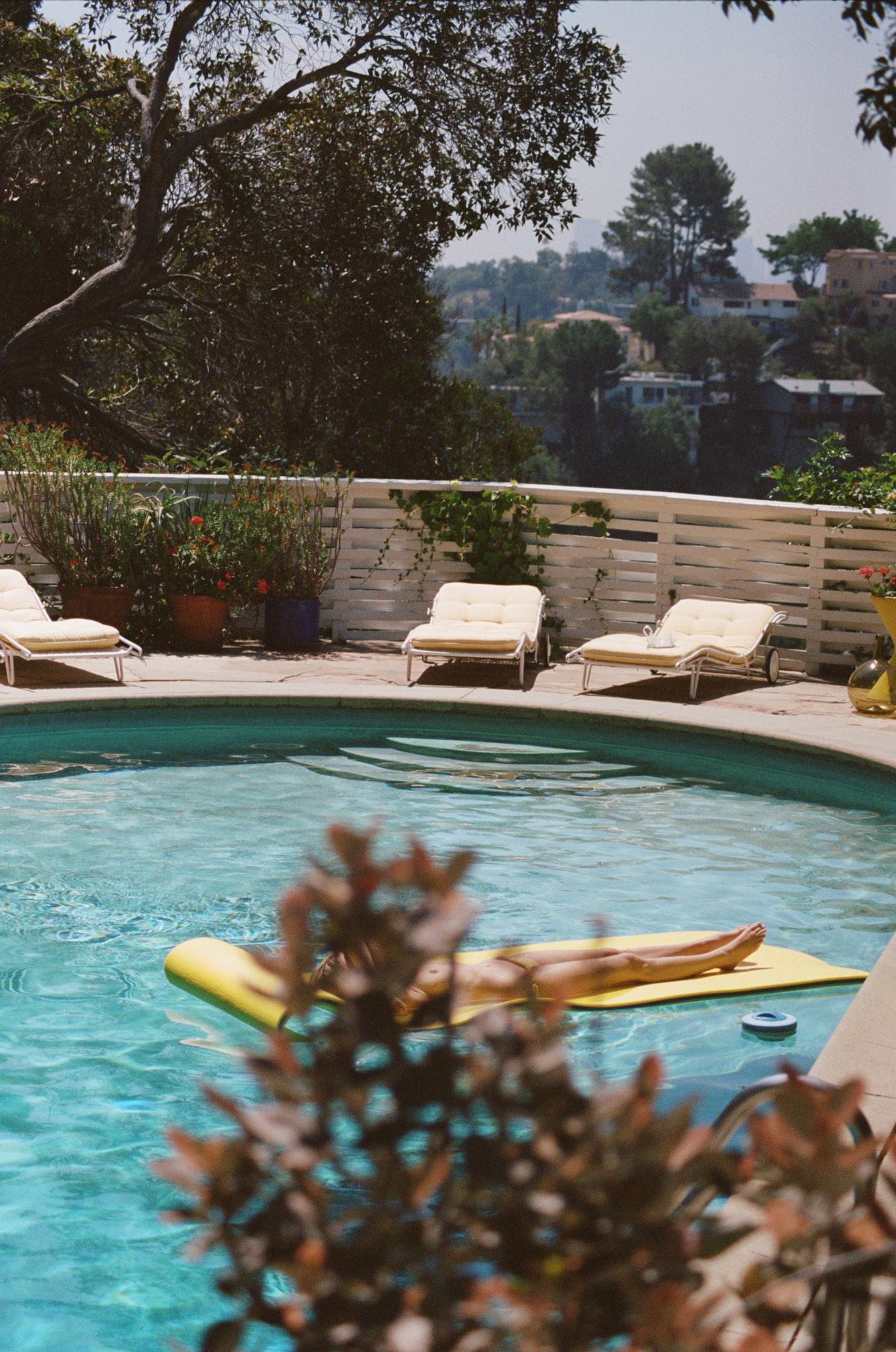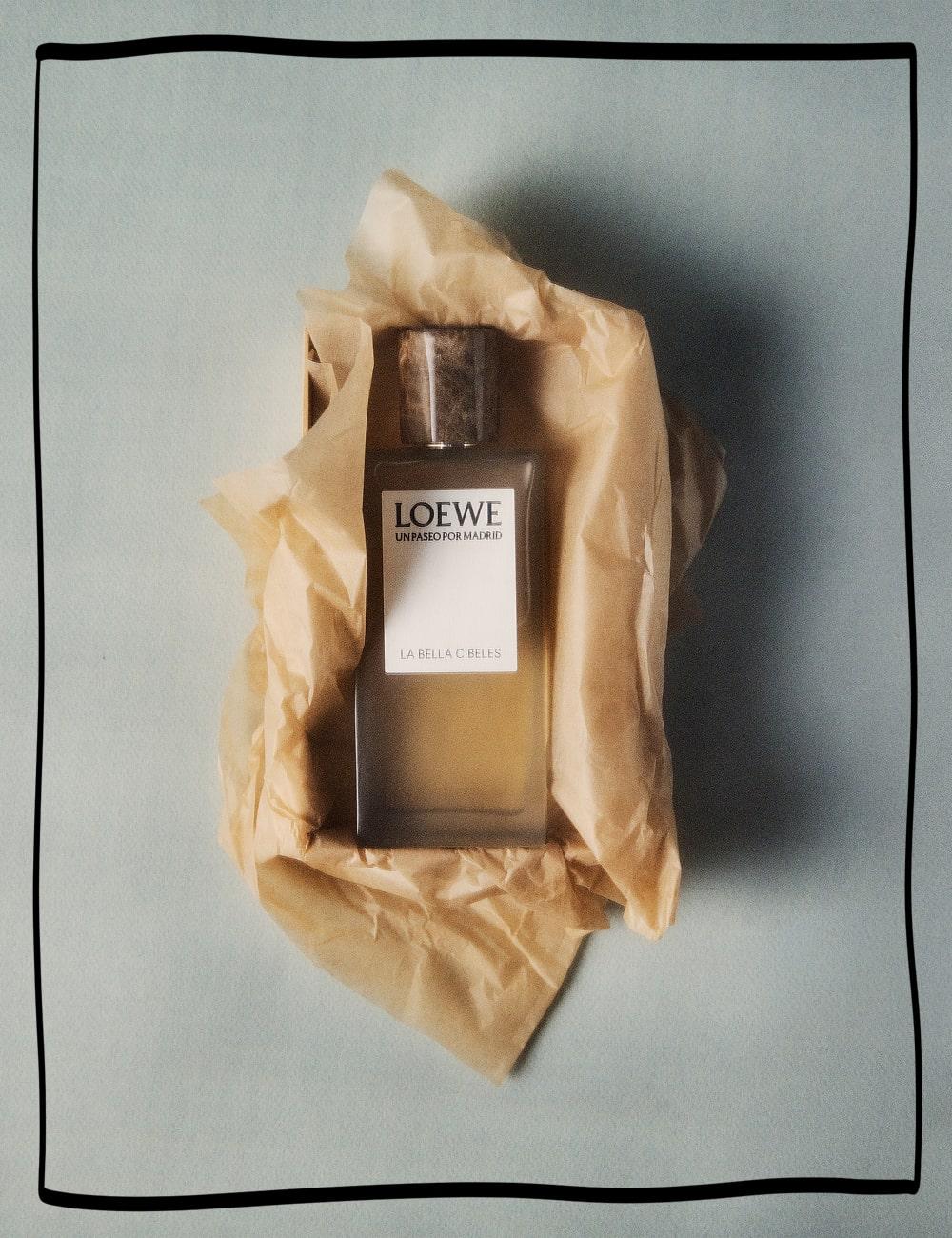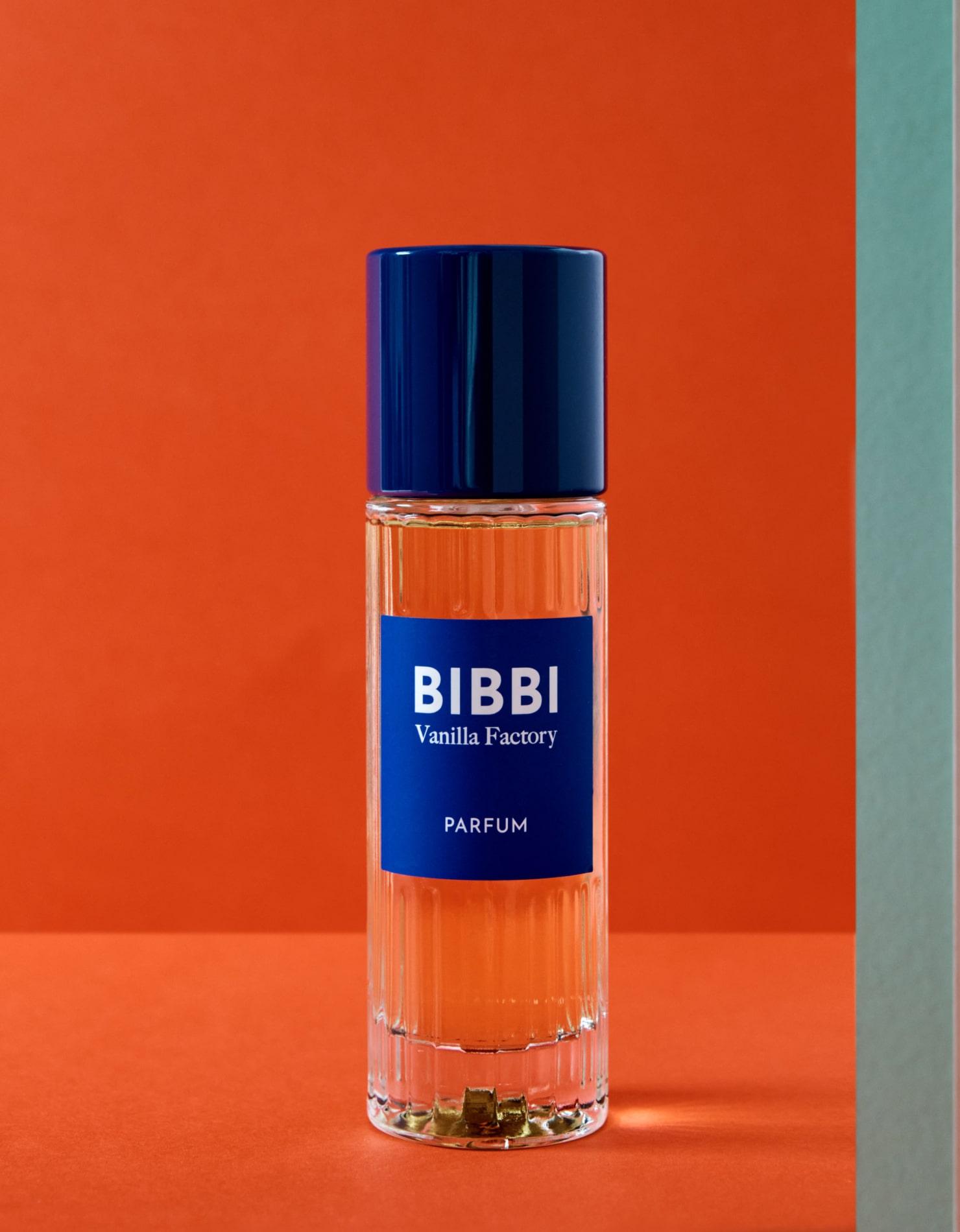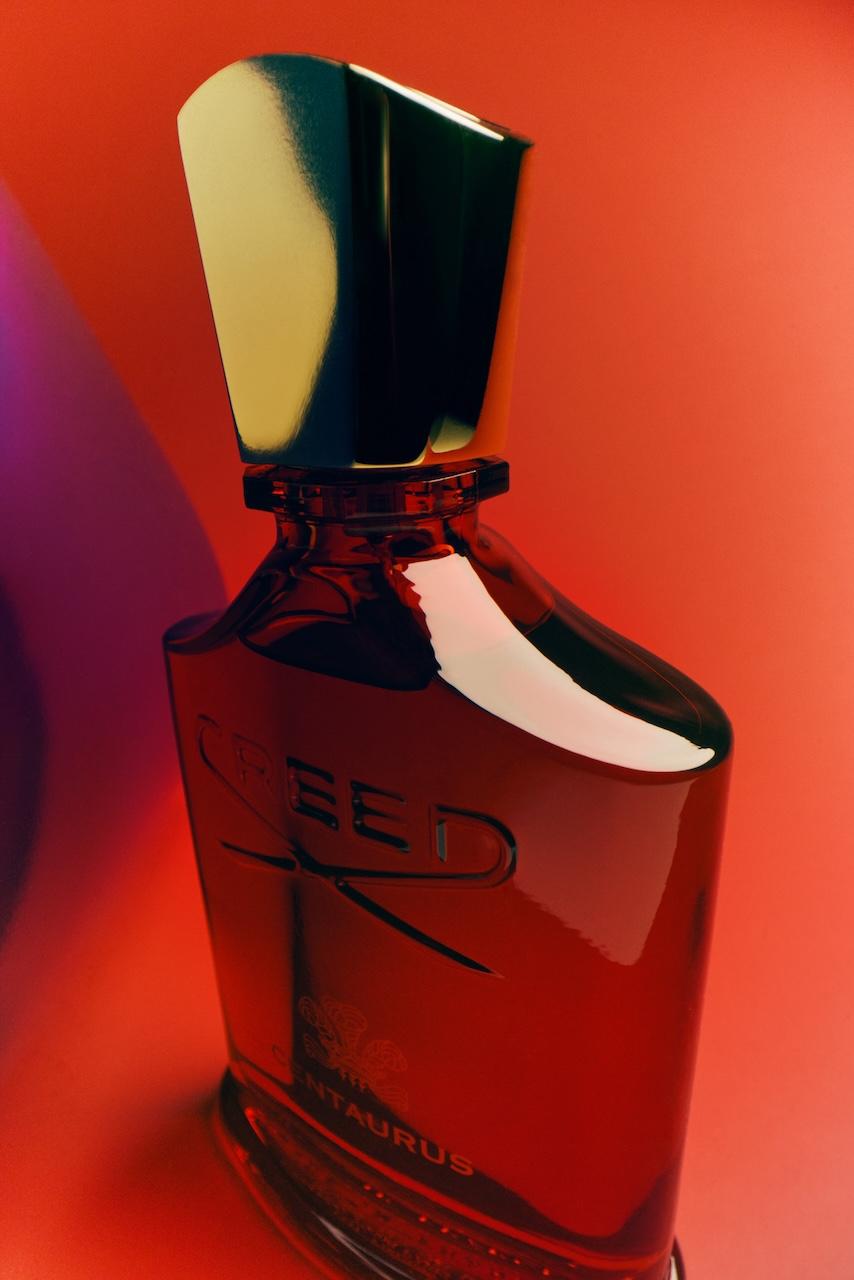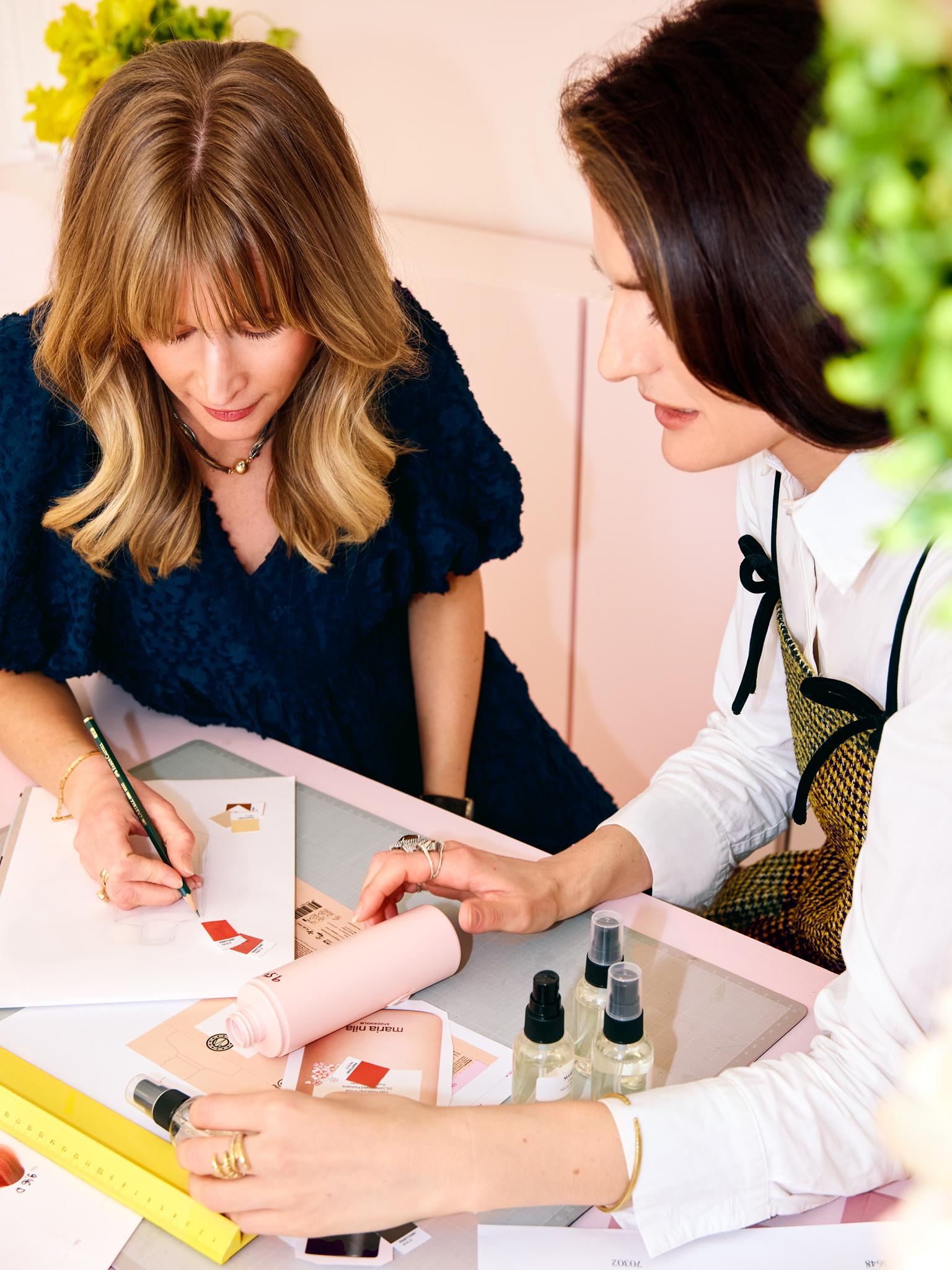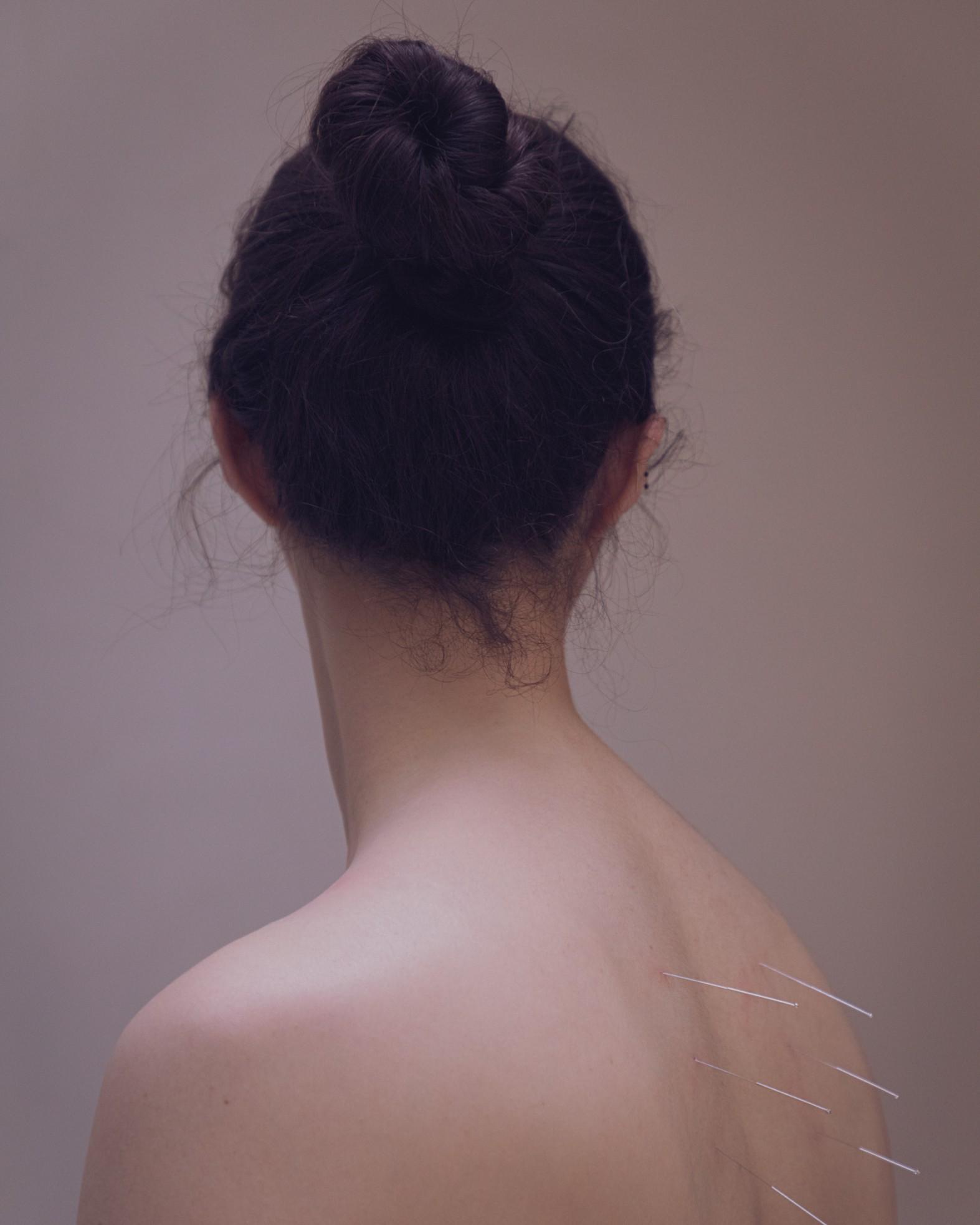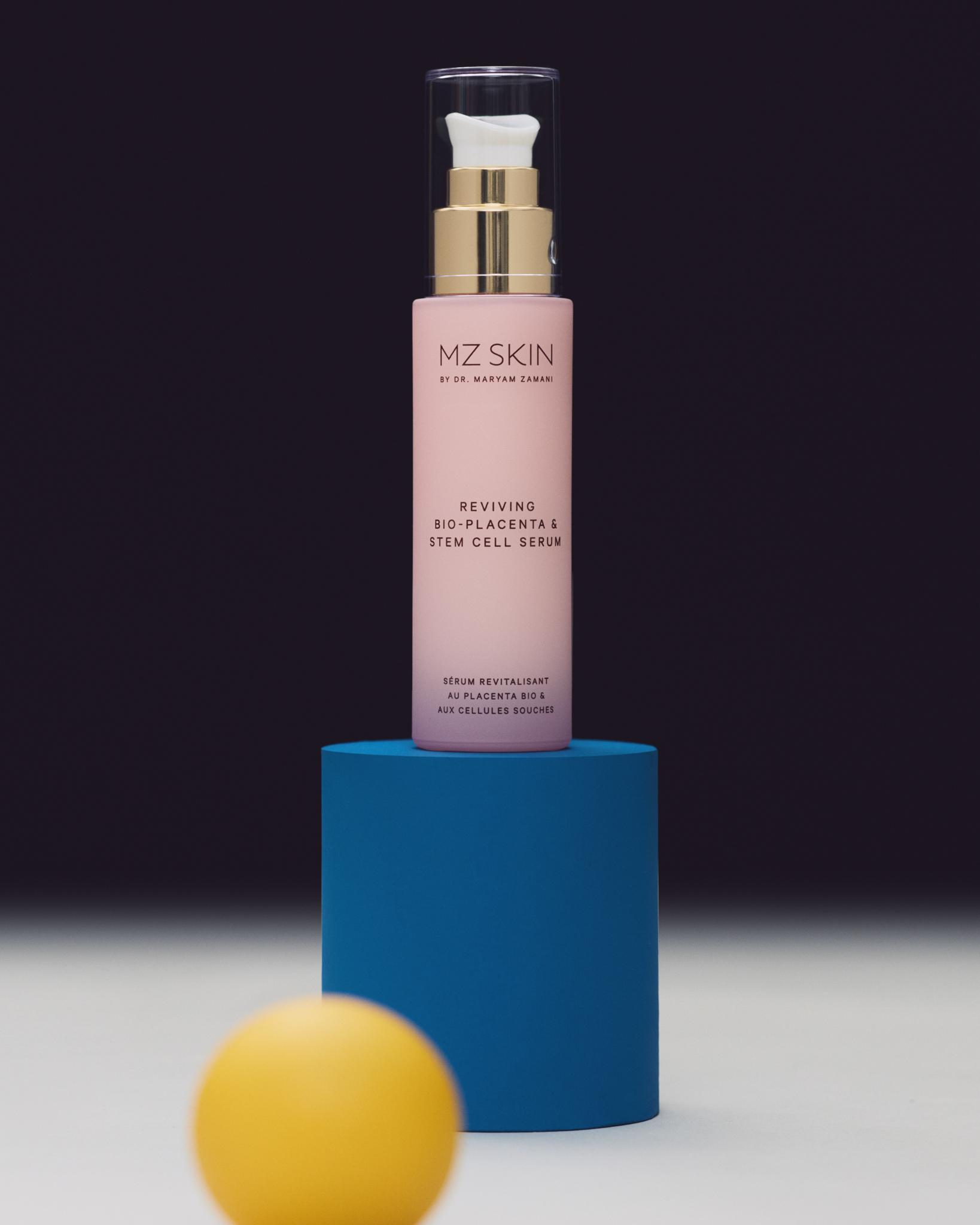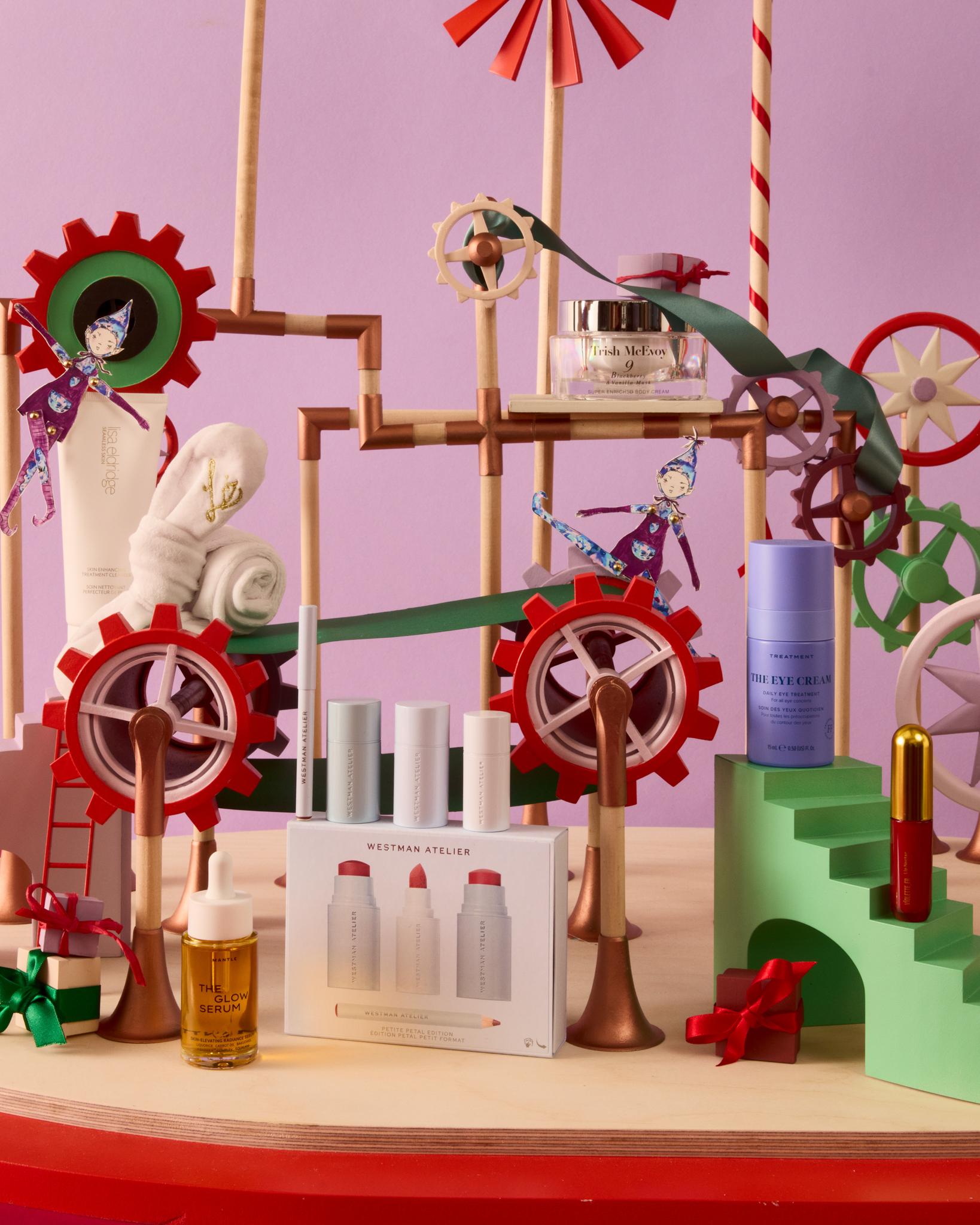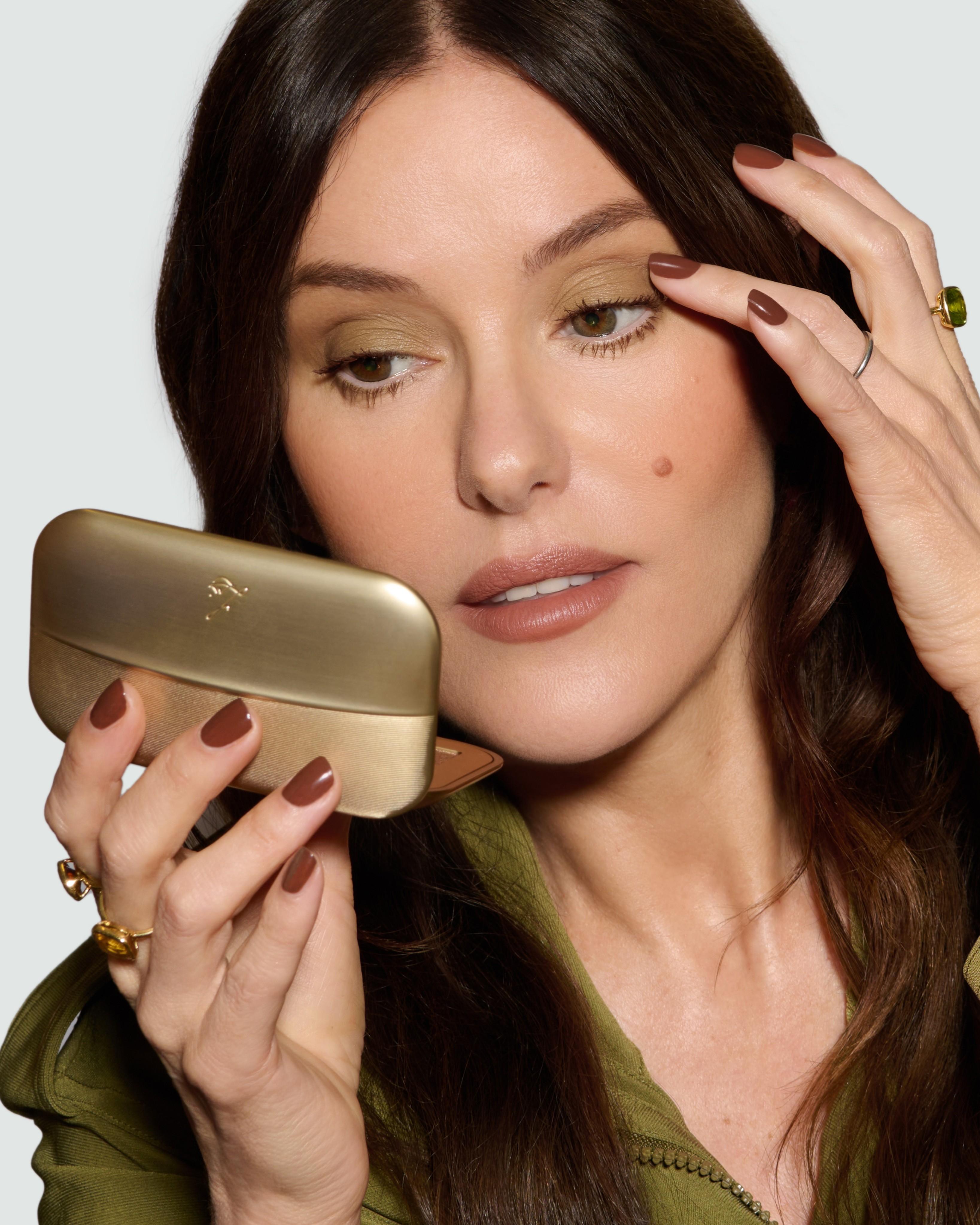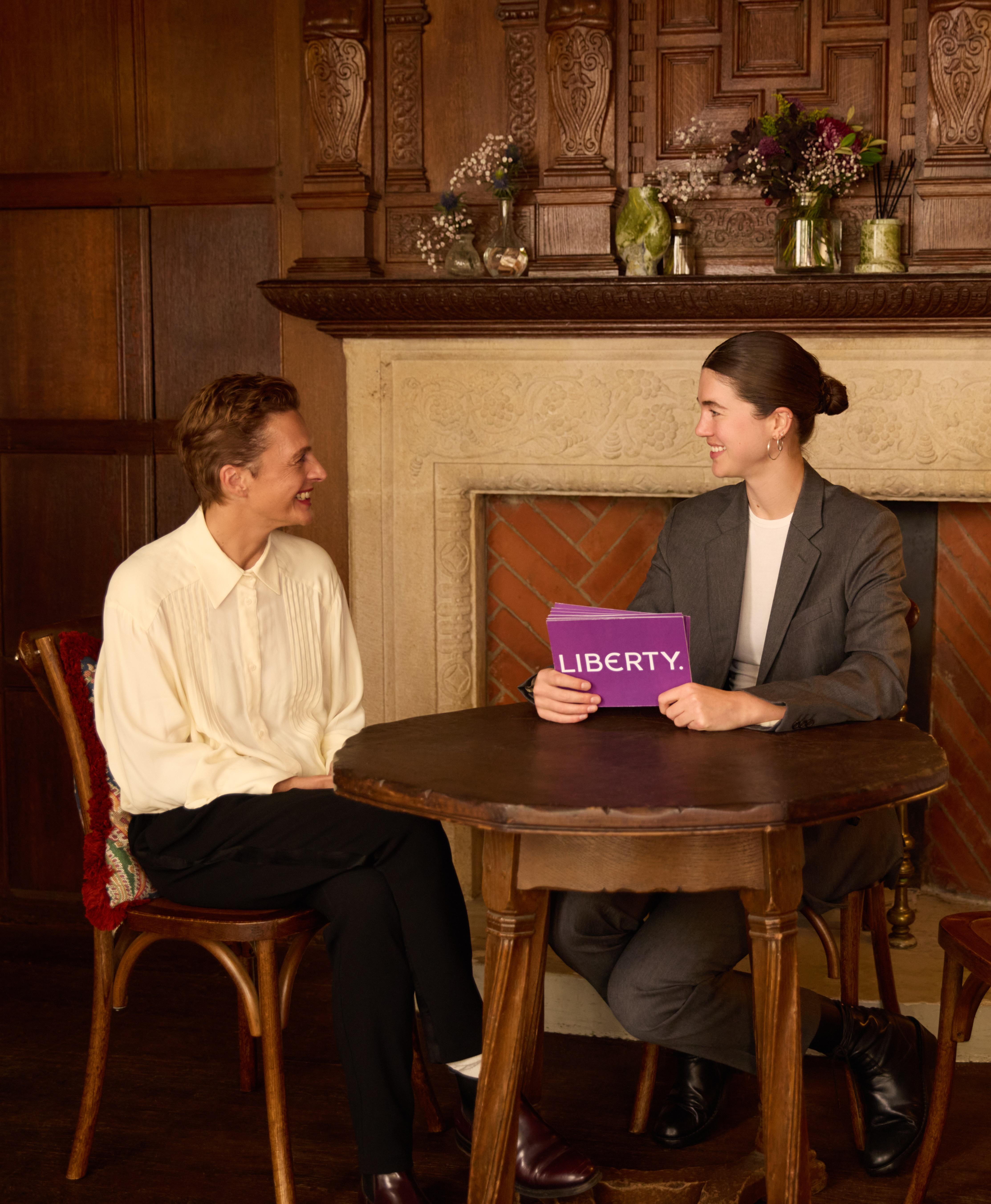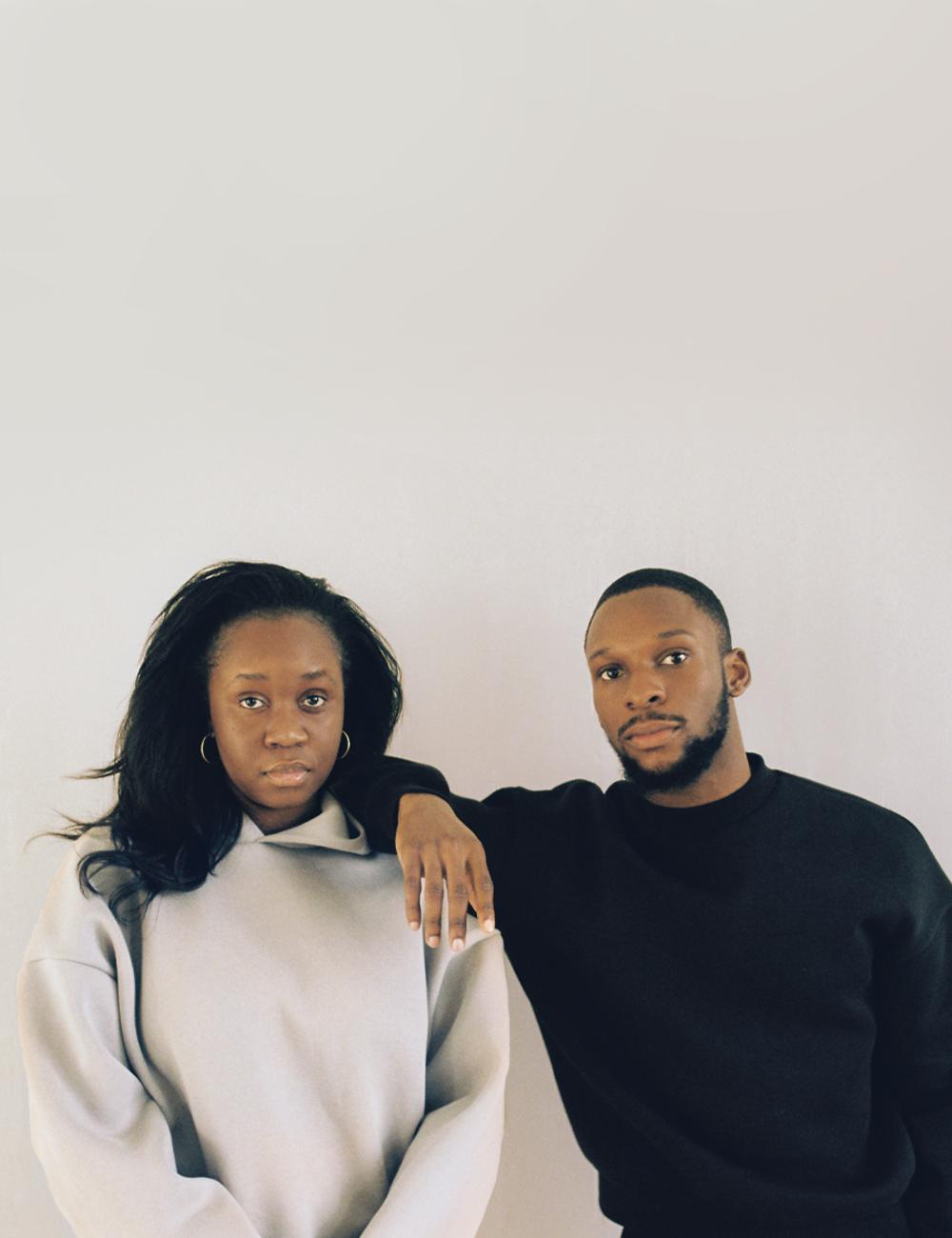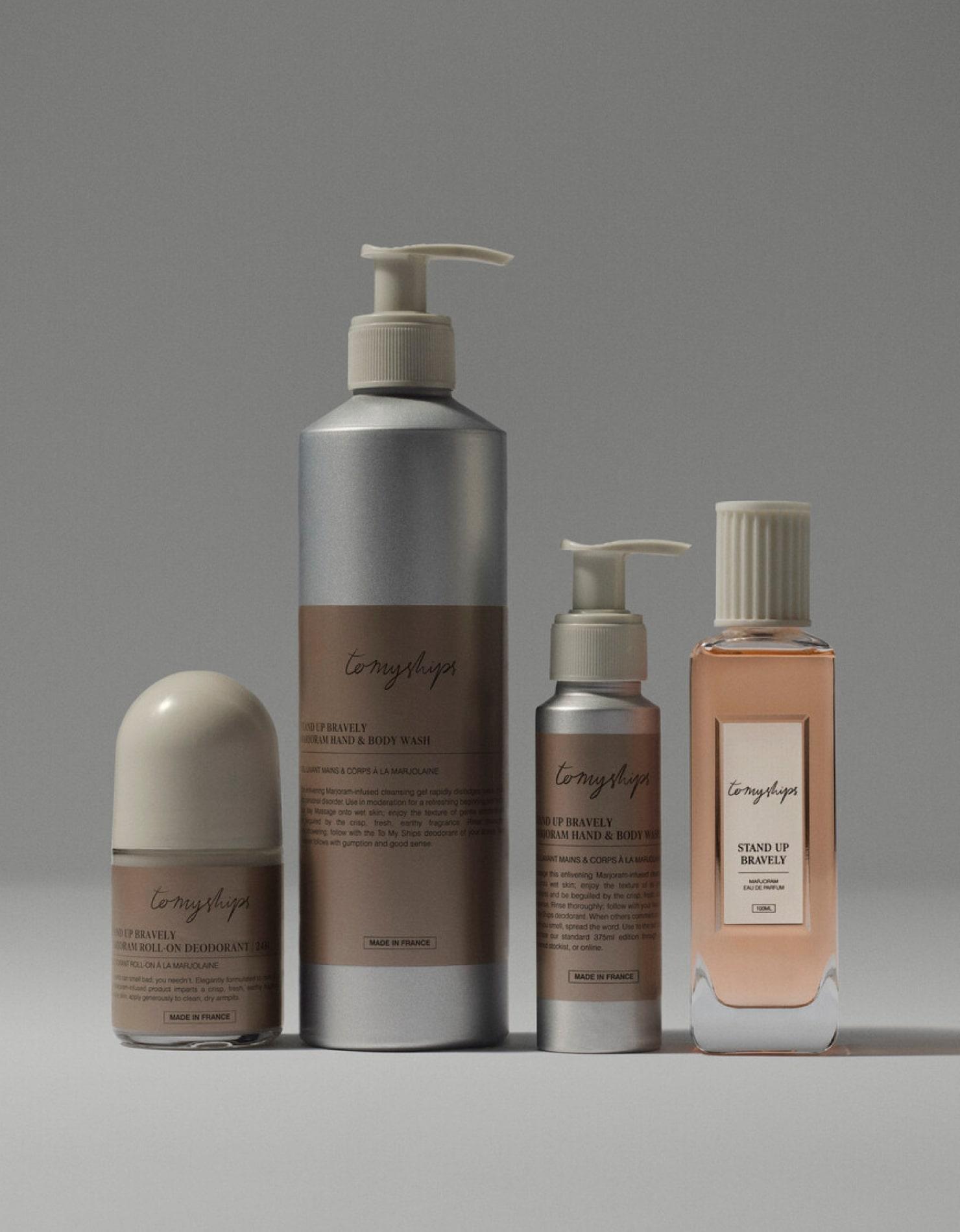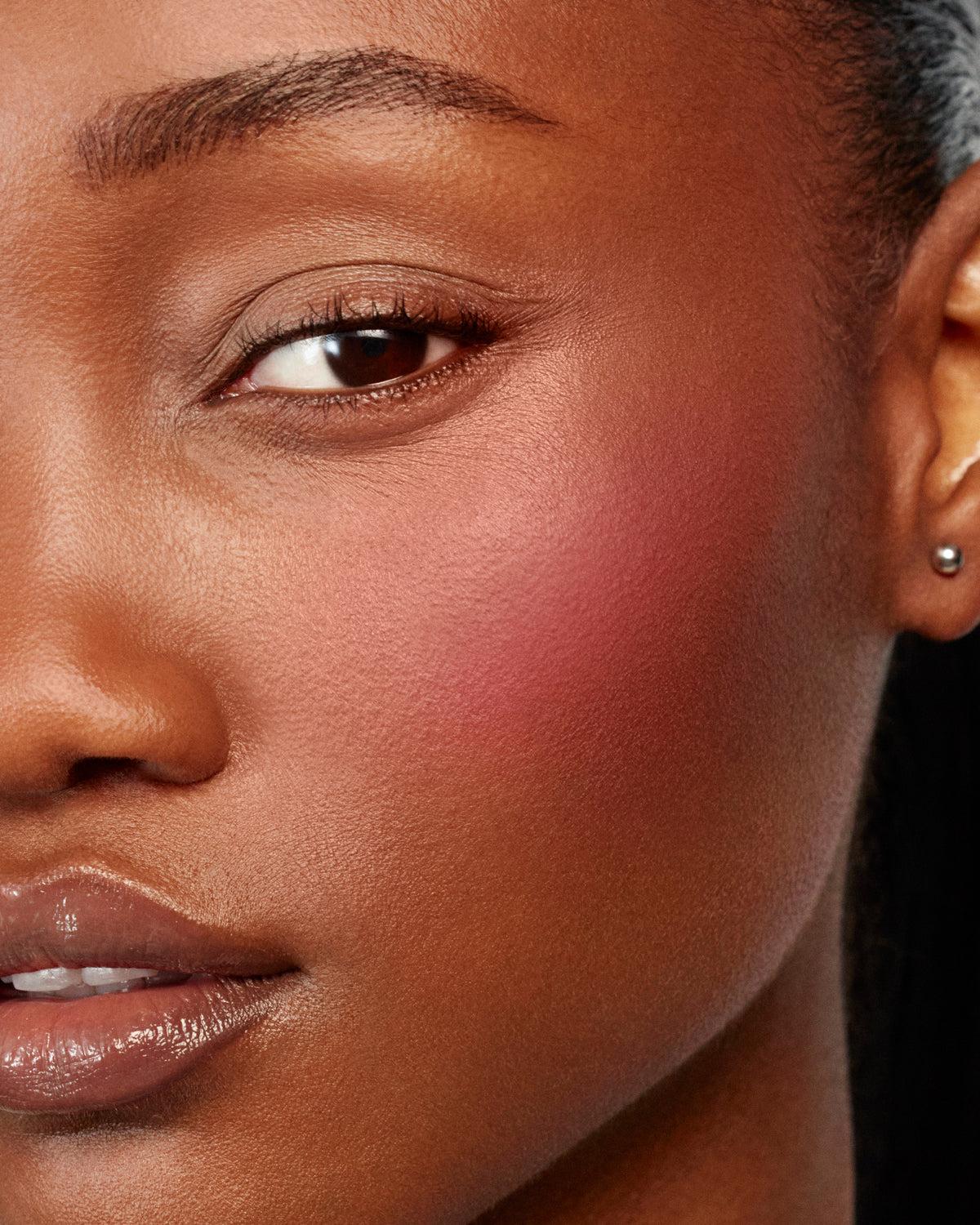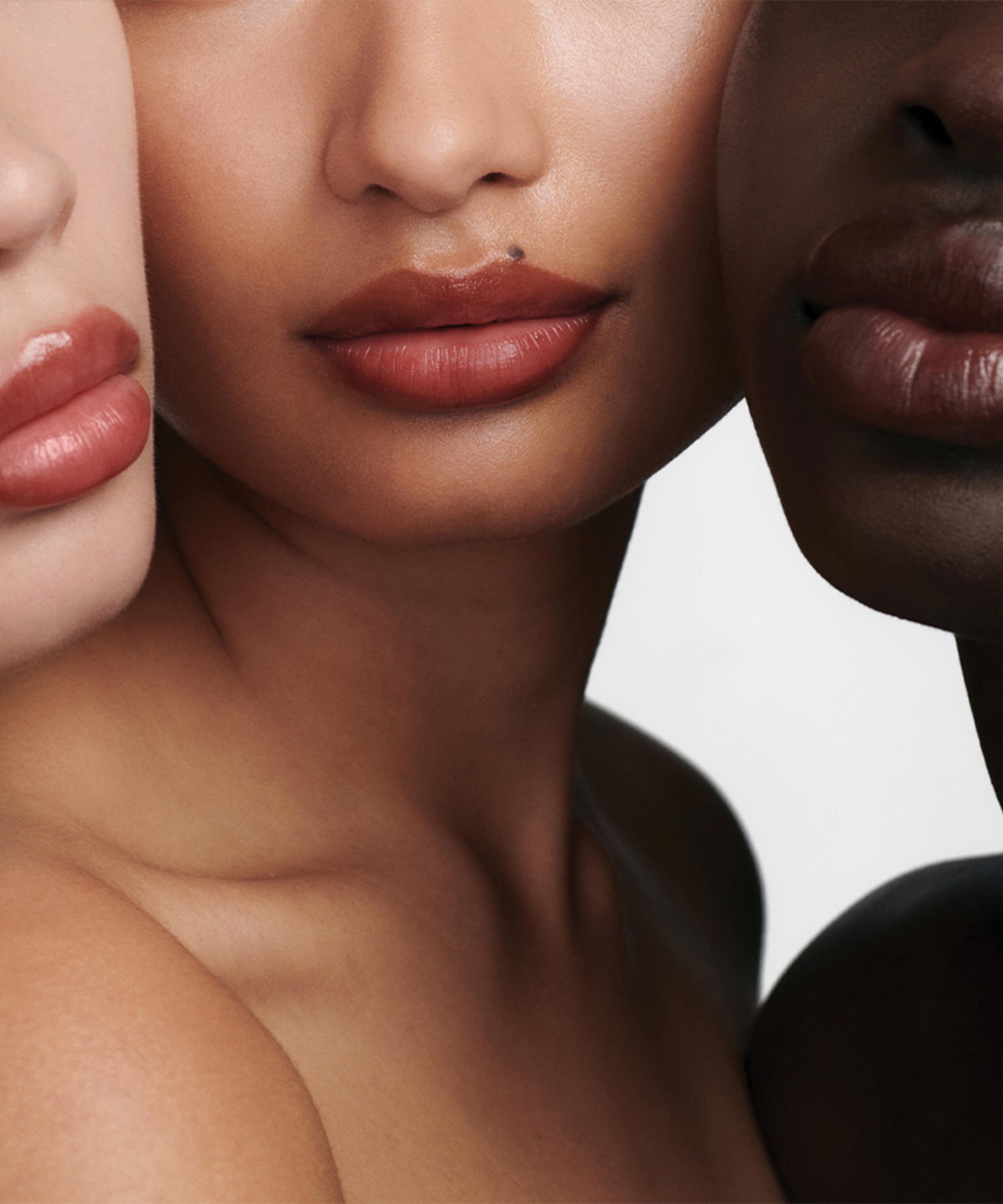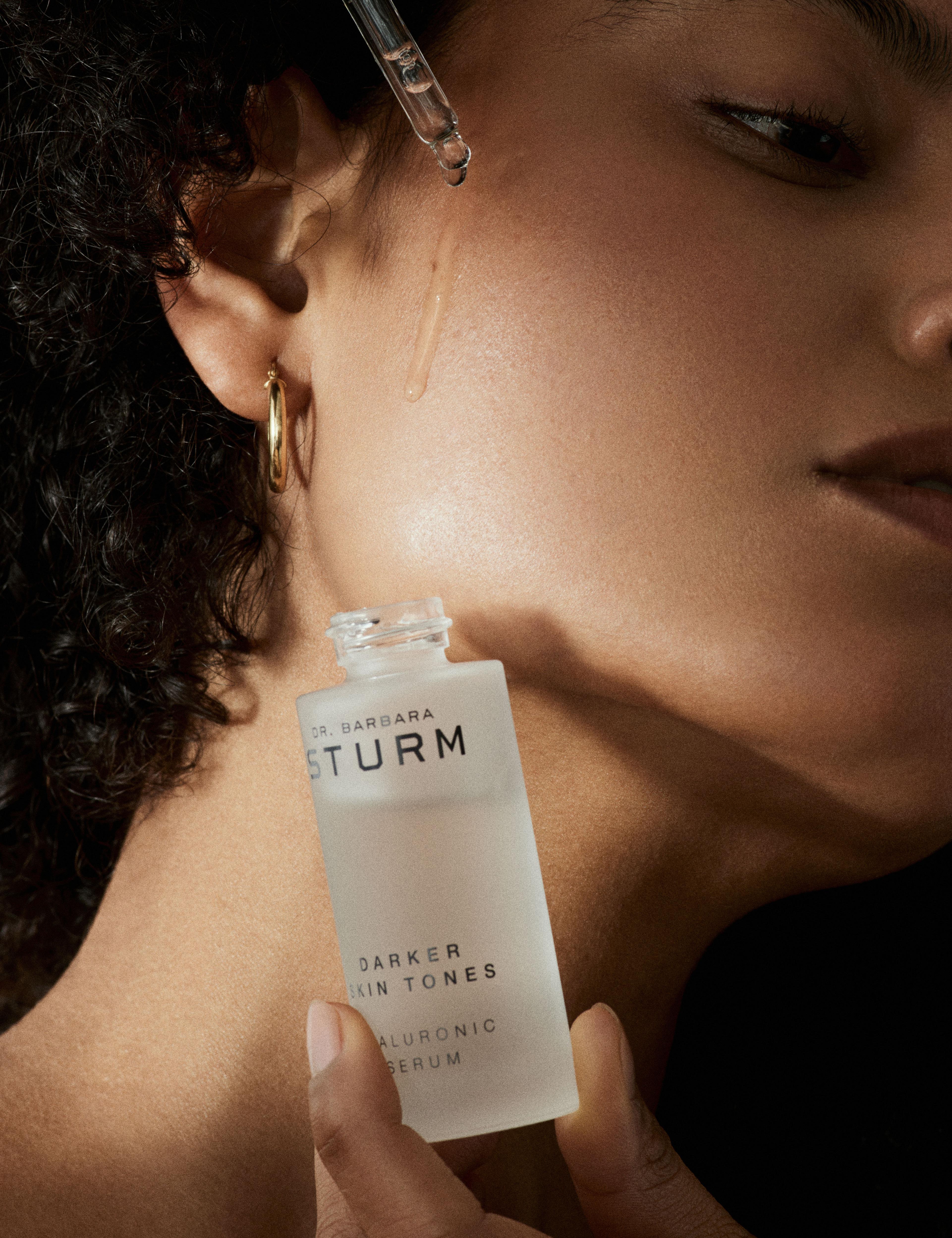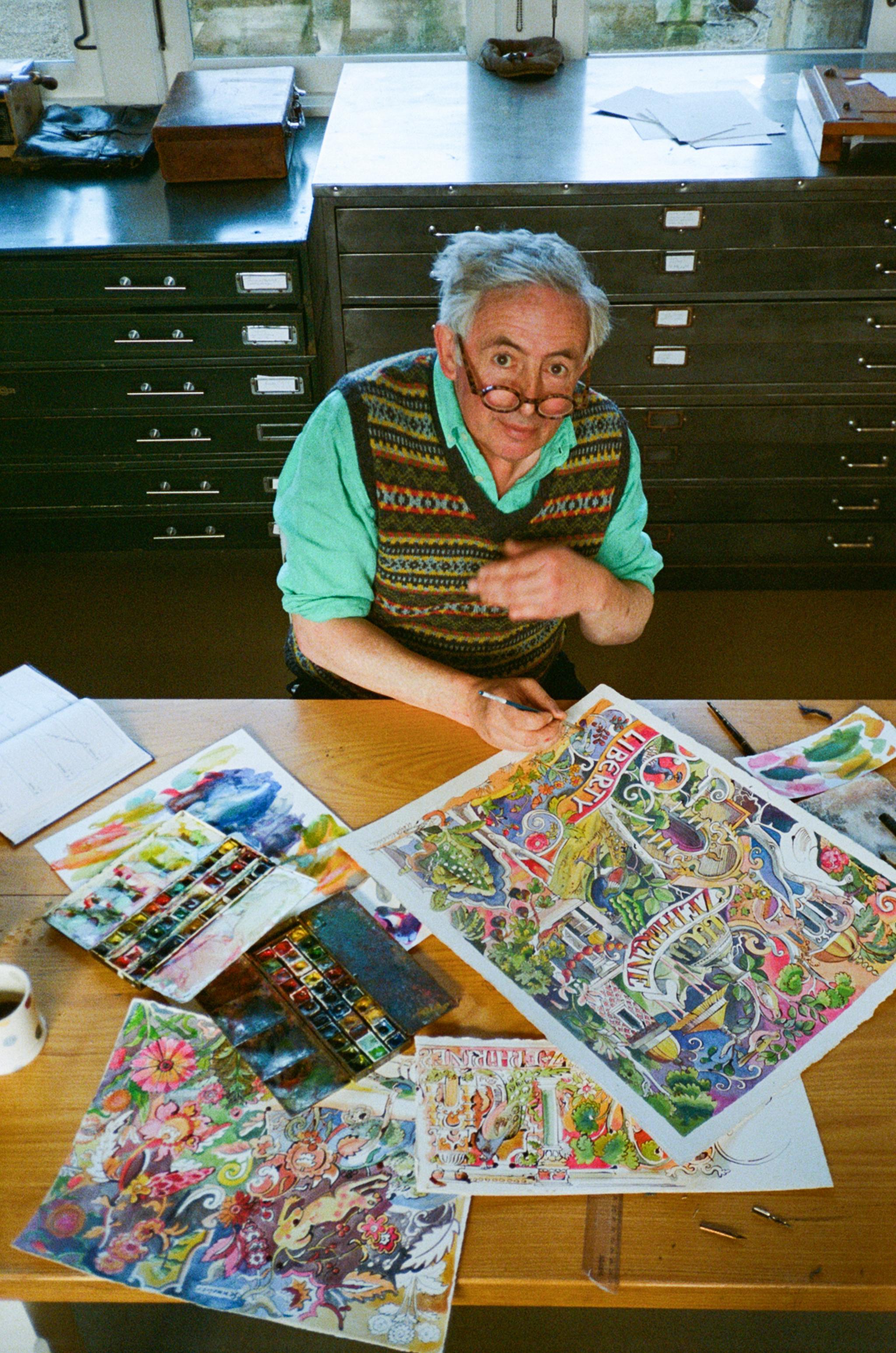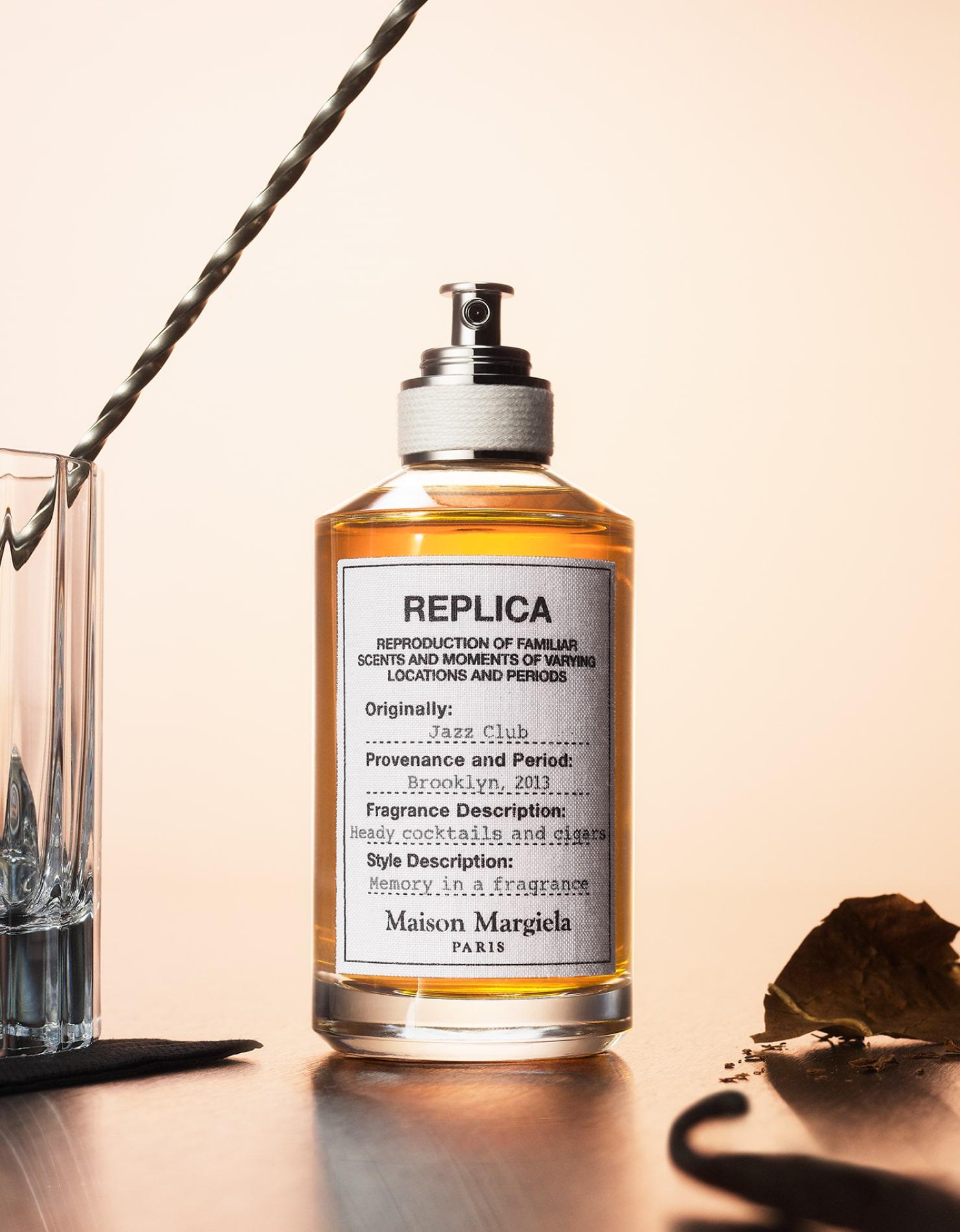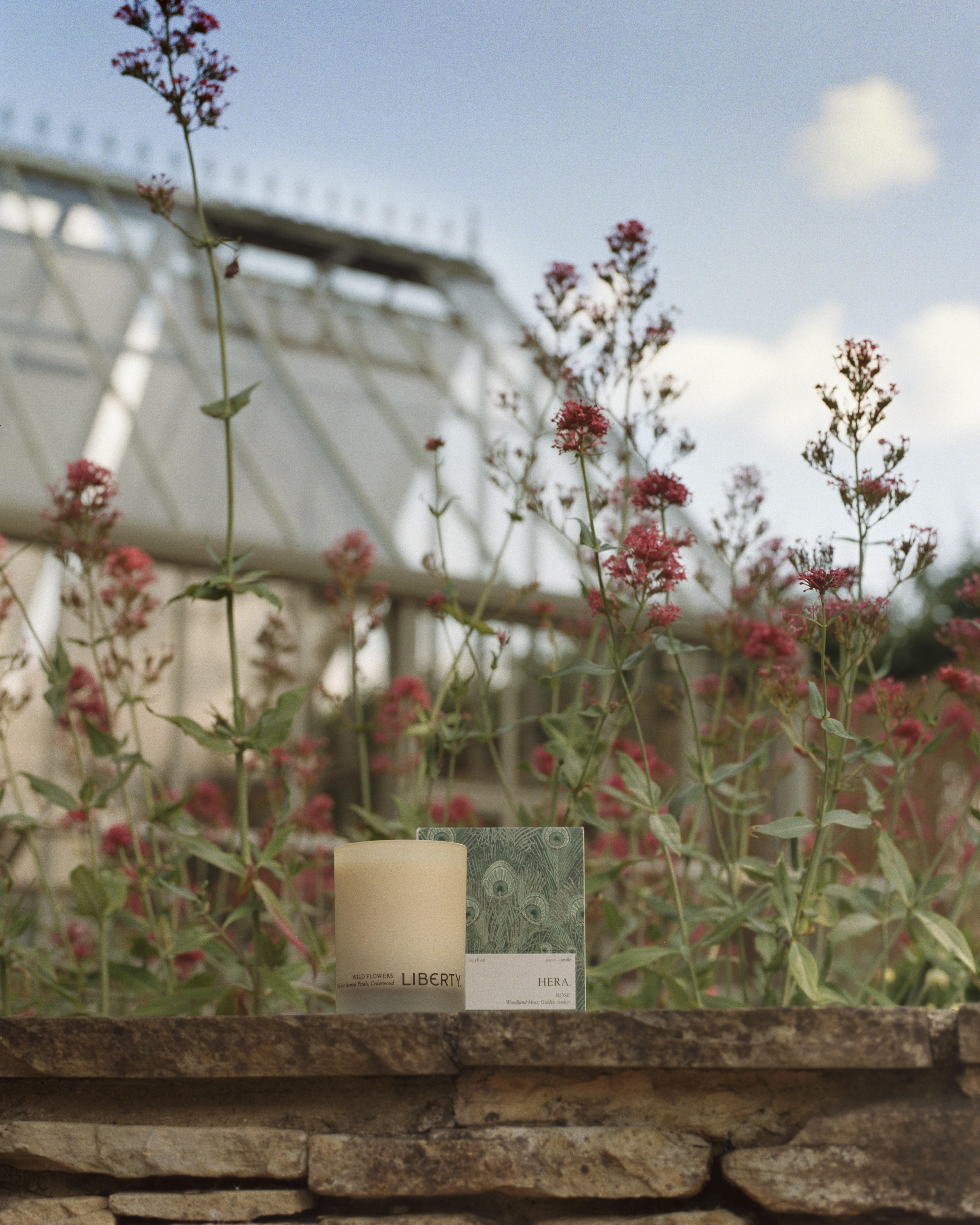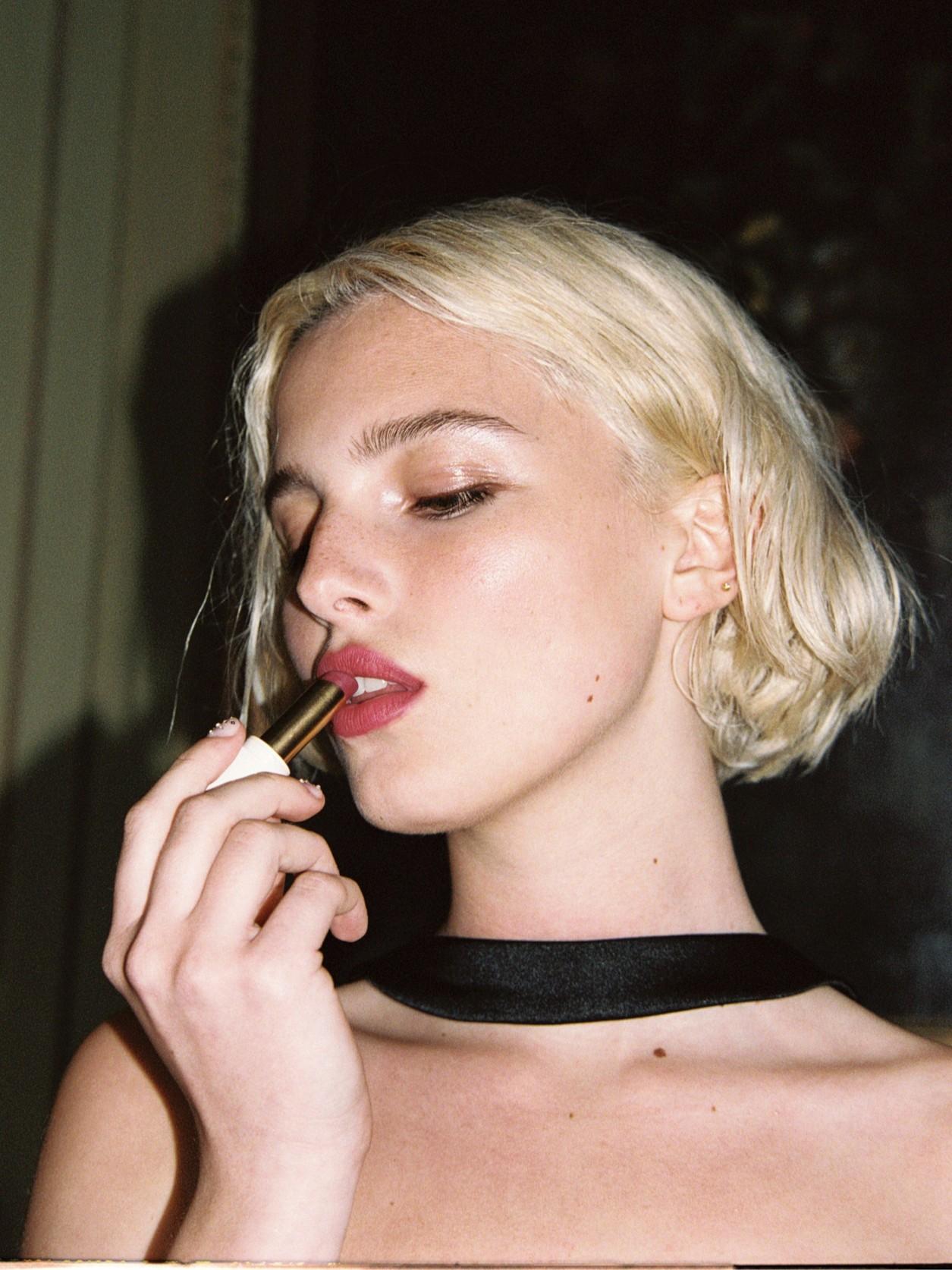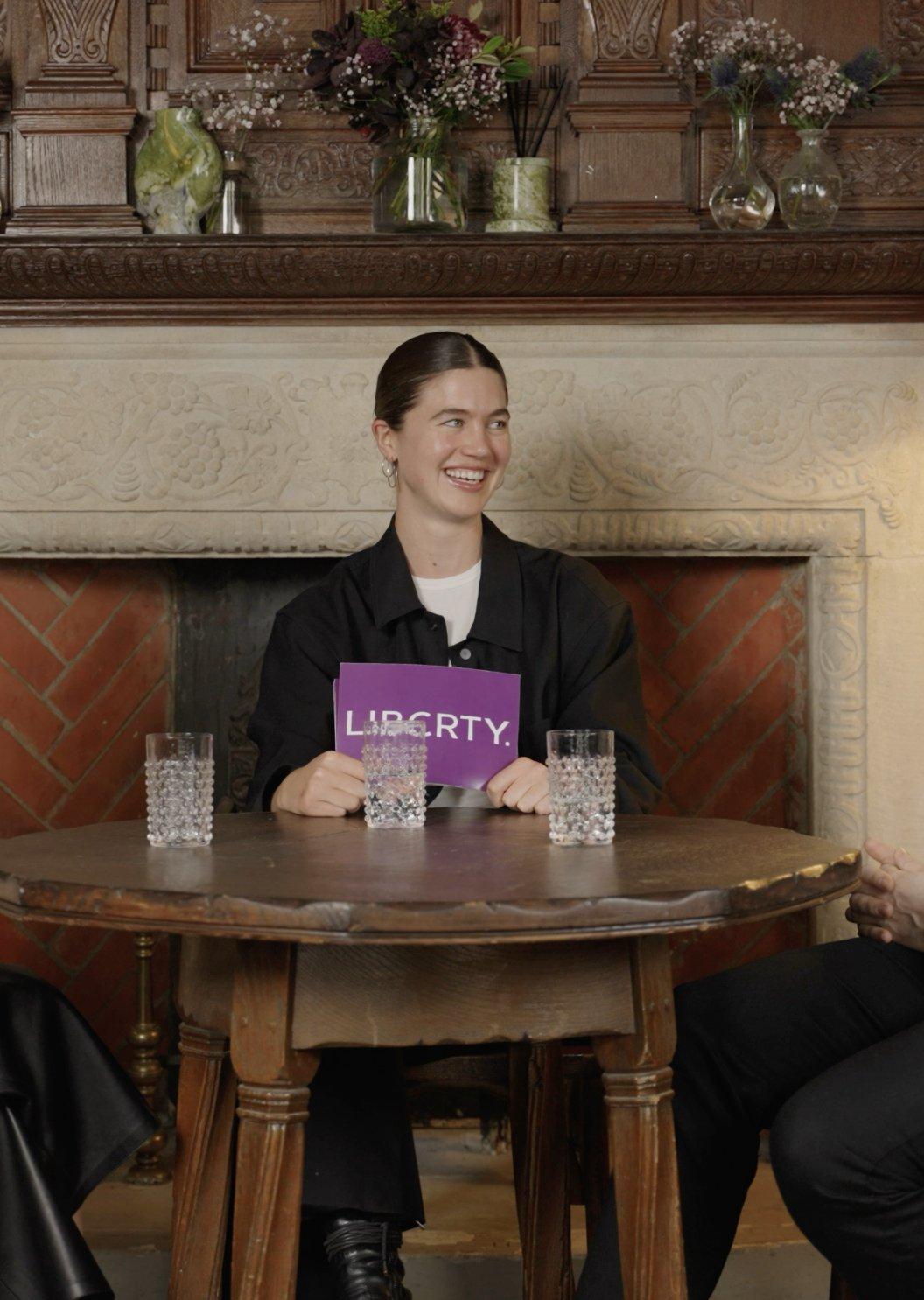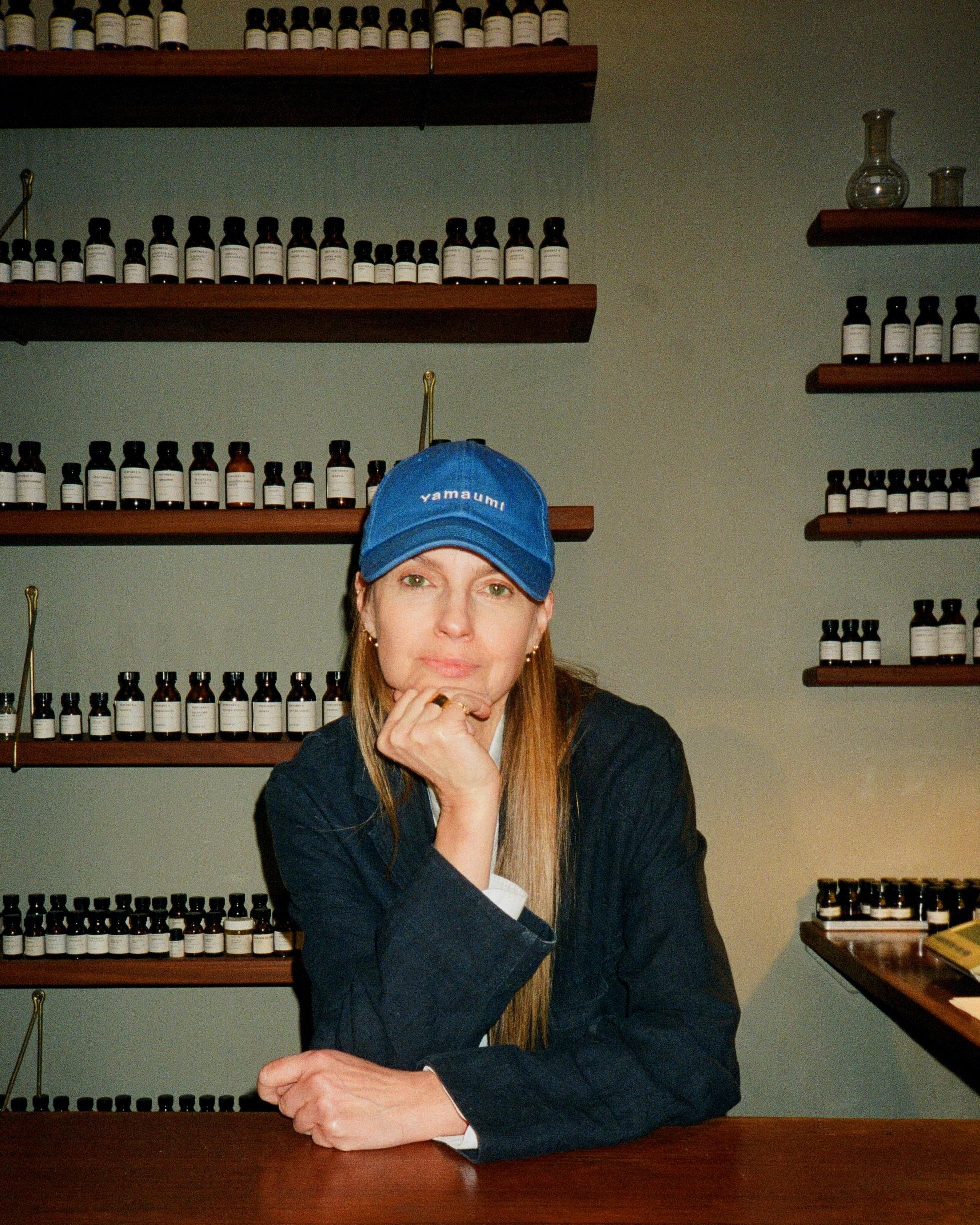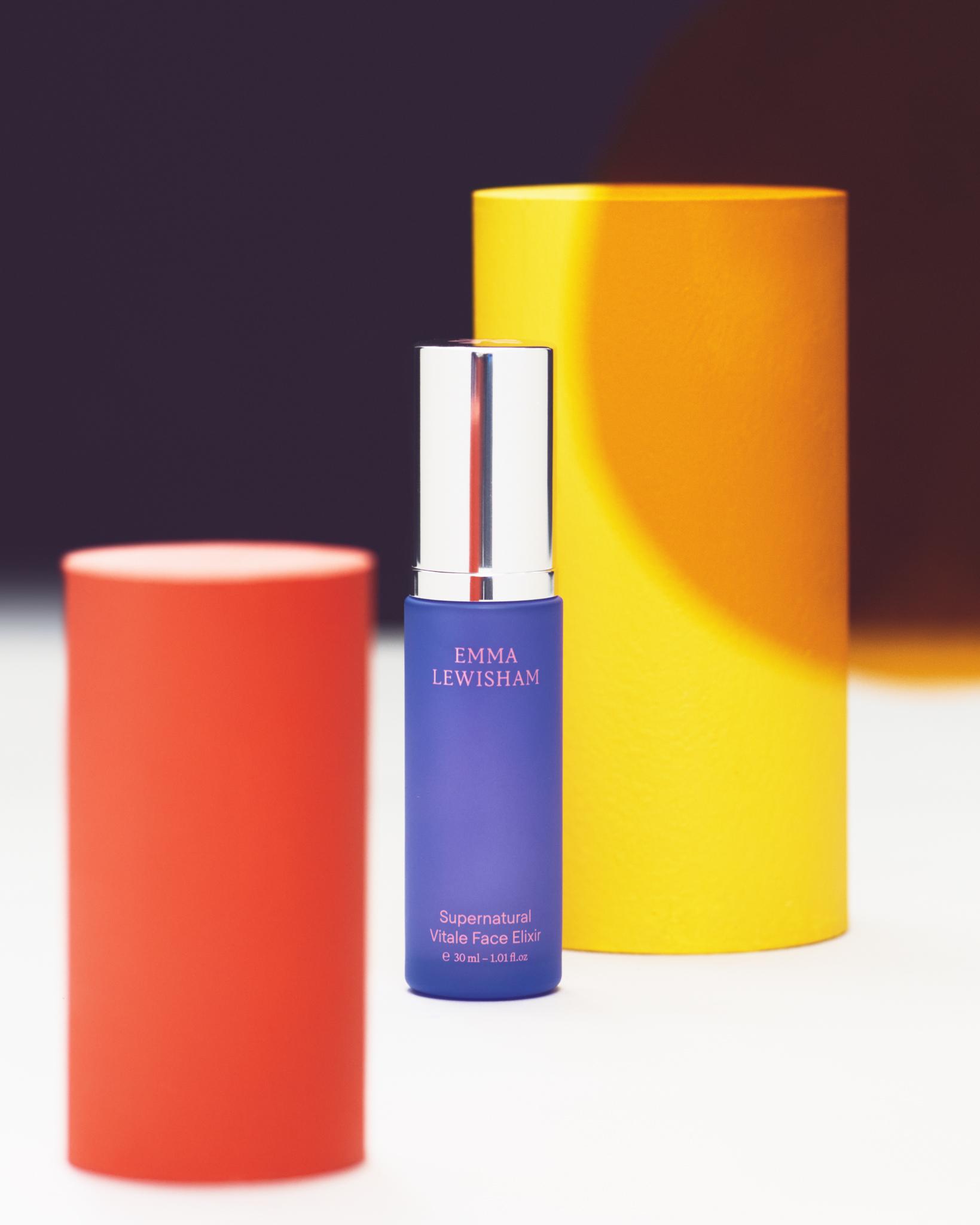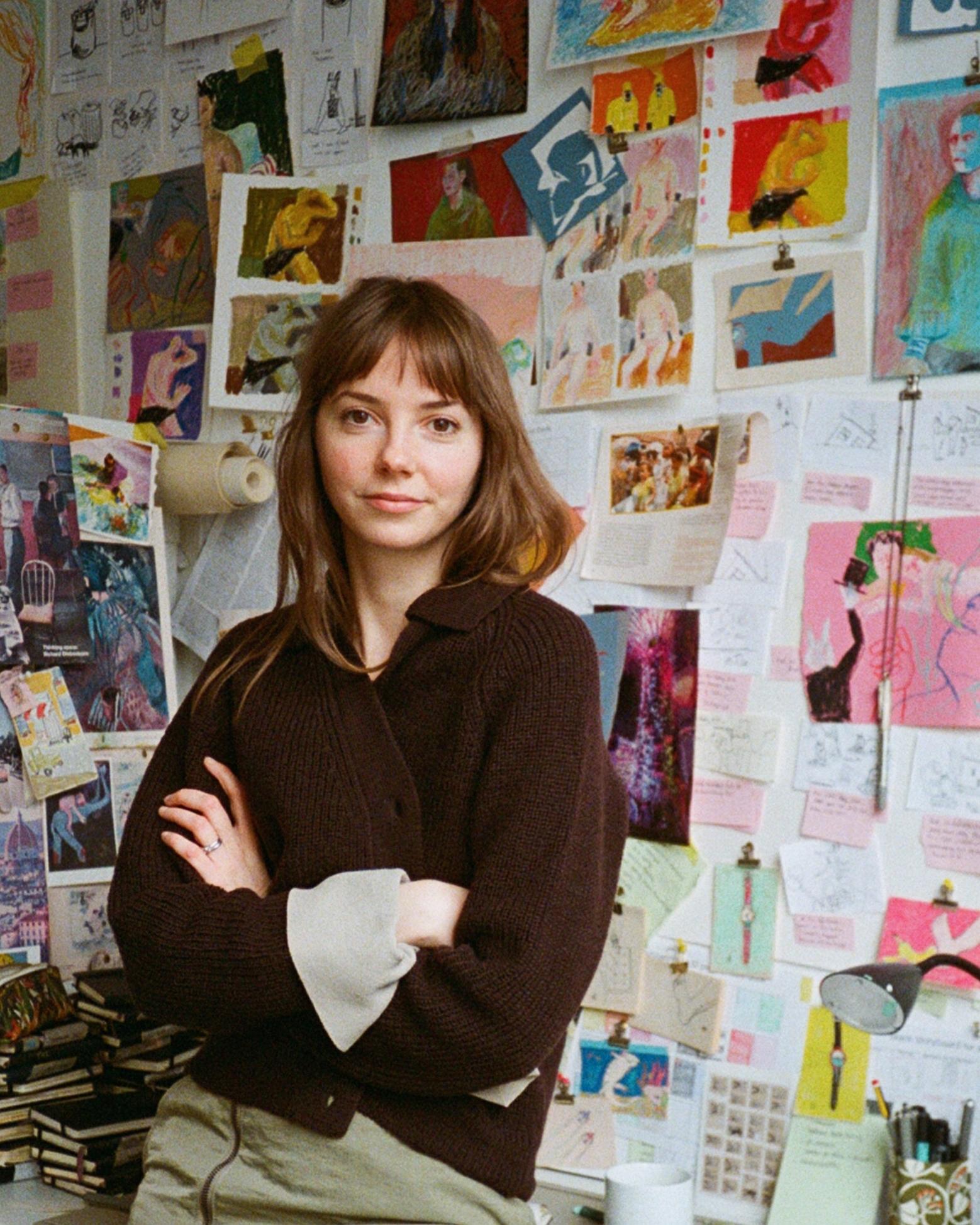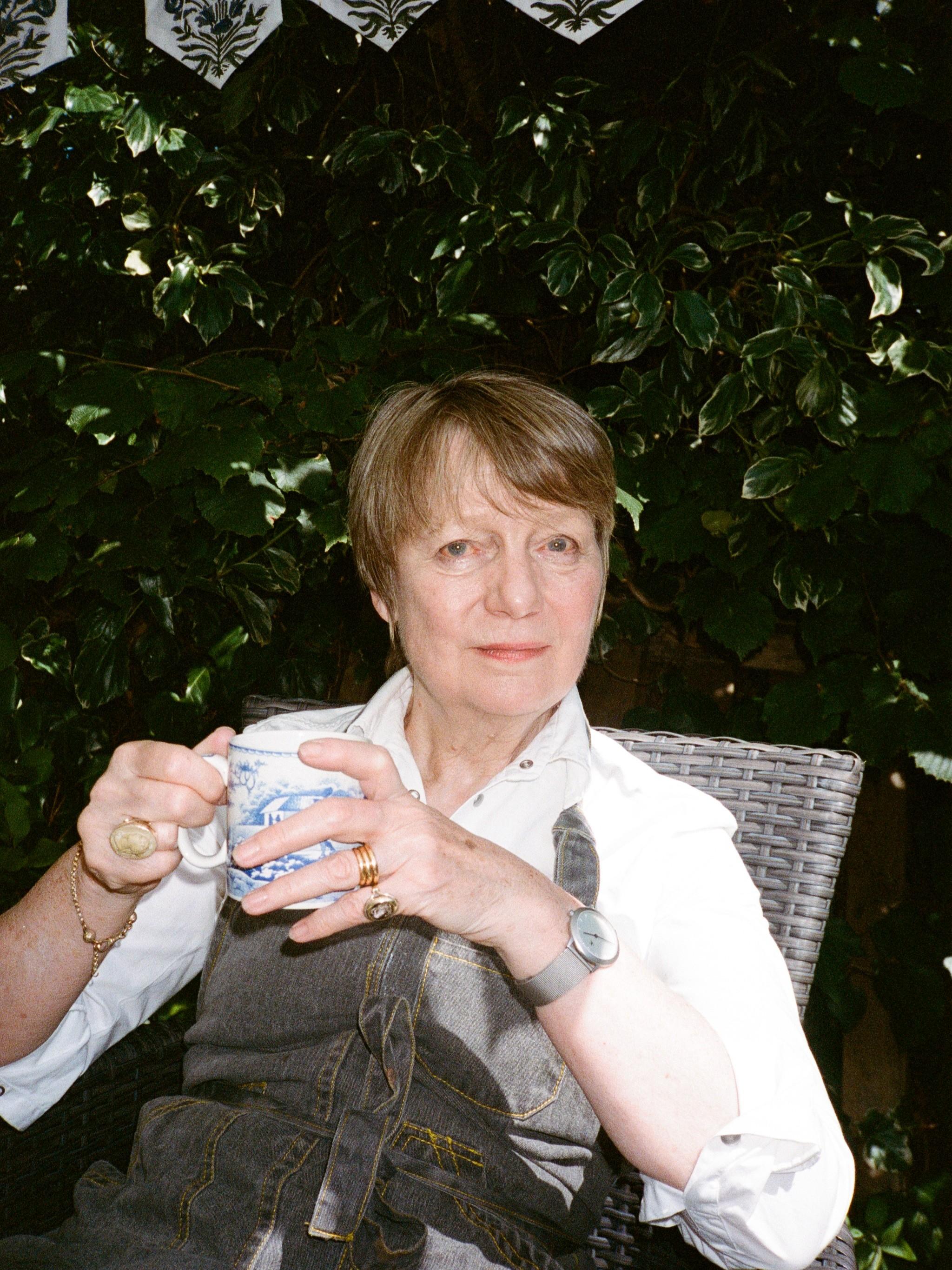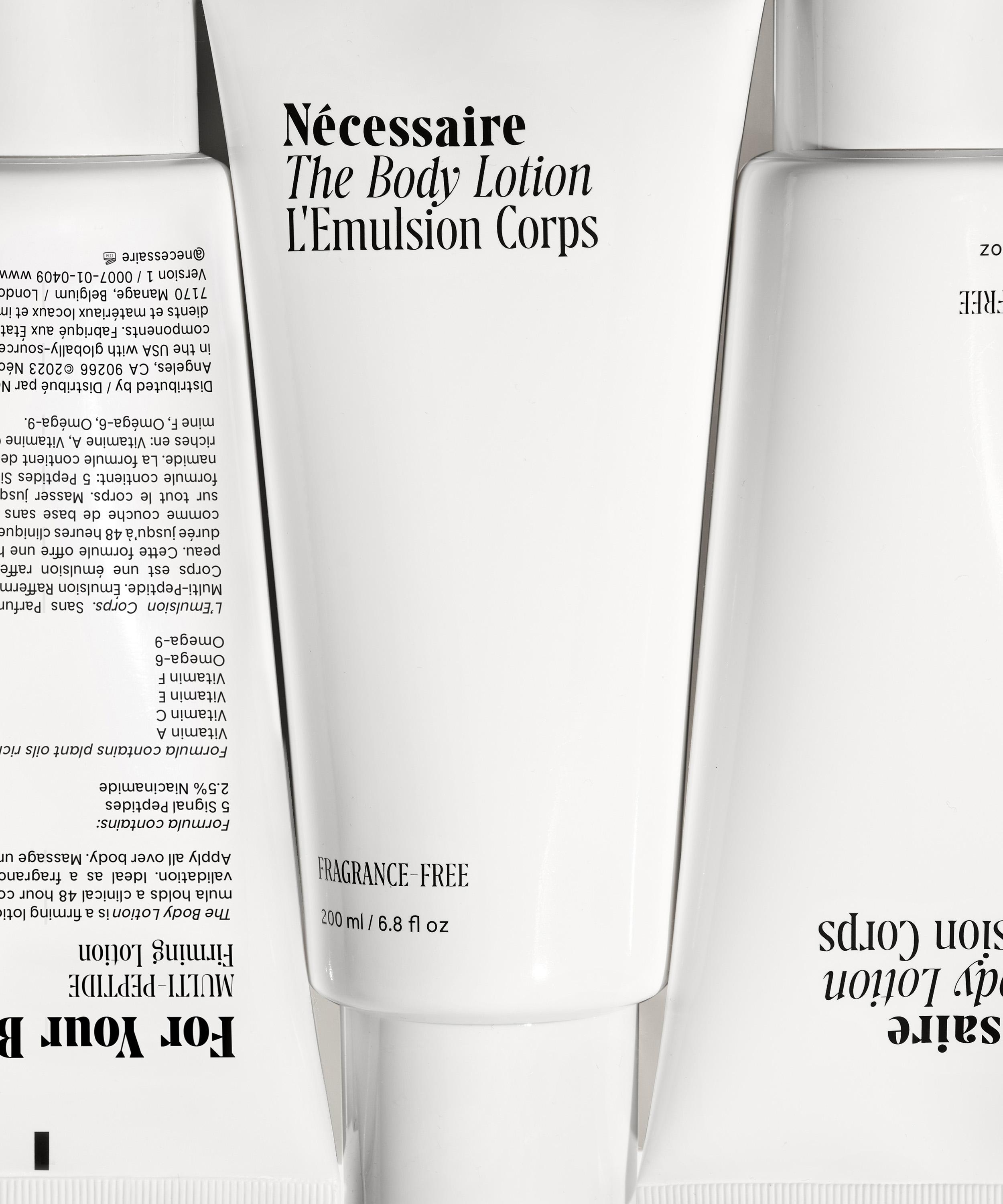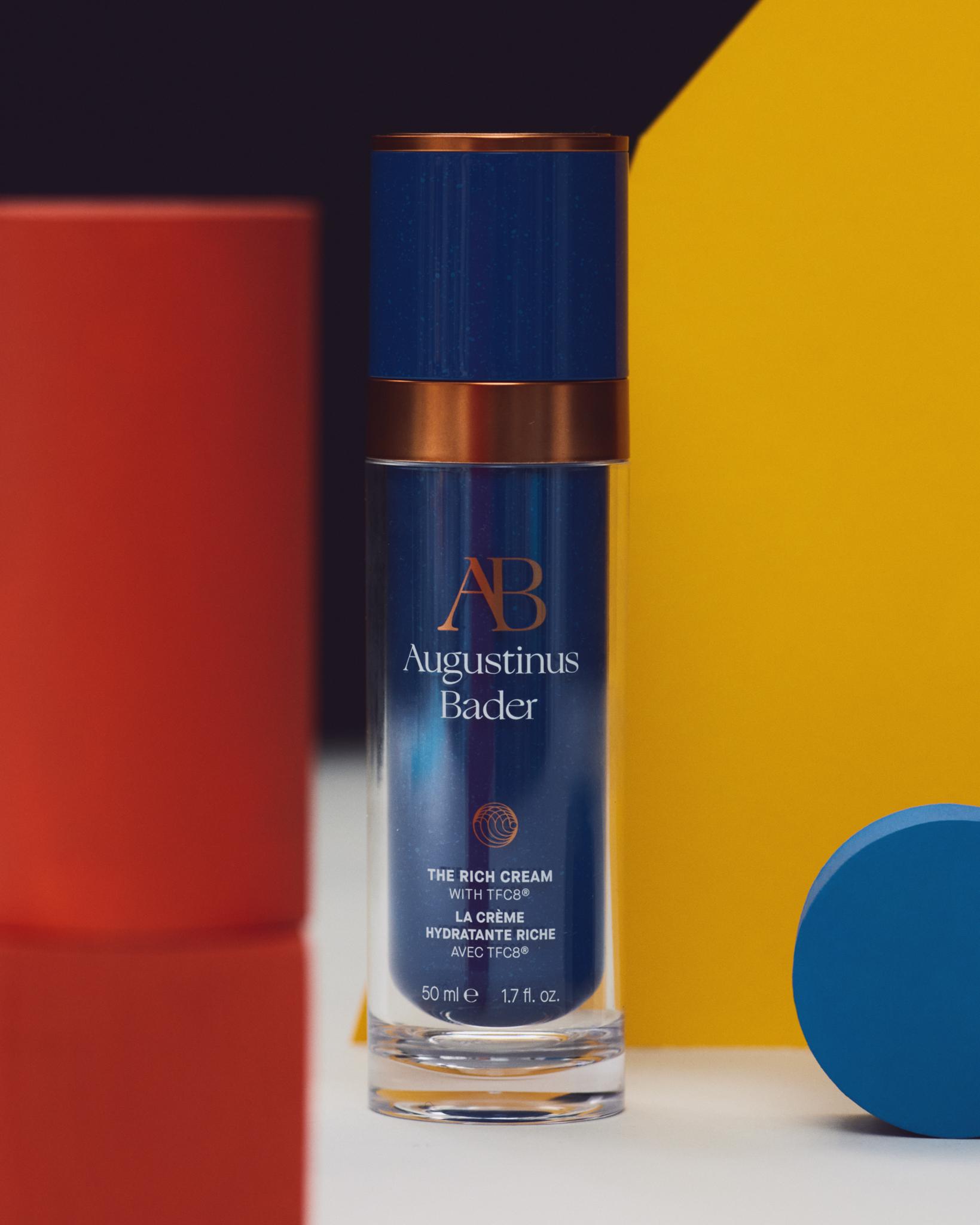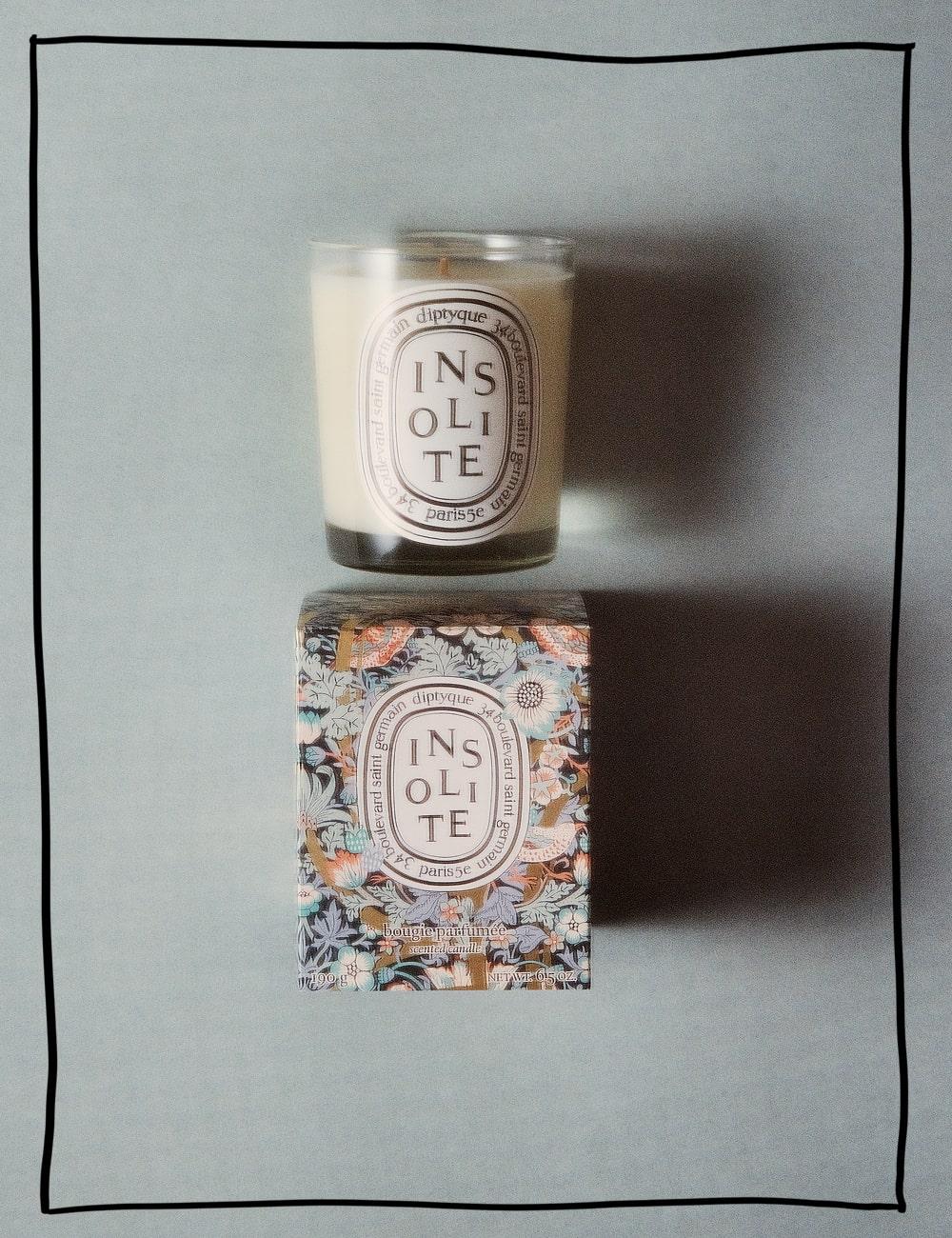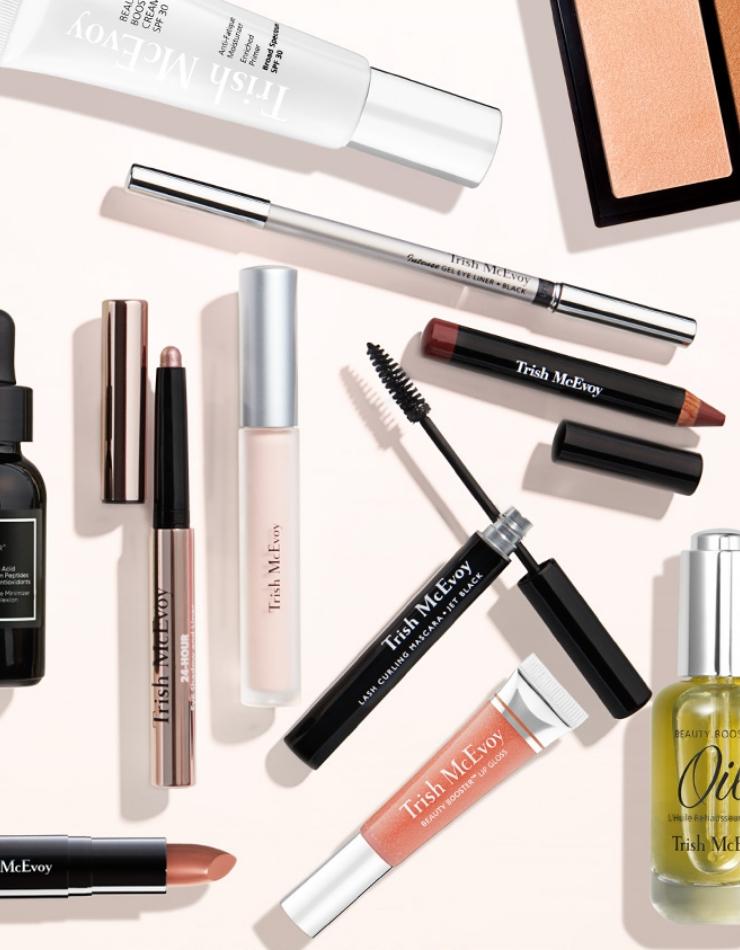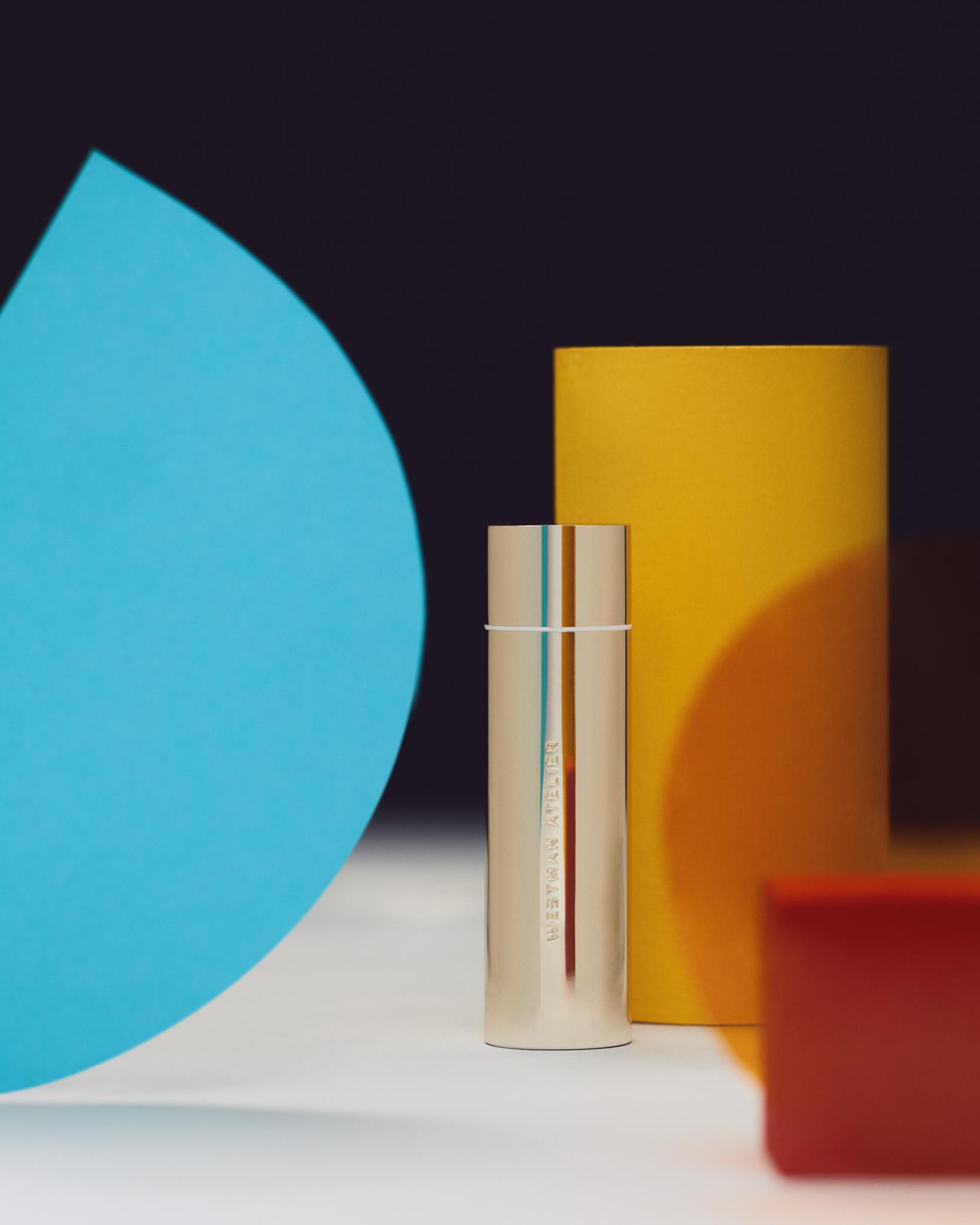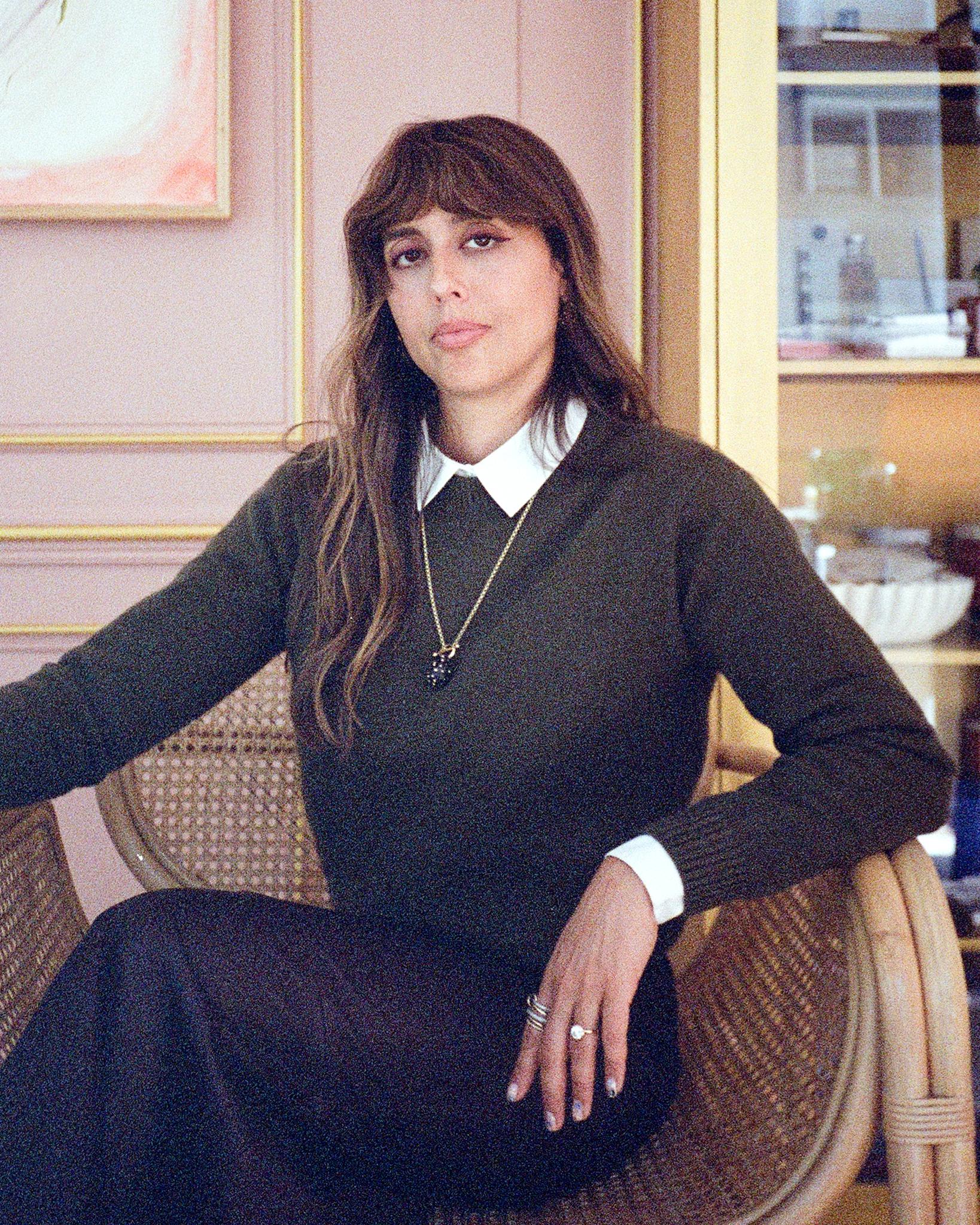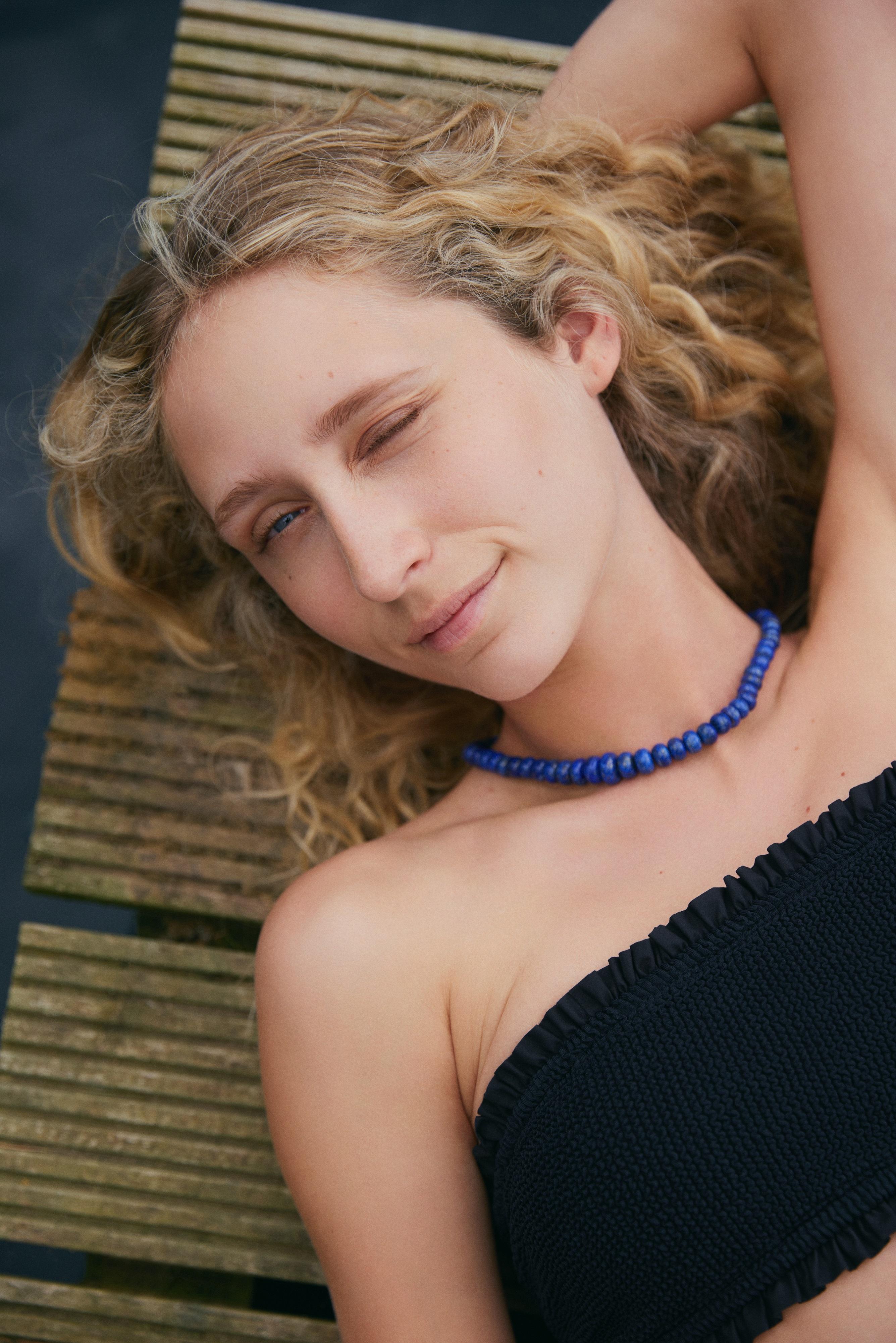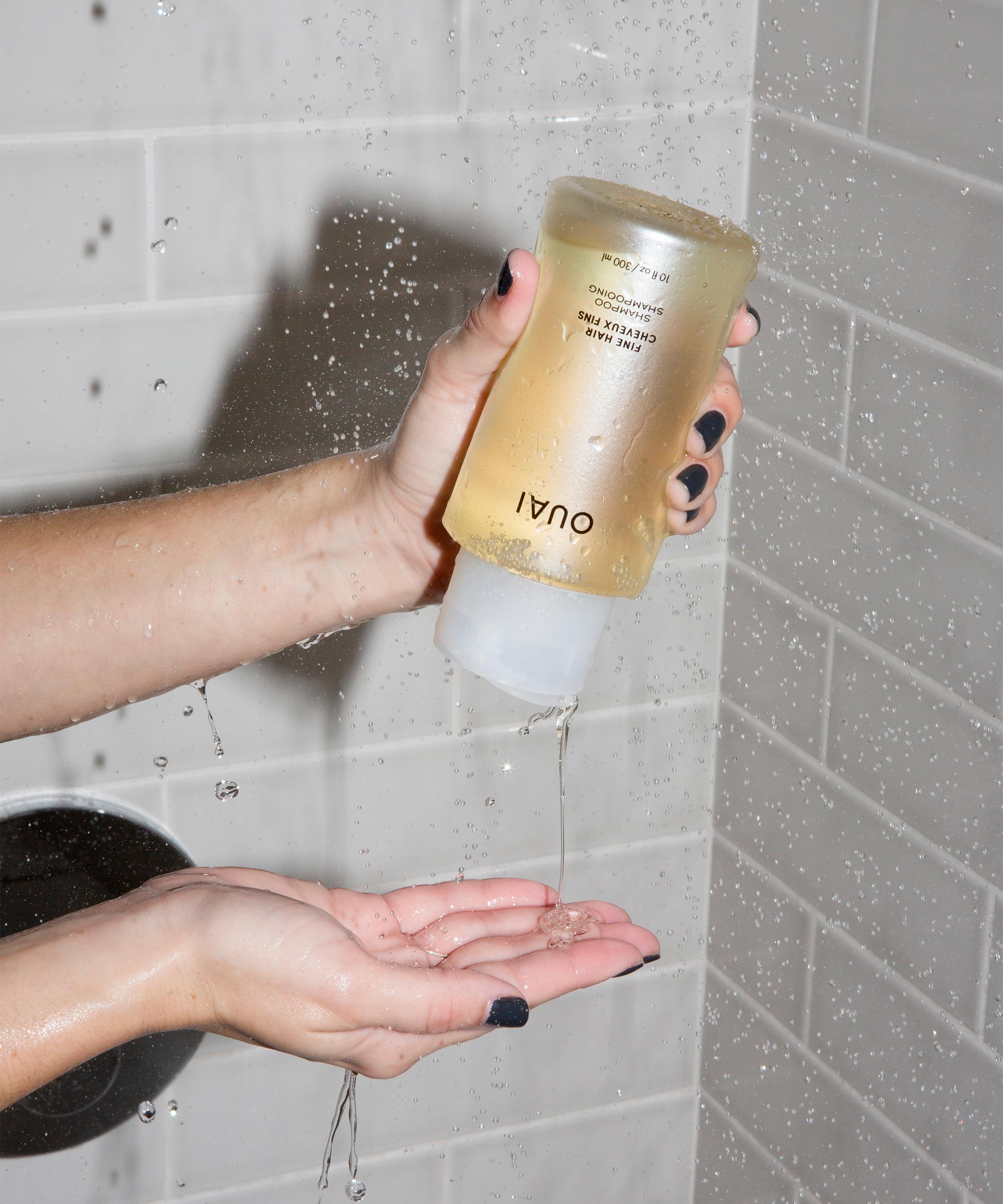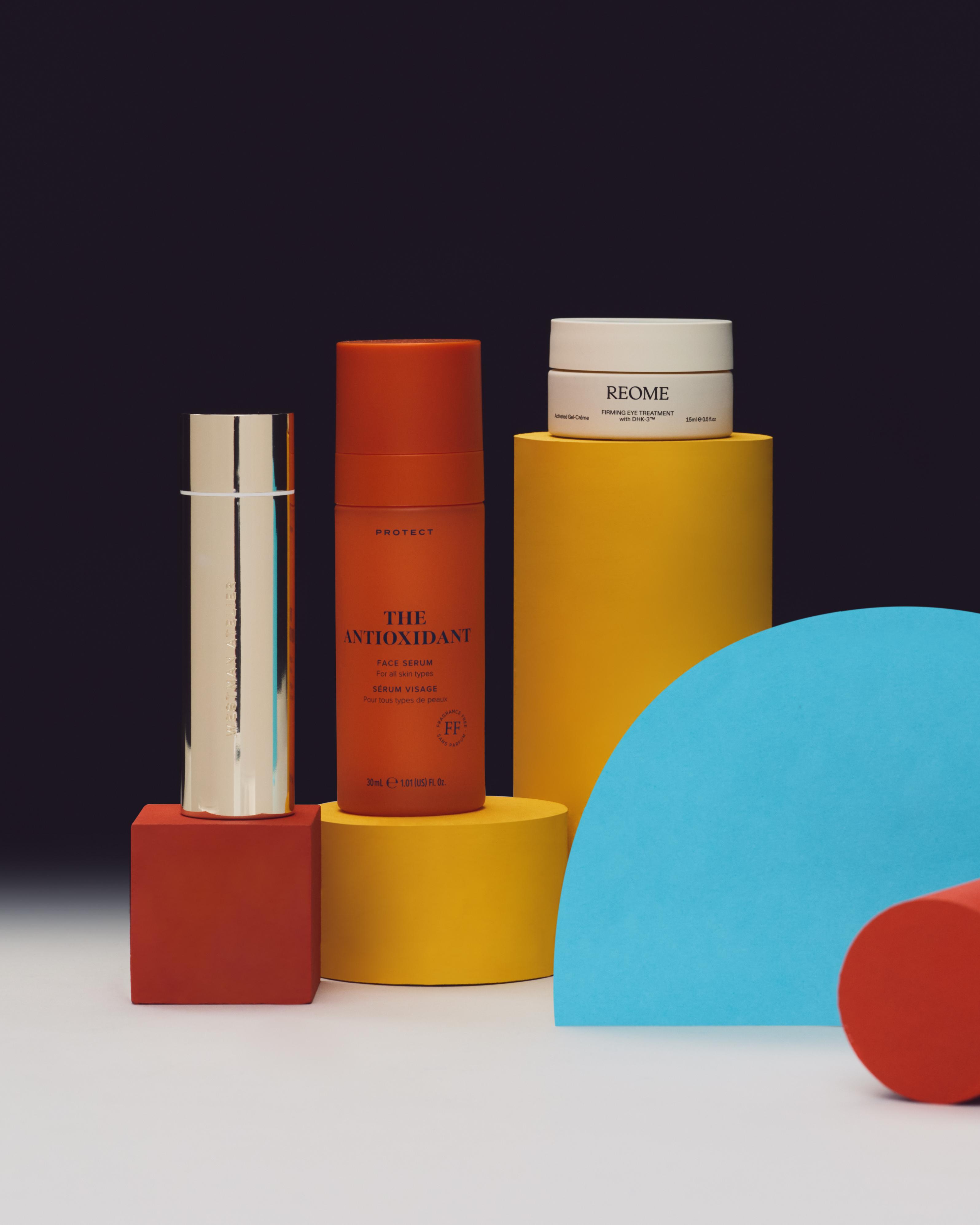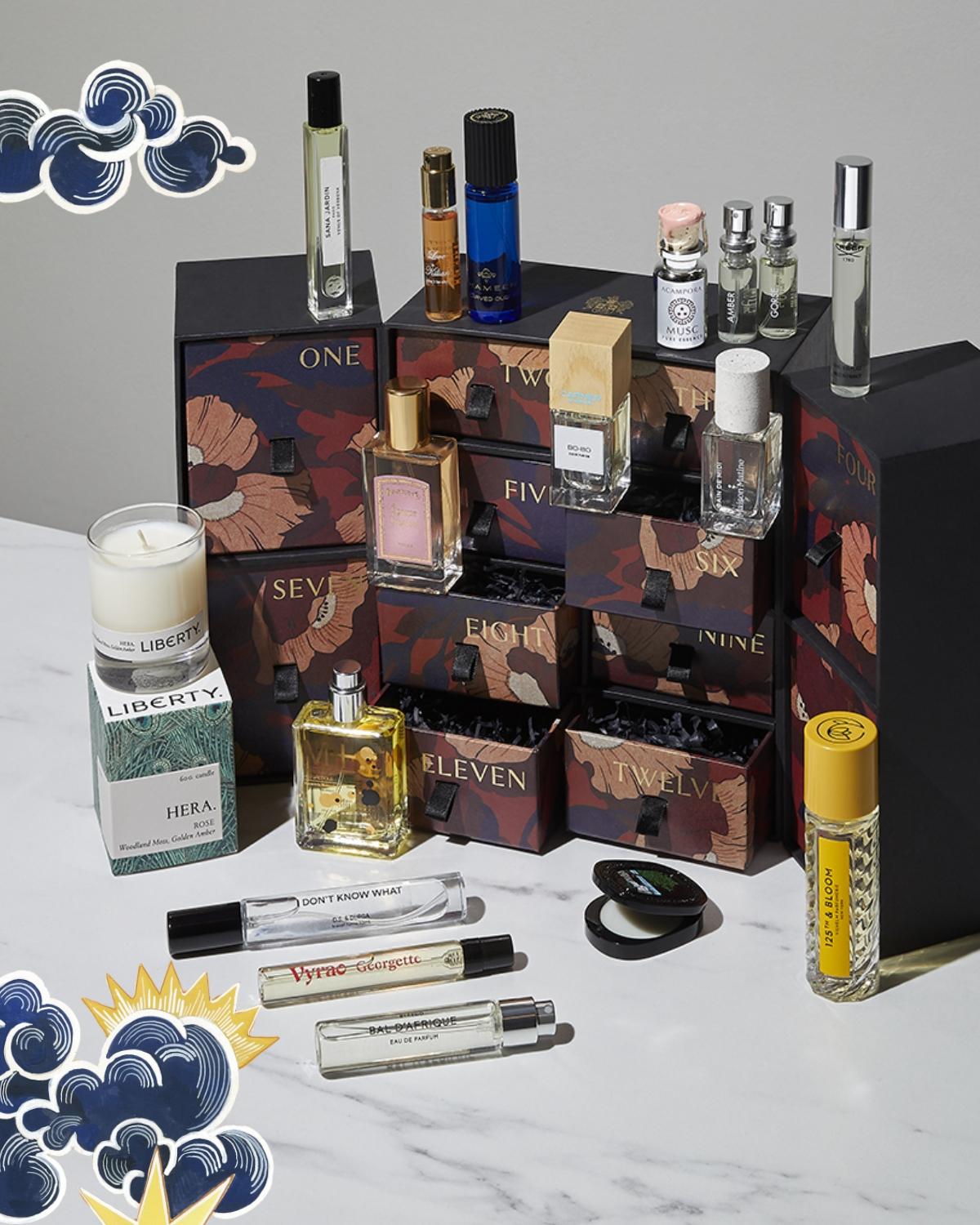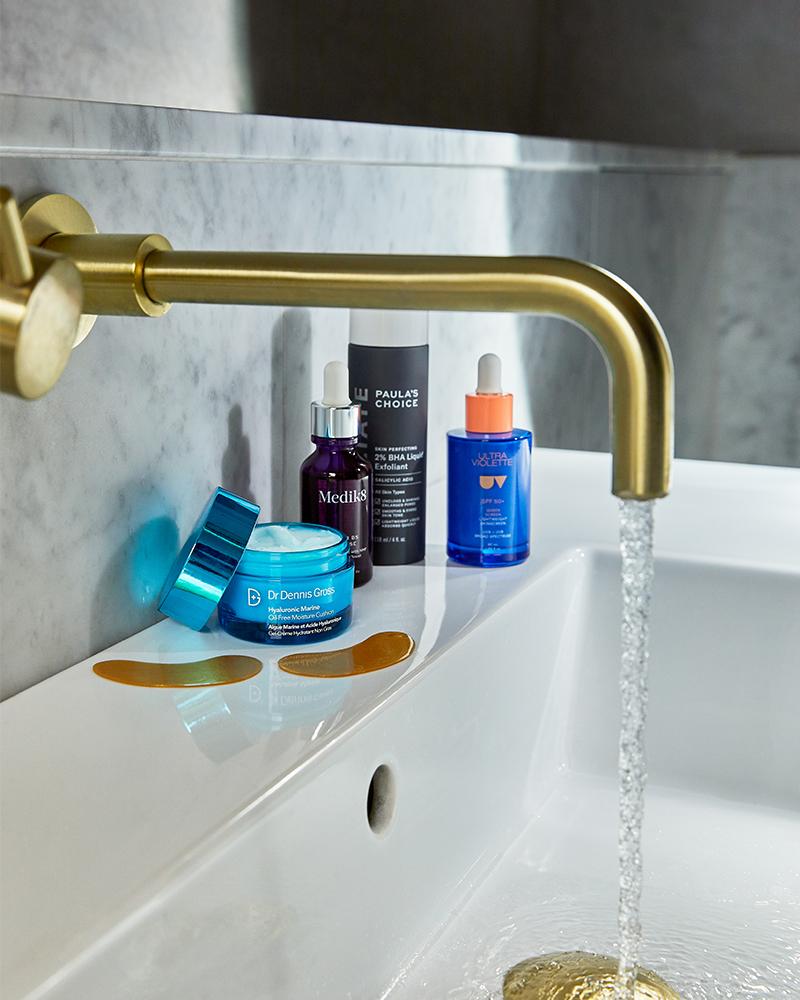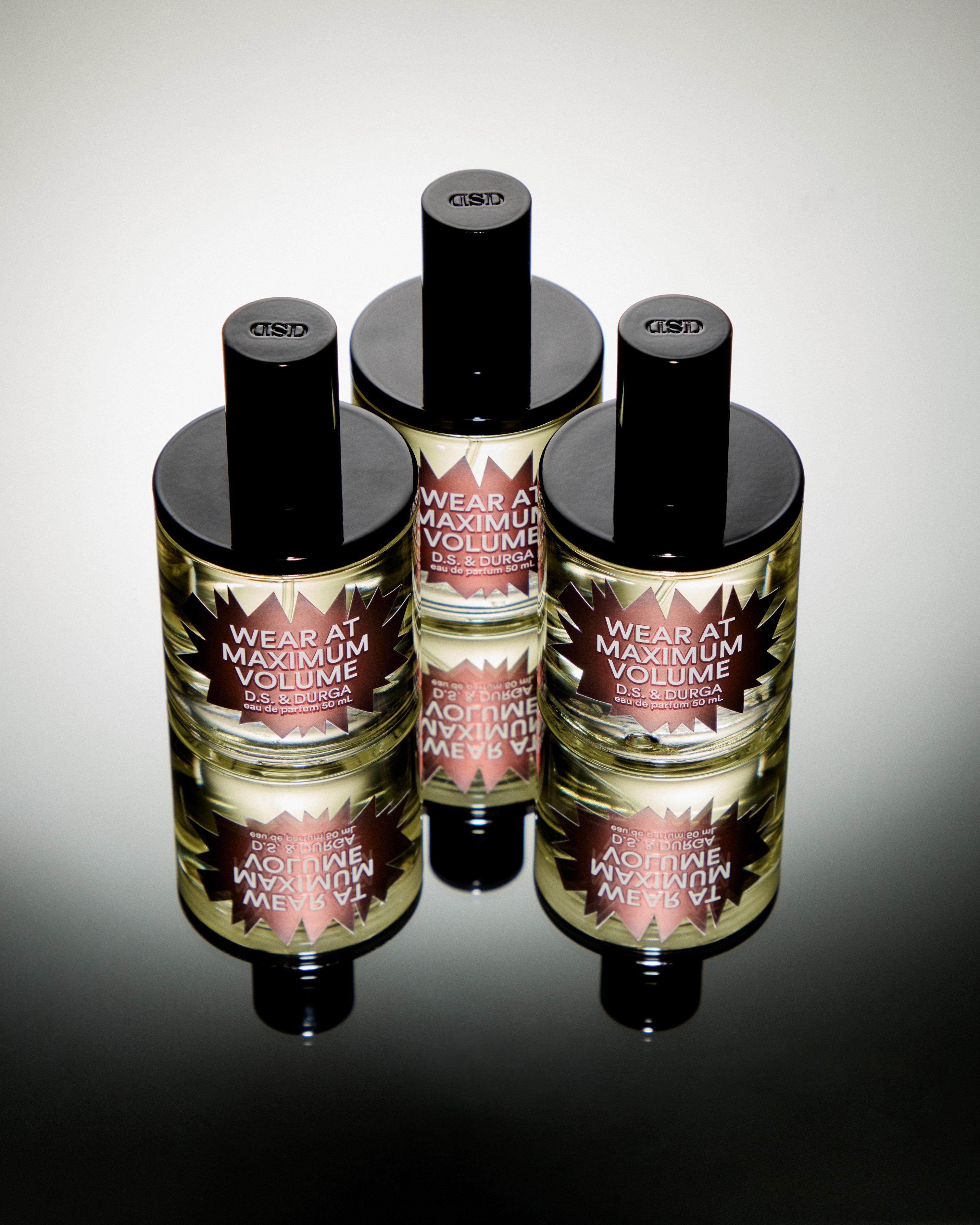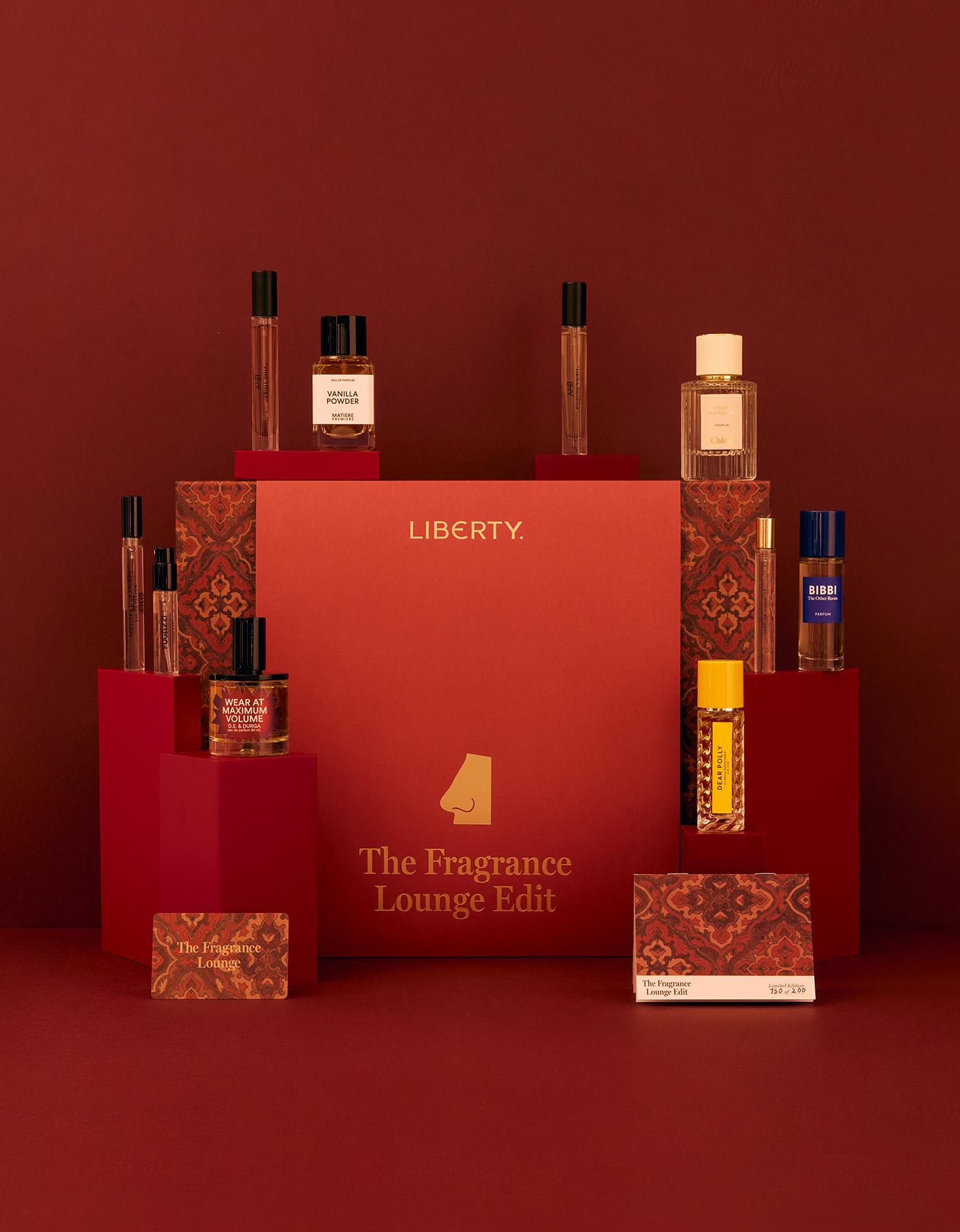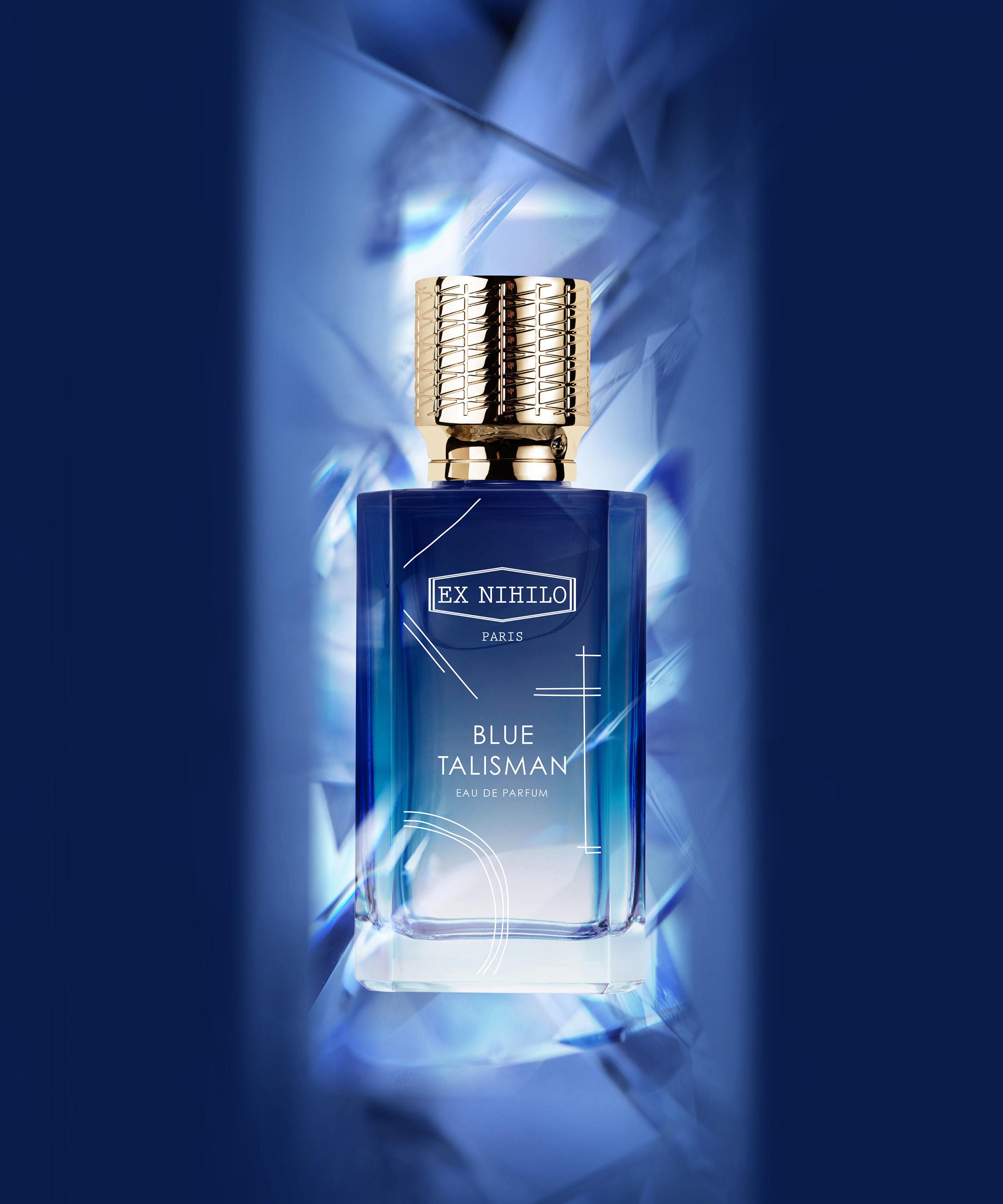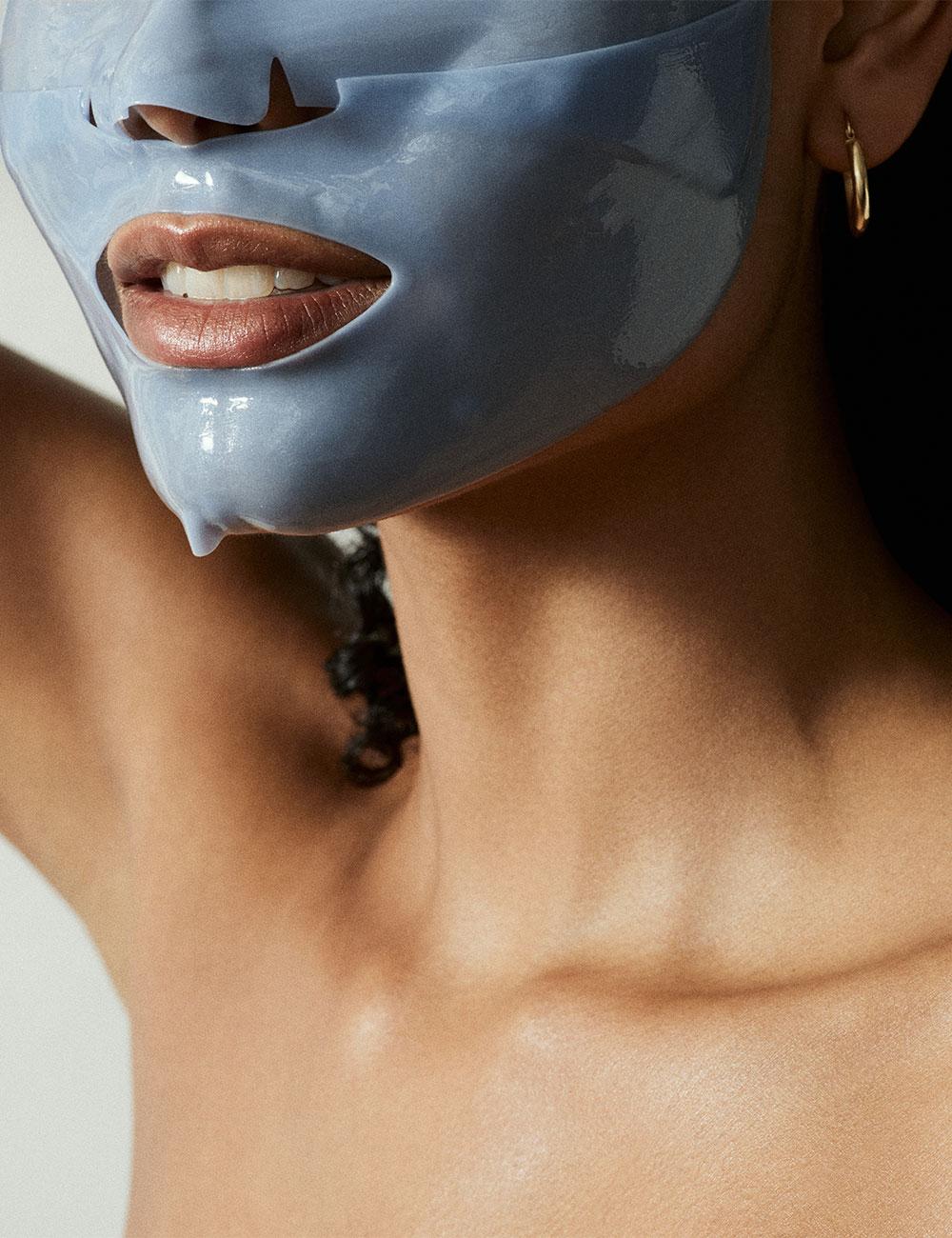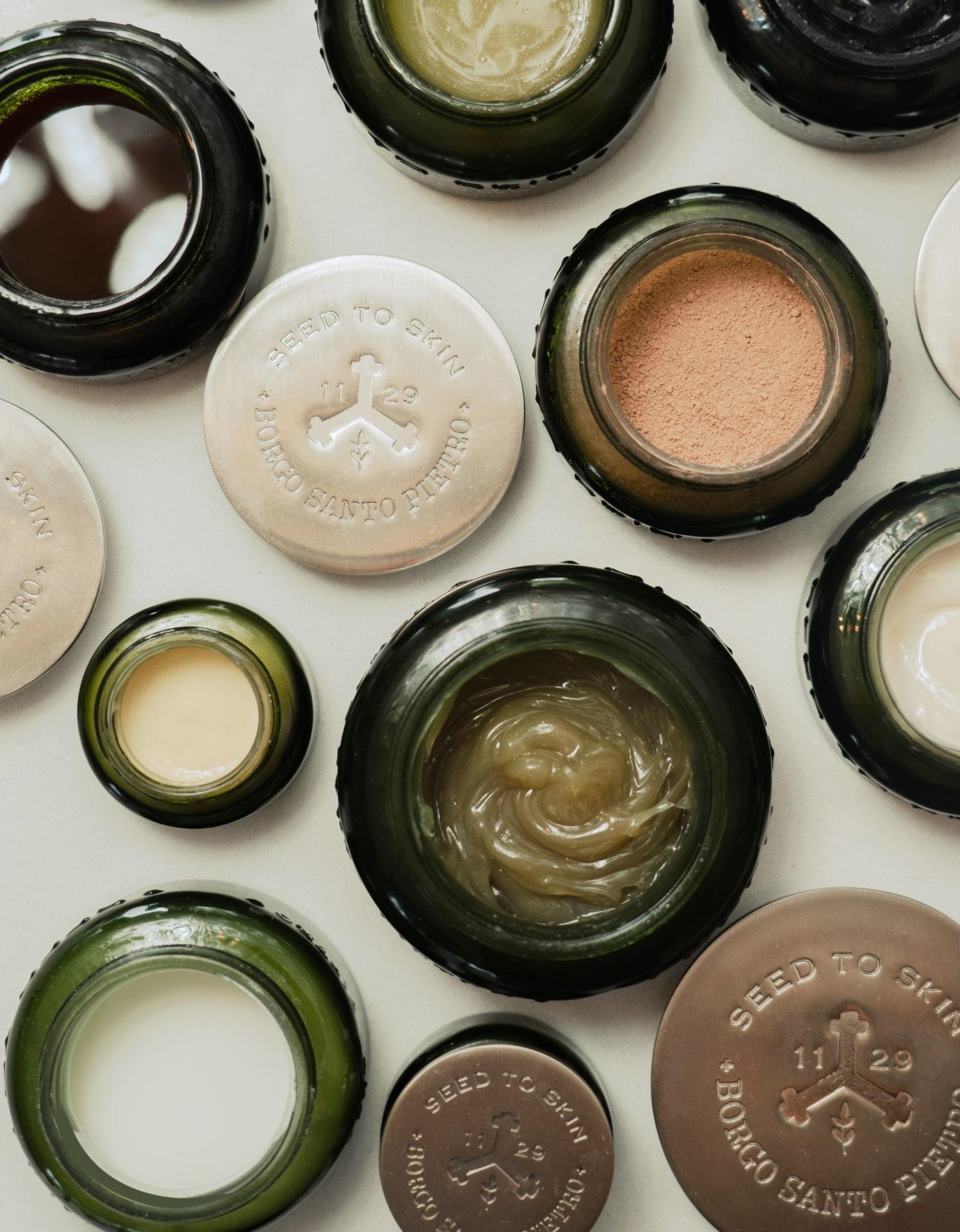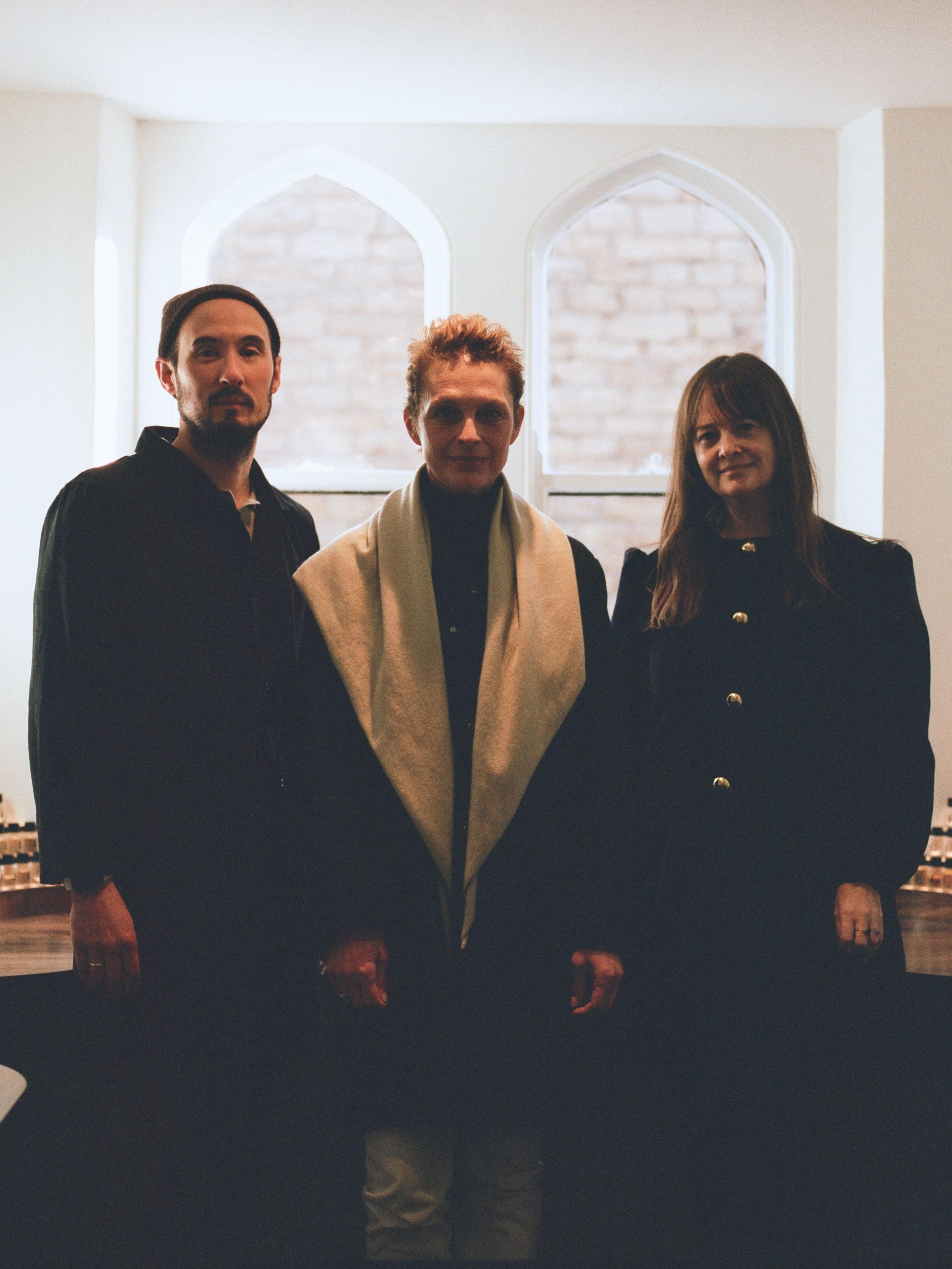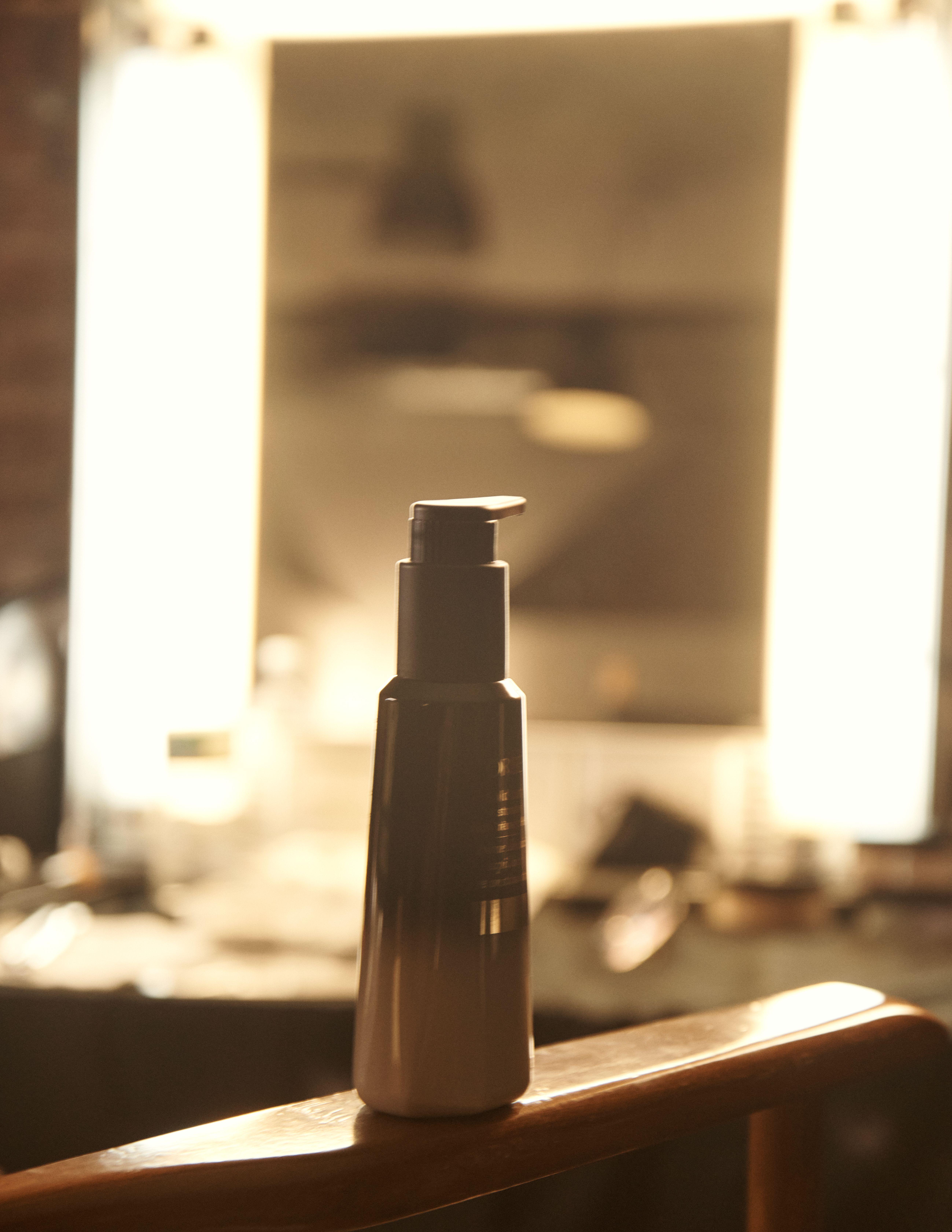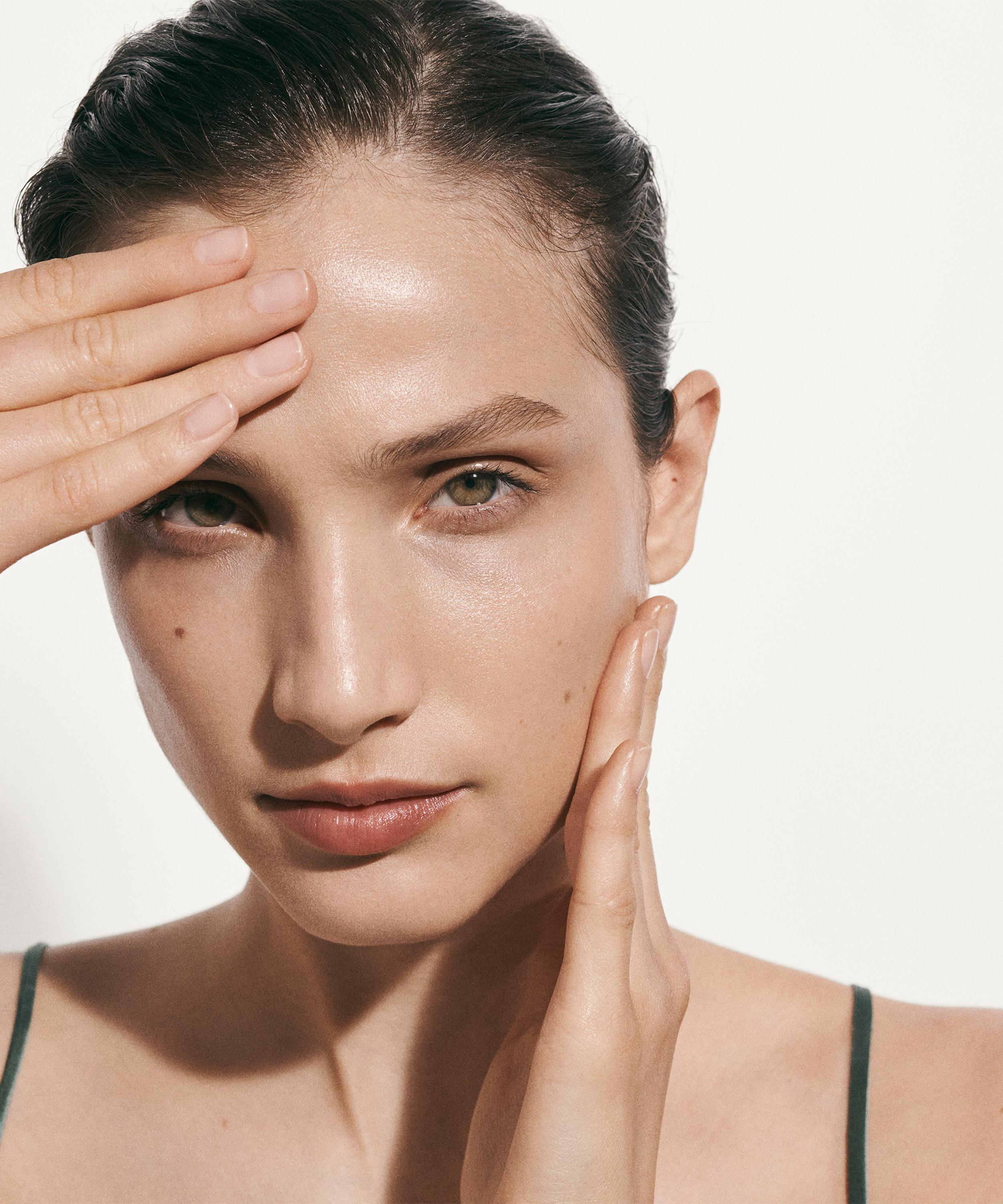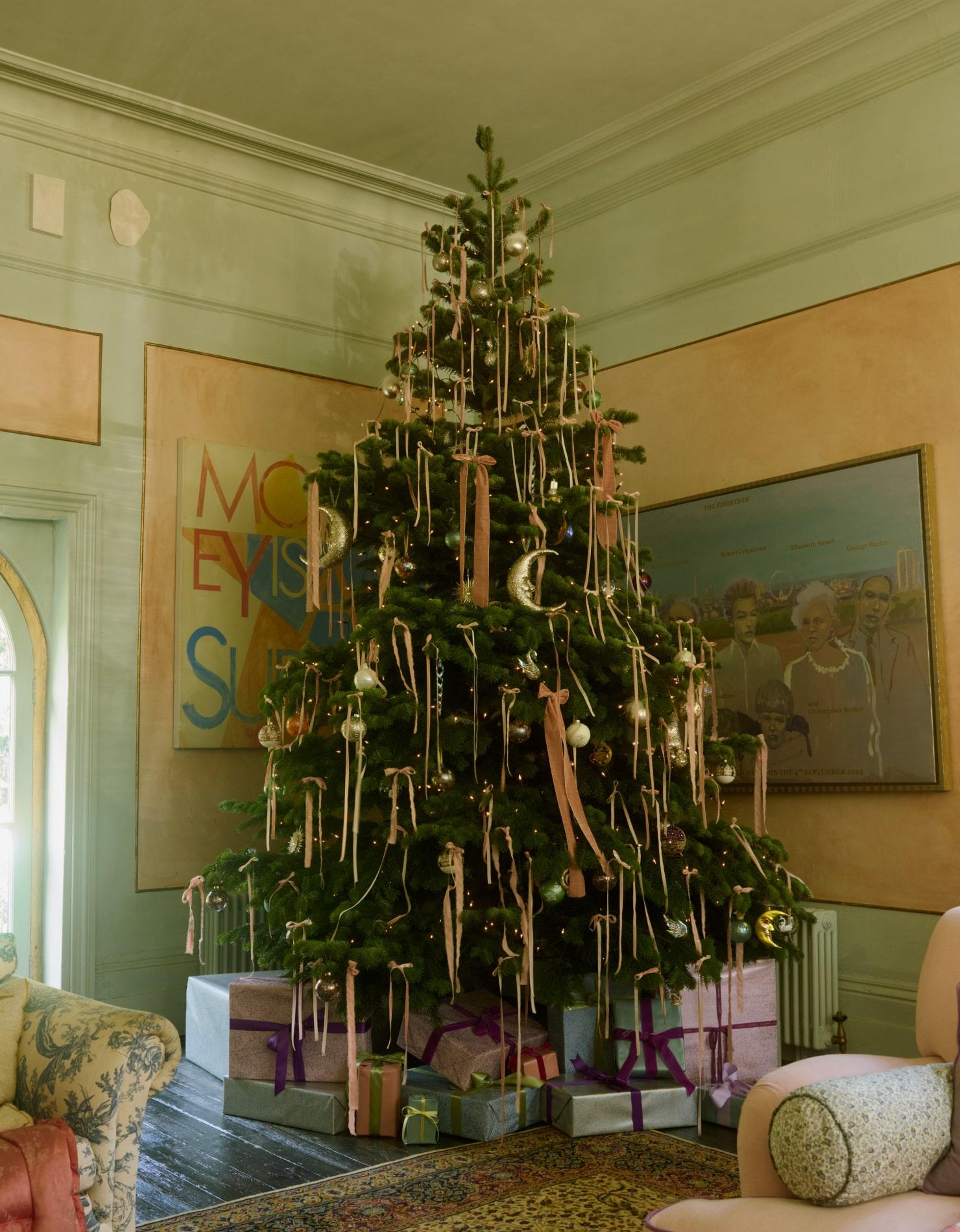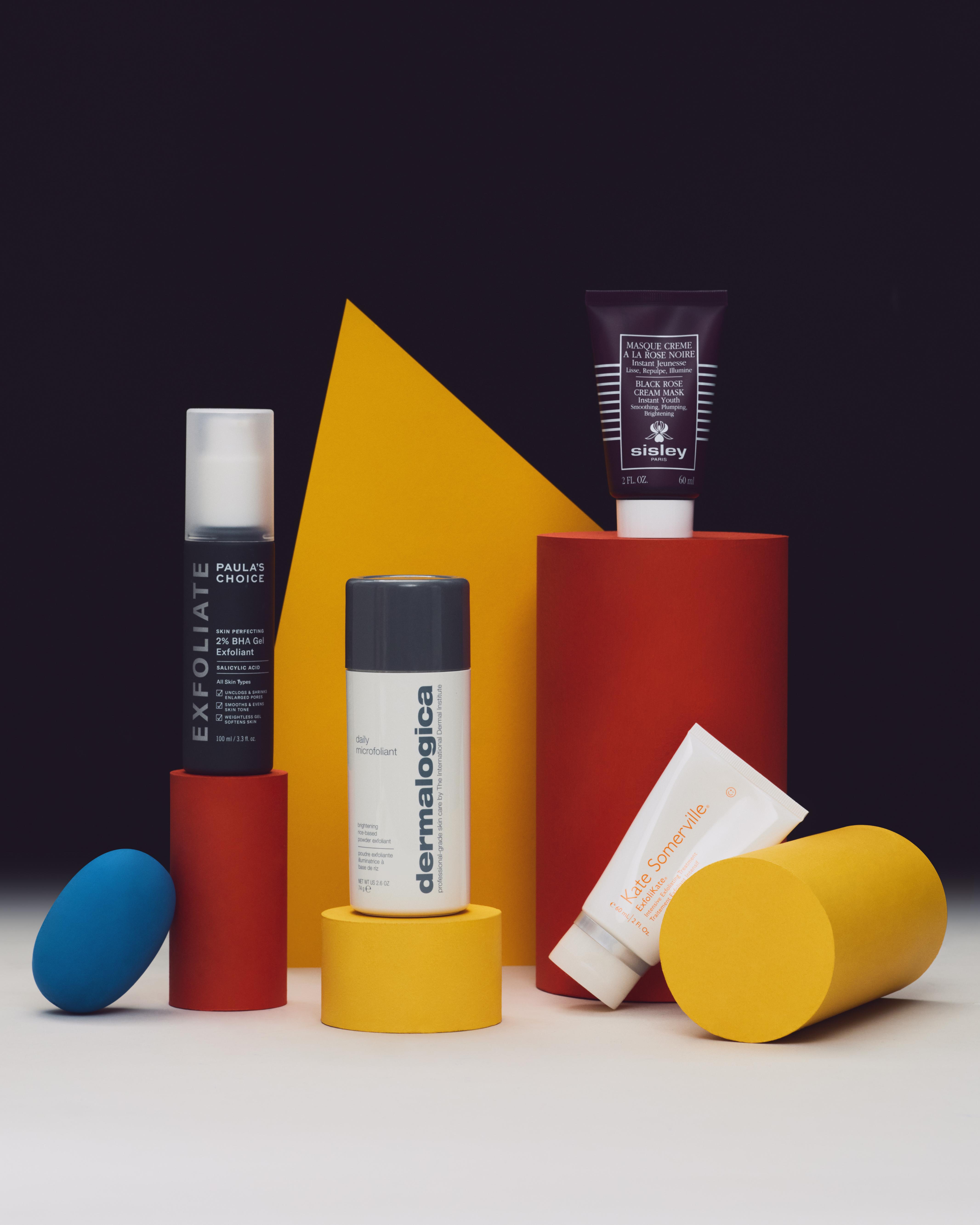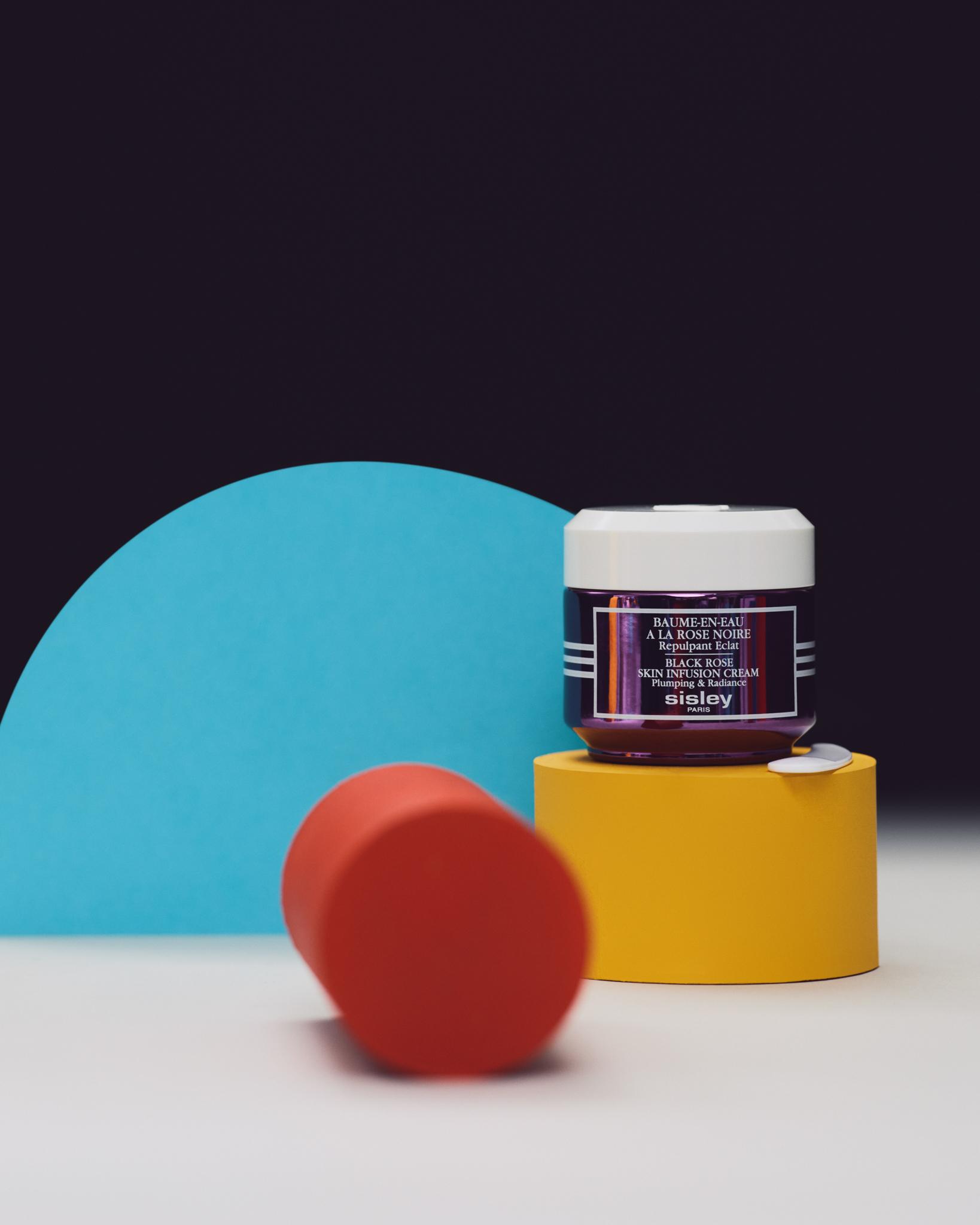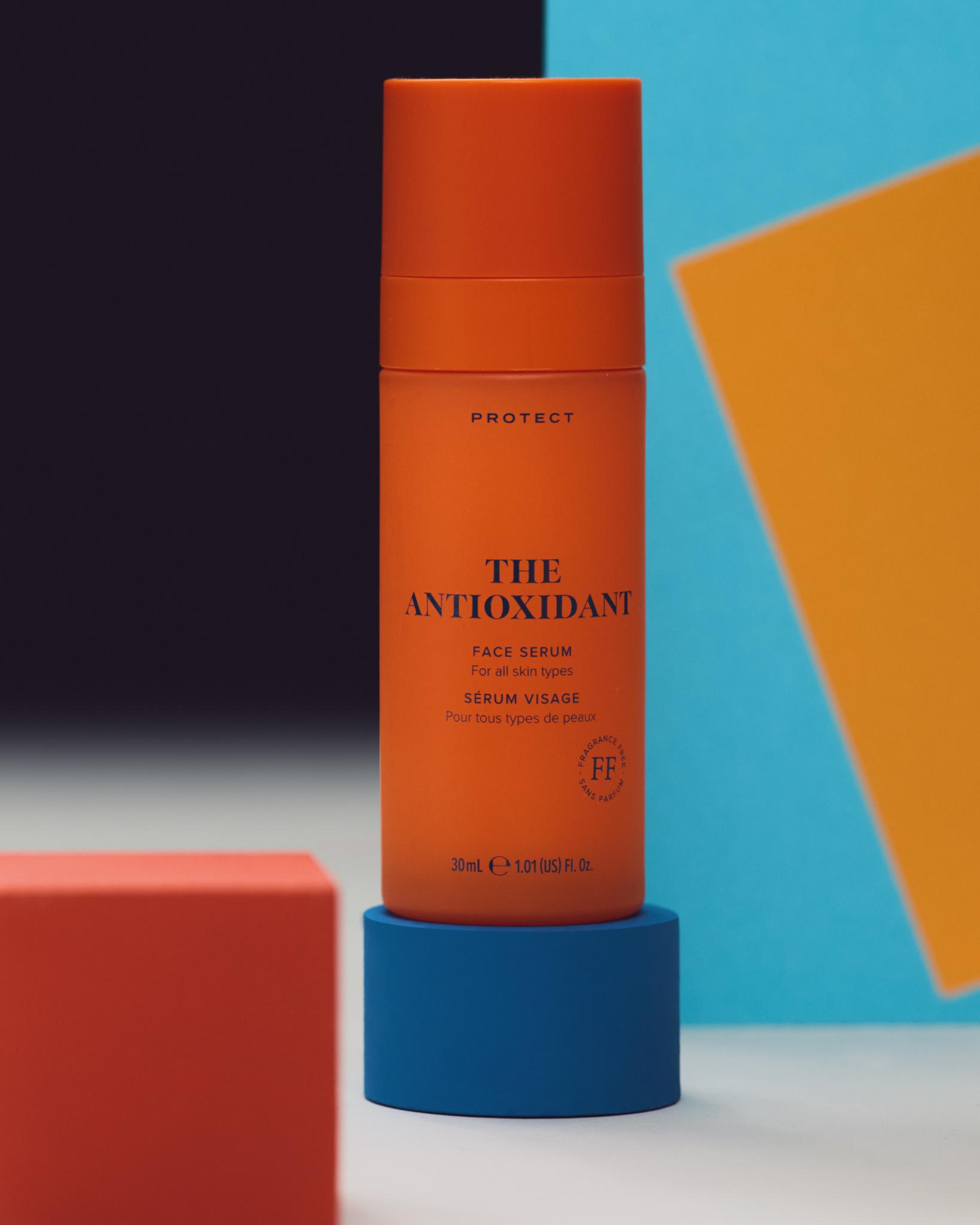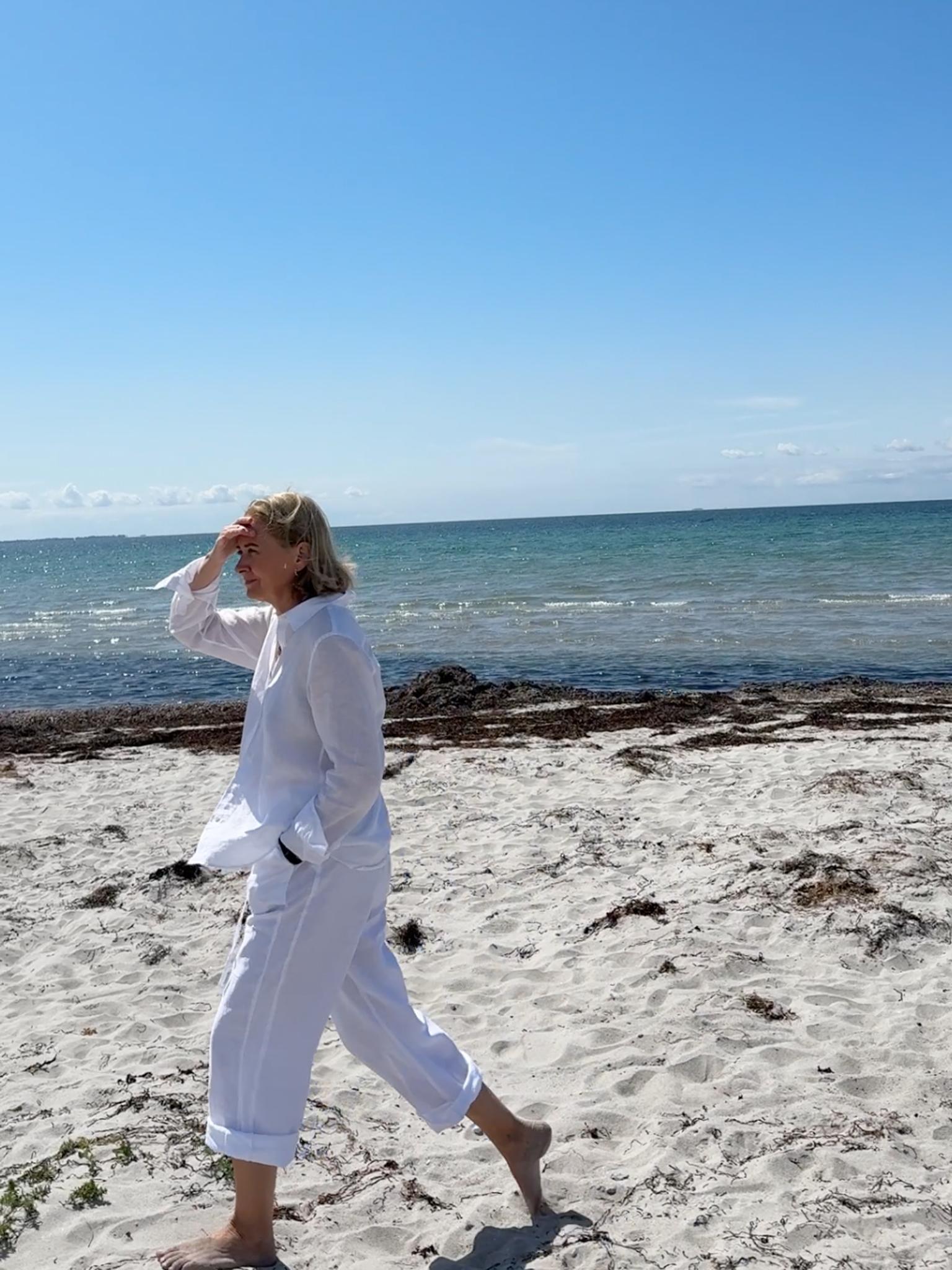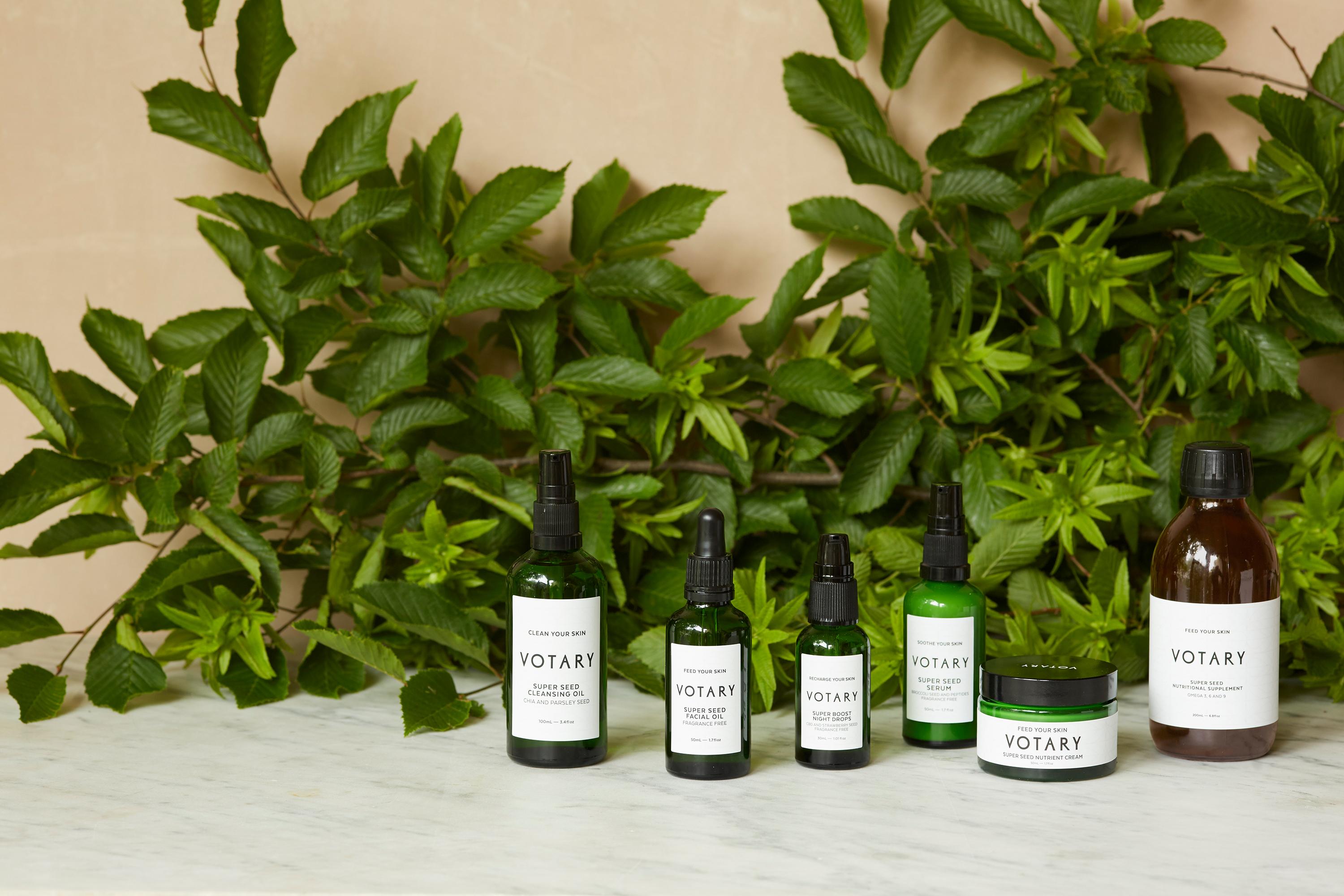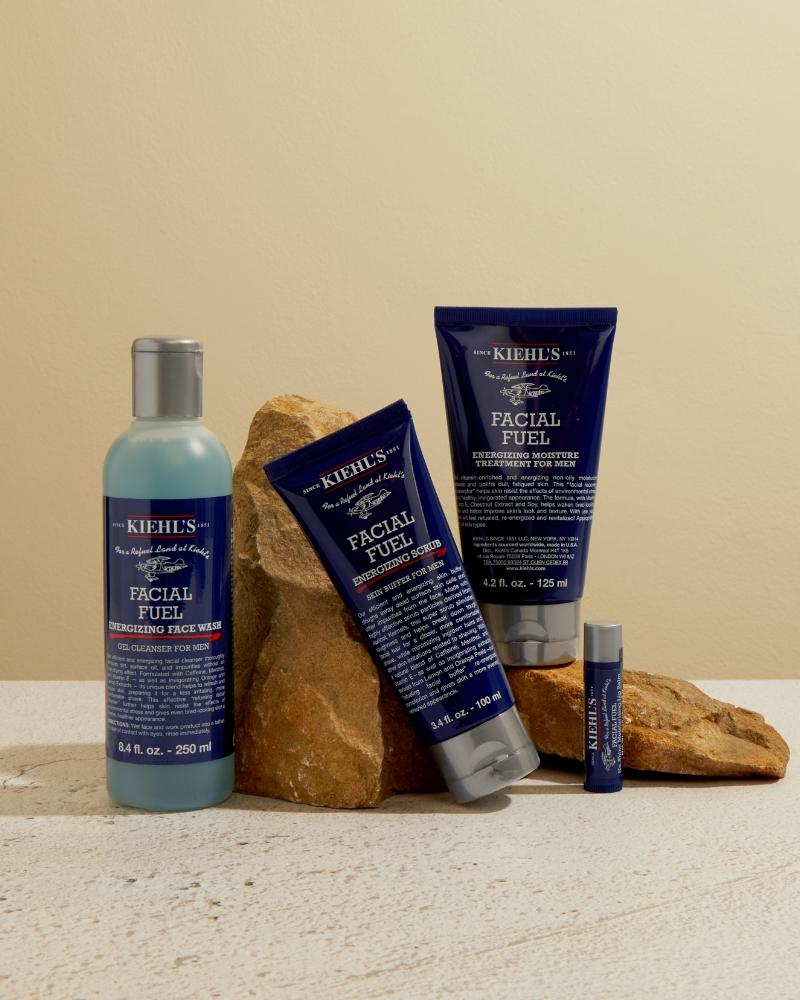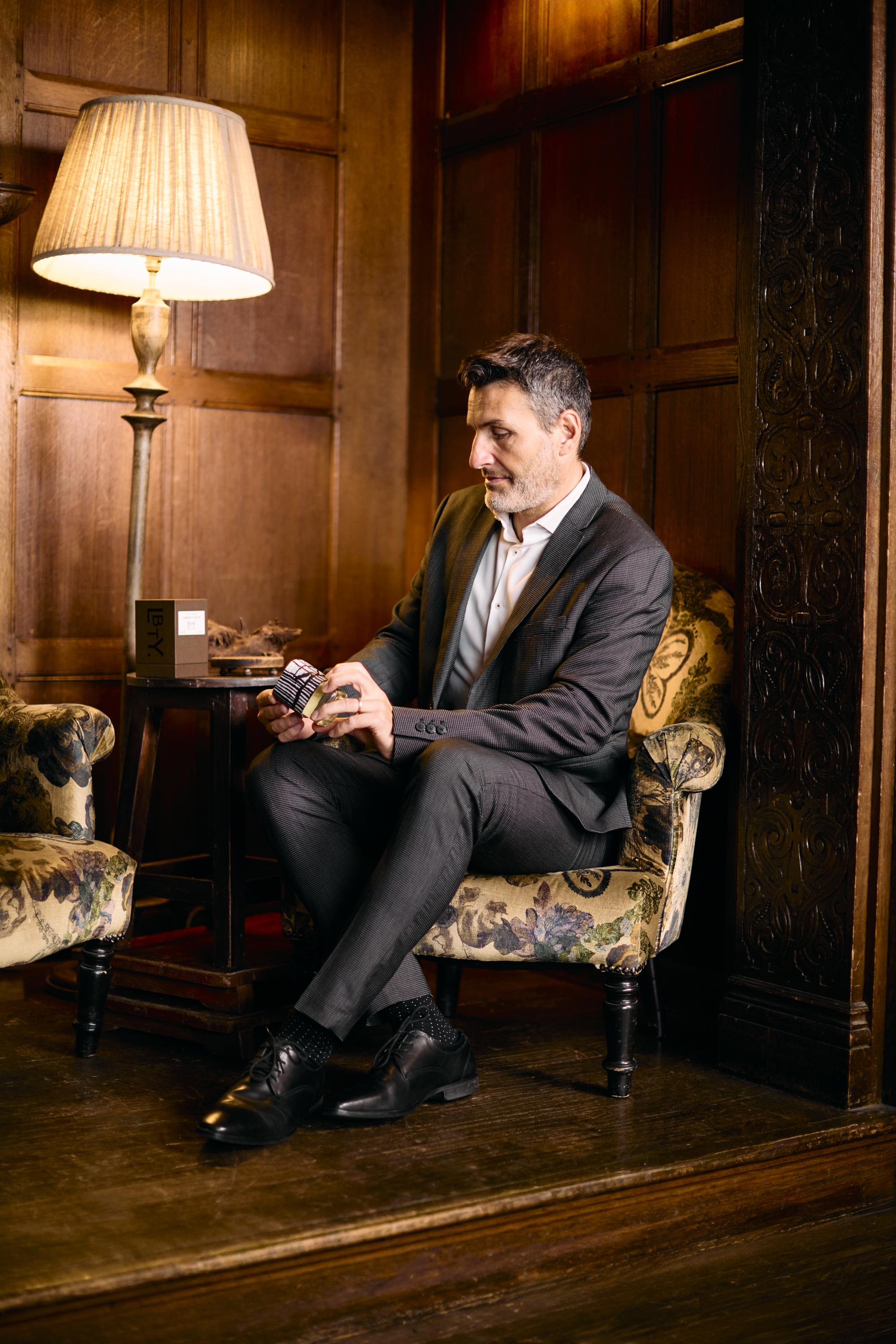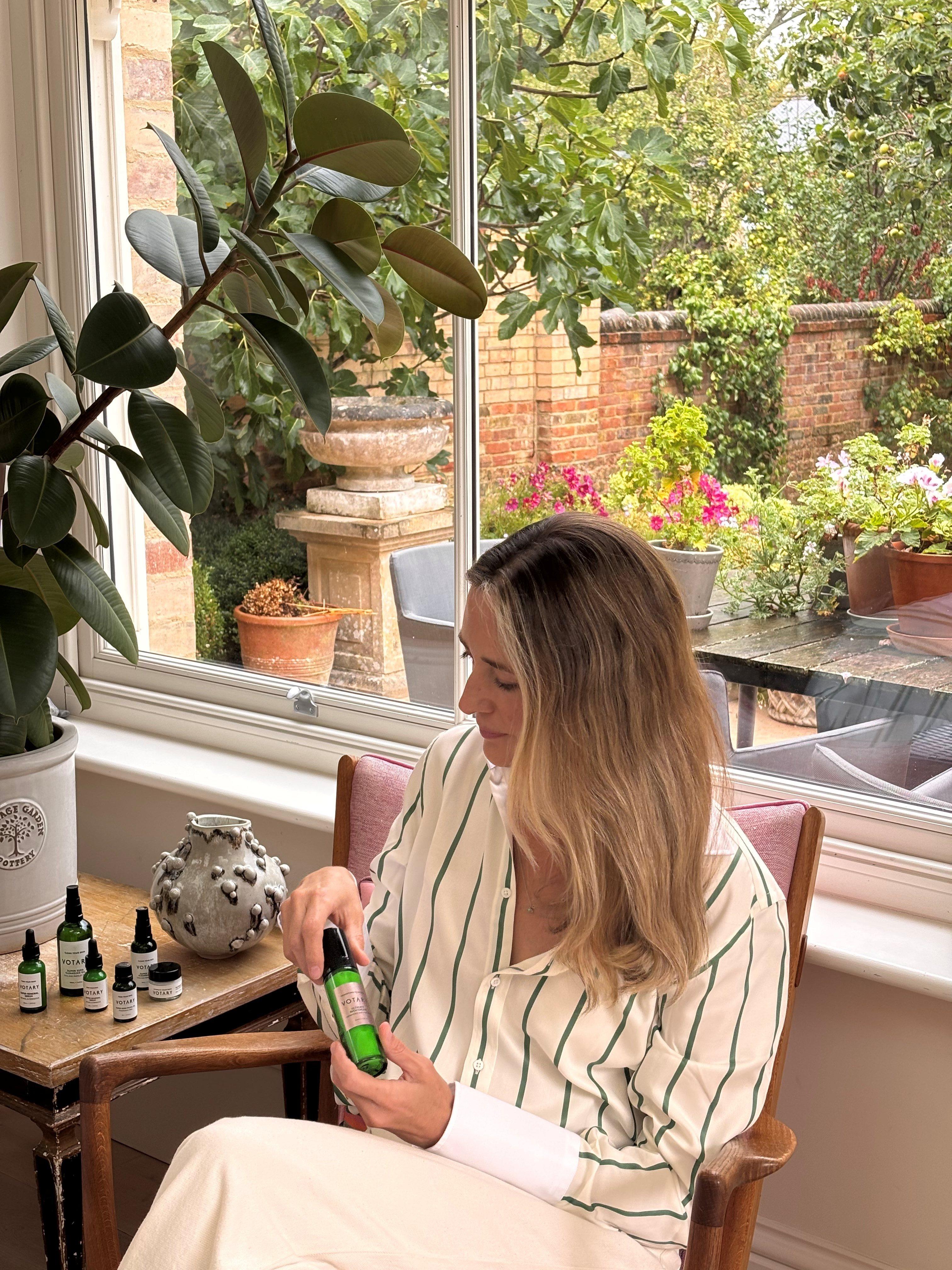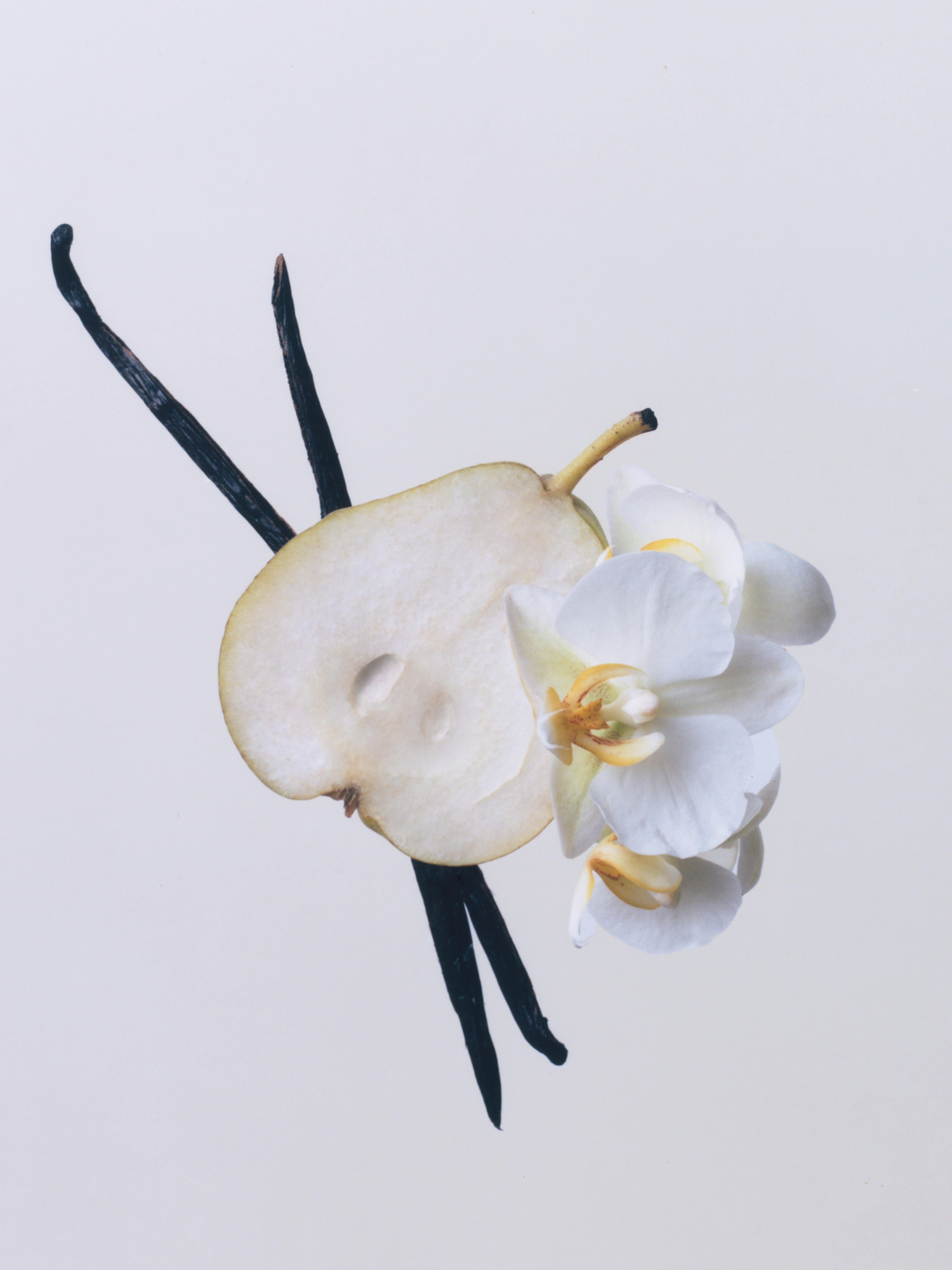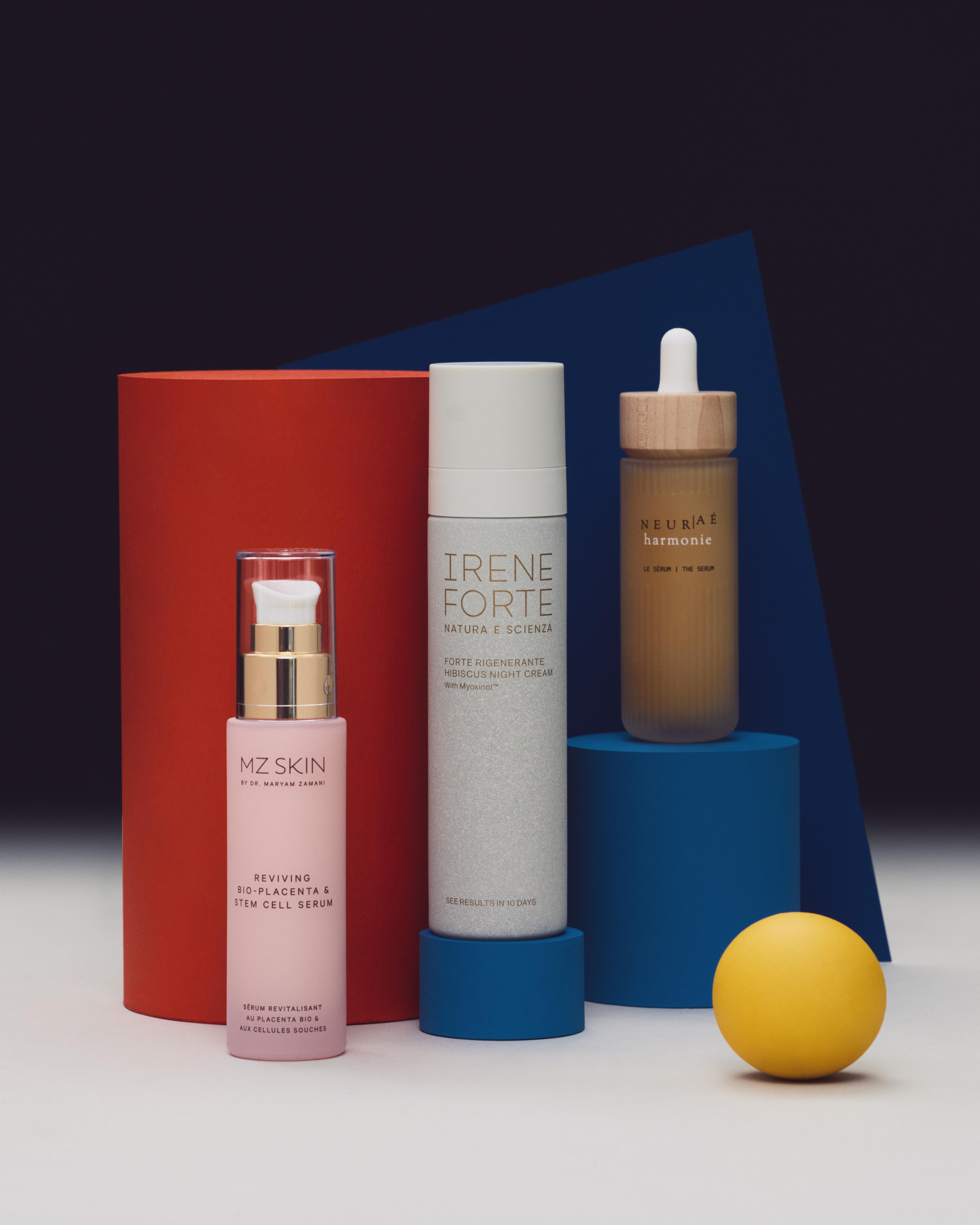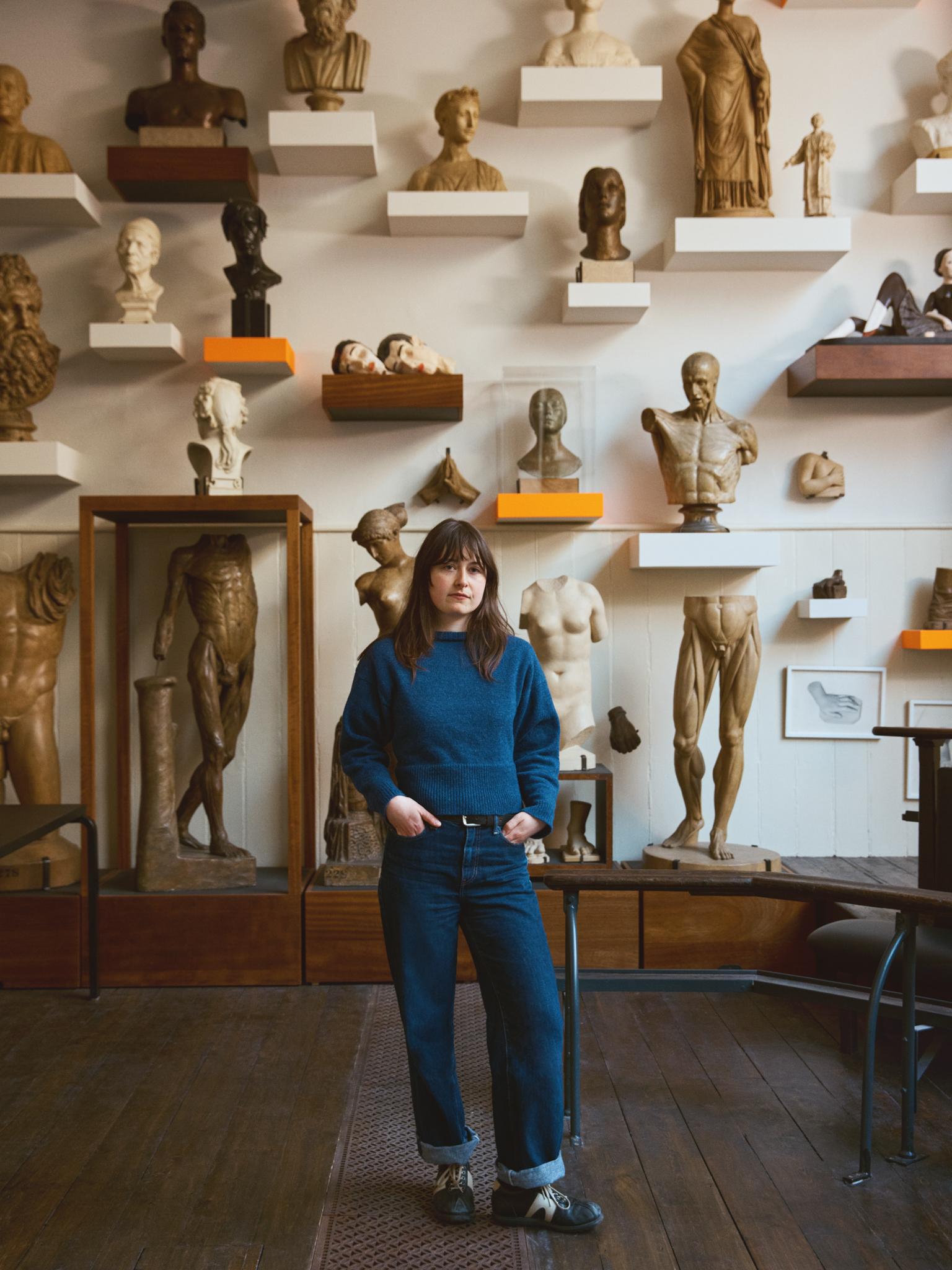
Inspired by LBTY: Liberty 1875 by RA Schools Graduate Esther Gamsu
Meet the winning Royal Academy Schools graduate behind the design of Liberty LBTY. Fragrance’s latest scent.
Read more

Inspired by LBTY: Liberty 1875 by RA Schools Graduate Esther Gamsu
Meet the winning Royal Academy Schools graduate behind the design of Liberty LBTY. Fragrance’s latest scent.
By: Team Liberty
For 150 years, Liberty has stood at the heart of the artistic movement. Our history is dotted with collaborations and partnerships with the leading creative lights of their time: from the prints of Bernard Neville and Althea McNish, to ties to names as diverse as Oscar Wilde, The Beatles and David Bowie.
It’s a fitting tribute, then, to this storied artistic legacy that the latest scent from Liberty LBTY. Fragrance, Liberty 1875, brings this collaborative mood into the present day.
Named for the year of Liberty’s founding, Liberty 1875 is a bold, smoky, tuberose-infused ode to Liberty’s heritage, crafted in a unique collaboration with the Royal Academy Schools.
Scent and story are encapsulated in a bespoke vessel designed by artist Esther Gamsu, winner of a competition hosted by Liberty, for Royal Academy Schools students to craft a design inspired by the scent. With an esteemed panel of judges including perfumer Clement Gavarry, Liberty managing director Sarah Coonan and curator and director of the RA Schools, Eliza Bonham-Carter; this unique event was held in celebration of the artistic connection and community threaded through Liberty’s history.
Winner Esther Gamsu’s practice threads ancient techniques and traditions into a contemporary context, and her creation for Liberty 1875 echoes the bold timbers of the Liberty flagship. The monochromatic, highly textural design was transposed from a knitted tapestry, and embodies Gamsu and Liberty’s shared fascination with ancient craft.
As the scent makes its debut in Liberty, Gamsu talks us through her artistic inspirations, multi-media approach and the story behind her winning design.
Have you always been creative? What were your first interactions with the world of art?
I’ve always made things, and my parents were great when I was growing up, so I always did projects at home. It was when I started my foundation in Leeds that I really fell in love with art and discovered more about the possibilities.
My dad is a potter, my mum works with textiles, so we do quite different things. I’ve always been interested in sculpture – it’s something I’ve always been drawn to. My practice is very different to theirs, but they are very supportive of what I do.
What does it mean for you to study here at the RA Schools?
It has been an amazing opportunity. I did my undergraduate degree at the Glasgow School of Art and then had some years out working a job and doing my practice on the side. Being here has given me a real chance to focus on making work, working with my peers, and spending a lot of time in the studio – something I wouldn’t have had without the support of the RA Schools.
How would you describe your approach to creation?
When I was younger, a lot of my work came from boredom – it was a way of keeping myself busy. Now, my practice is about understanding and thinking things through. I work with many different materials such as sculpture, film and textiles. The making process always comes first. That’s where my work starts, through the act of making. It is the most important thing for me. I really enjoy working with my hands, making things, figuring out how they are made, and learning the skills needed to make a sculpture or a film.
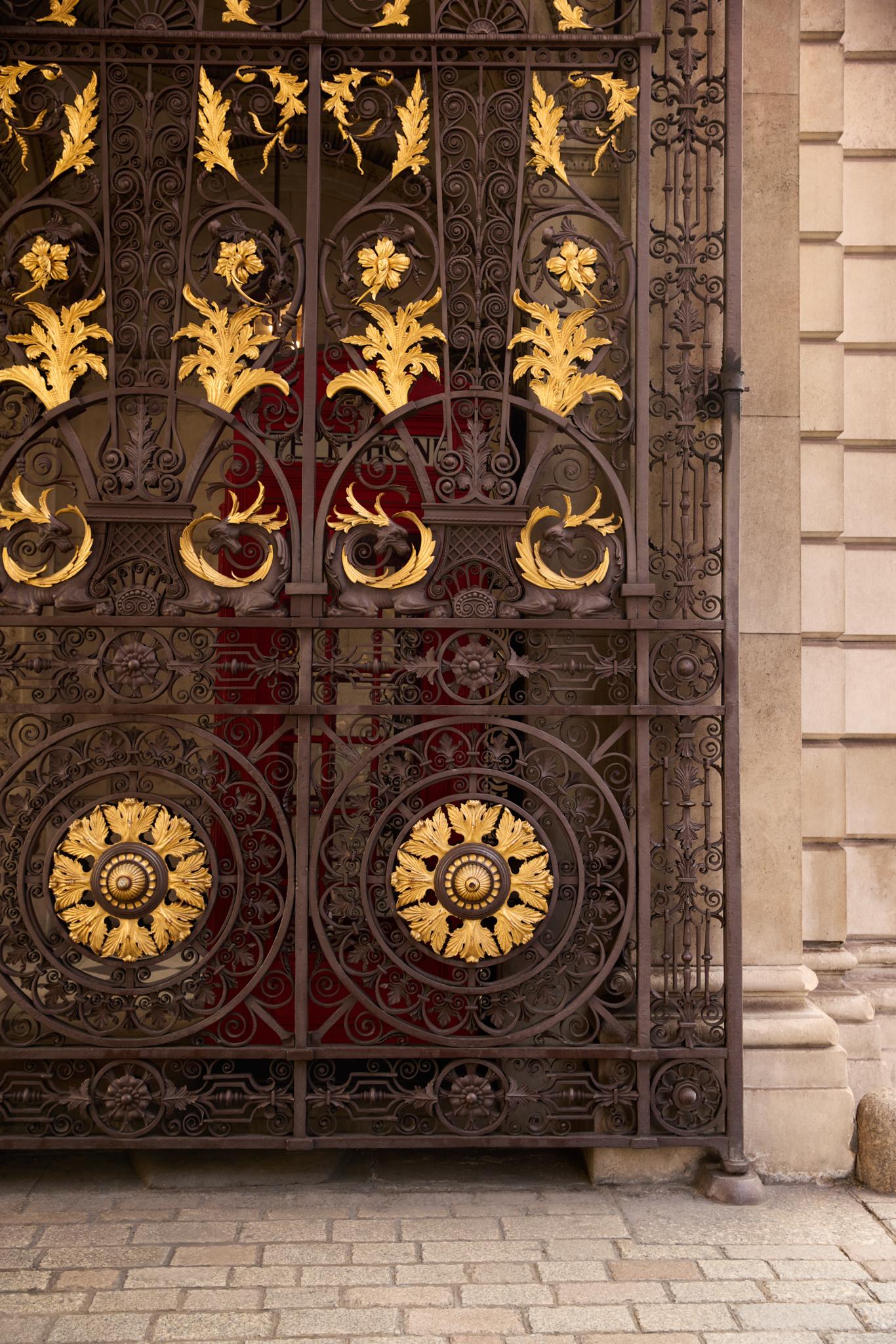
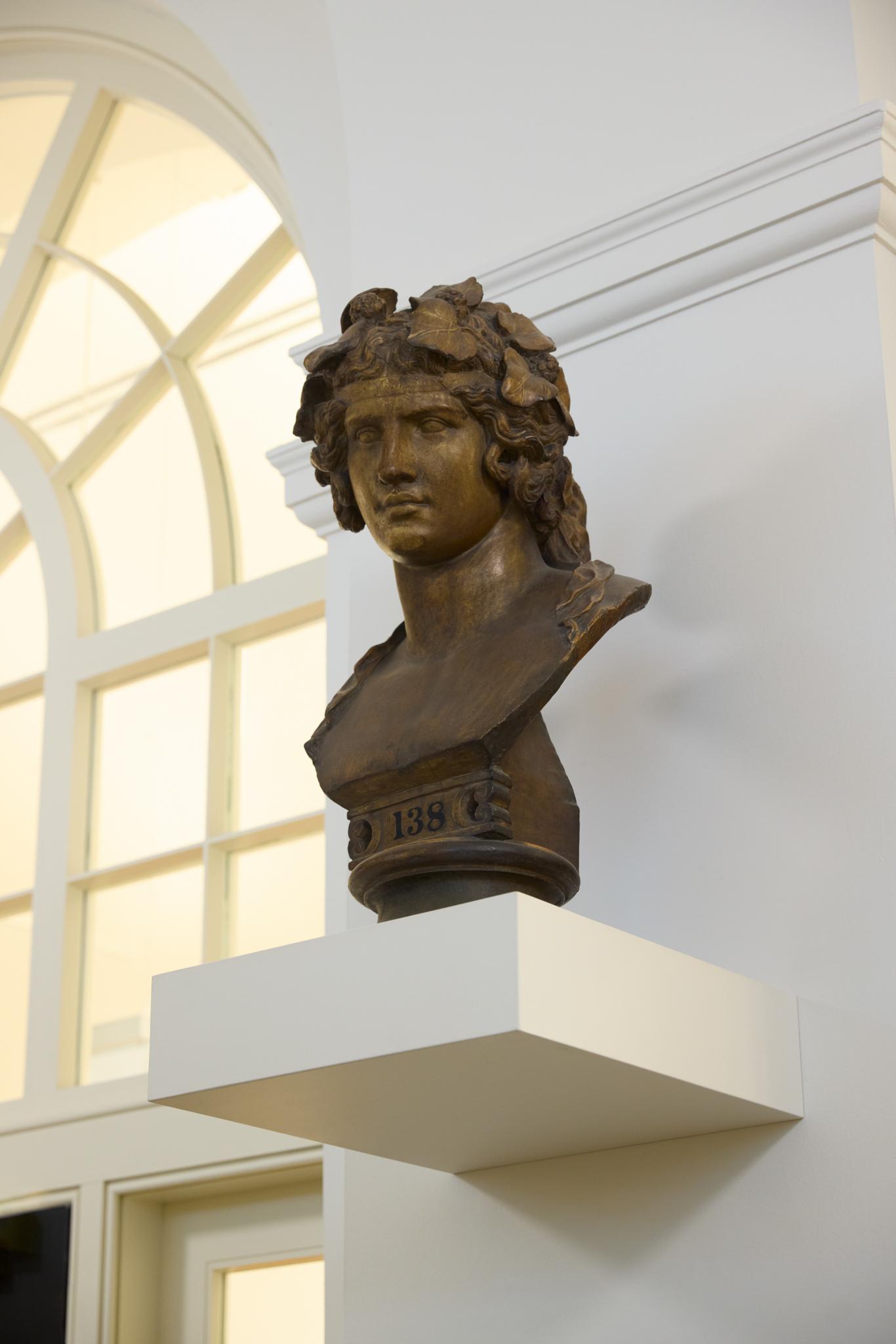
How important is fluidity to your practice – being able to switch between different mediums?
I love working with different mediums. I don’t have one particular focus. I switch between textiles, sculpture and film, depending on the idea. Sometimes I want to make something sculptural, the next time it could be film or photography. A multidisciplinary approach allows a freedom in making that I don’t feel I’d have if I stuck to just one medium.
How do you overcome a creative block?
Taking a break is really important. I used to put pressure on myself to spend 9–5 in the studio, but that isn’t conducive to my practice. Taking time out – seeing shows, going for walks, doing something different – helps me stay in a place where I can make work. Being at the RA Schools, I also have amazing friends and peers who keep me going. Having that community is vital.
Where do you find your inspiration?
Inspiration comes from everywhere. Often, it’s pop culture, film, TV, or images I see online. I love going to museums and looking at collections and archives, learning the history of objects. That really feeds me creatively.
What inspired you when you saw the brief for Liberty 1875, and how did you approach creating your artwork?
I thought it was an exciting opportunity to do something different. As an artist, I don’t usually work to briefs in the way a designer might, so this was a chance to respond to something specific.
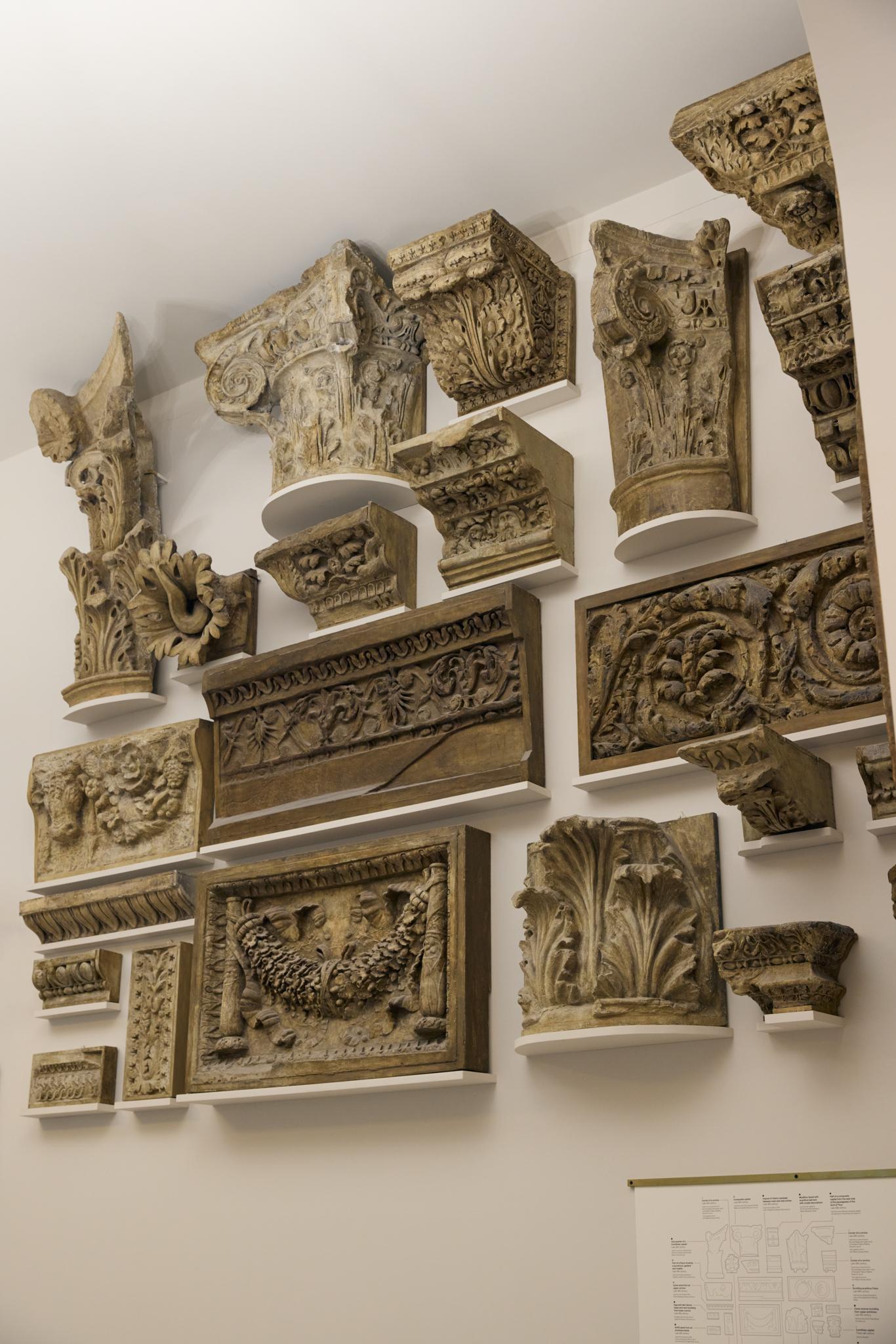
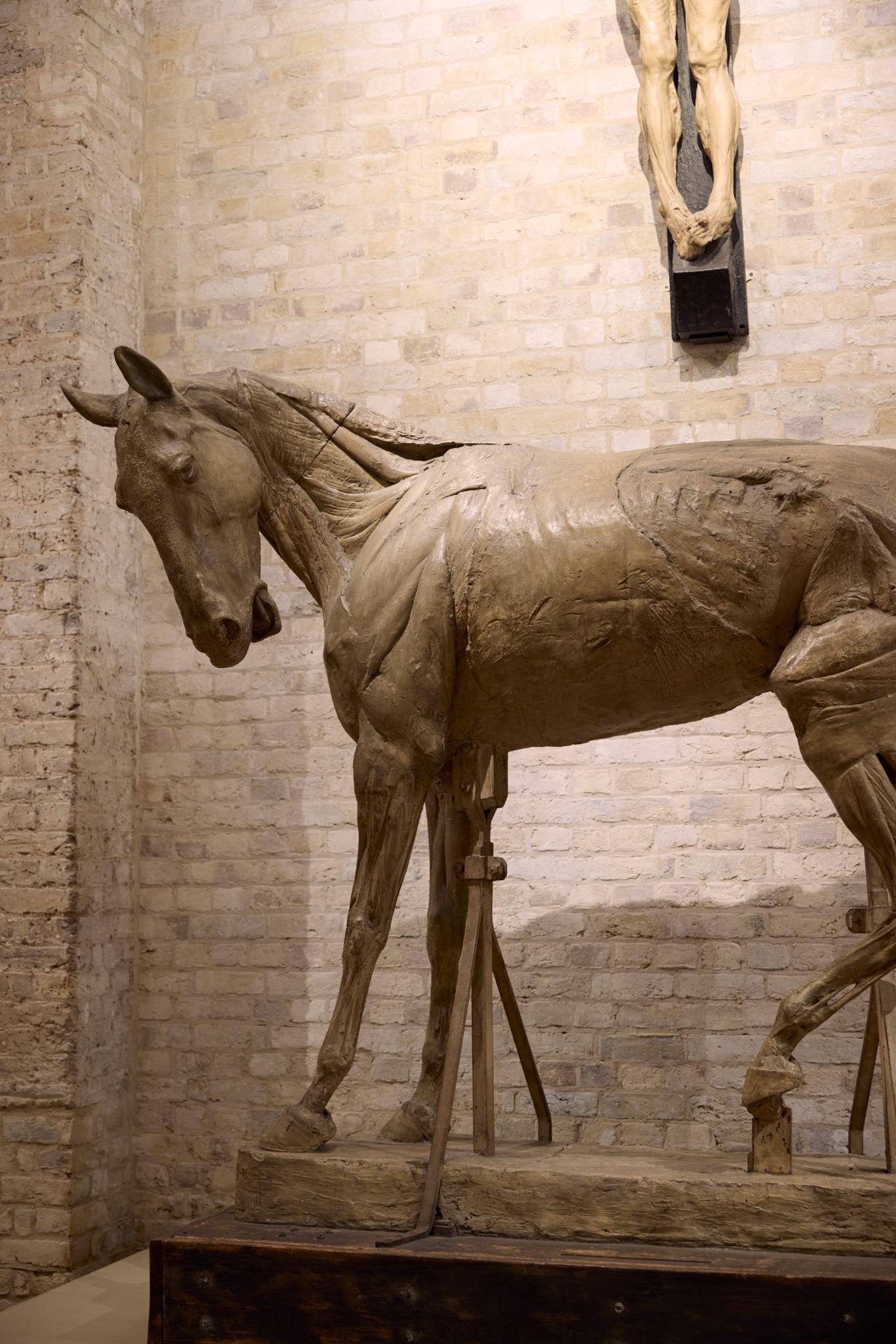
How did you find working to physical constraints, making packaging?
I approached it as a challenge. I’m quite into packaging as a thing. Walking down Bond Street you see shops with elaborate boxes and designs, and I liked the idea of working to a constraint because it’s not something I usually do. Normally I work without any.
Have you ever worked with your sense of smell before?
No – this was the first time, making a "smelly" work. It was challenging and exciting. I usually work with how things look or feel, so working with smell was new, but it was also stimulating.
Can you describe your final design, and how you think it brings to life the fragrance inside the bottle?
I was inspired by the oak scents of the fragrance. There were ideas around old smoking rooms and the wood interiors of Liberty. I wanted to work with the idea of the Liberty building and its architecture, and make something that reflected that. The final design is an image of a tapestry I knitted of a Tudor architectural pattern, which I felt suited a fragrance that speaks to Liberty’s history.
As your studies at the RA Schools come to an end, what do you hope your creative future holds?
I just want to keep making work. I don’t have solid plans for when I finish, because the RA Schools is such an intense, focused place. I just want to keep working in some capacity for as long as I can.
Discover More from Inspired by LBTY.
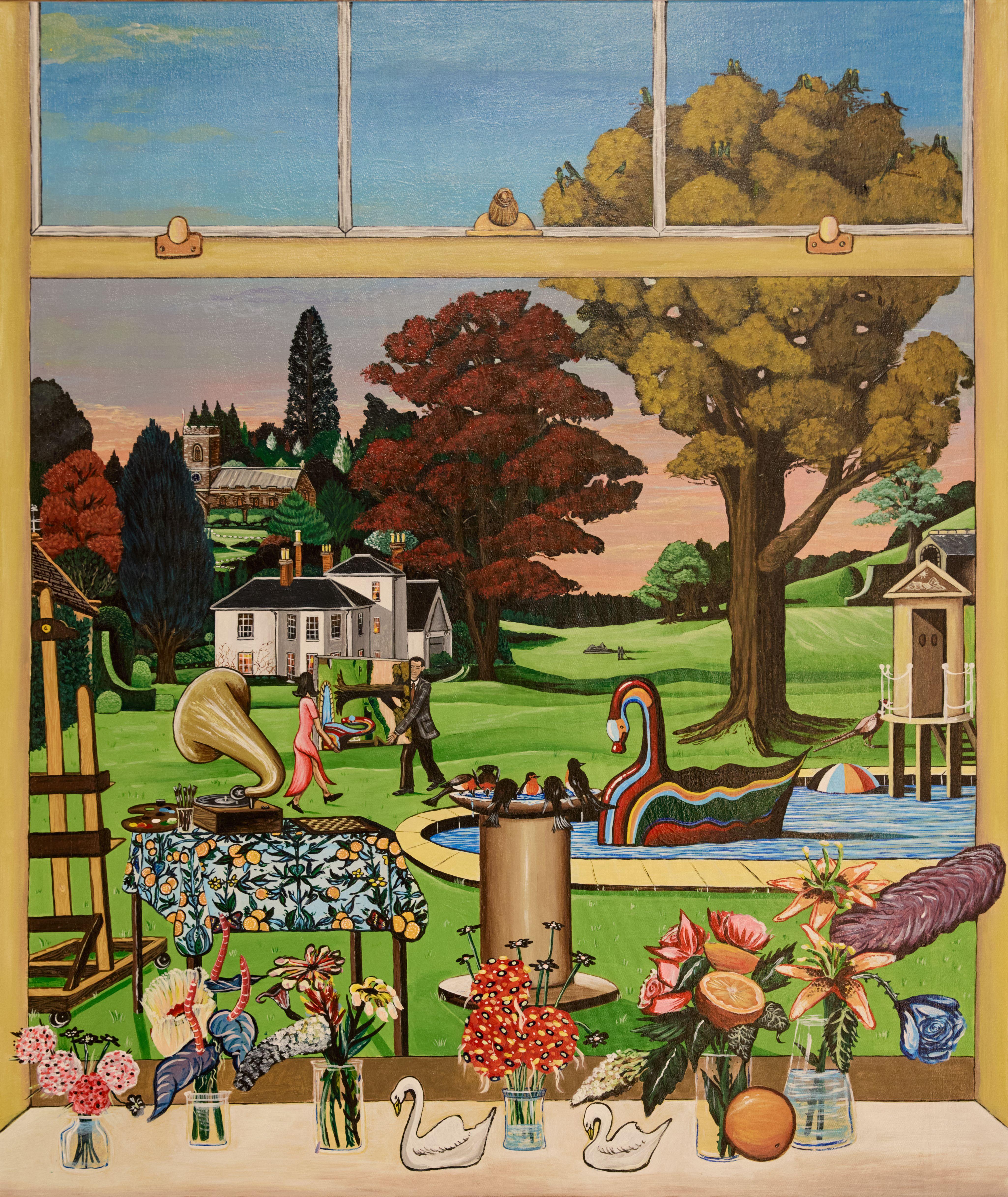
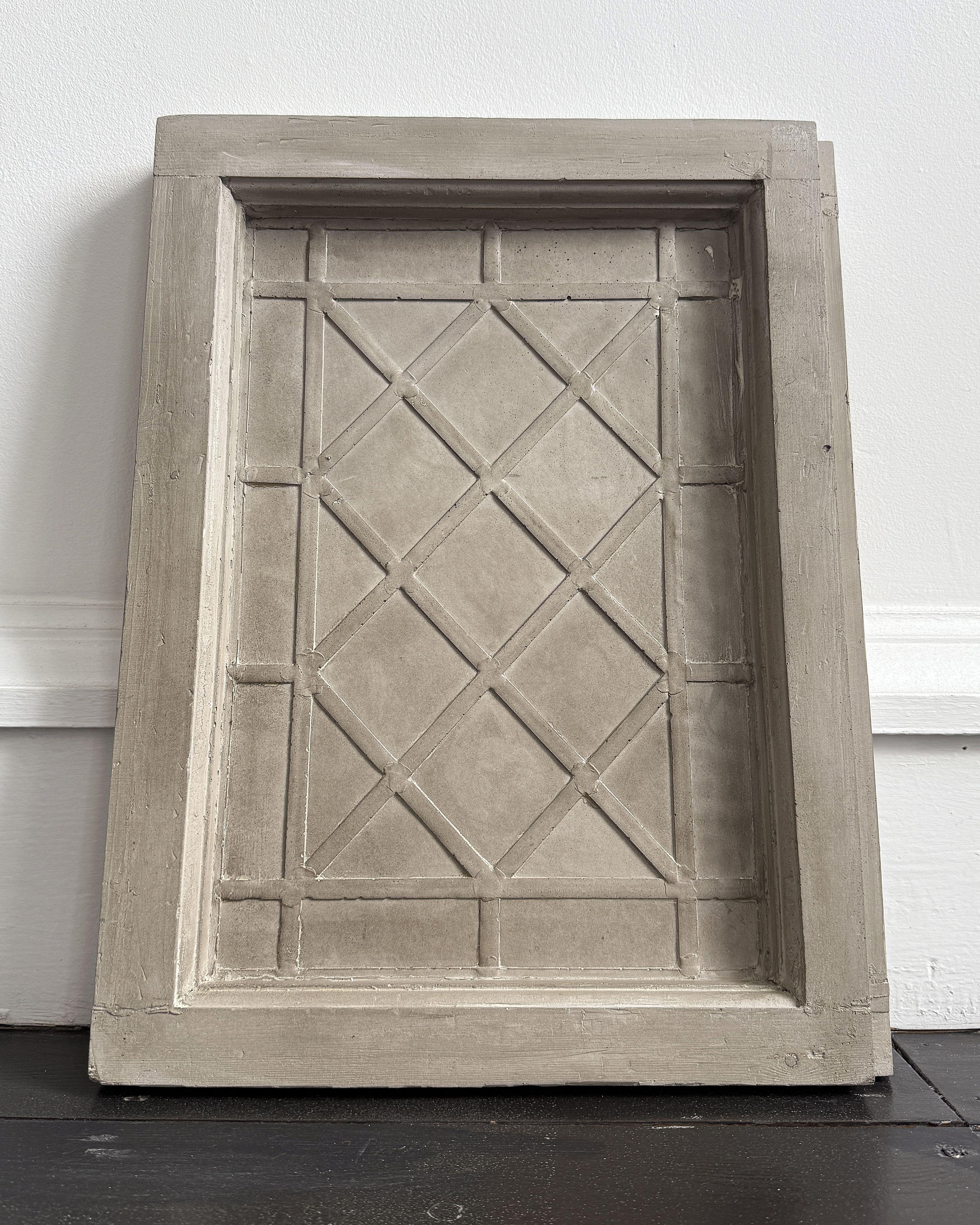
Tudor by George Richardson
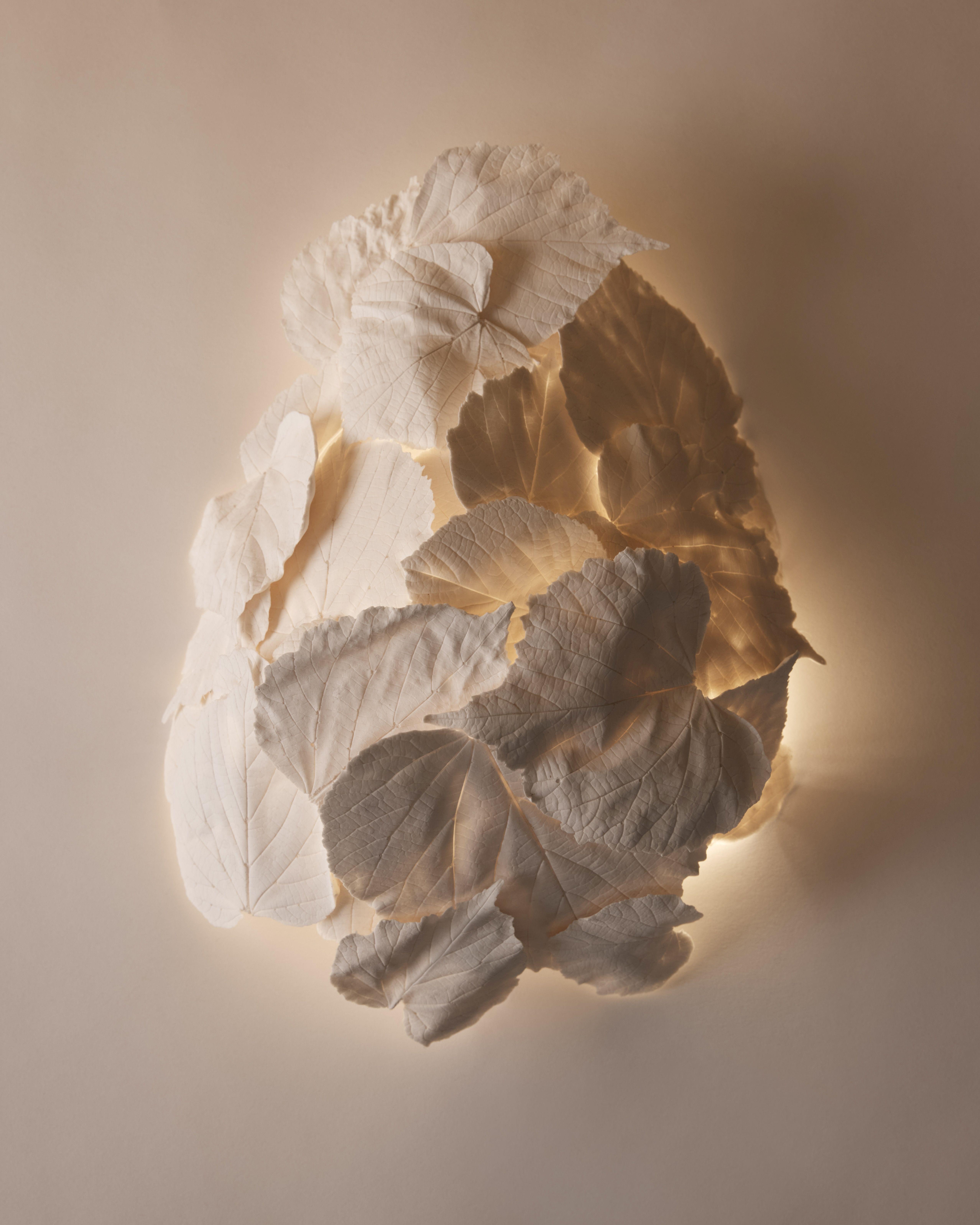
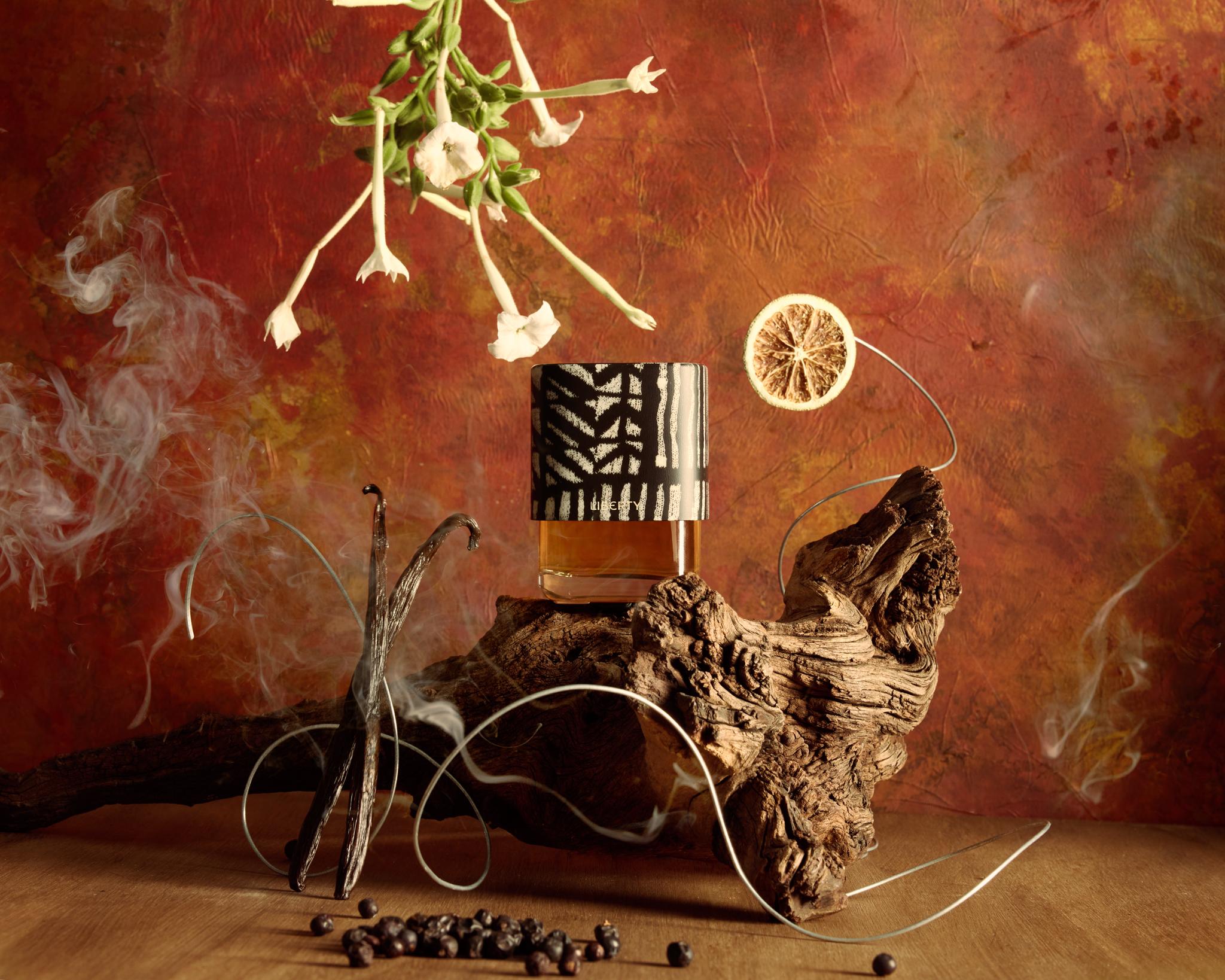
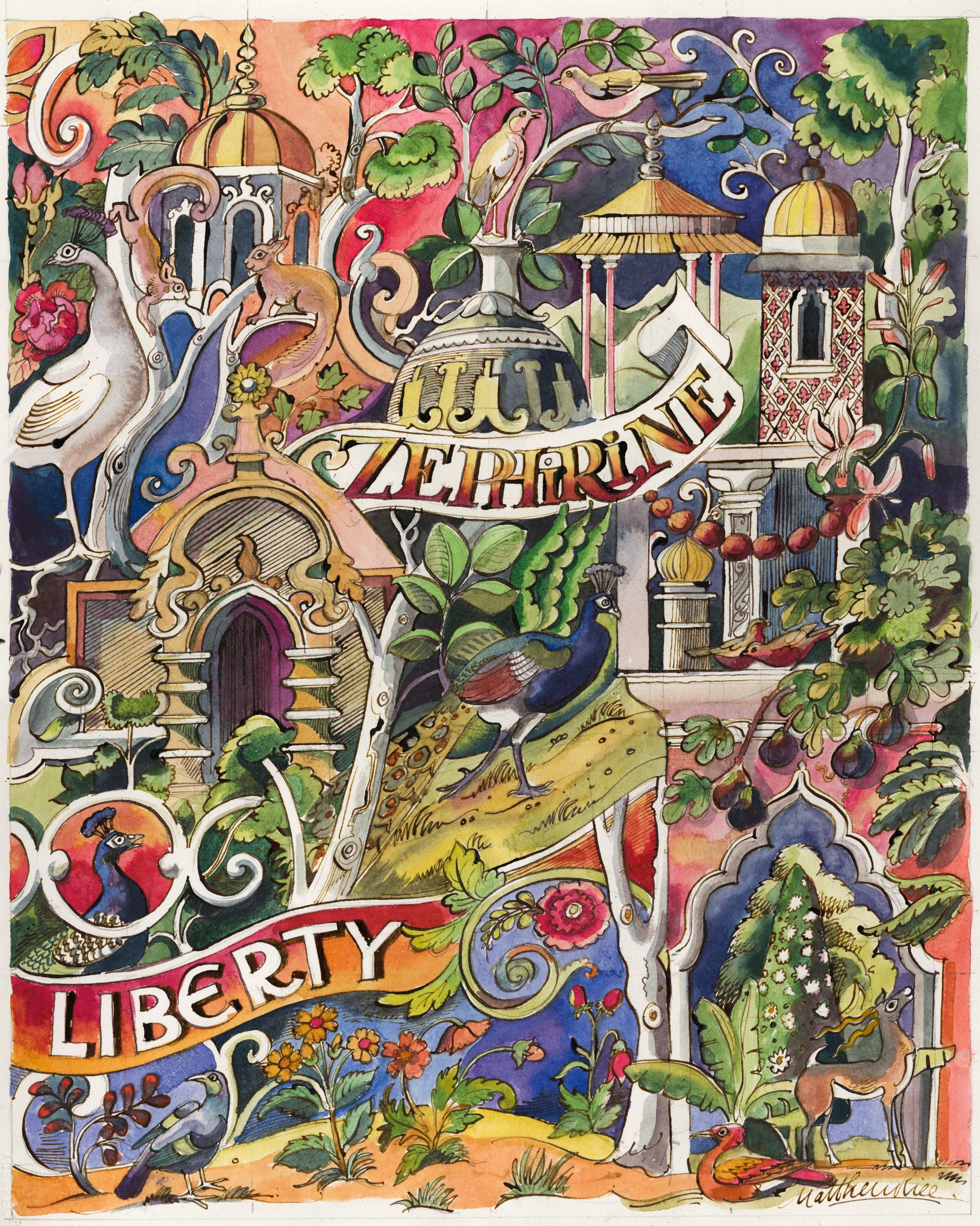
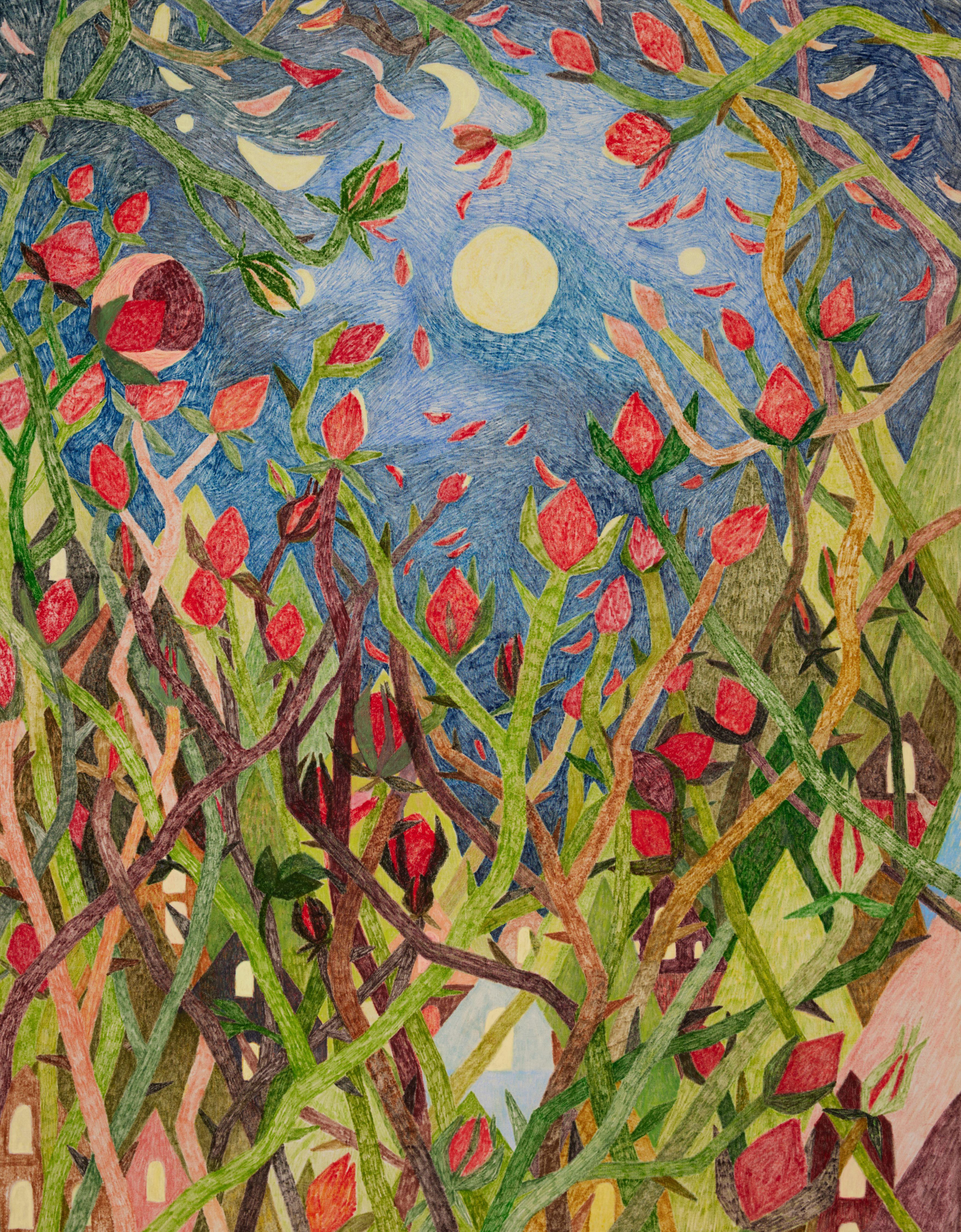
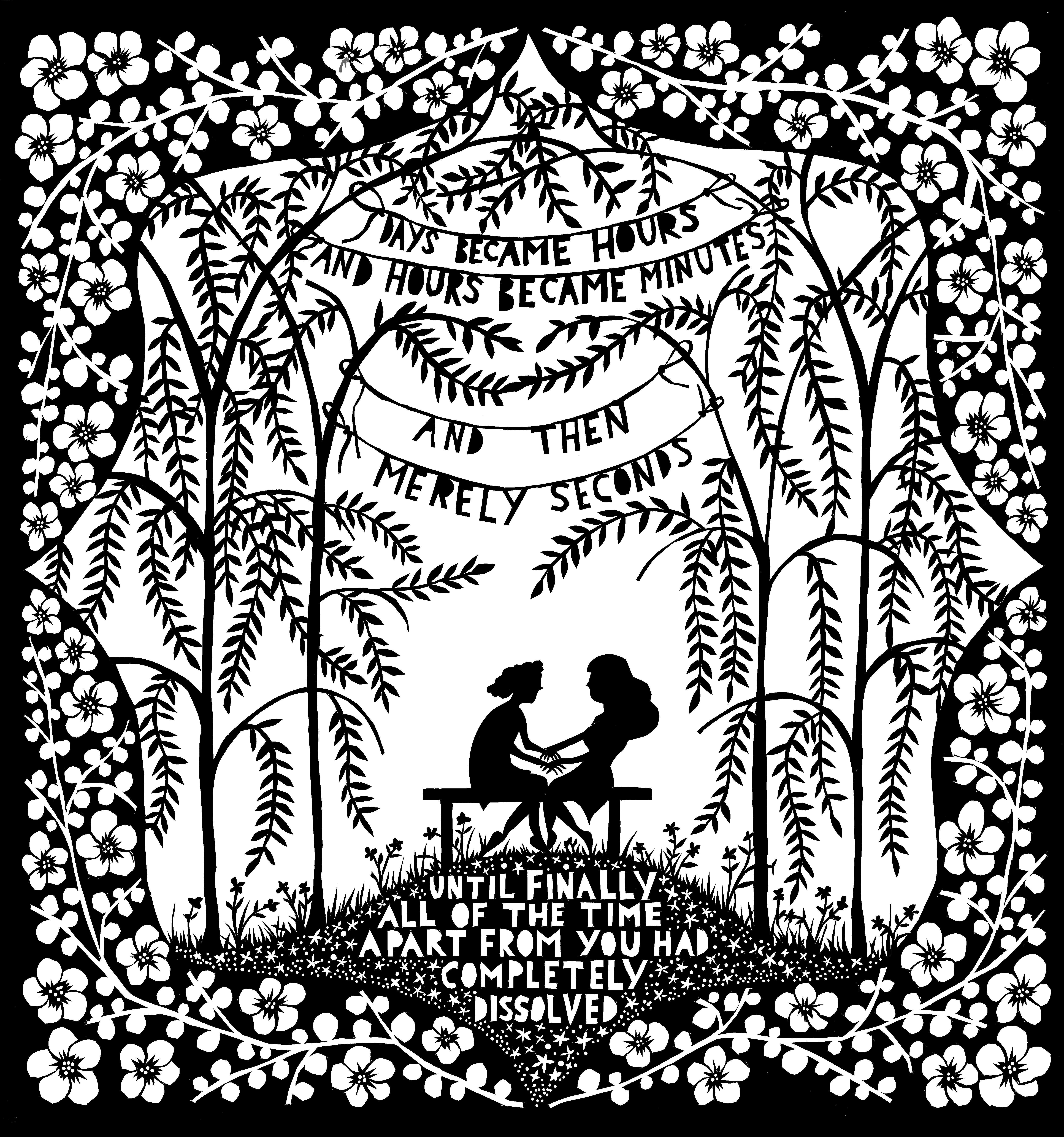
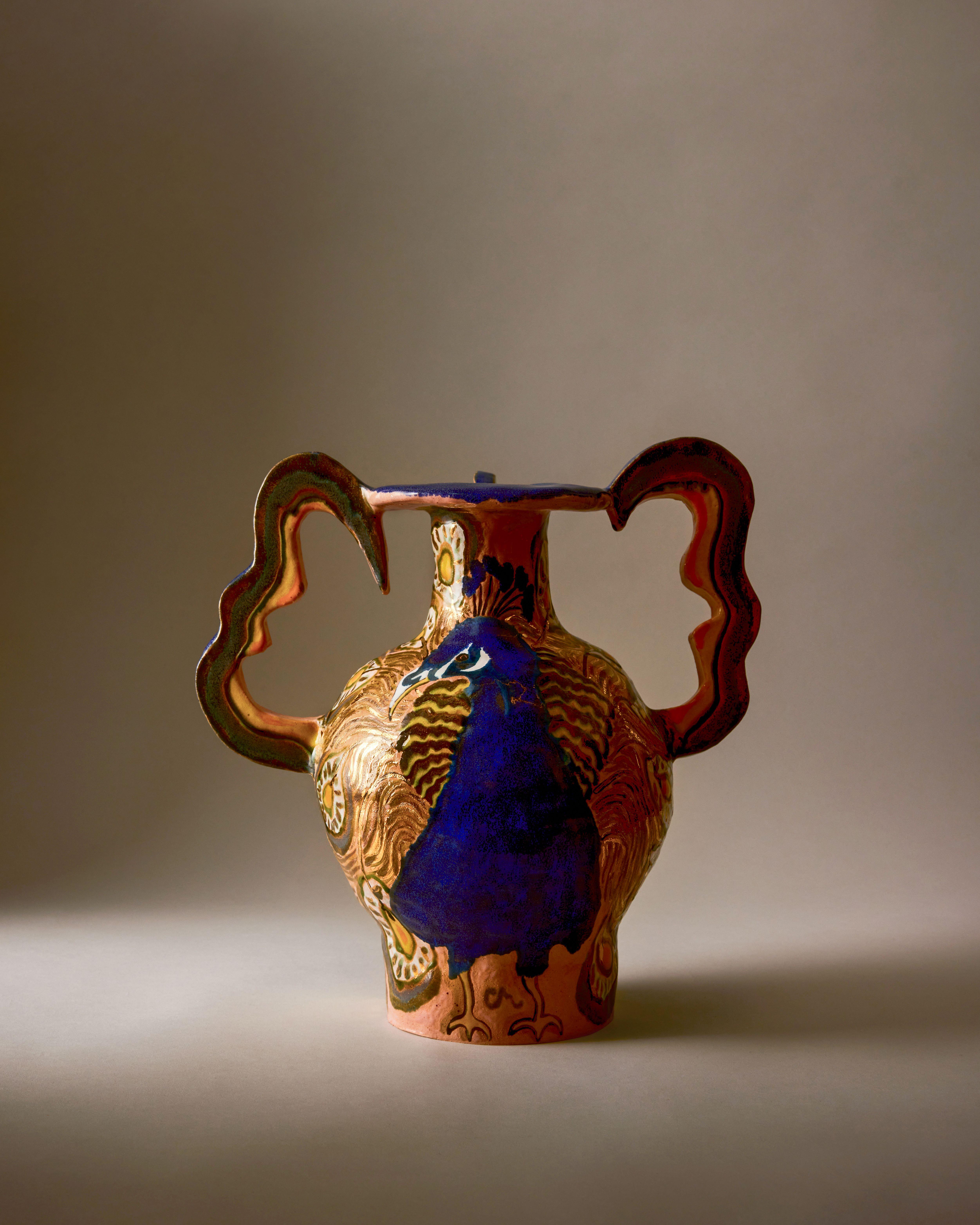
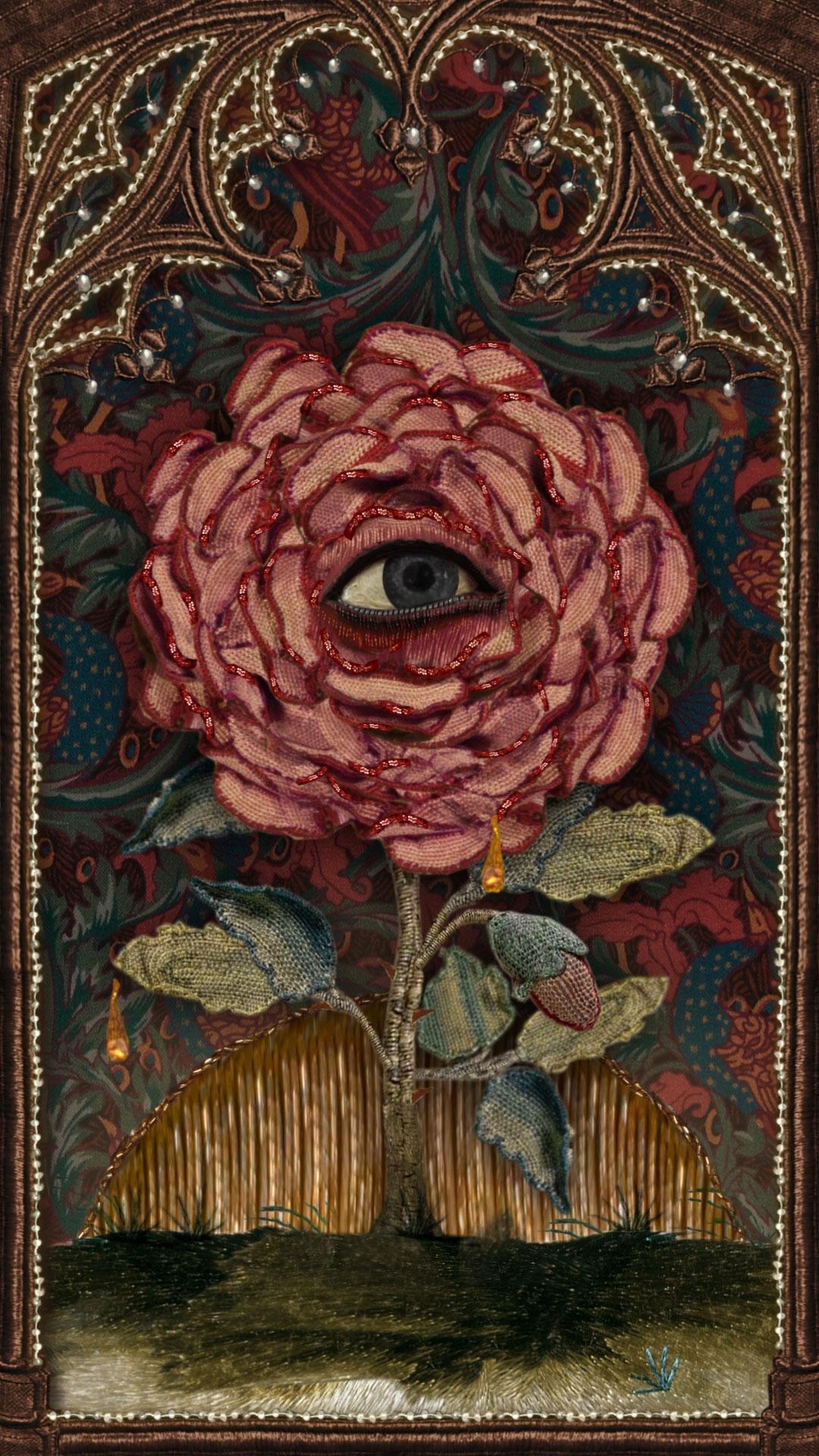
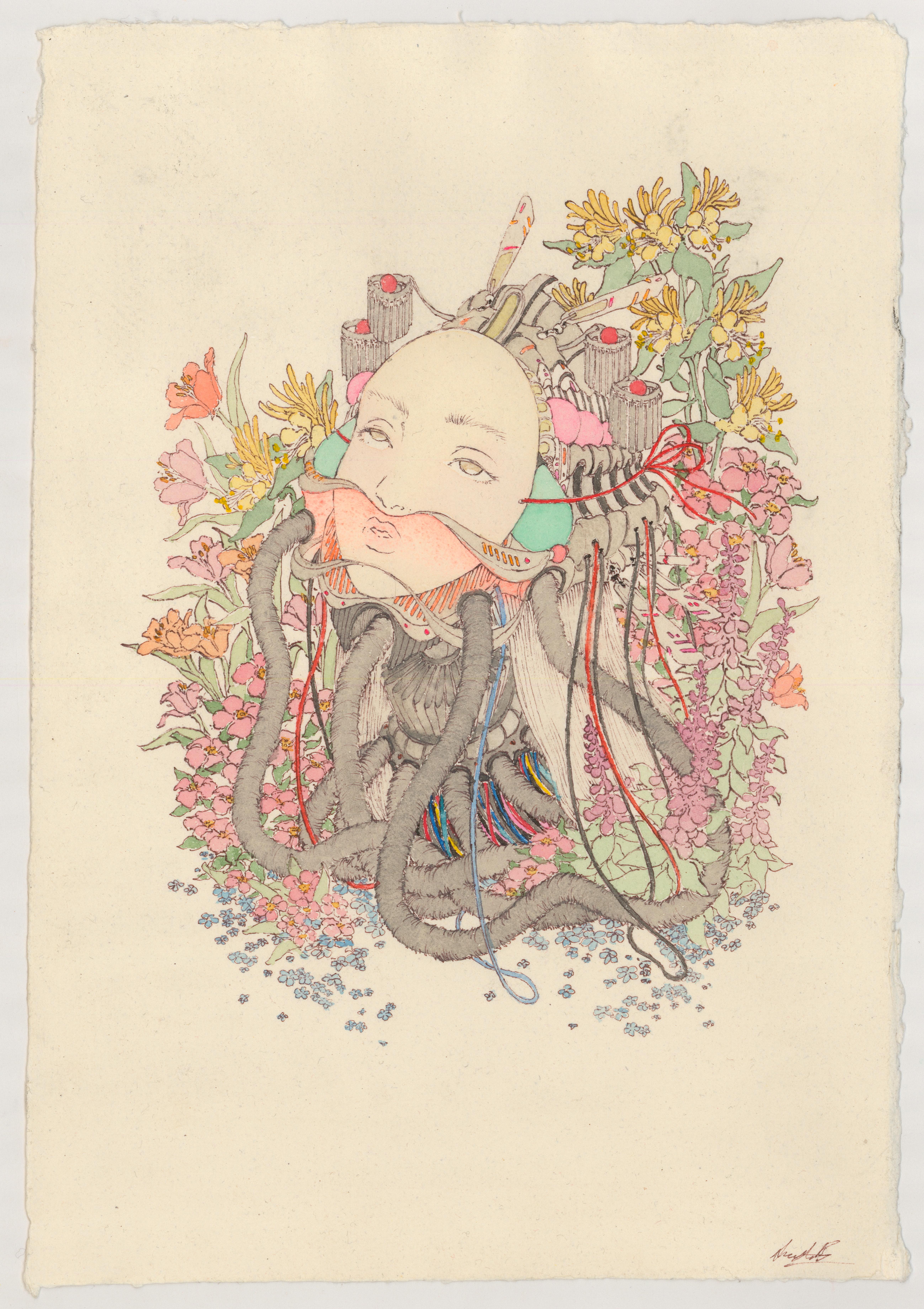


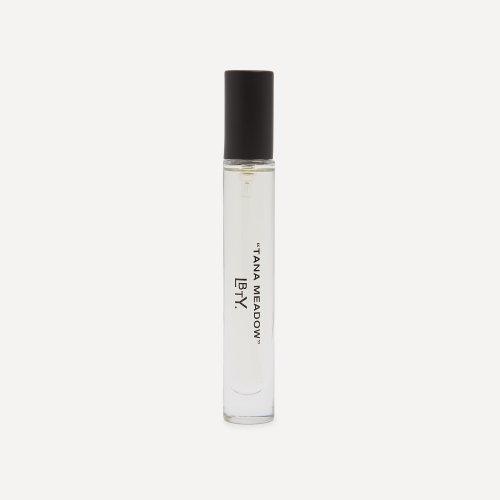
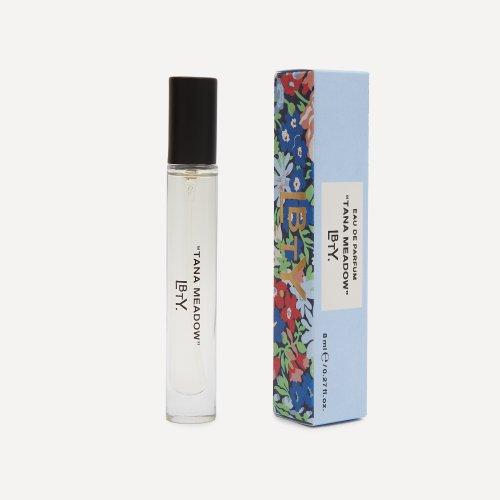
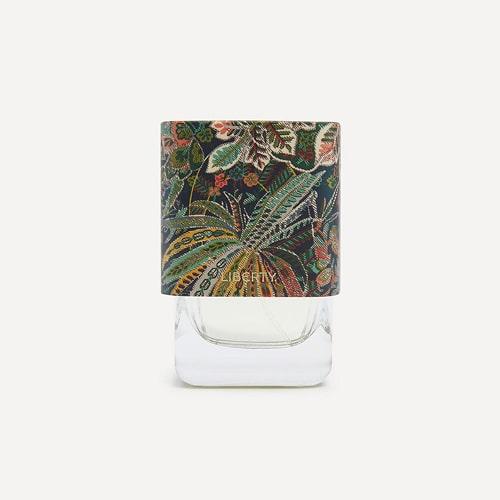
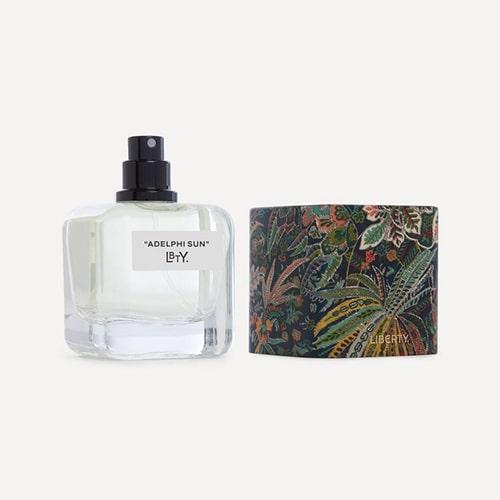

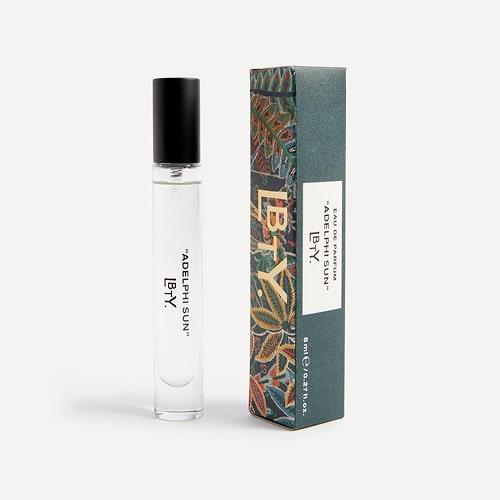
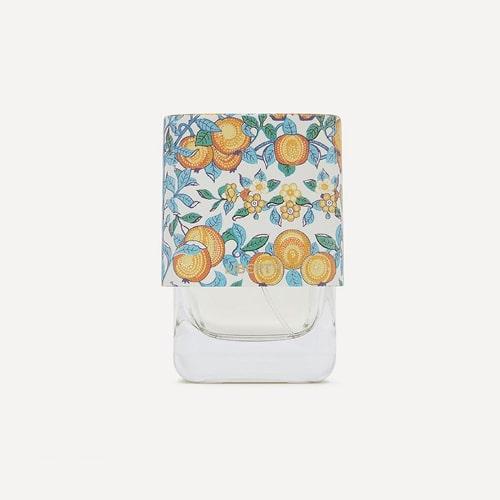

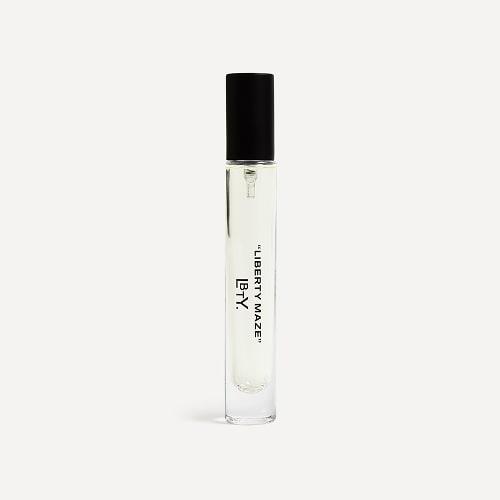
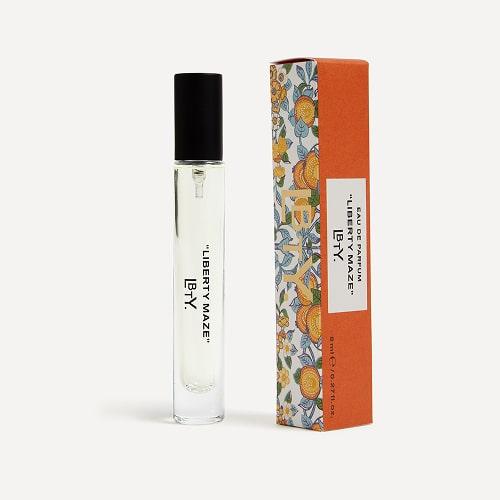
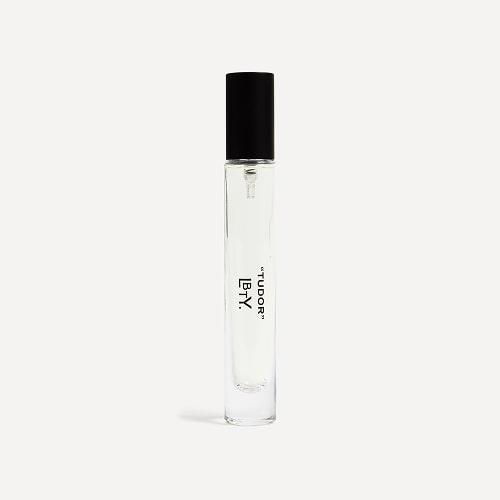
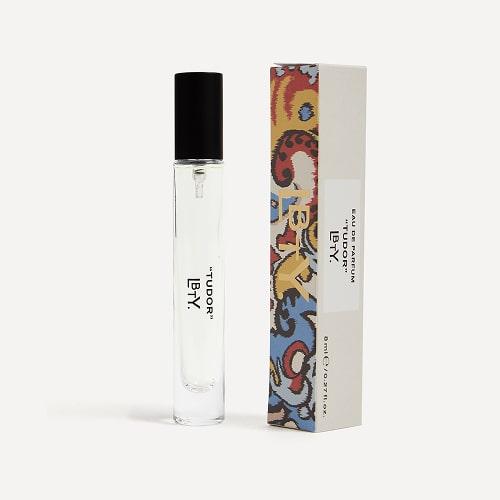
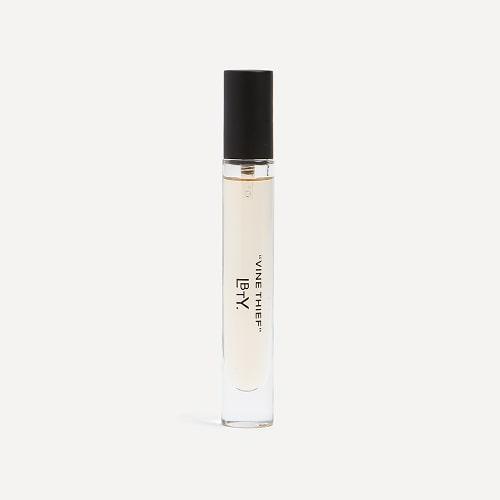

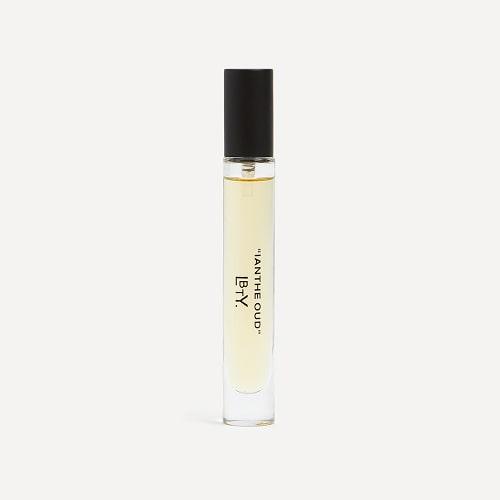
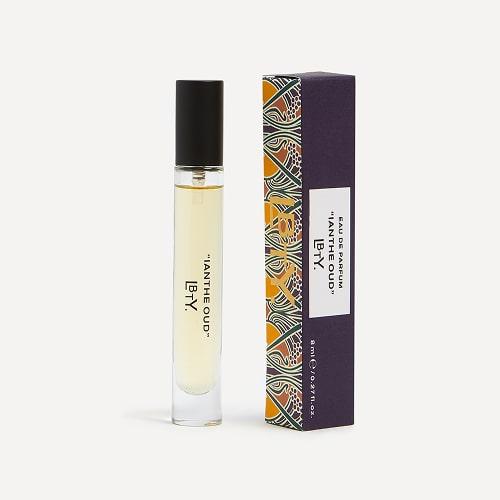
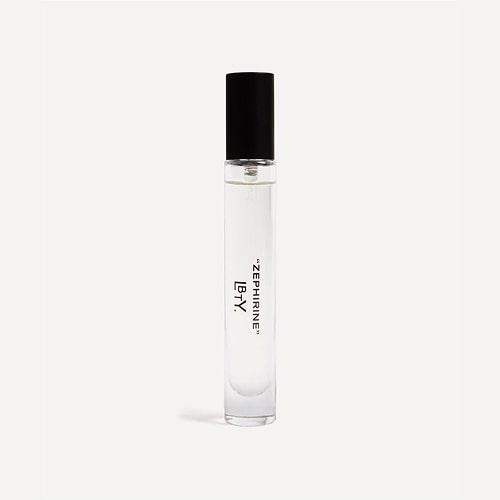
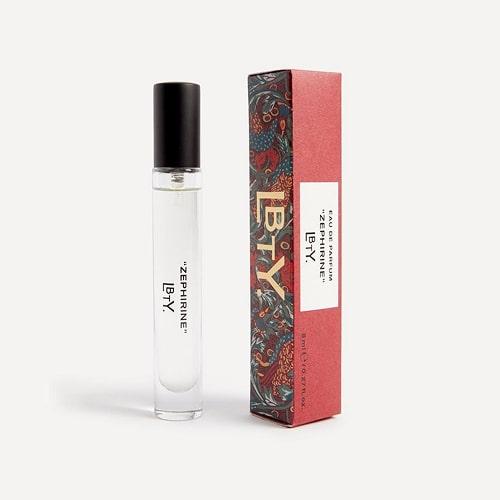
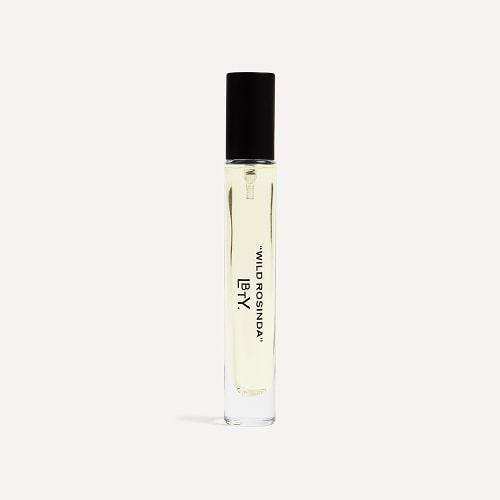
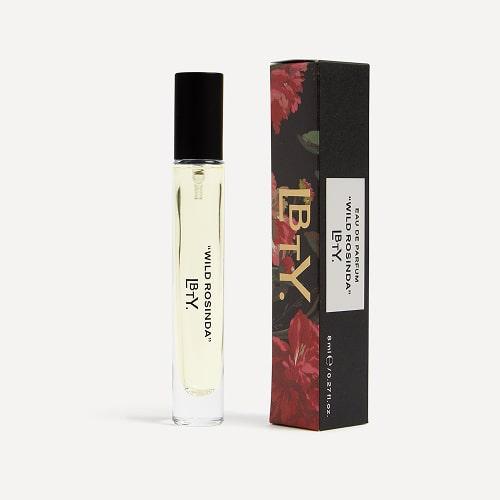
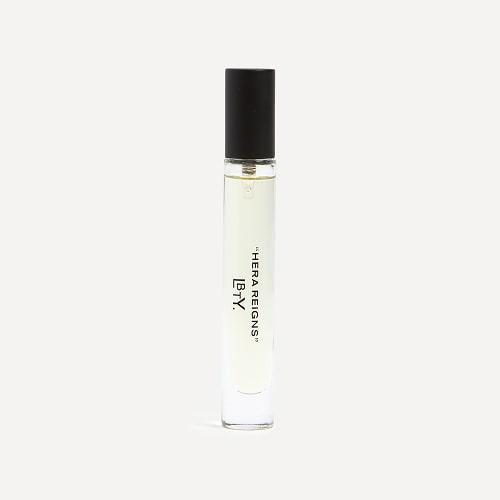
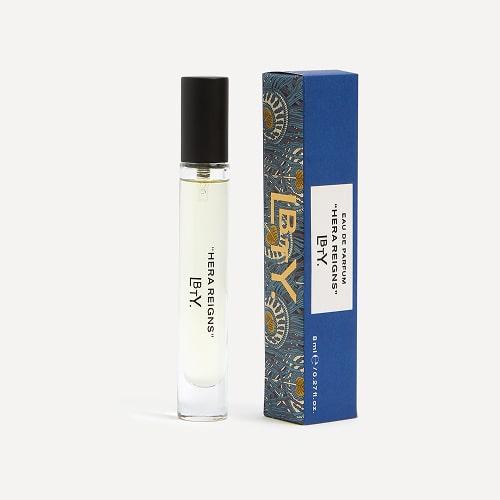
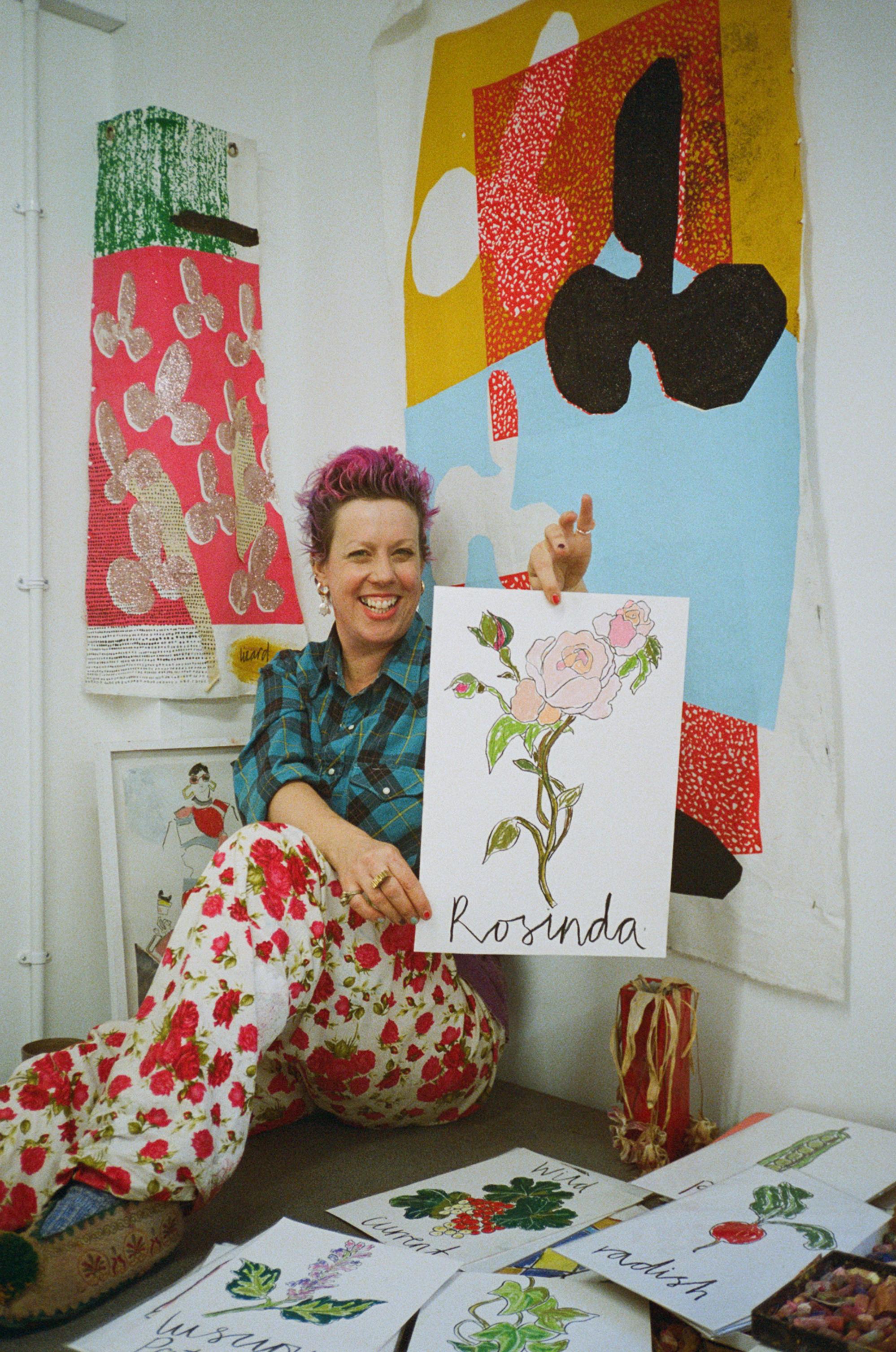
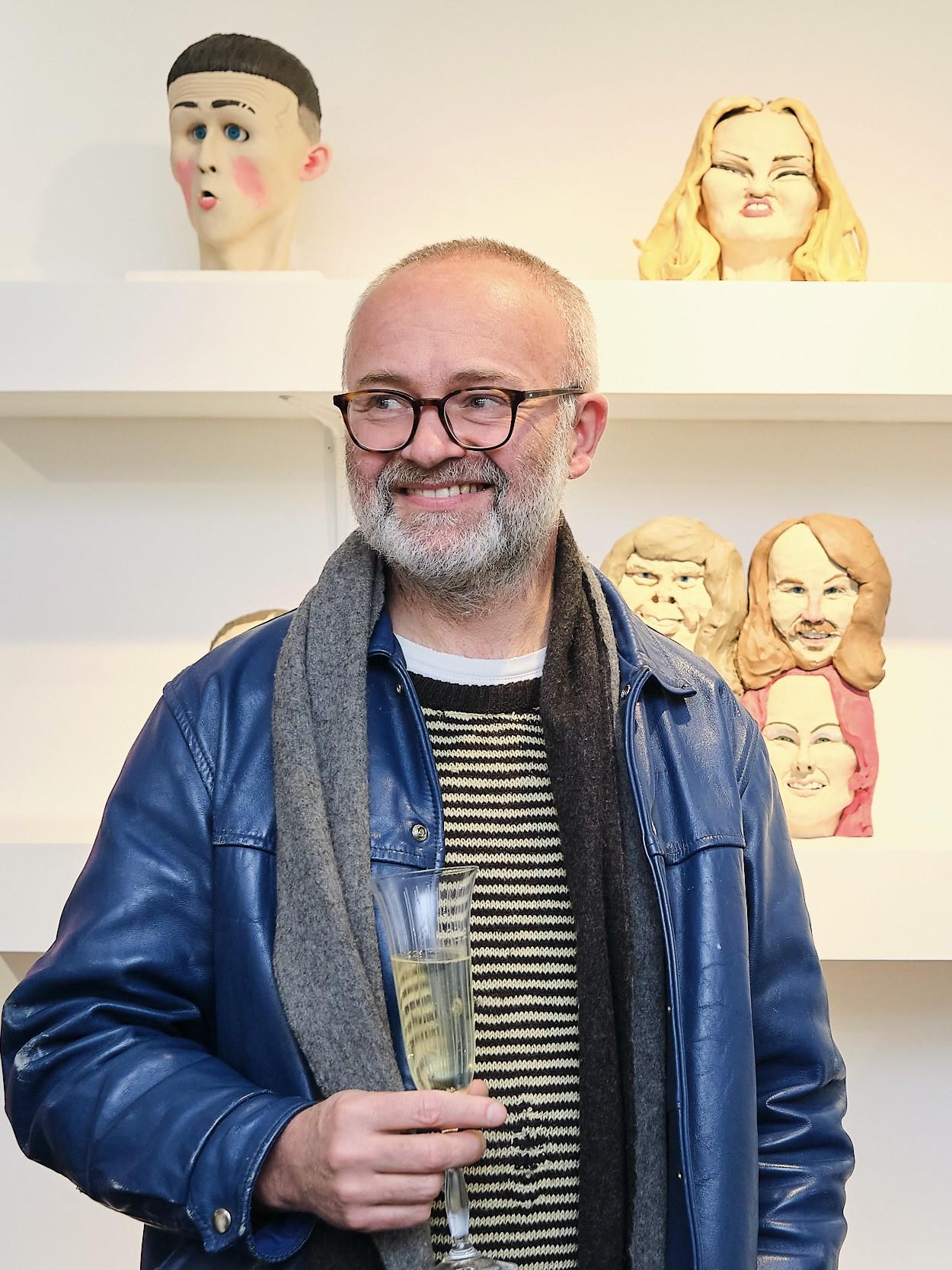
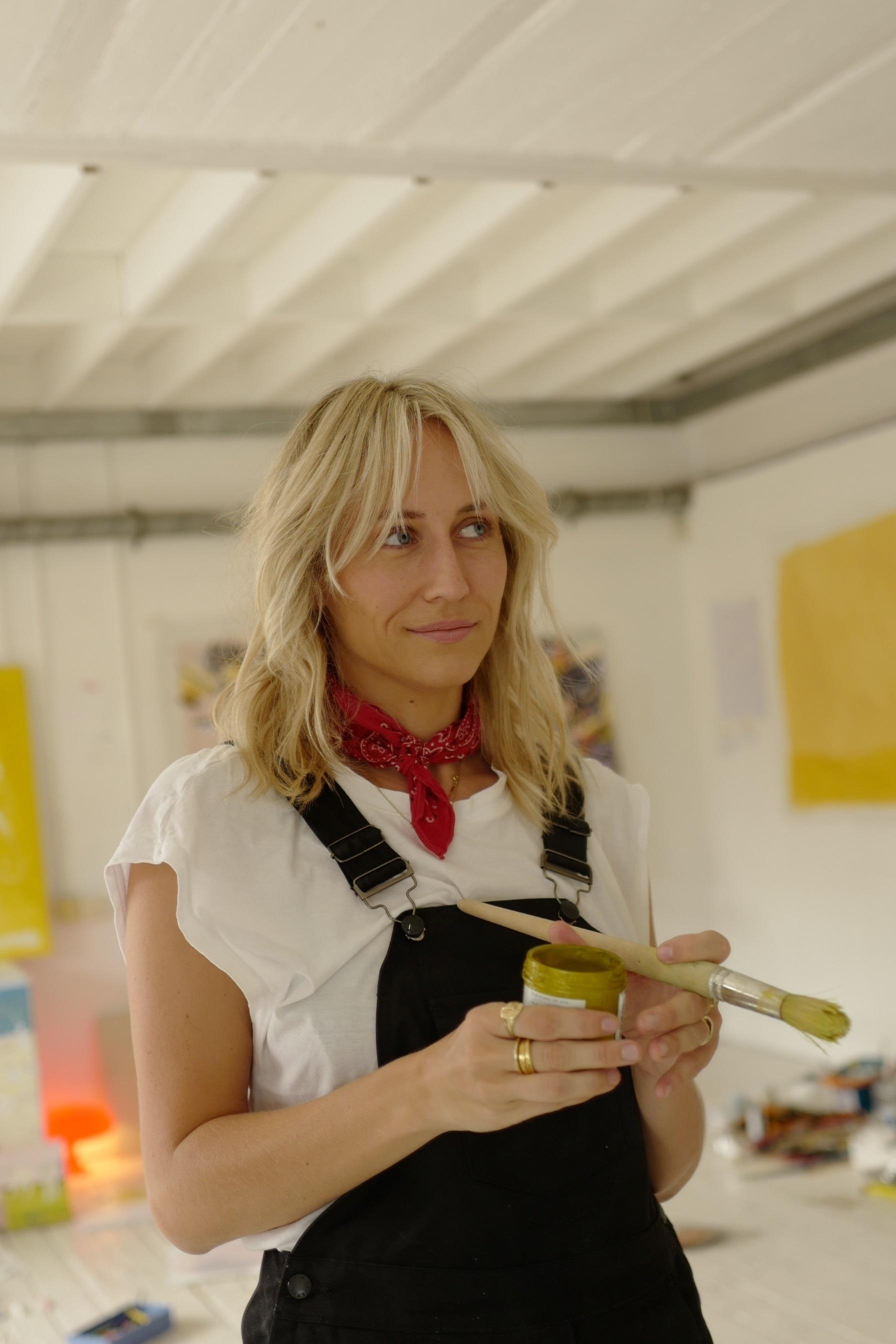
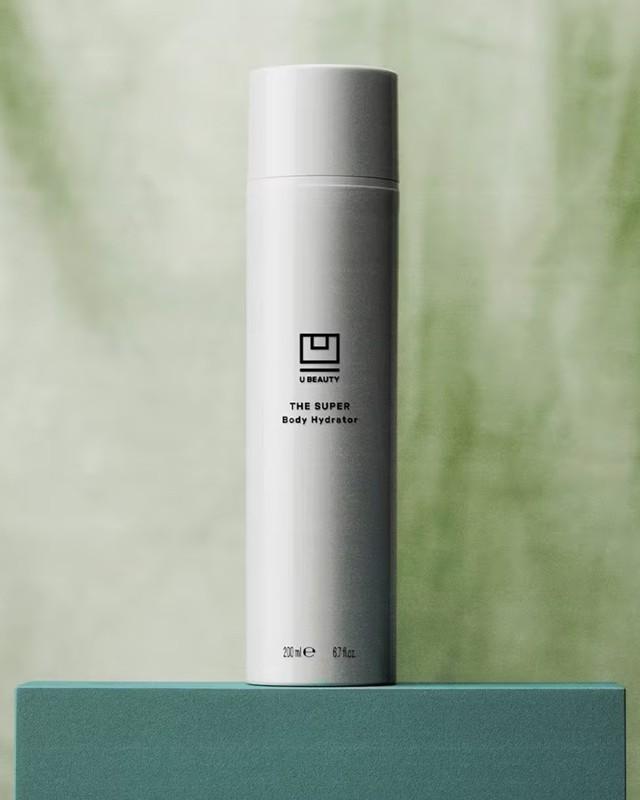
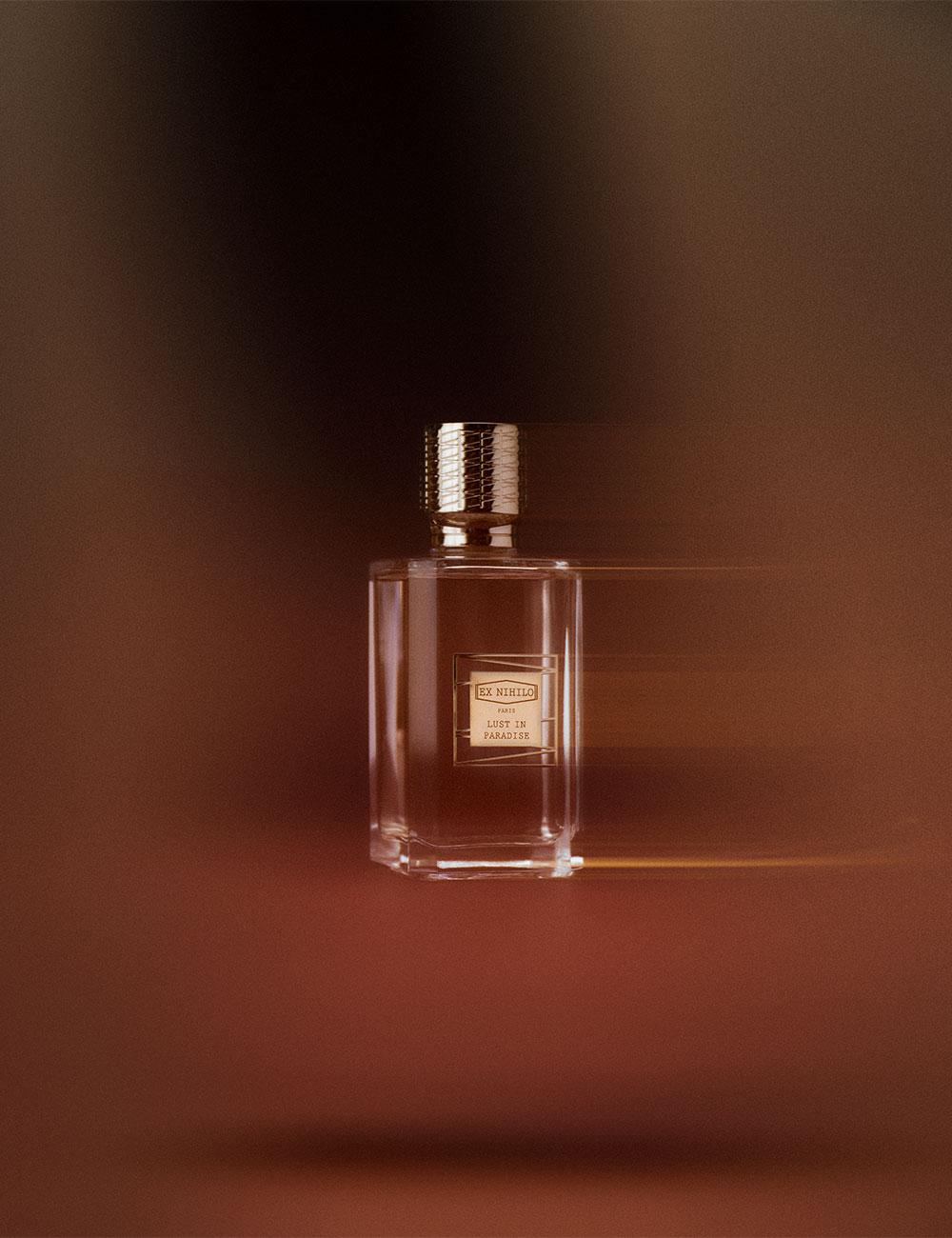

?fmt=auto&qlt=default)
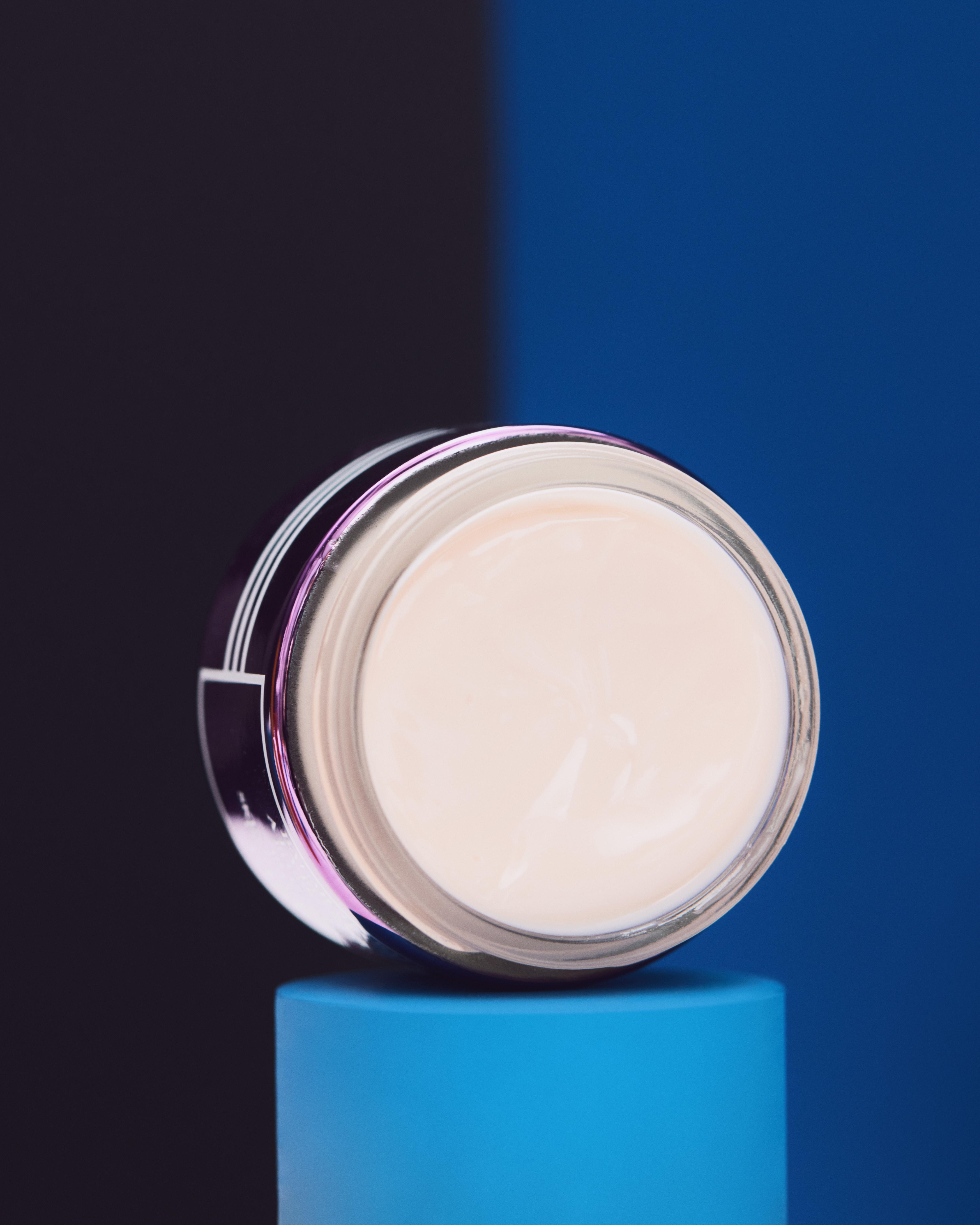
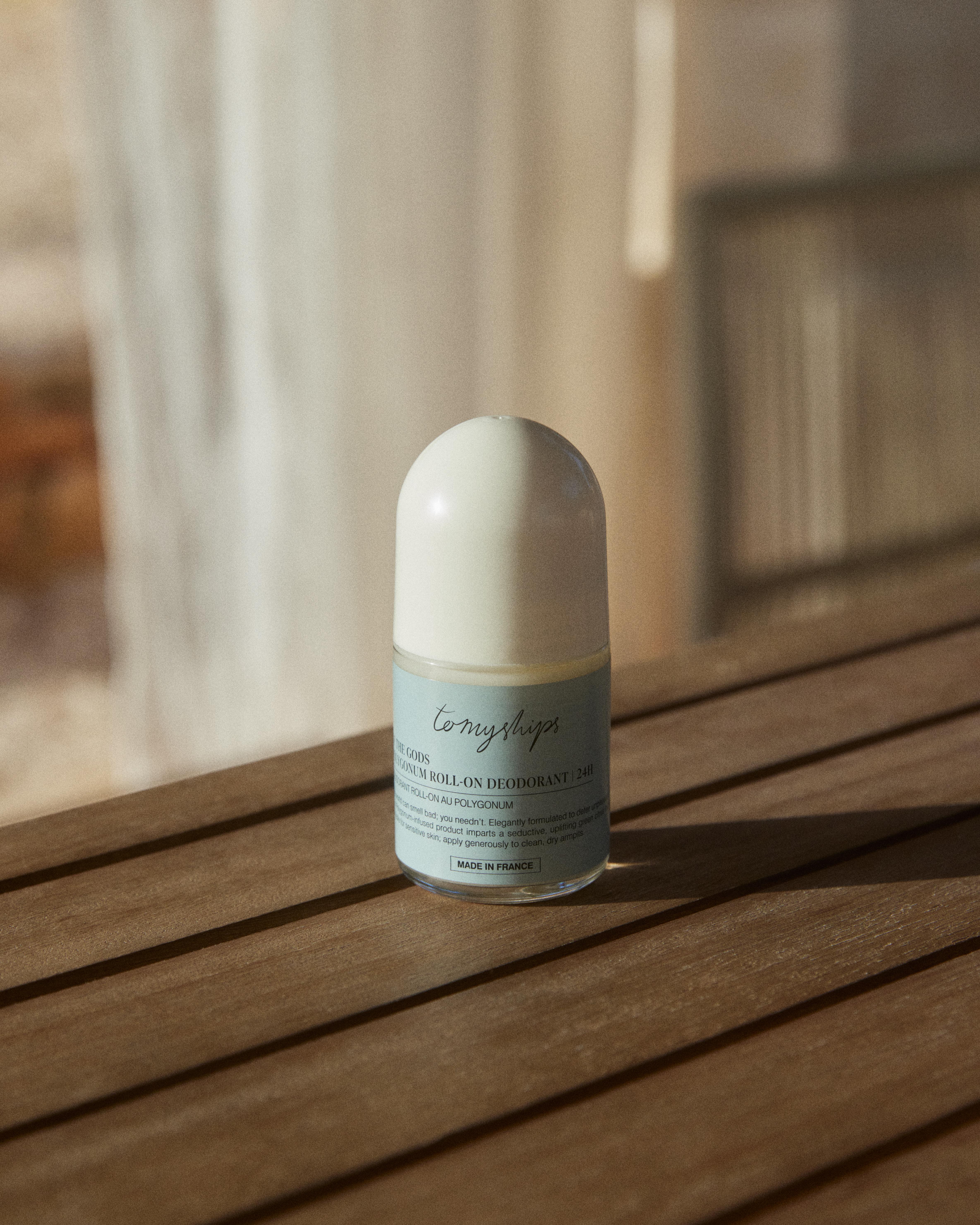
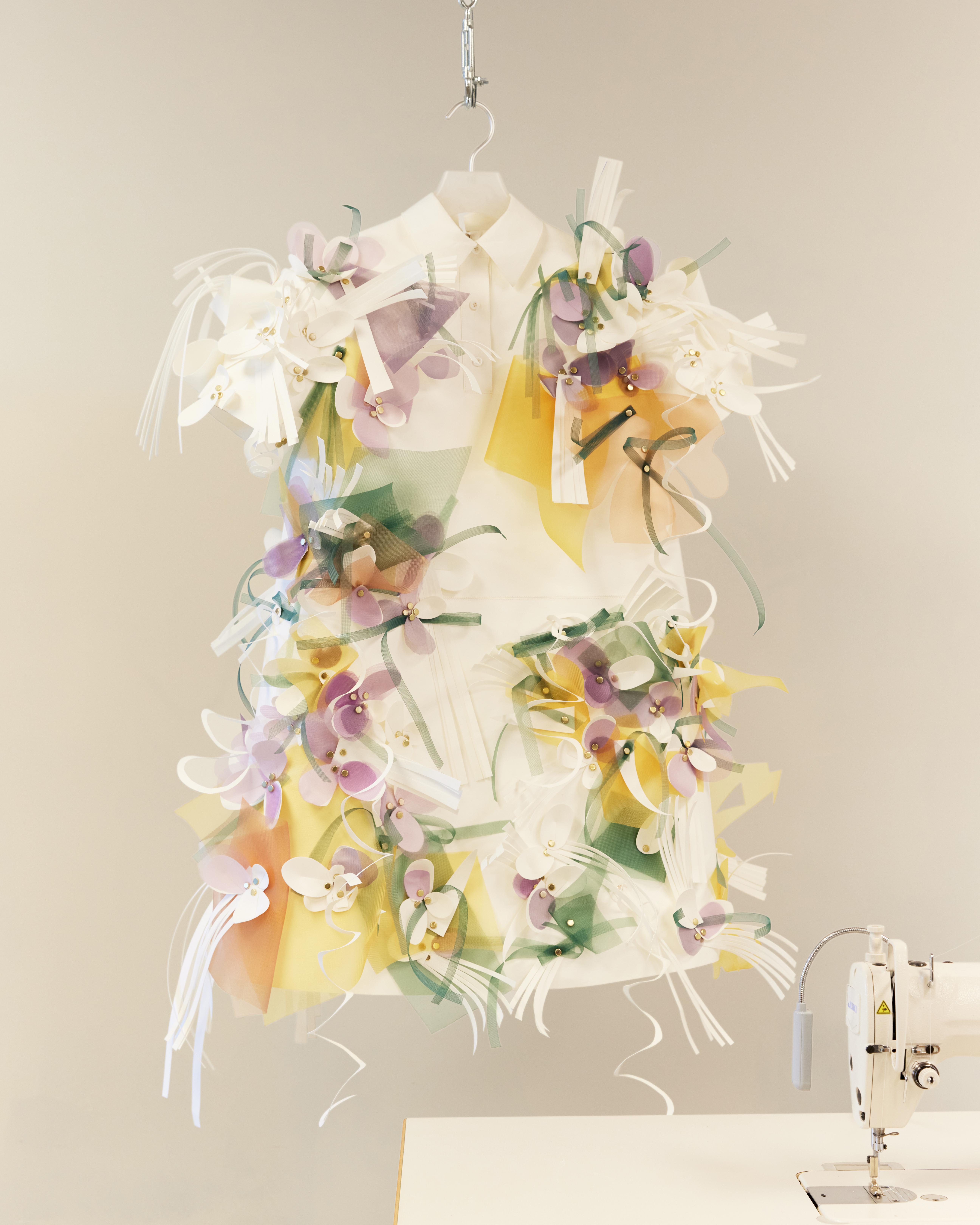
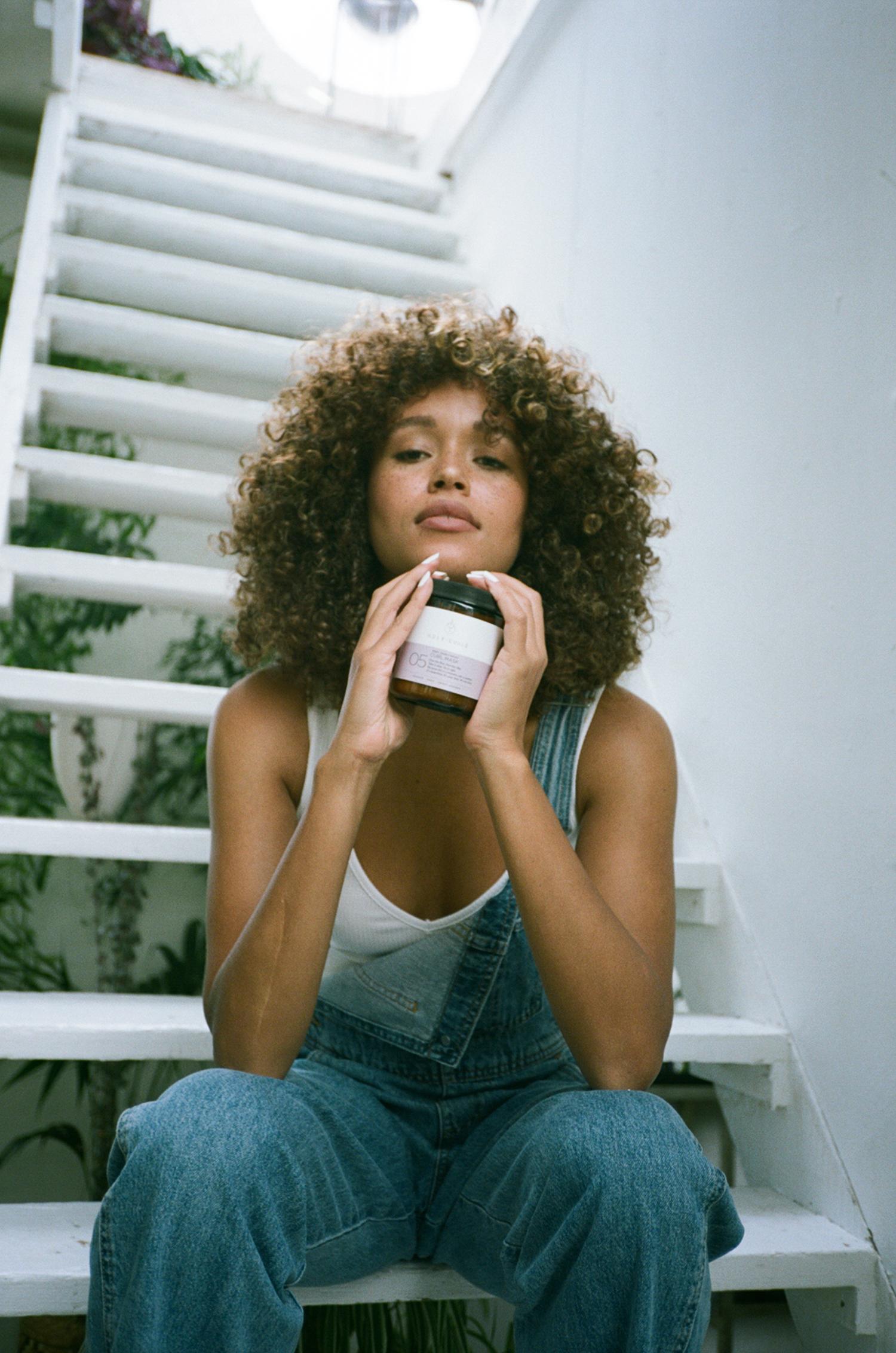
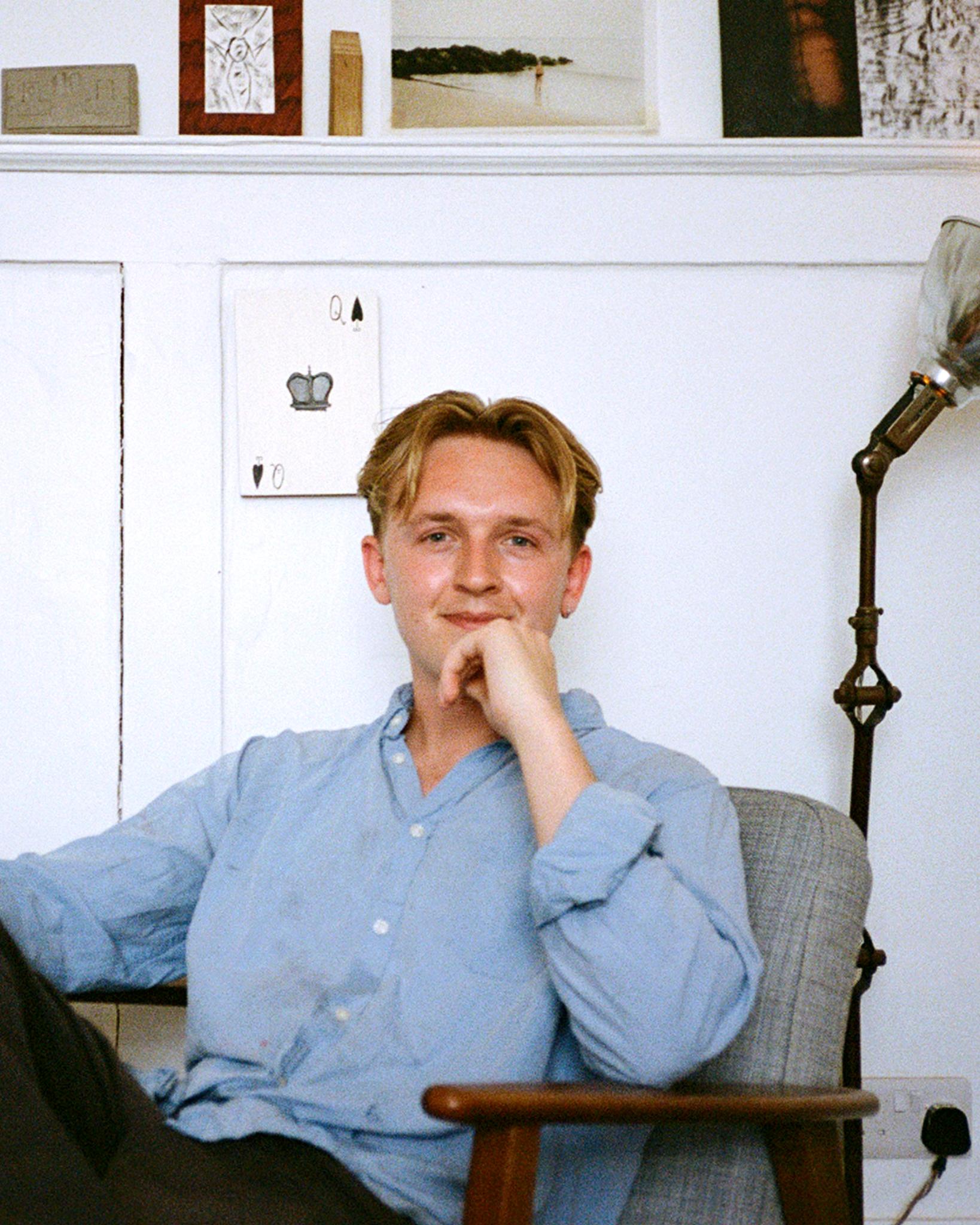
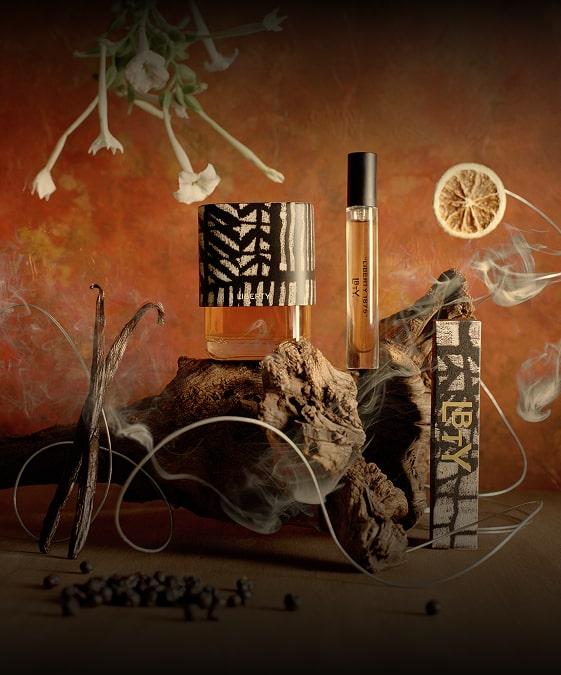
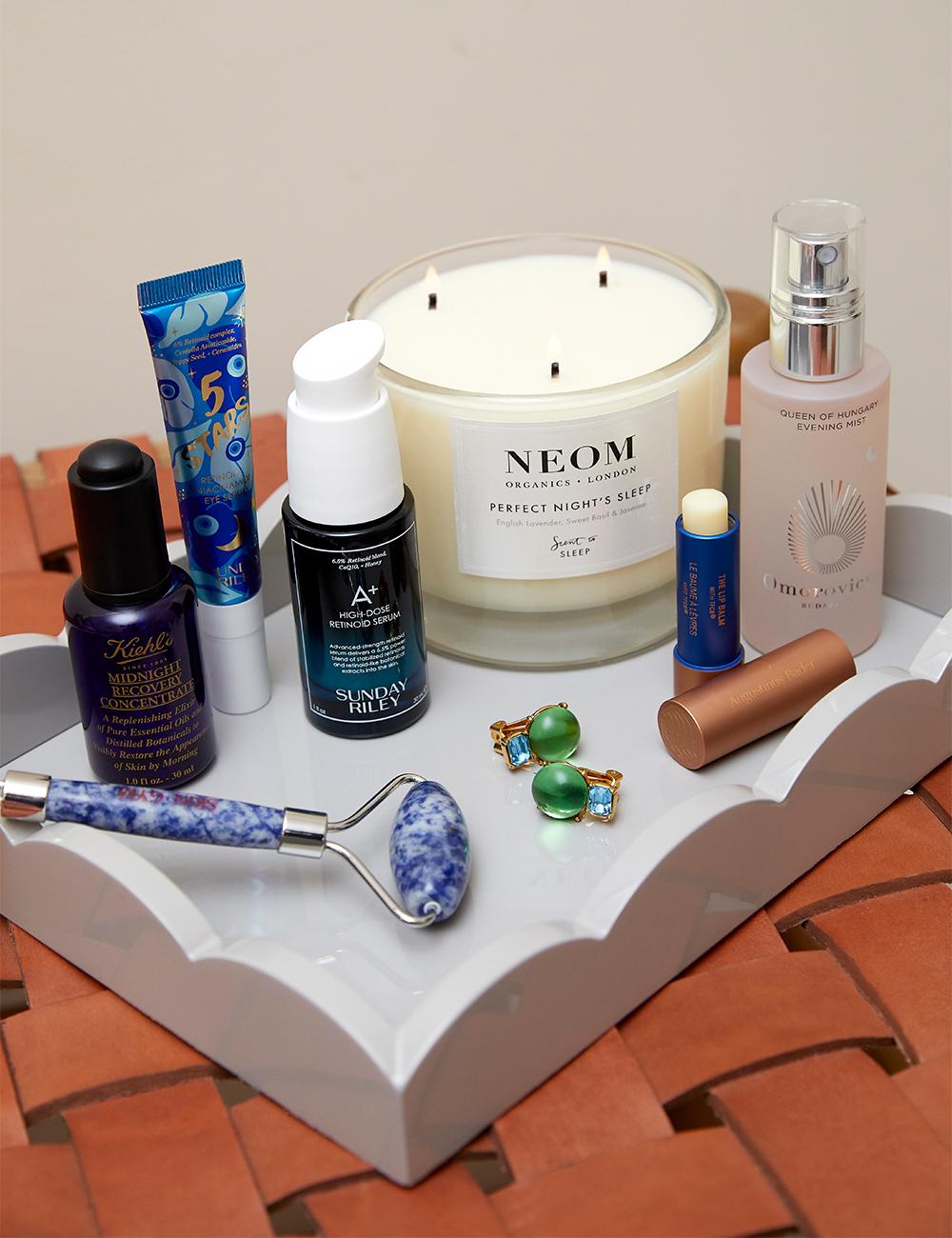
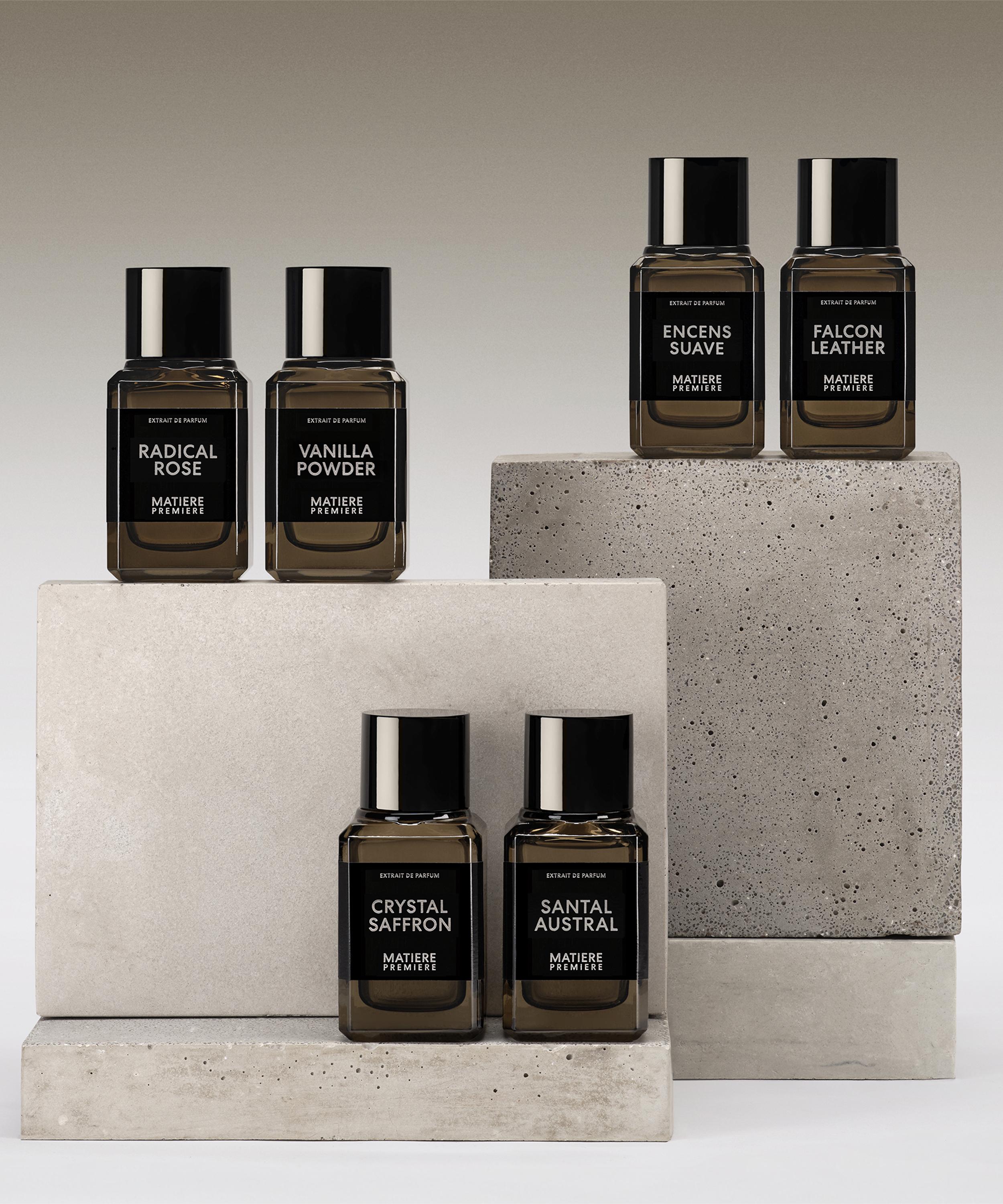
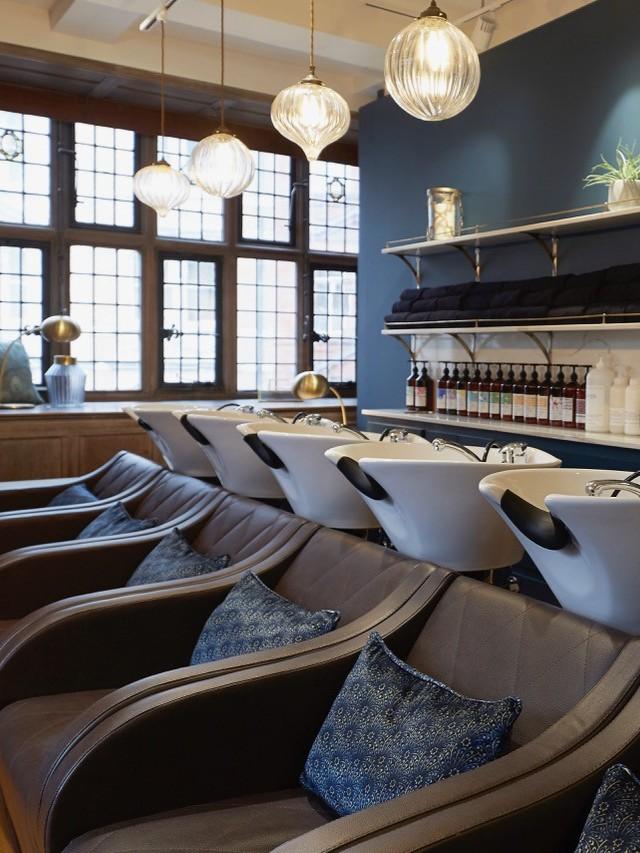
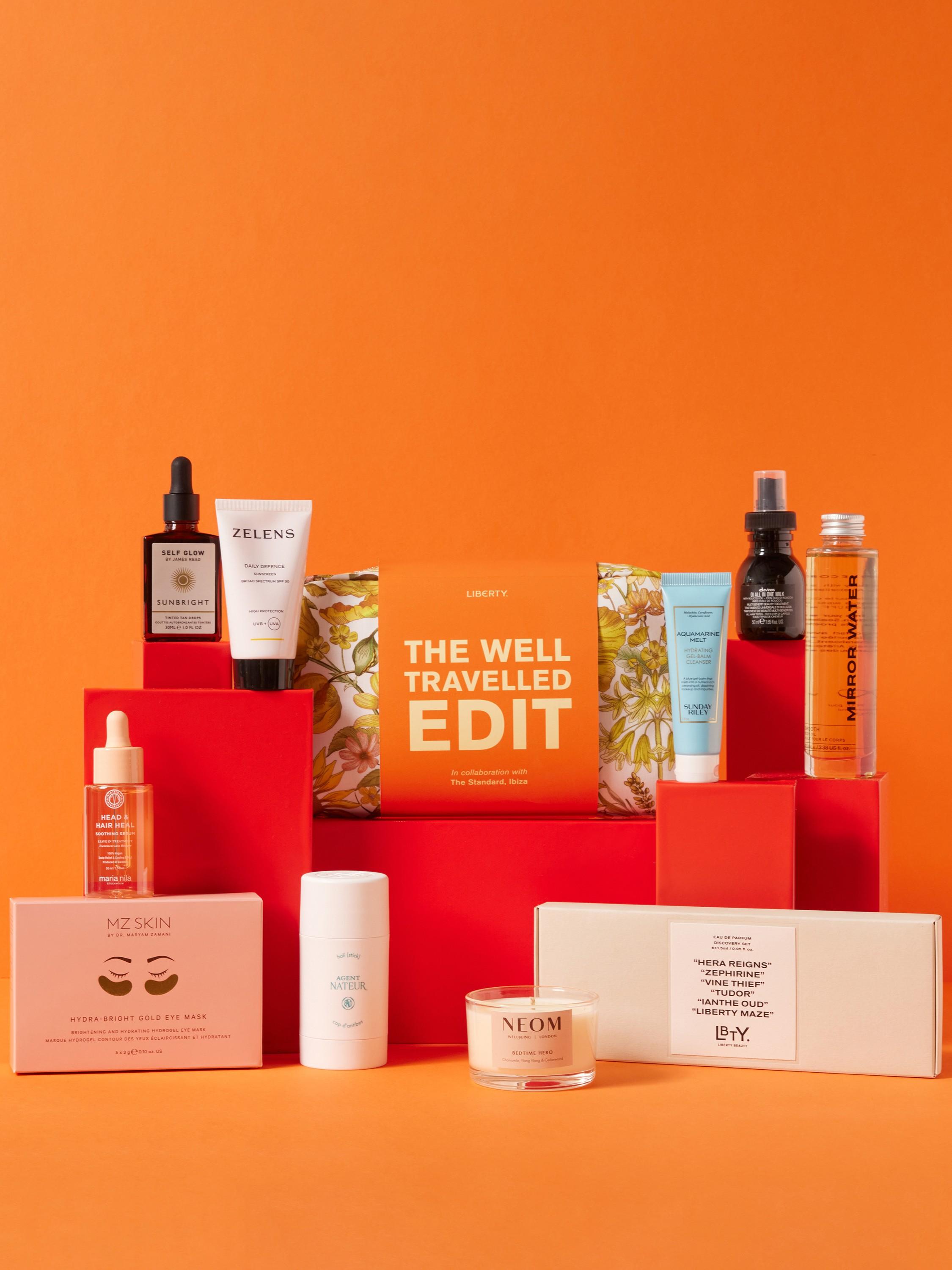
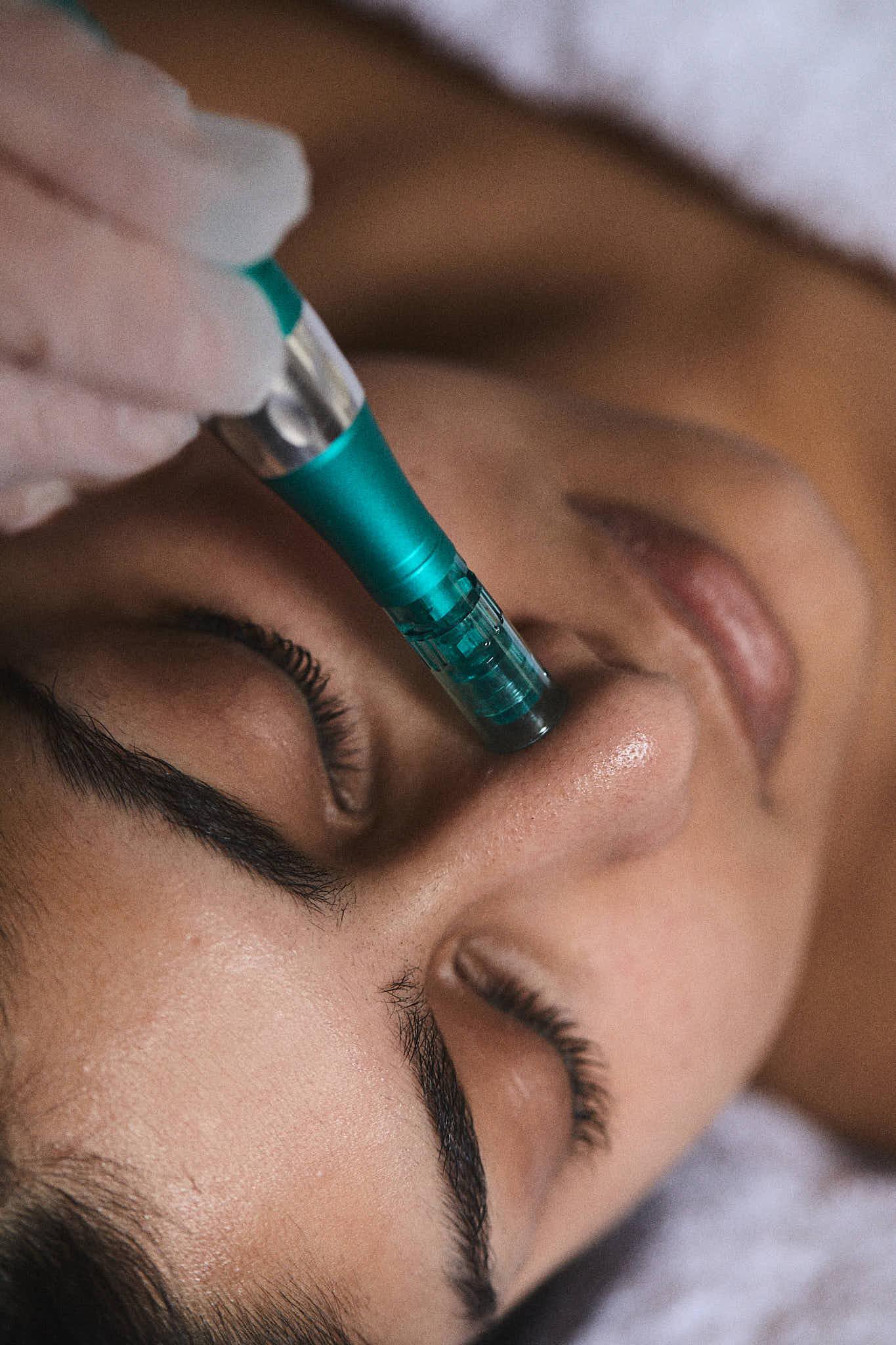
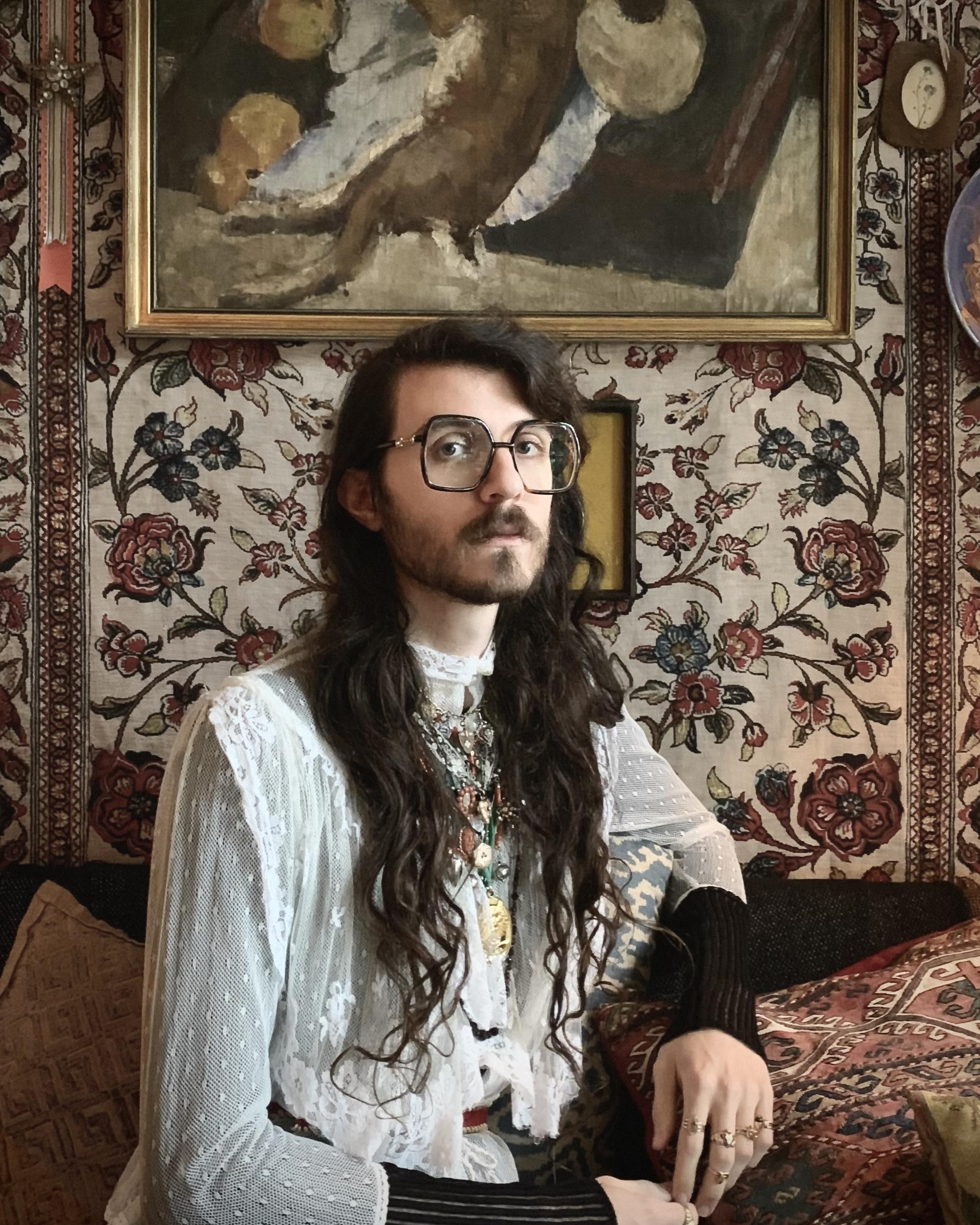
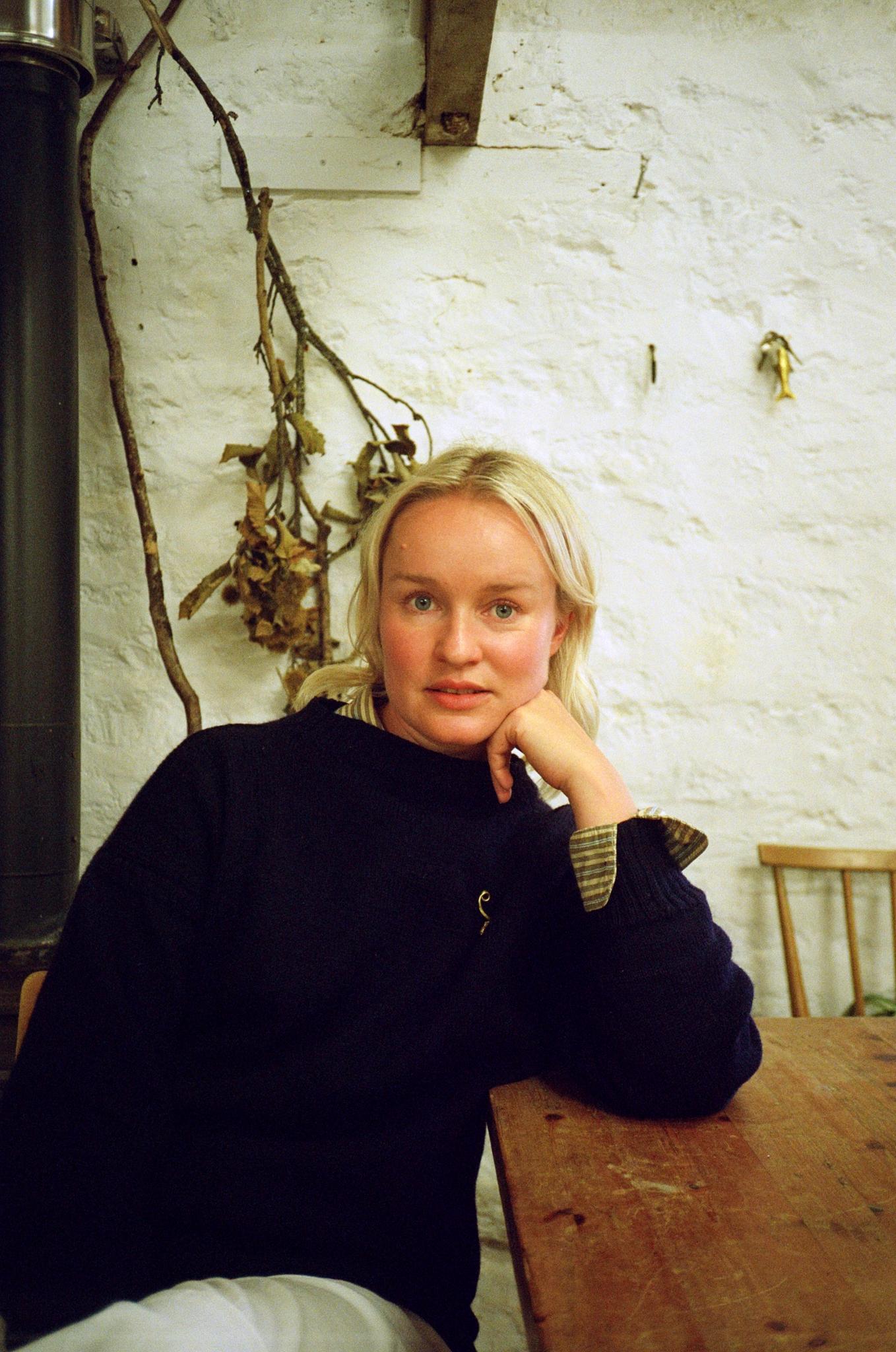
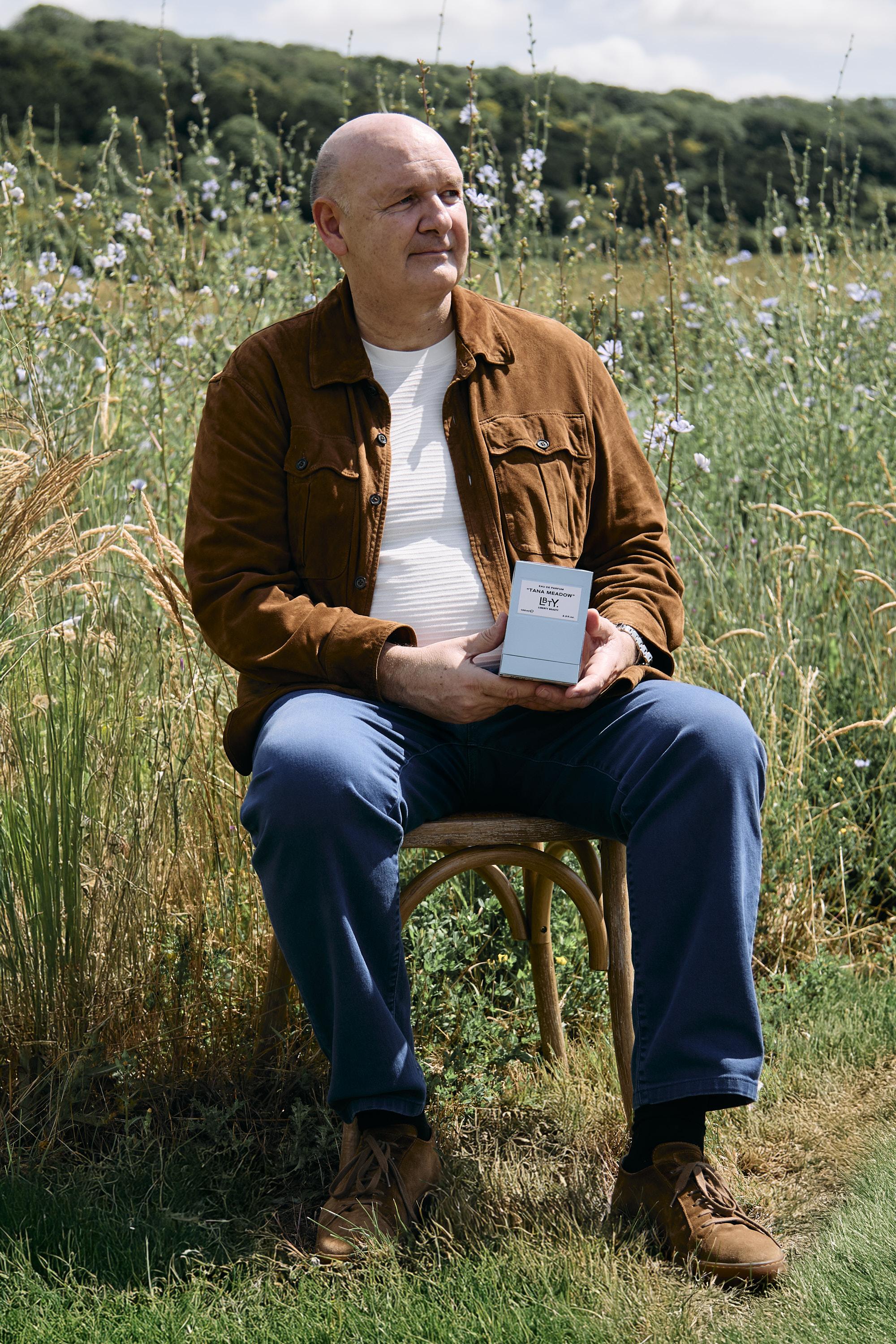
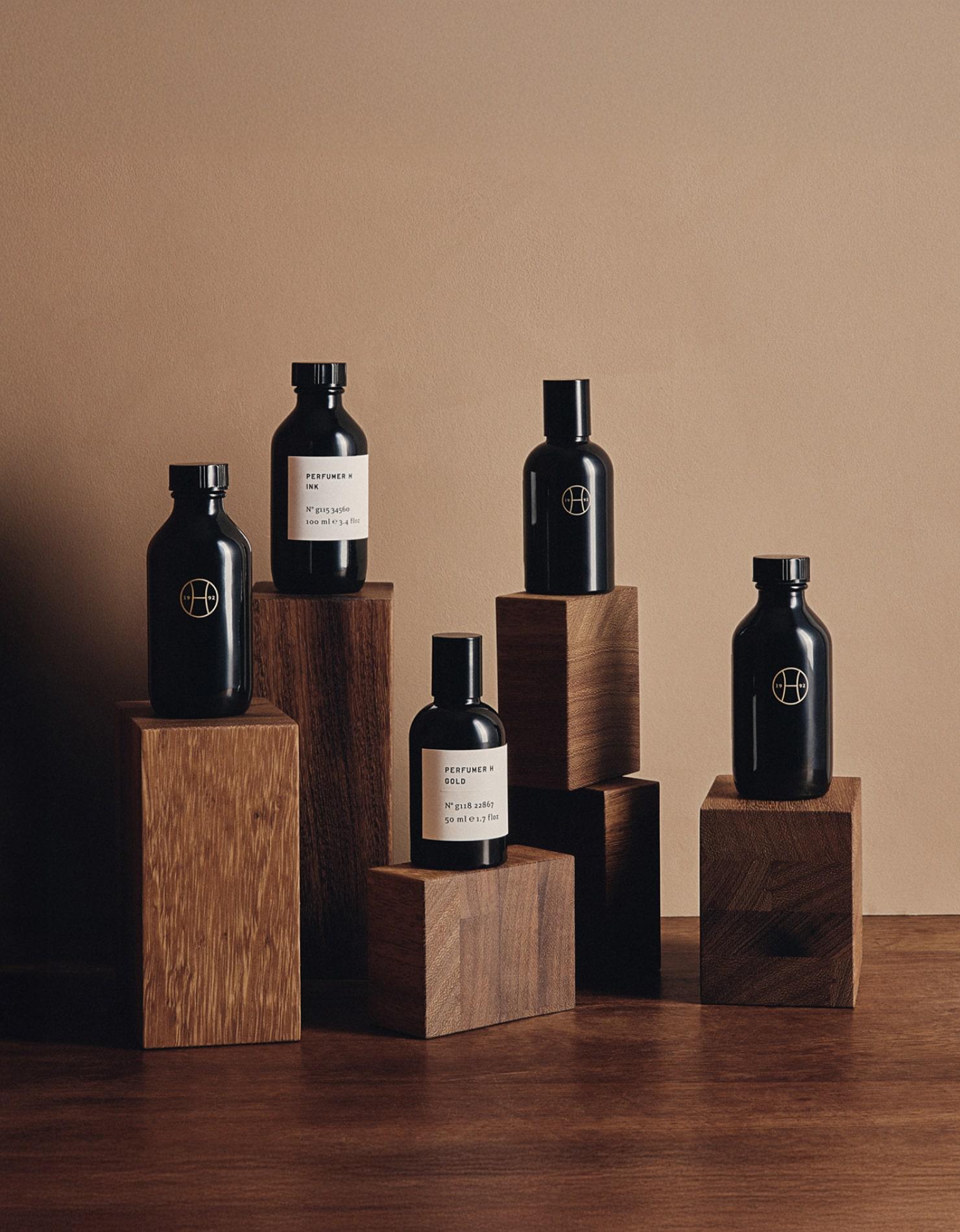
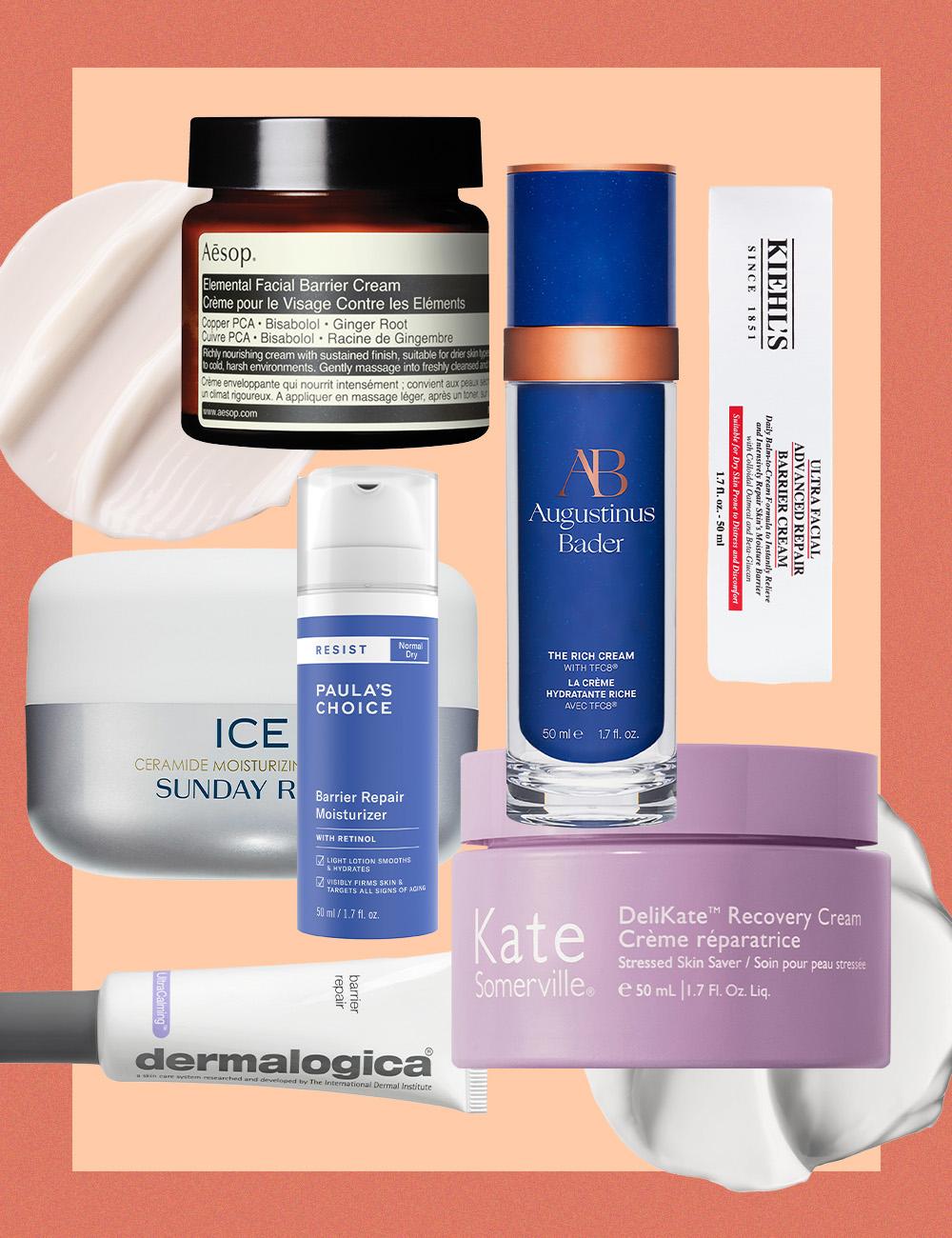
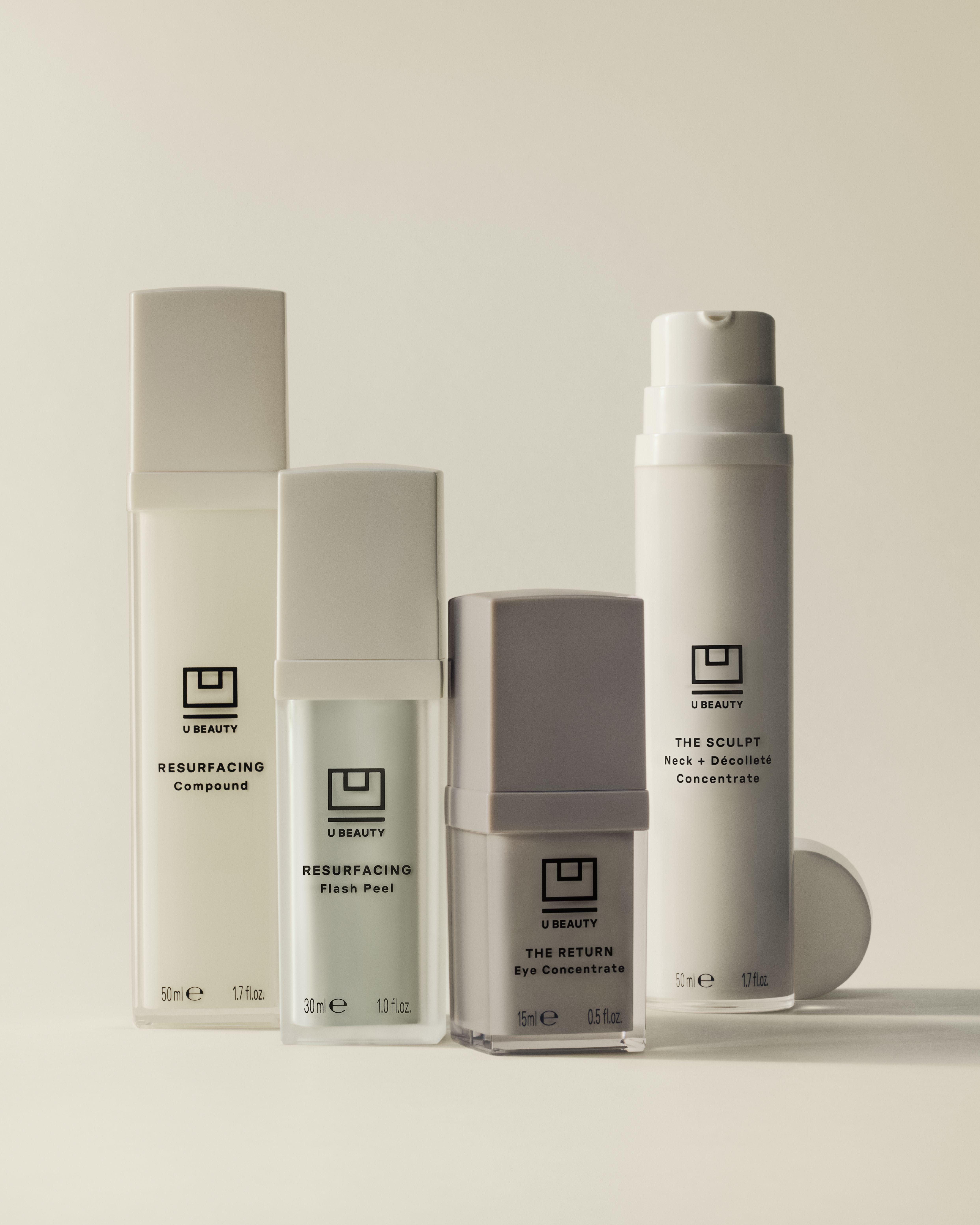
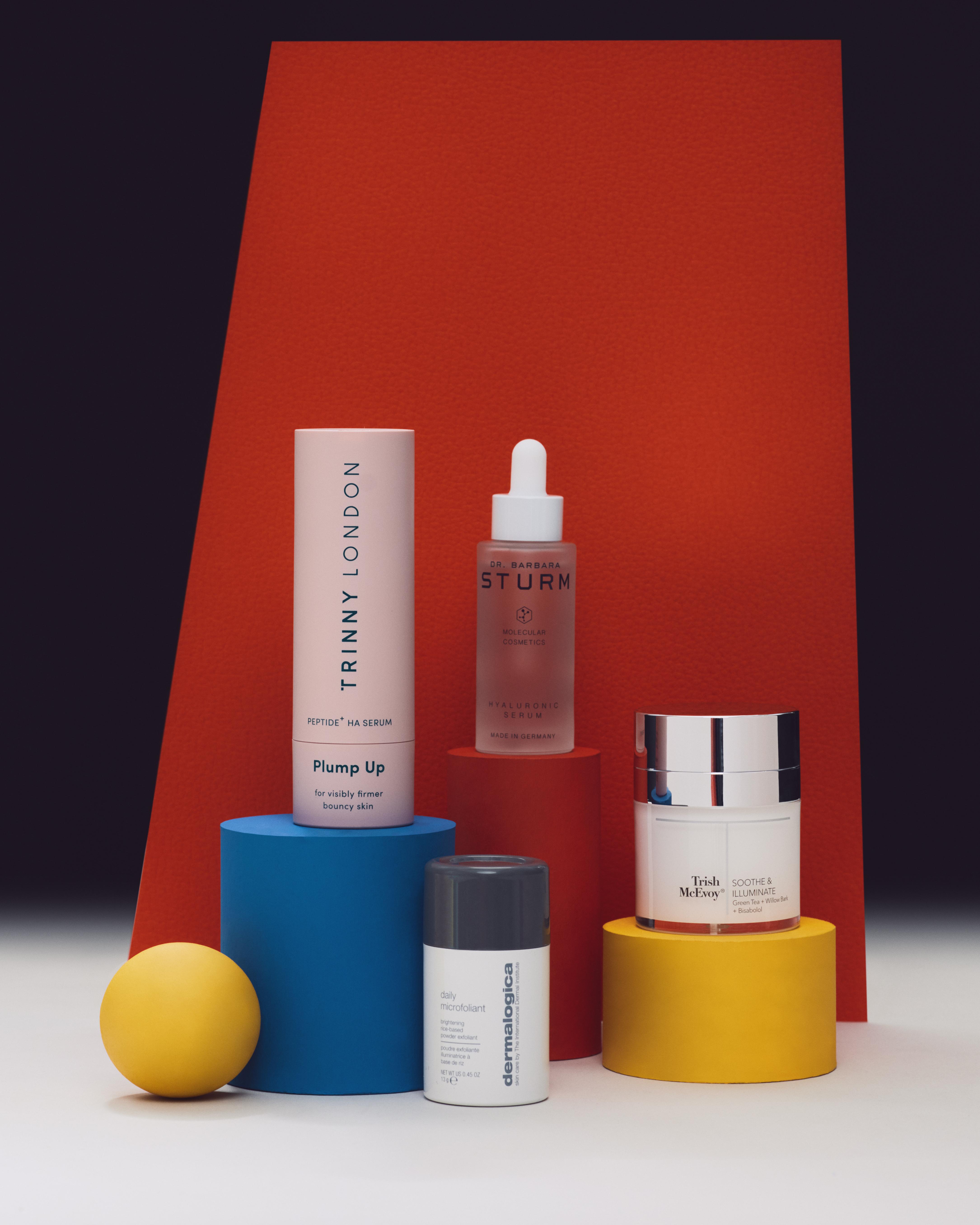
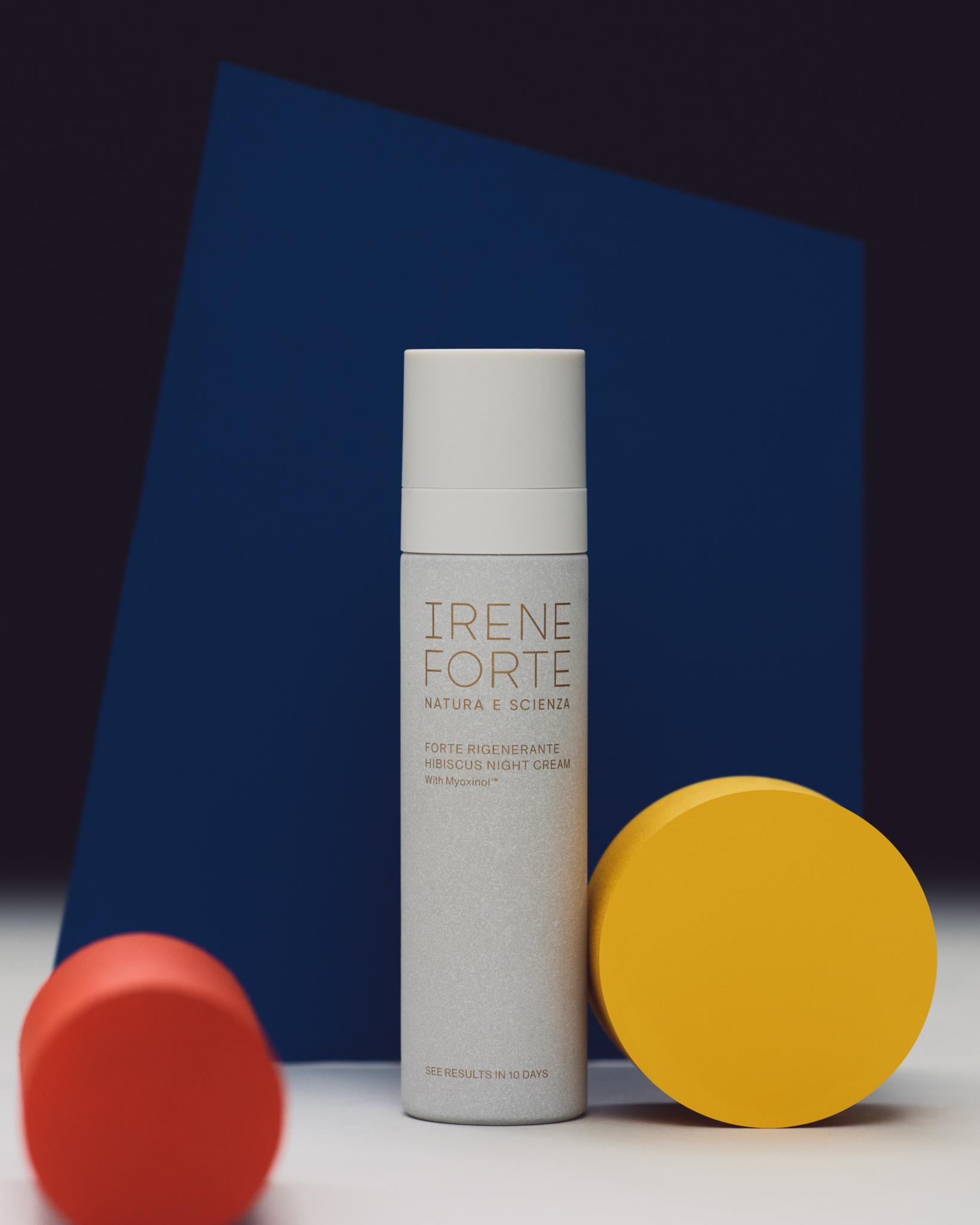
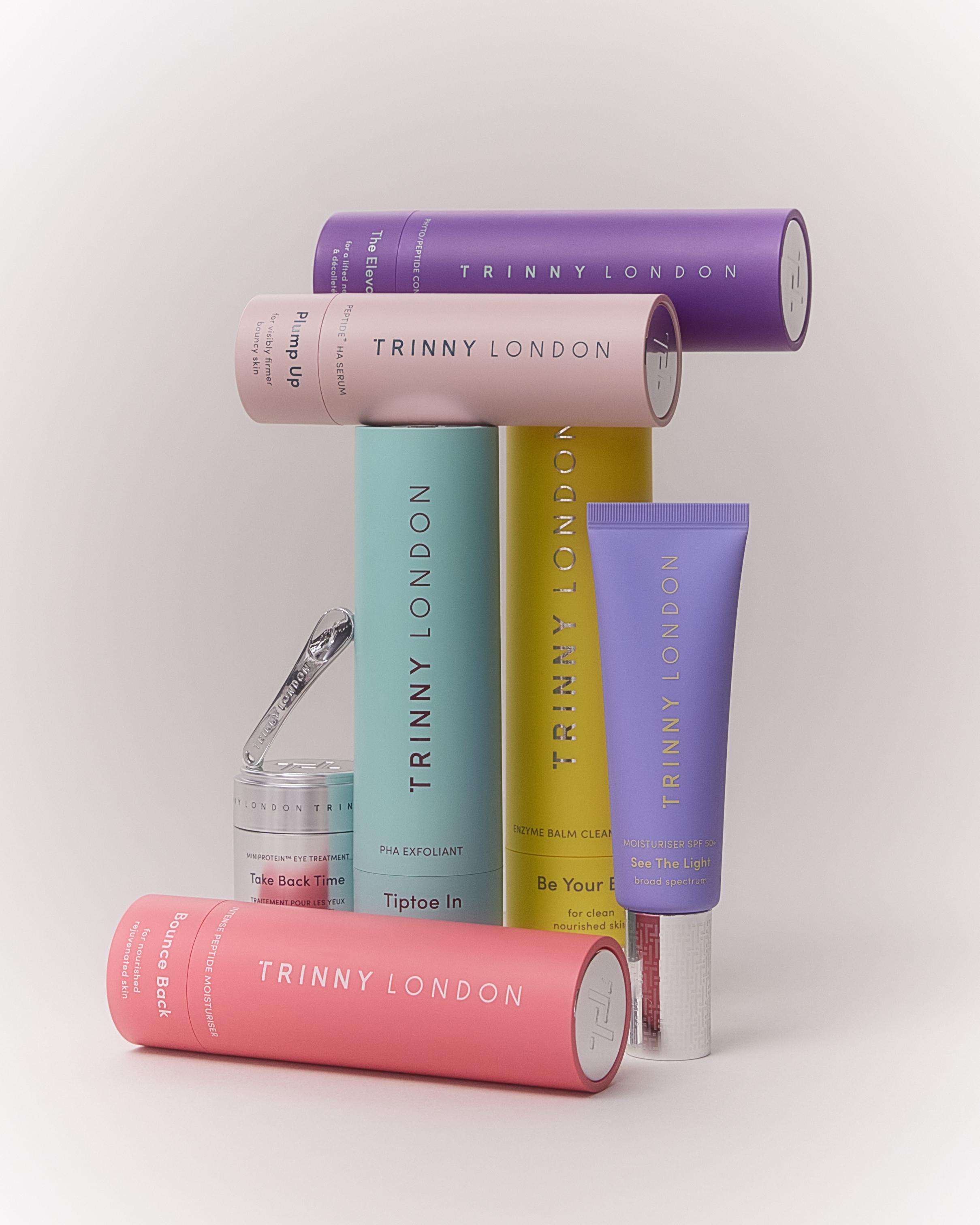
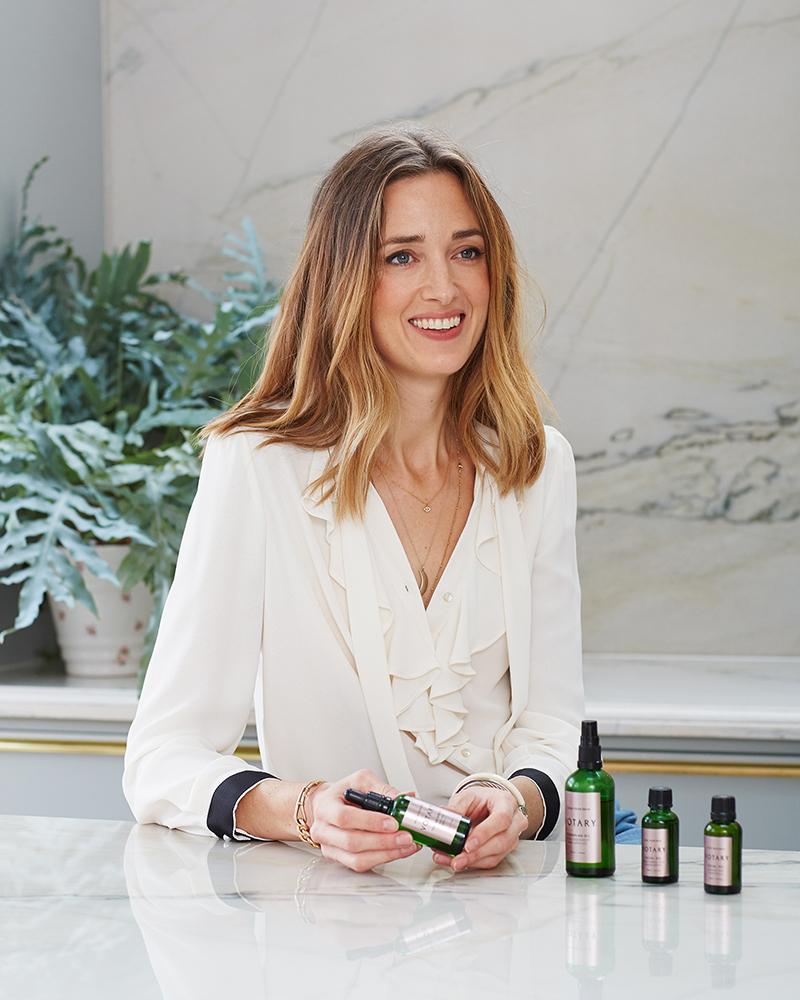
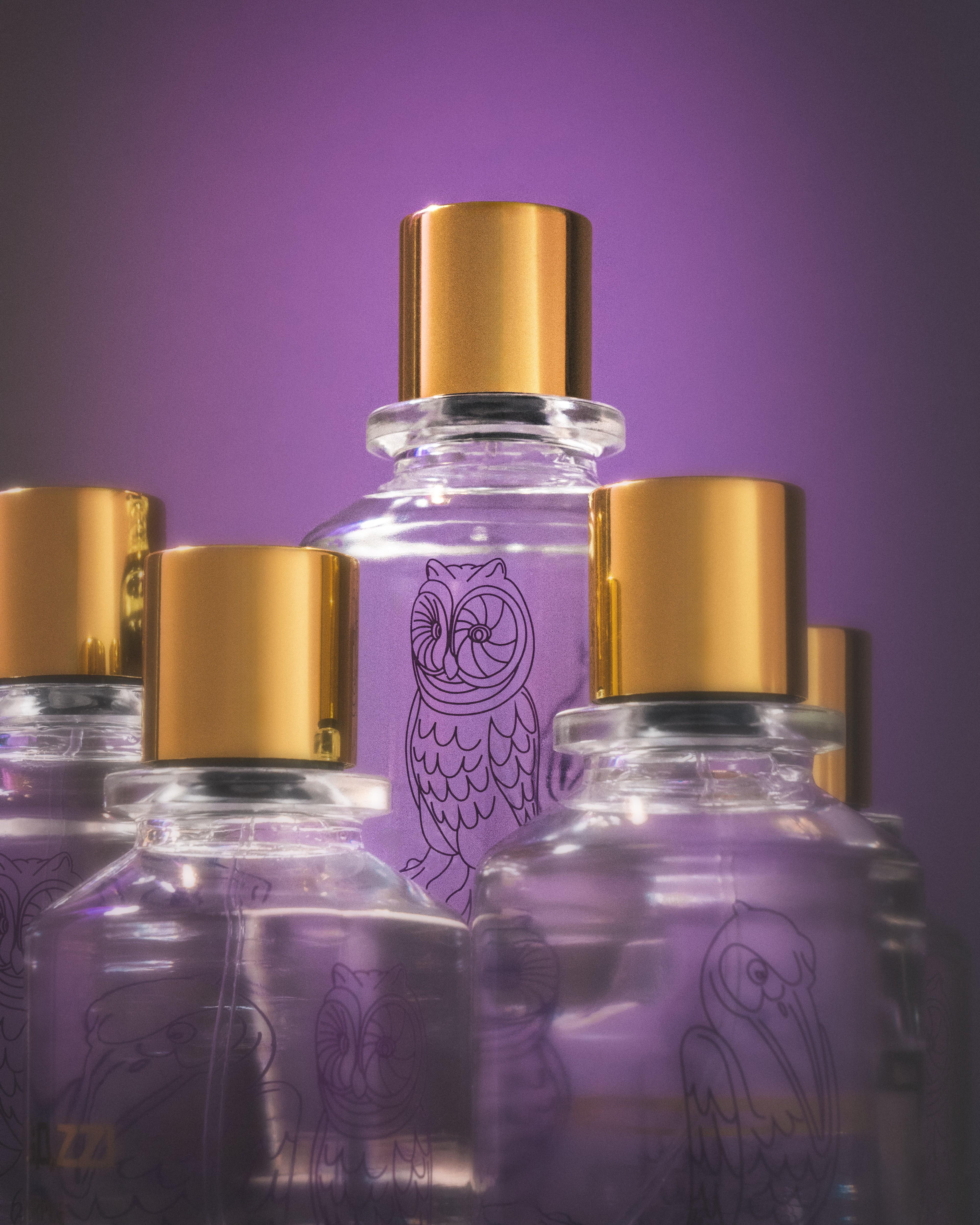
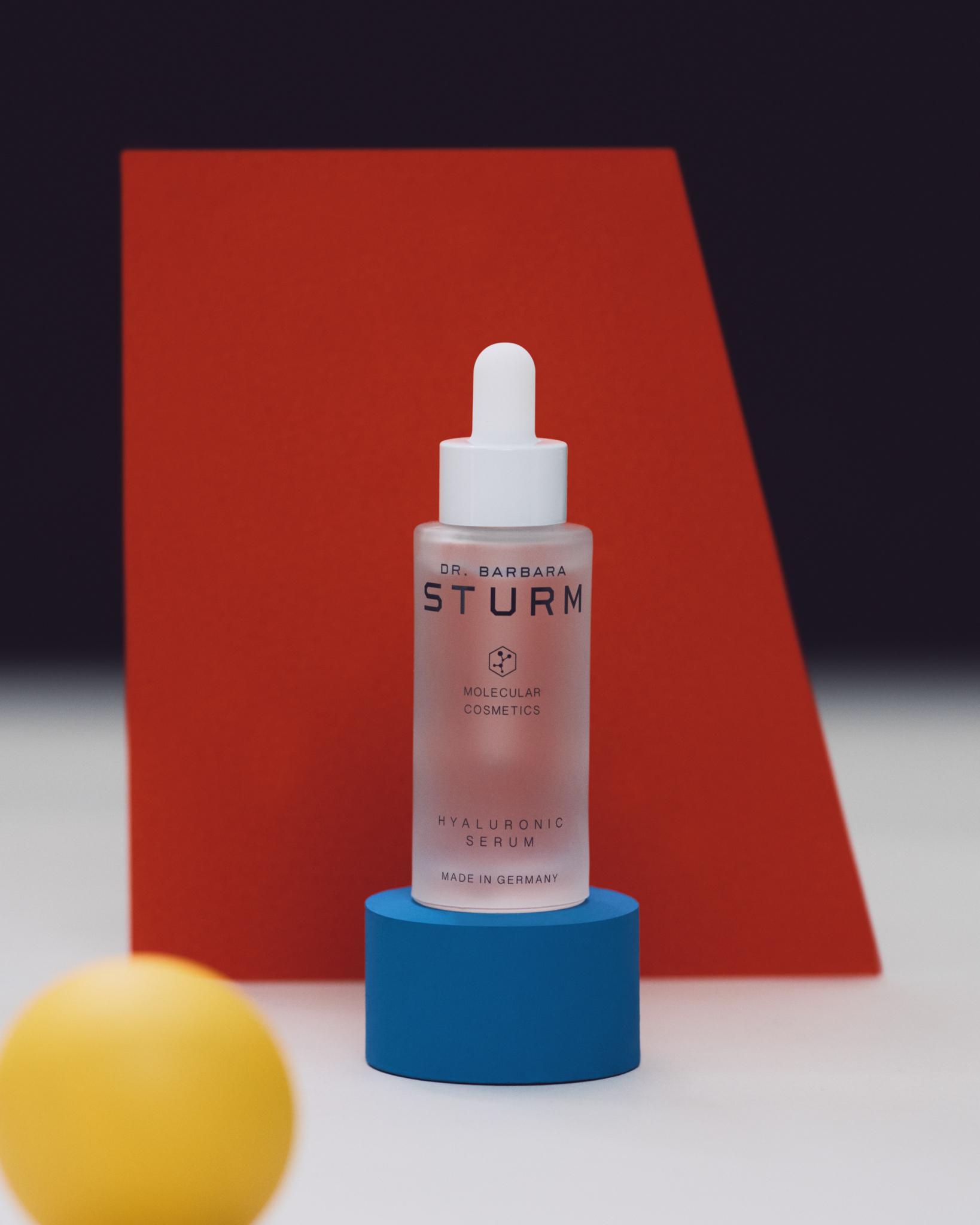
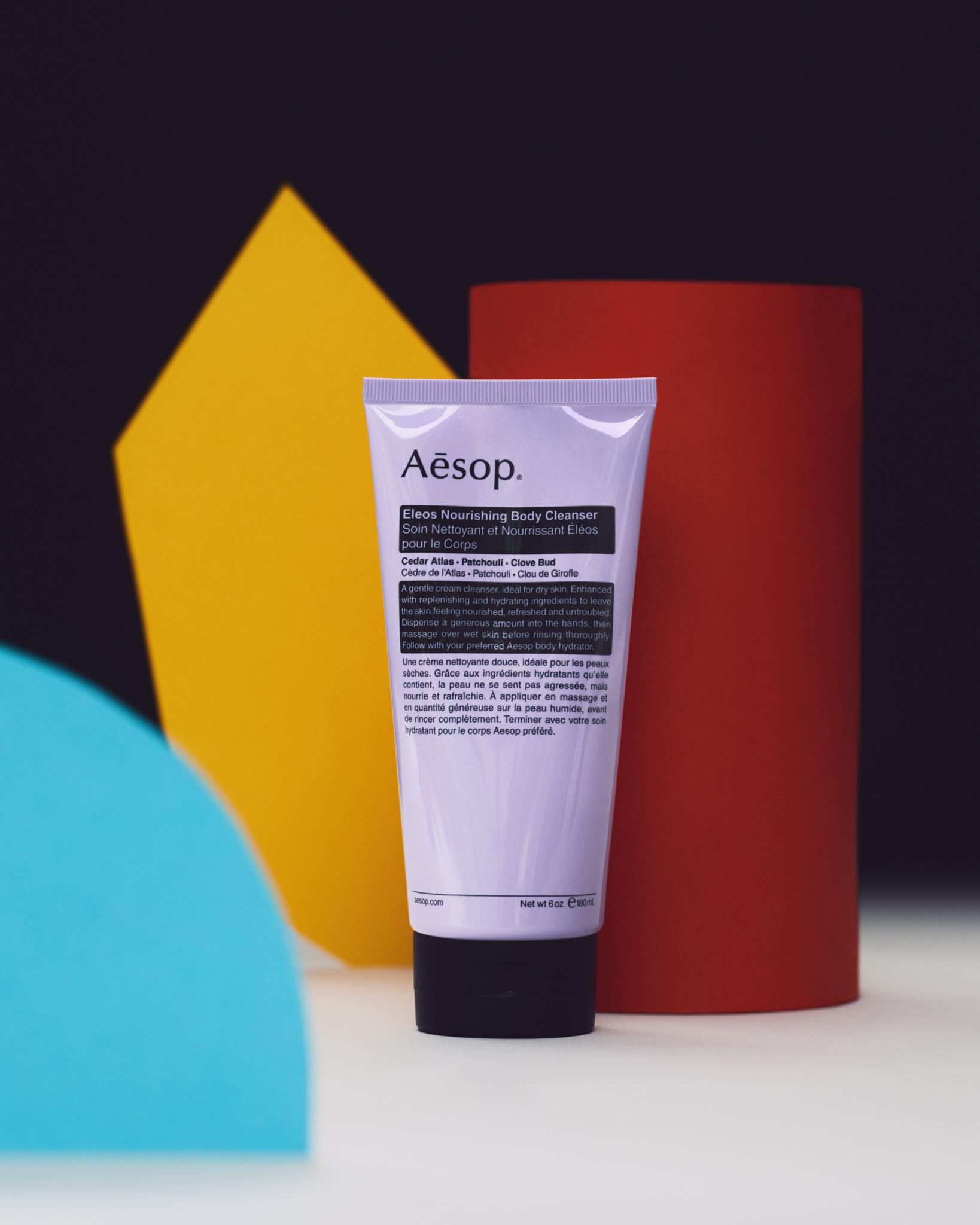
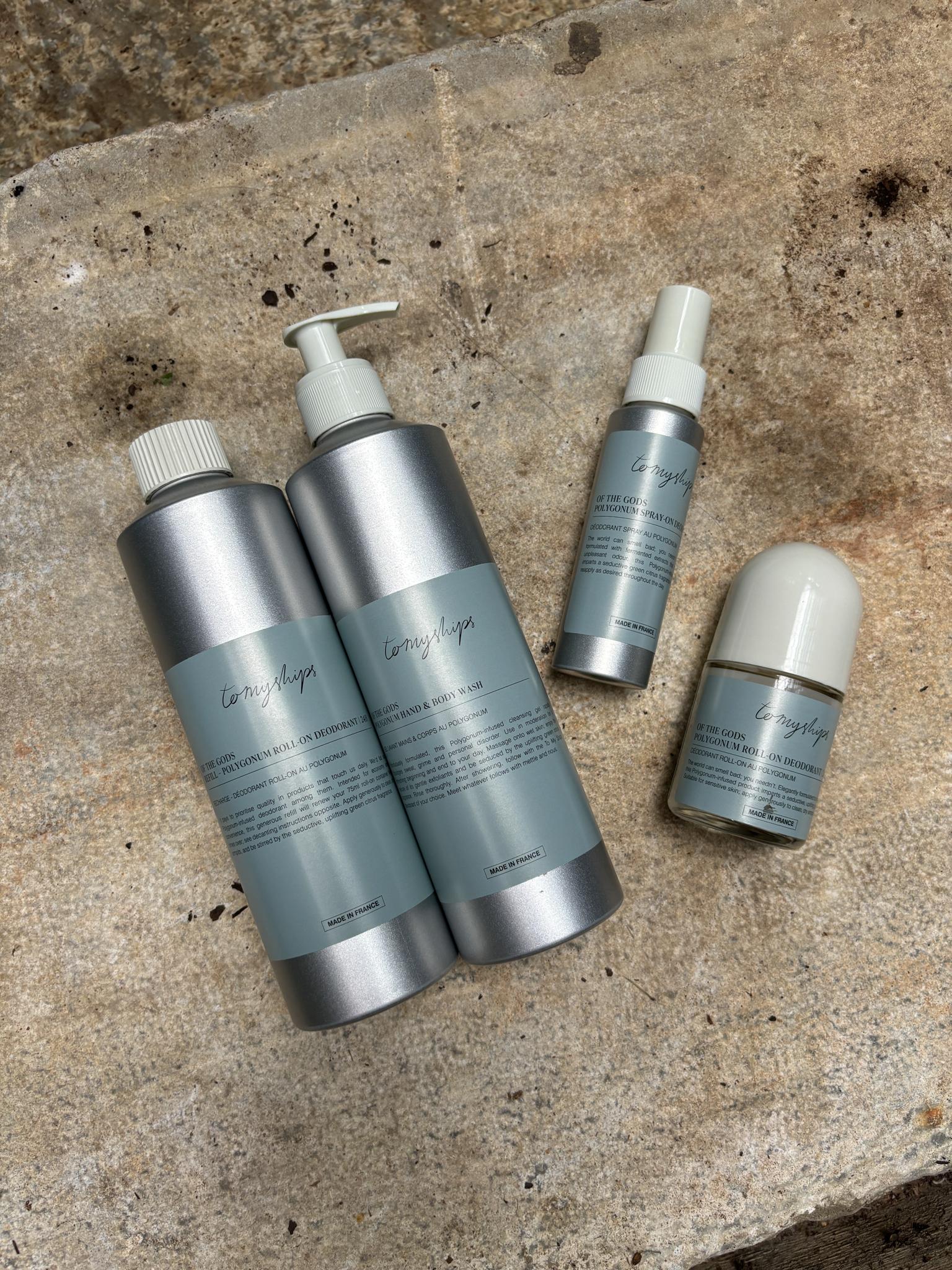
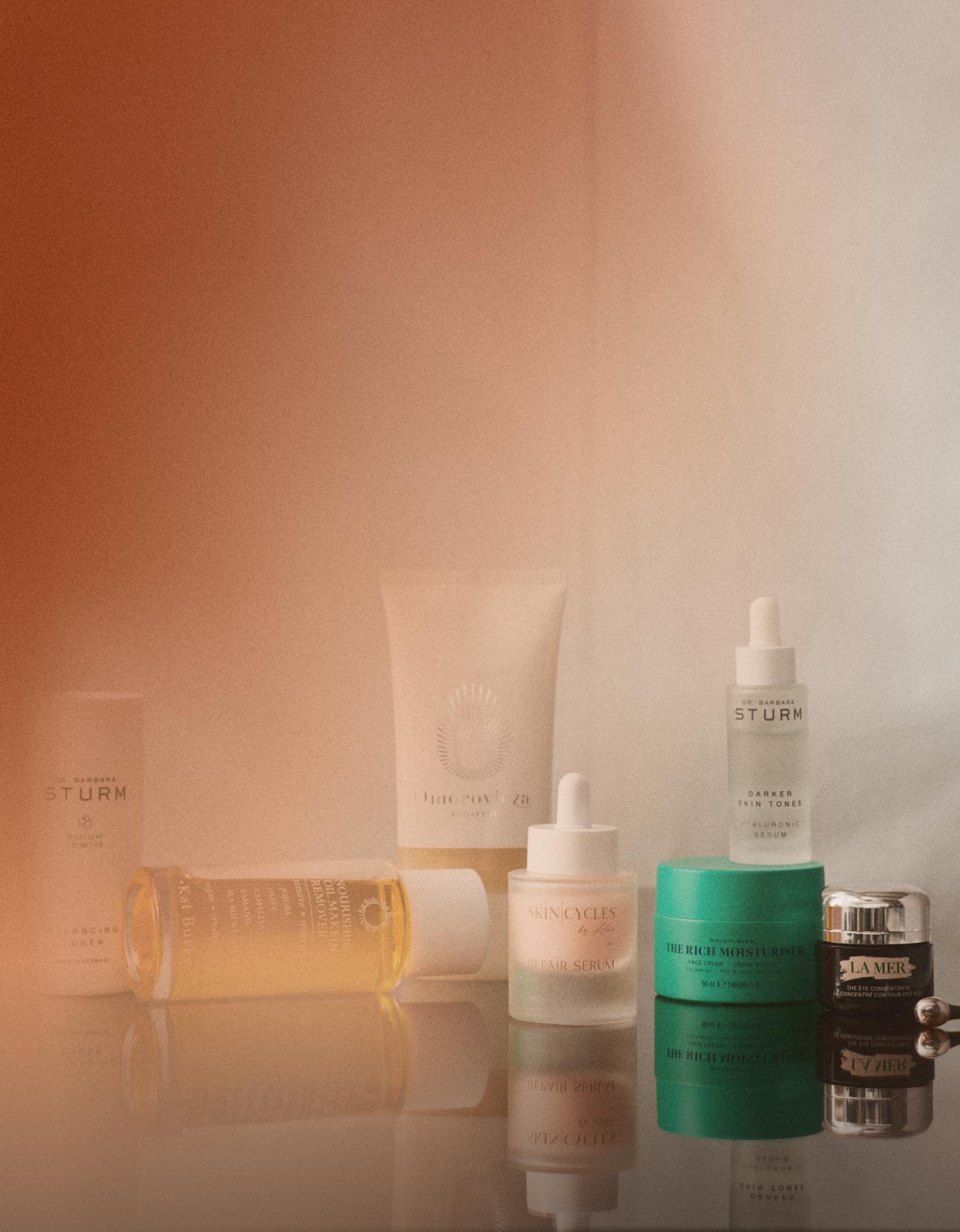
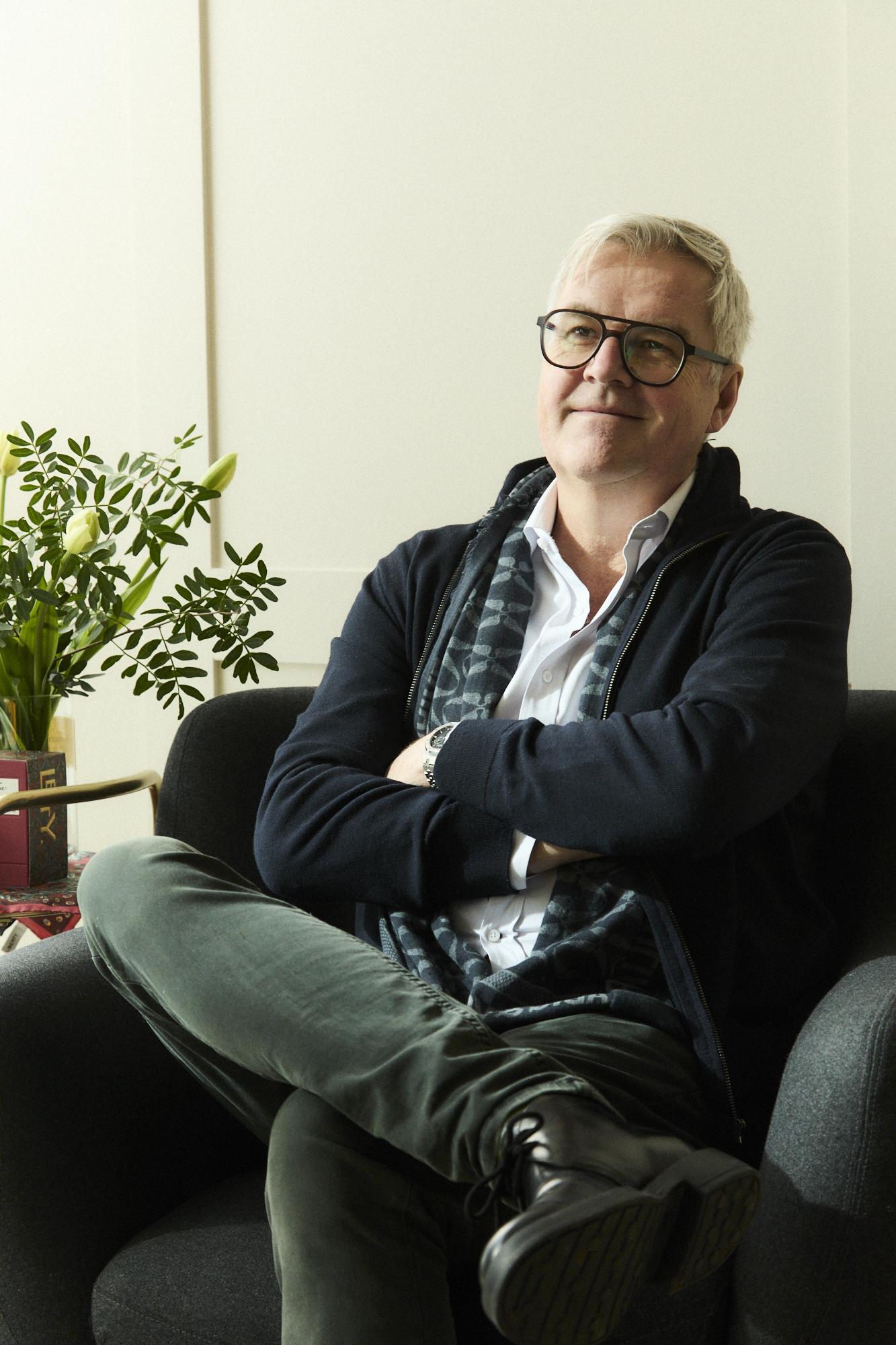
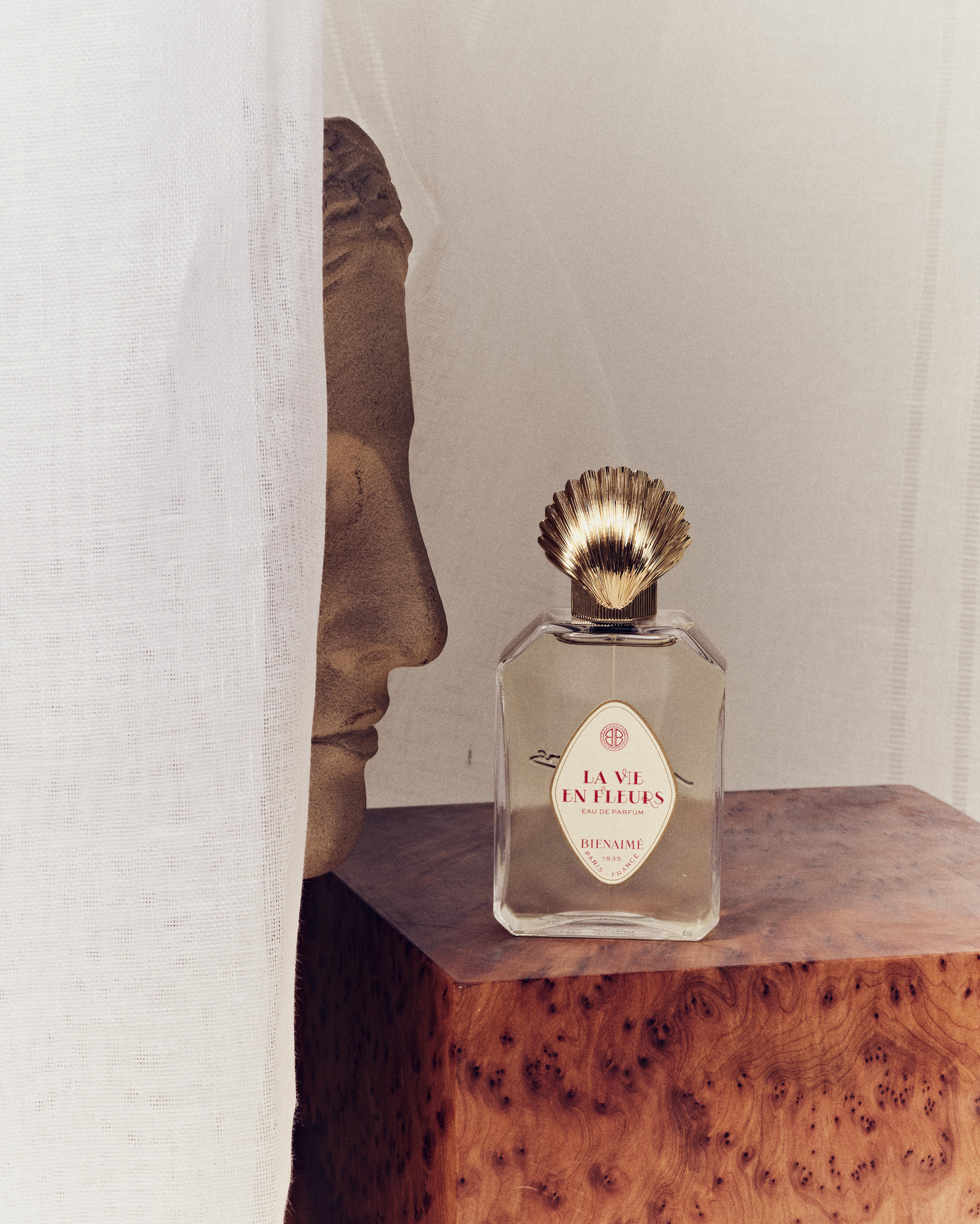
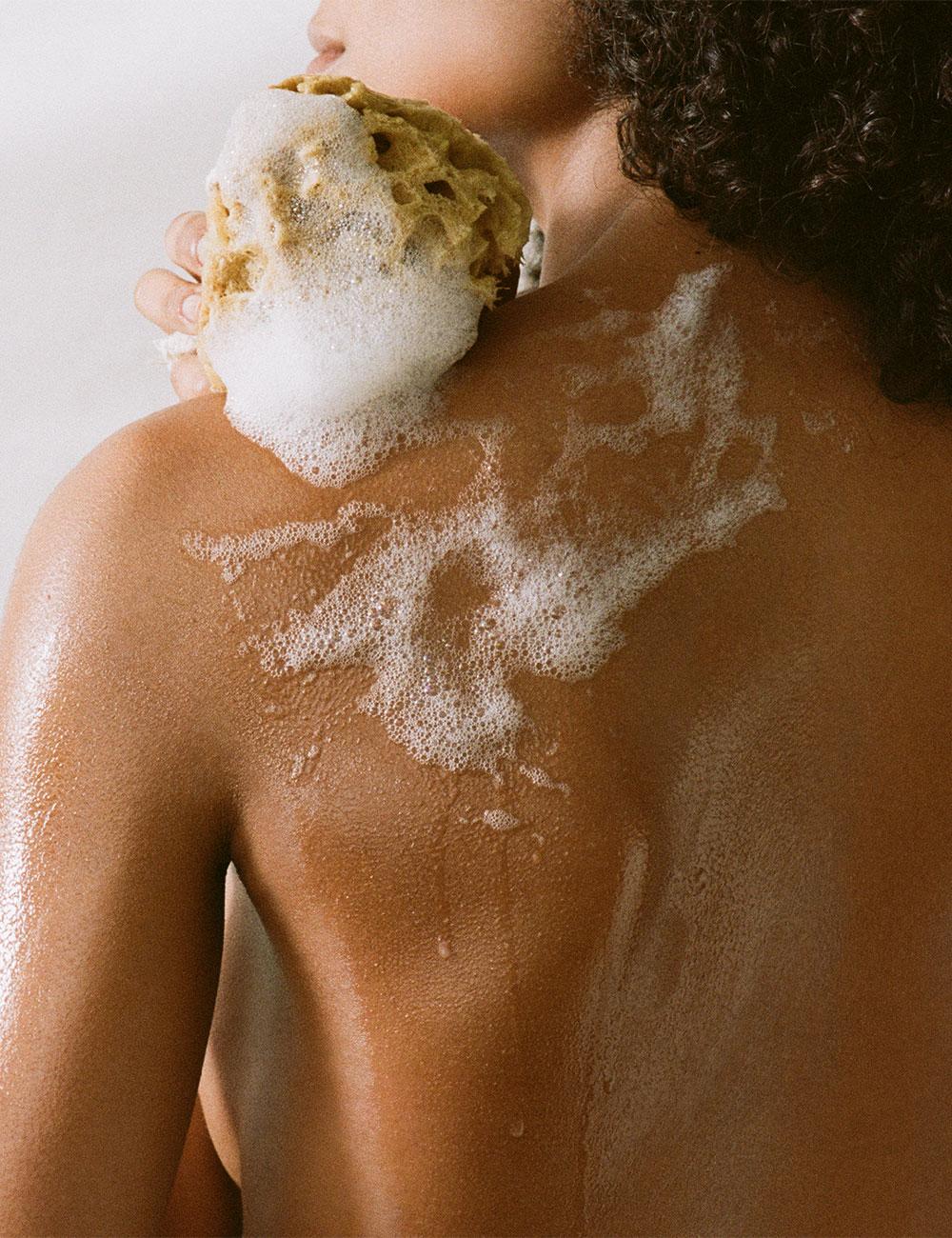
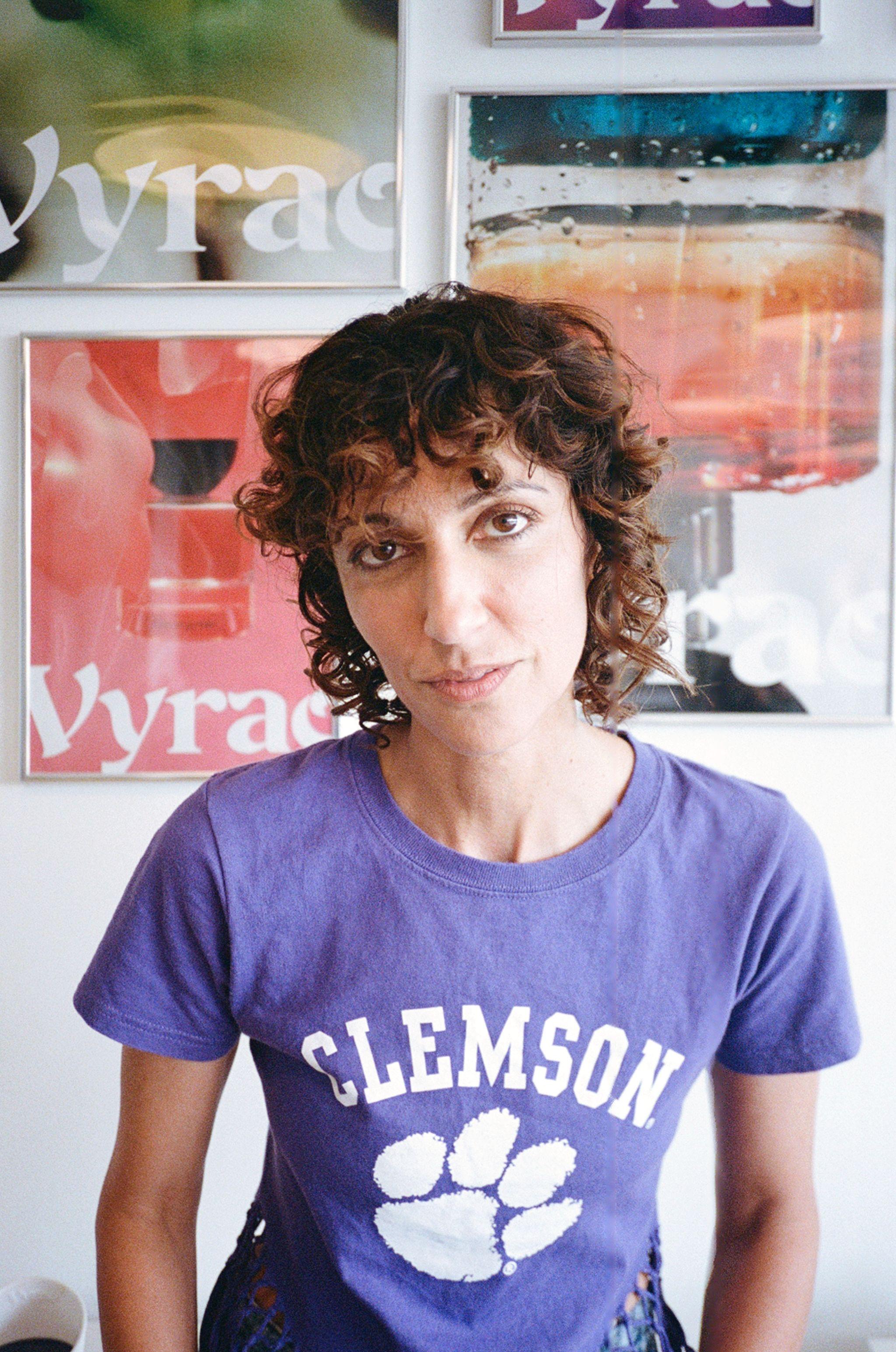
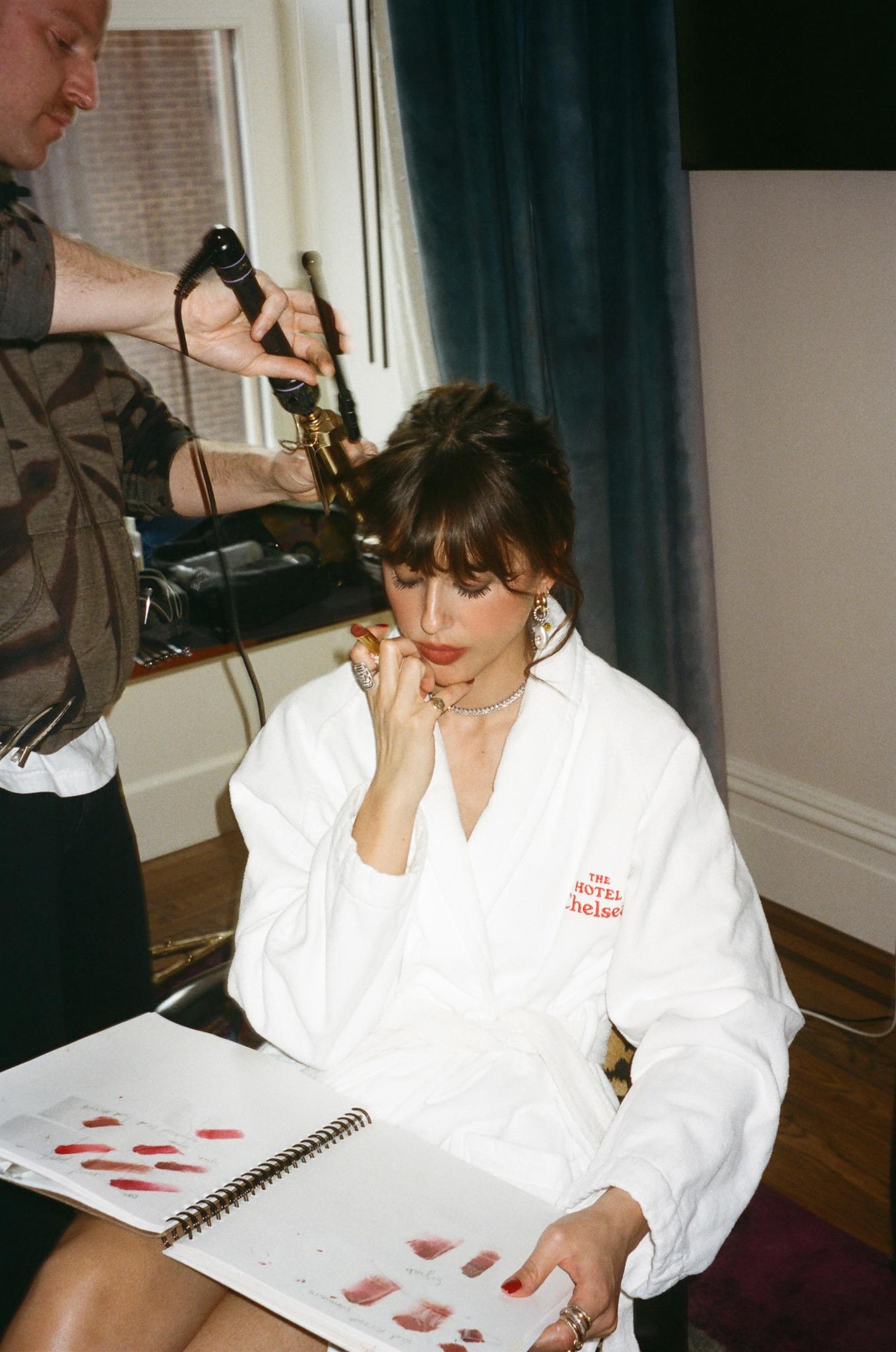
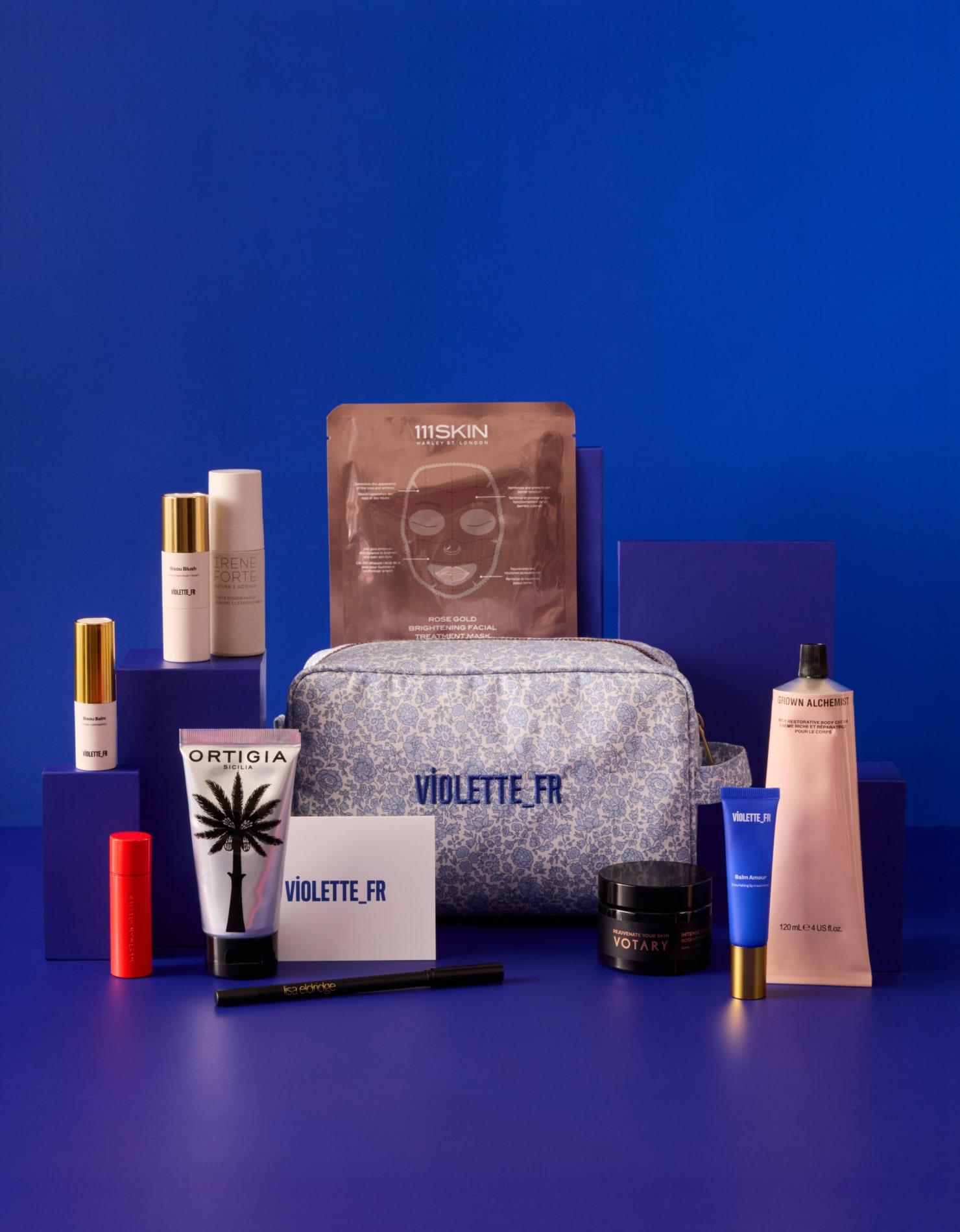
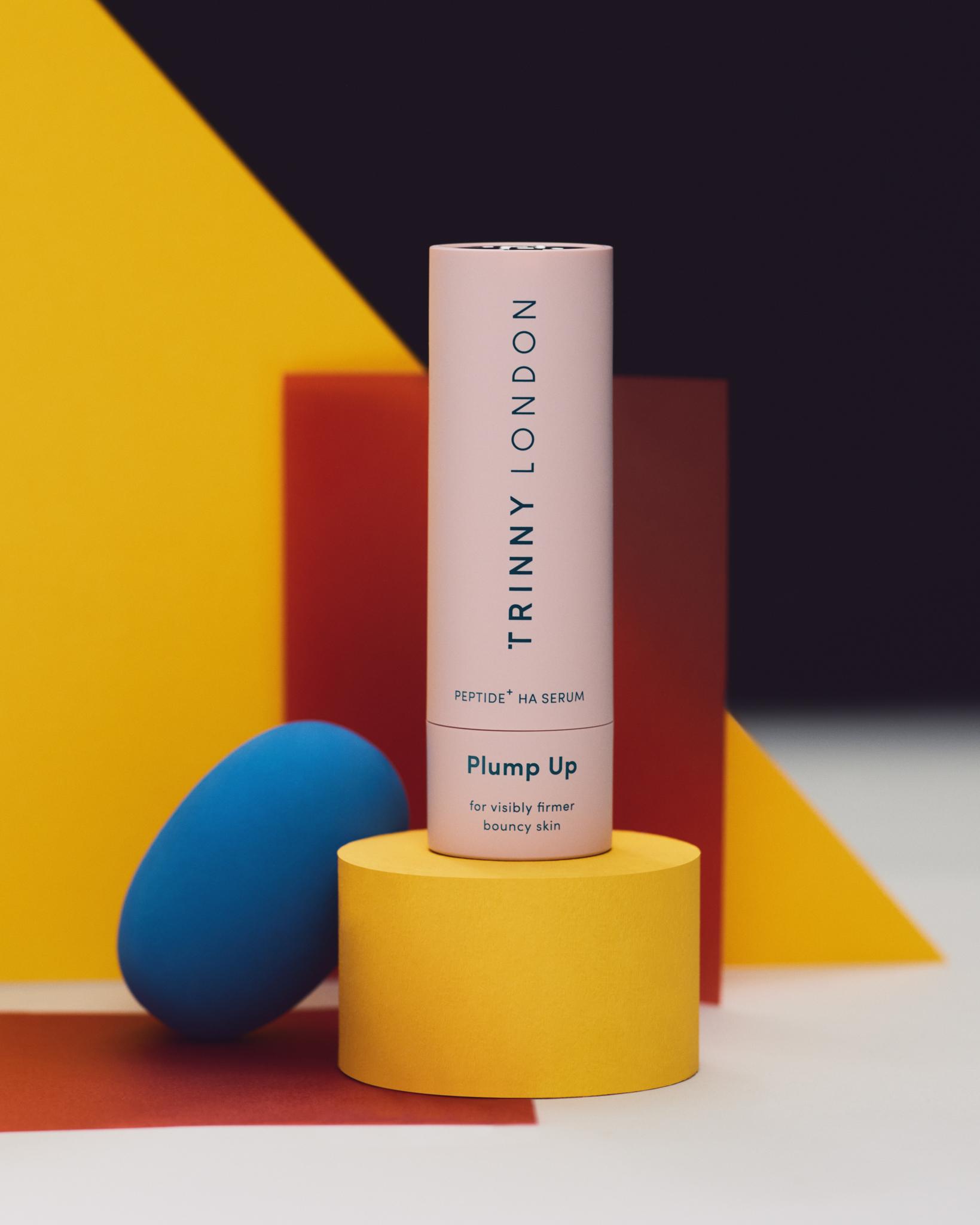
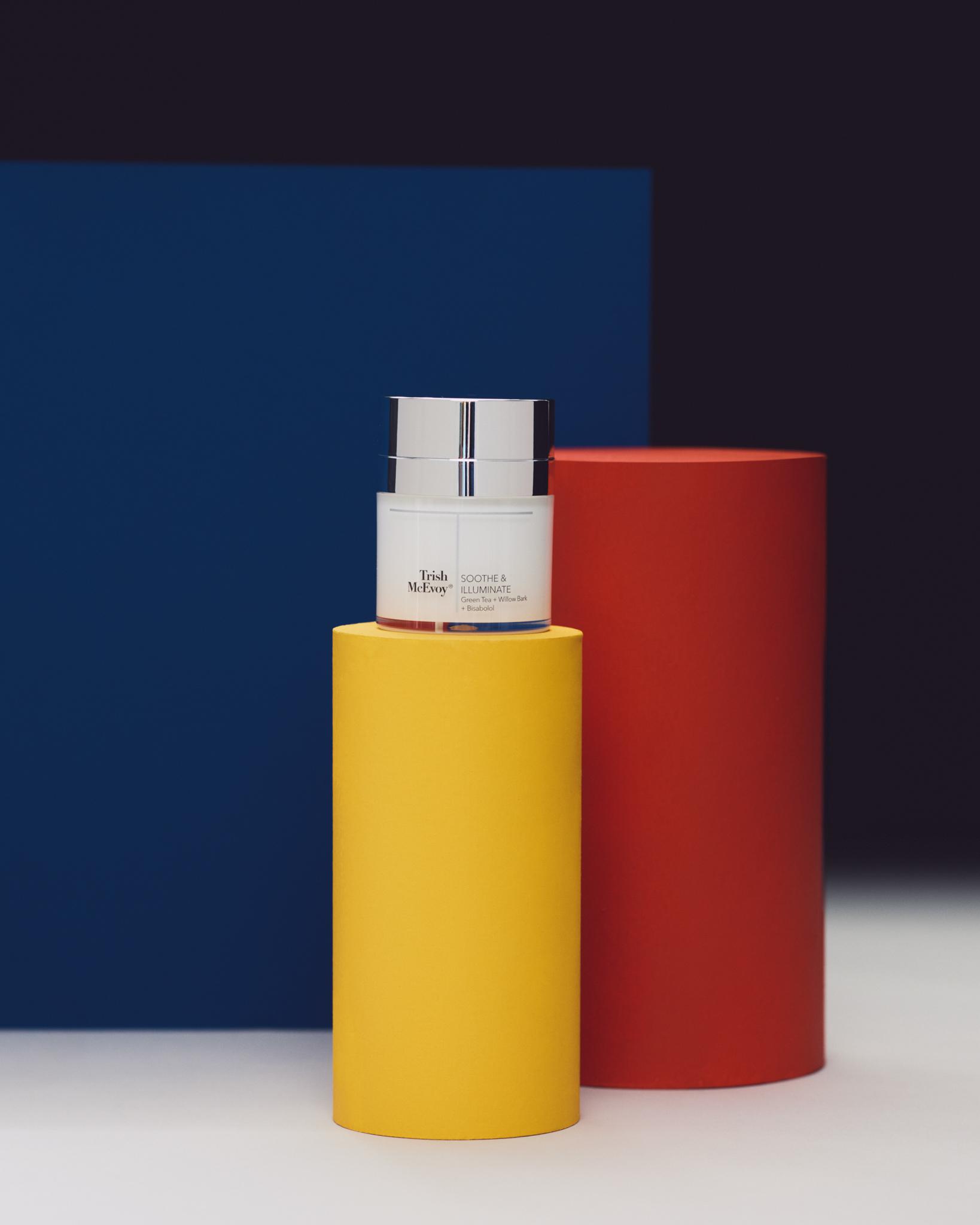
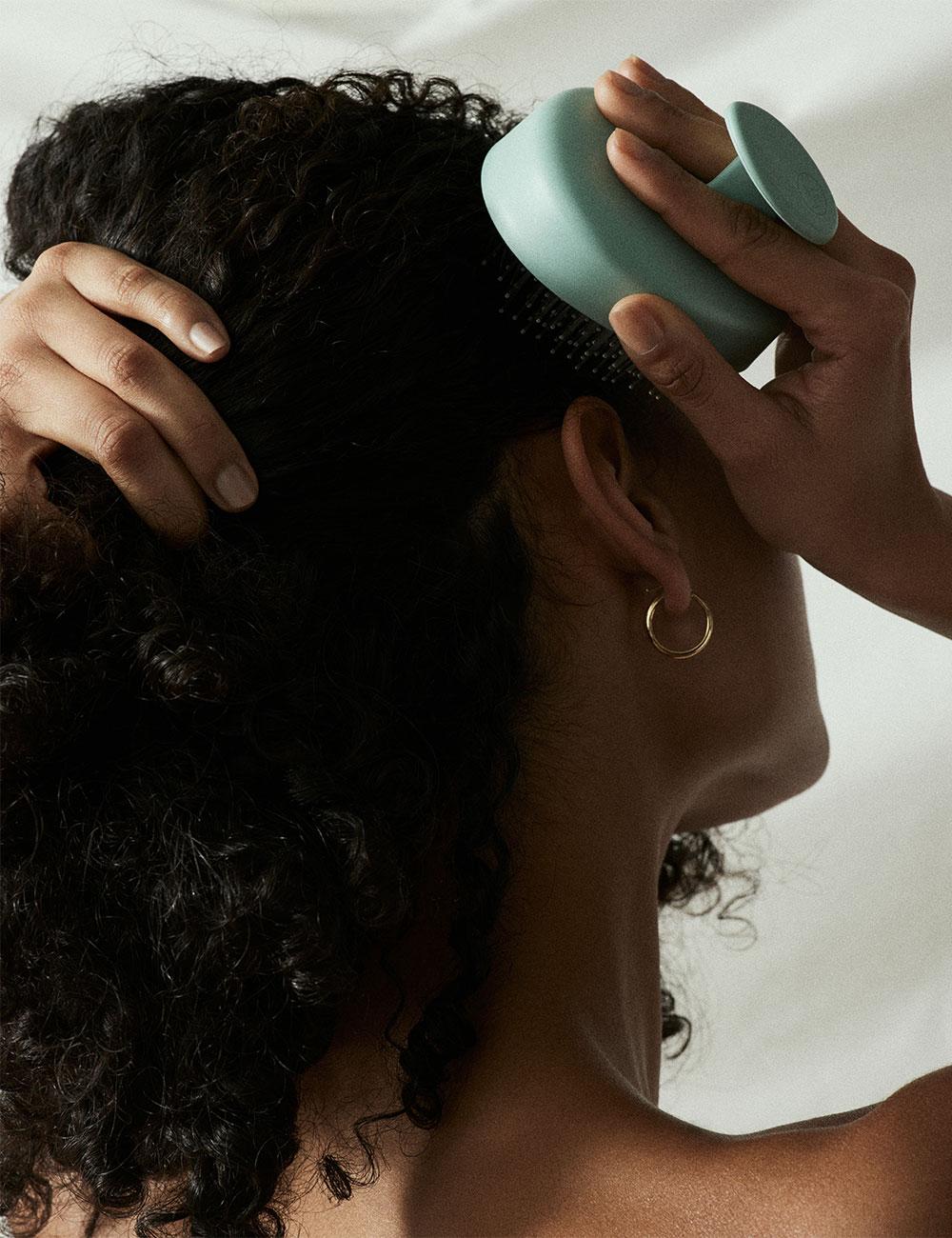
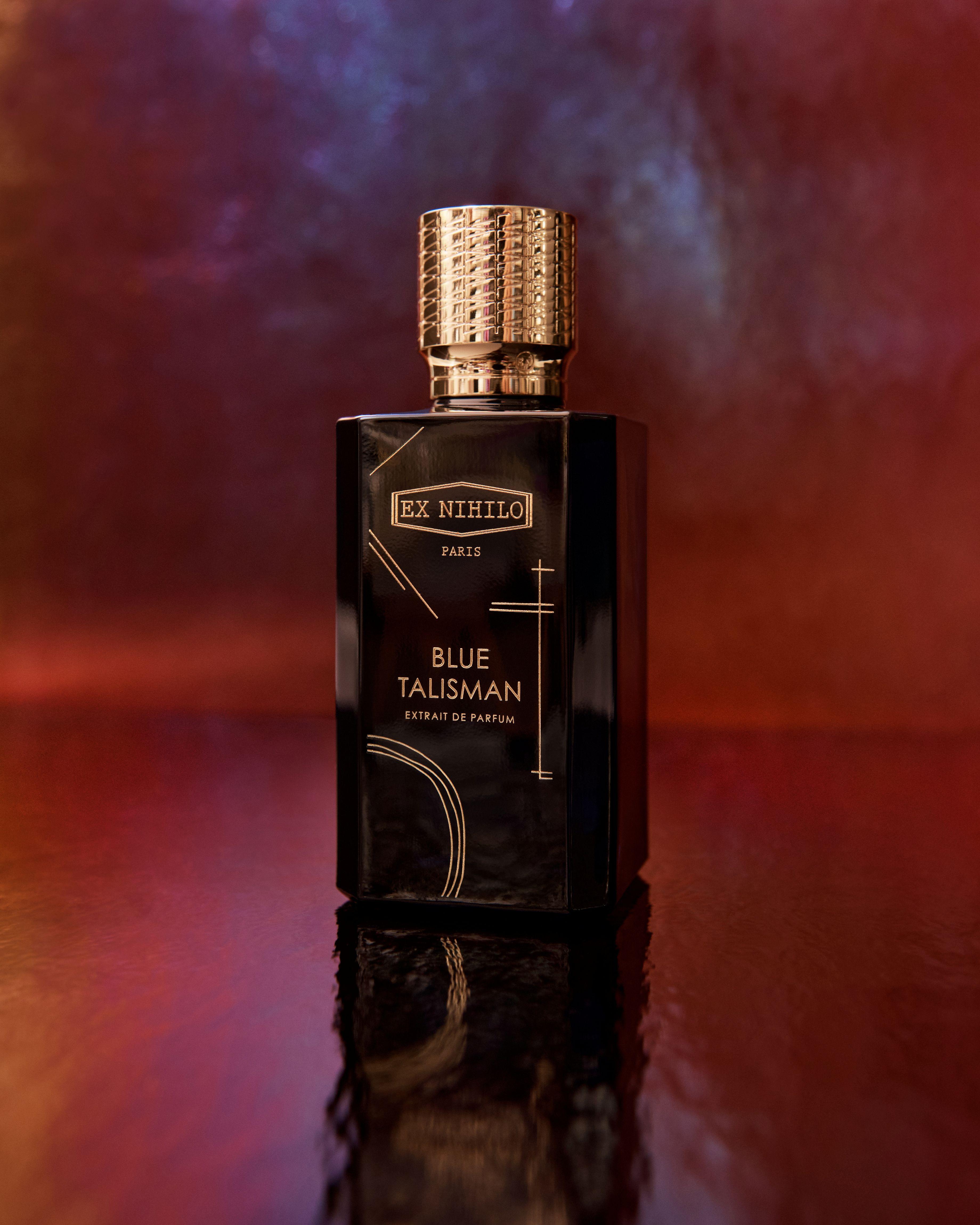
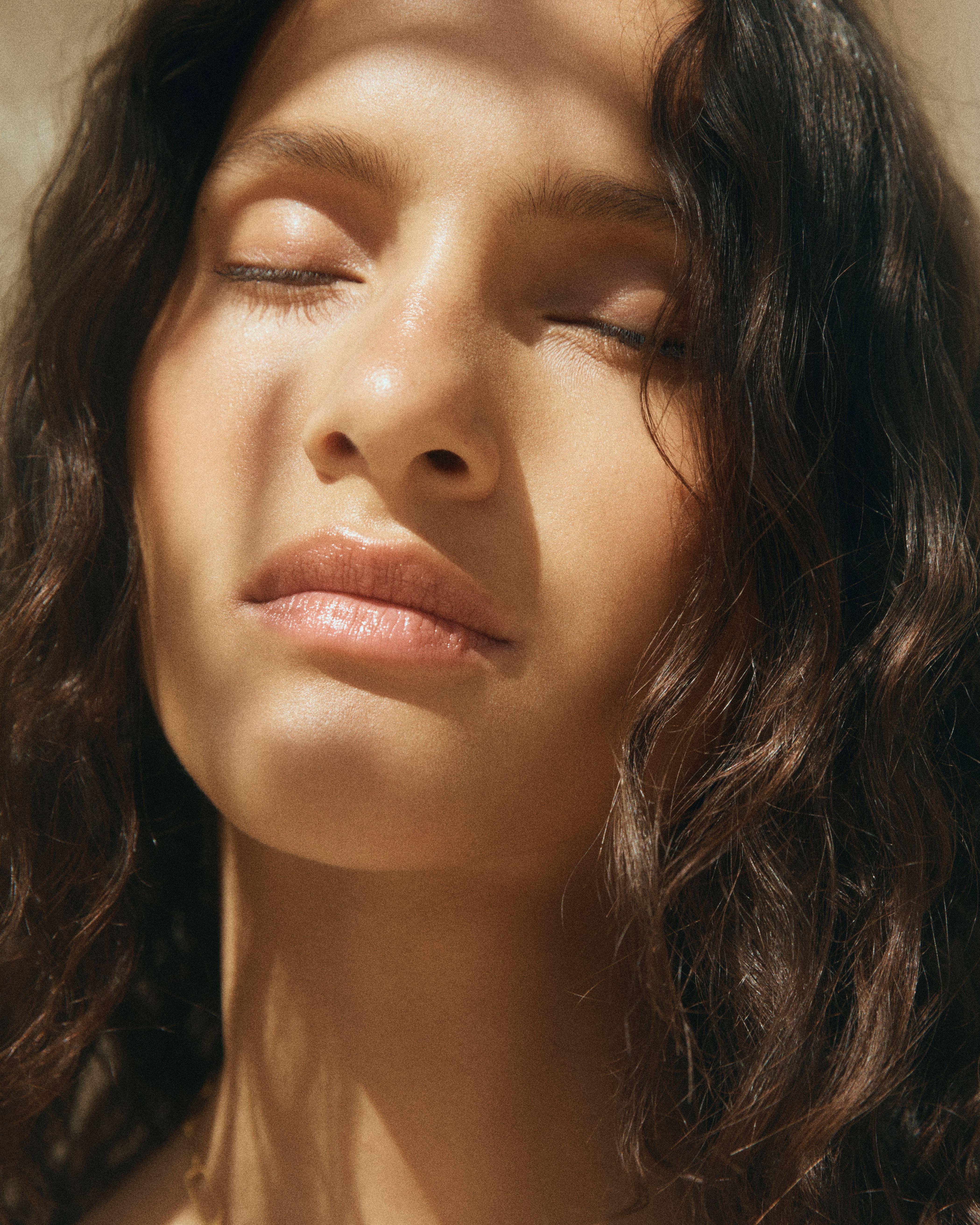
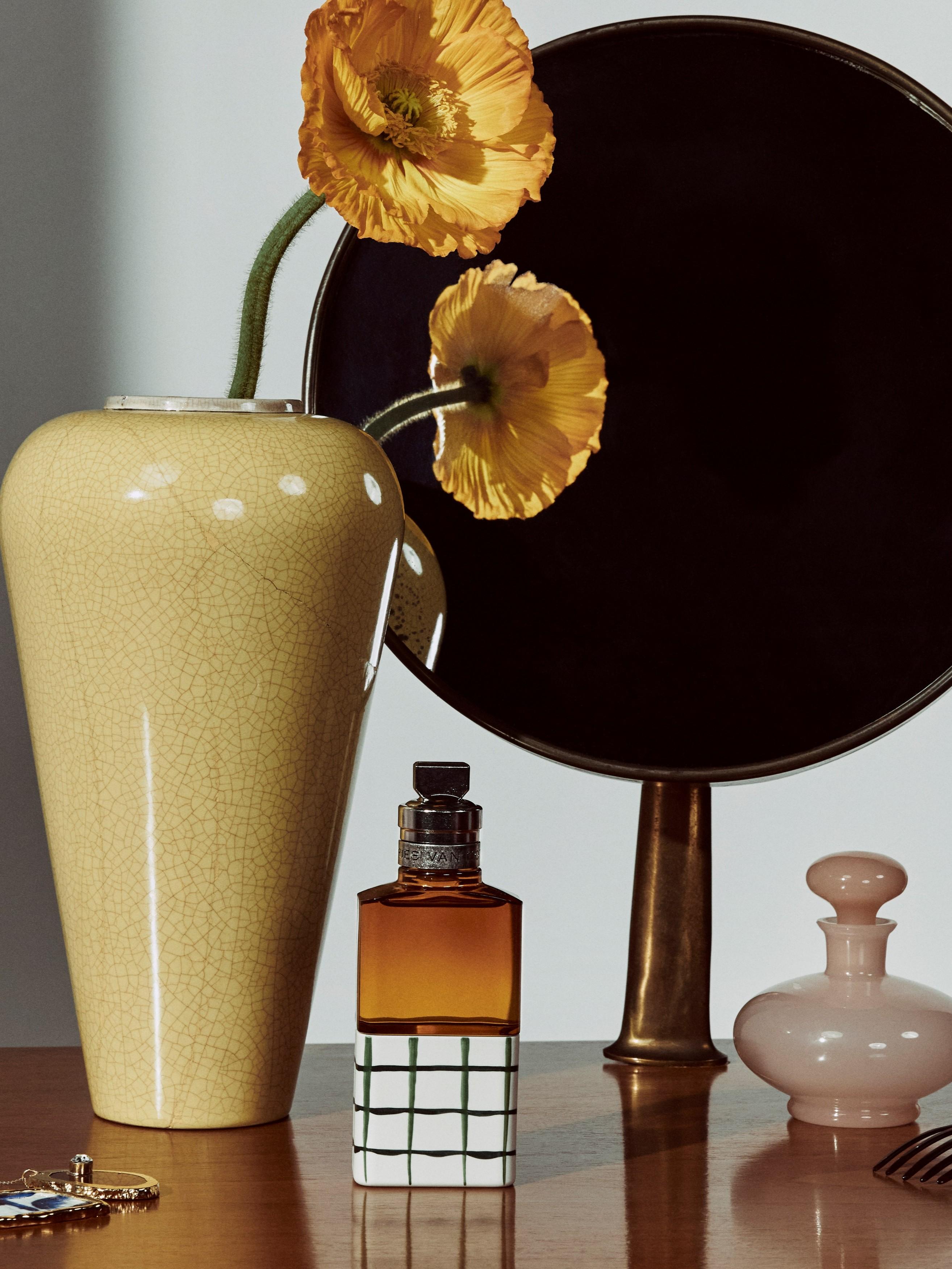
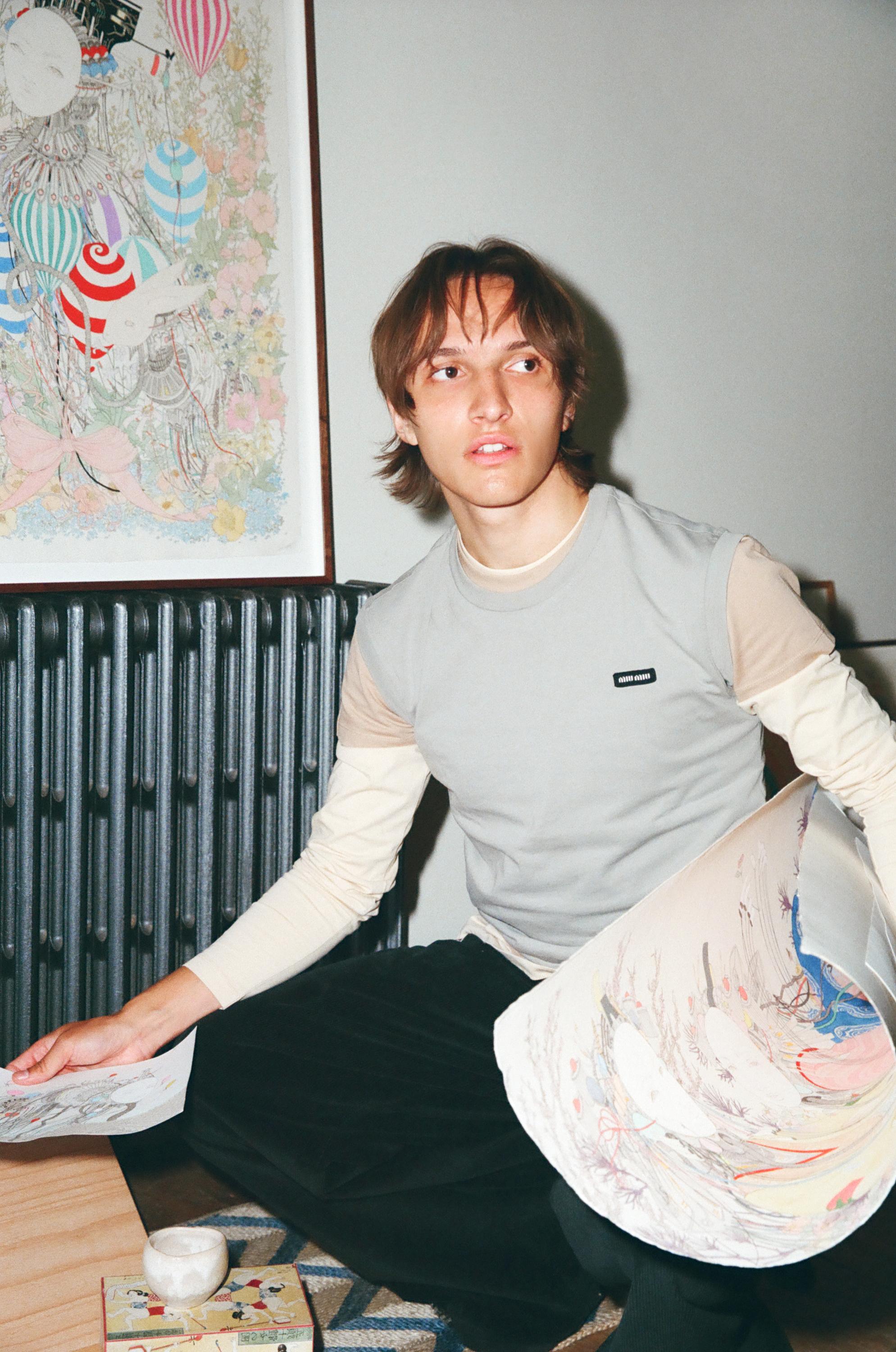
?fmt=auto&qlt=default)
